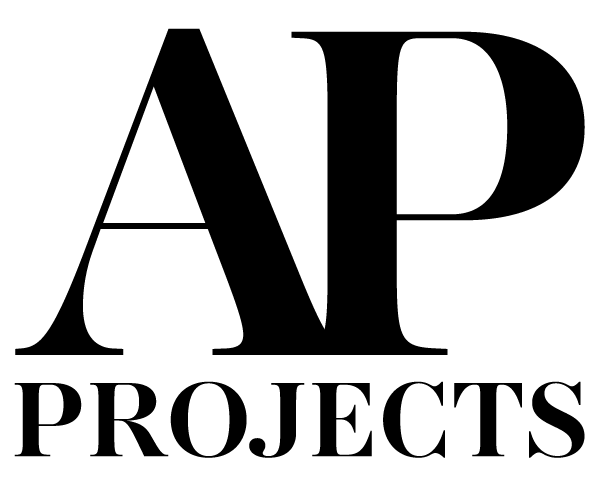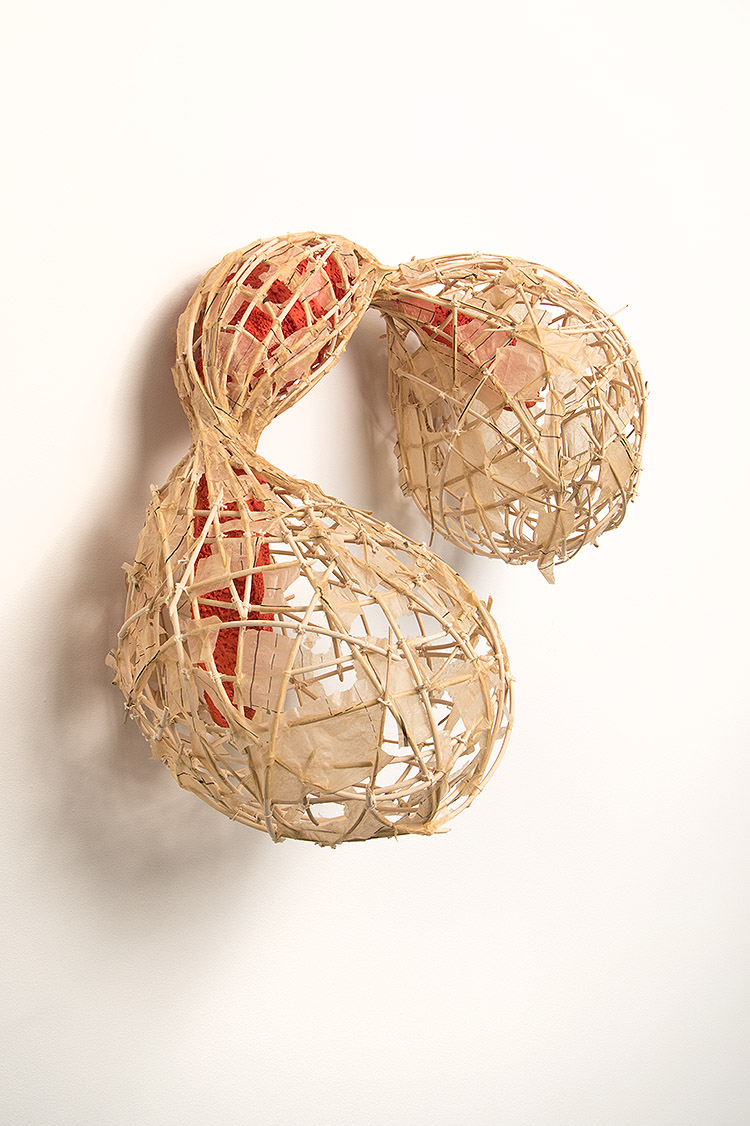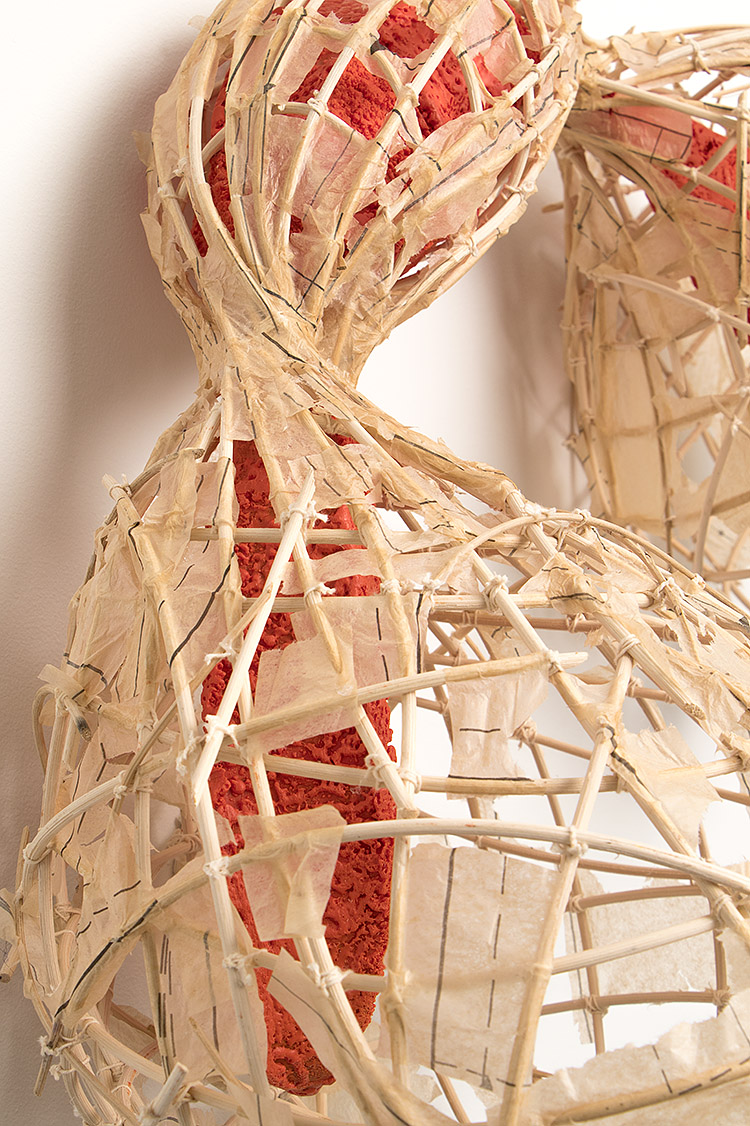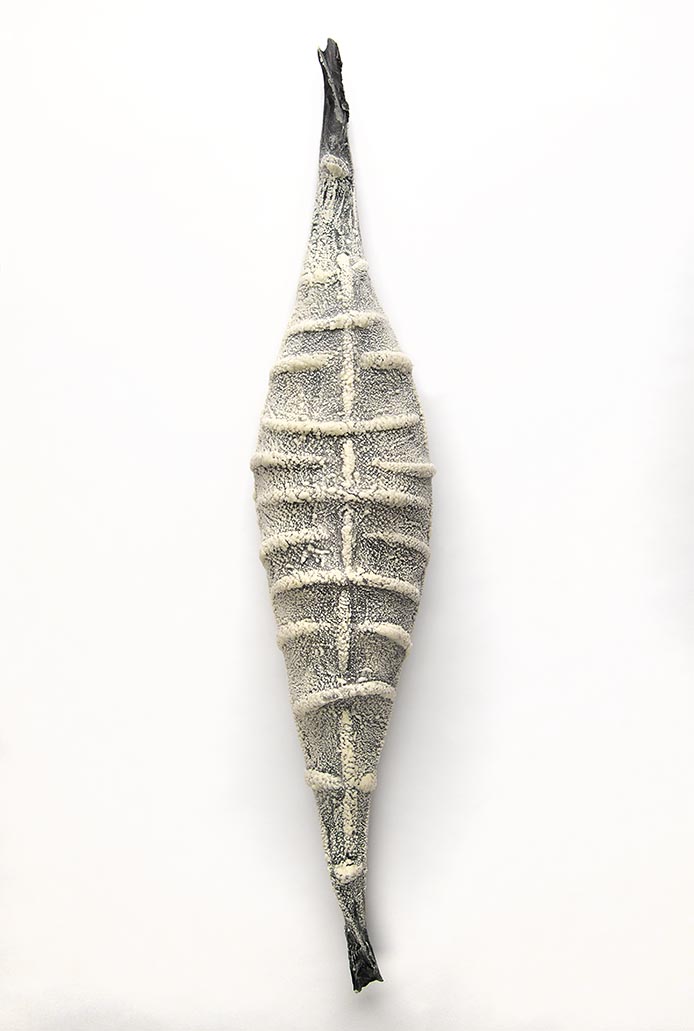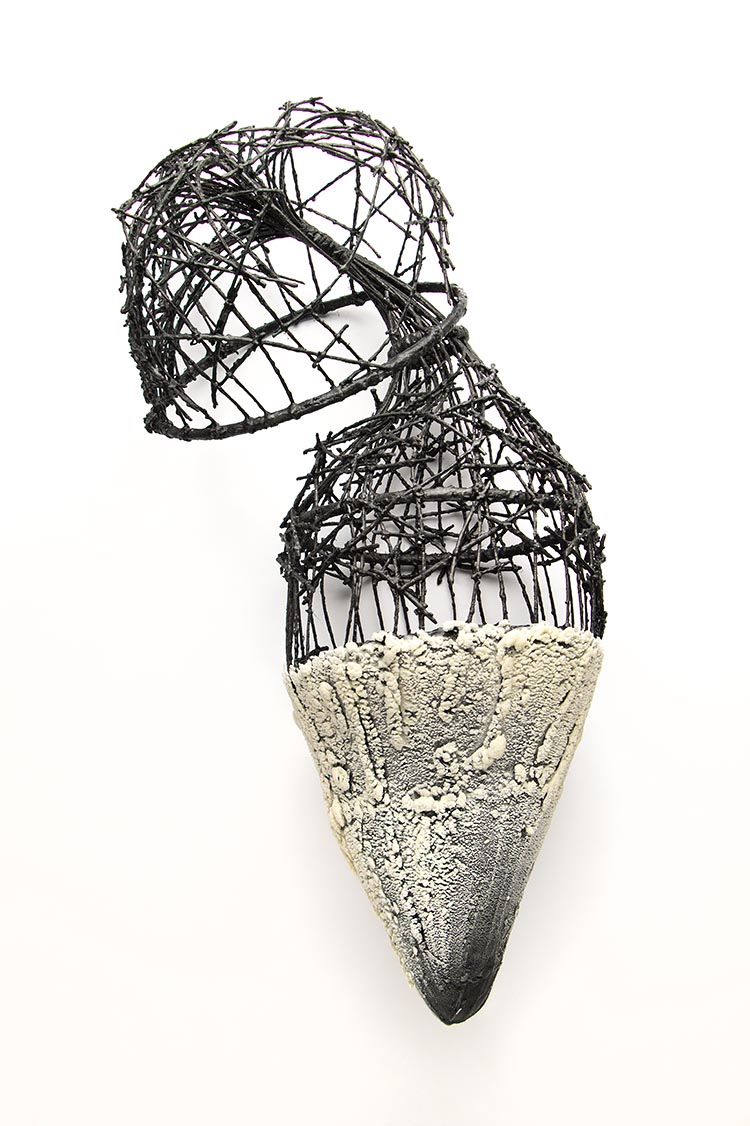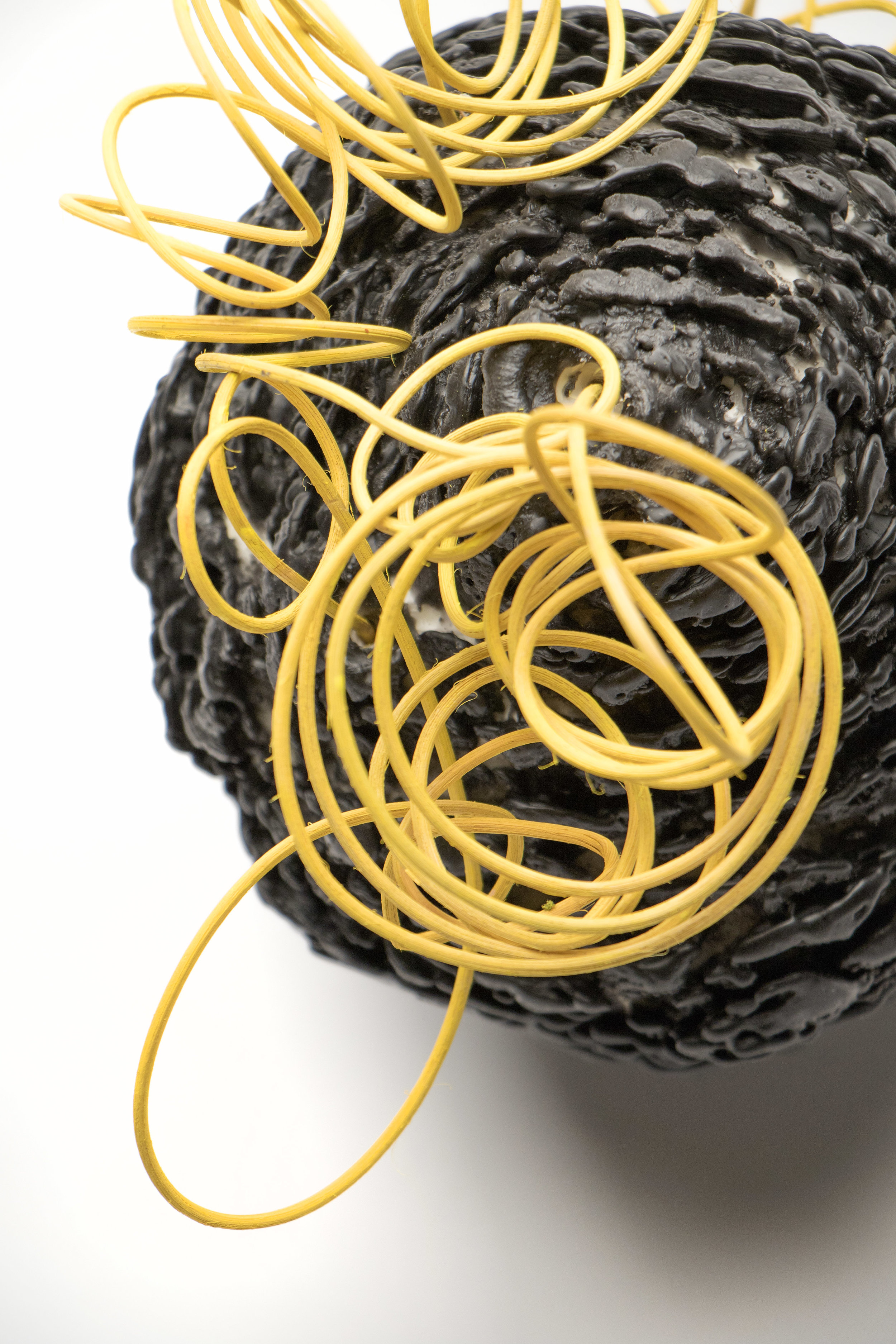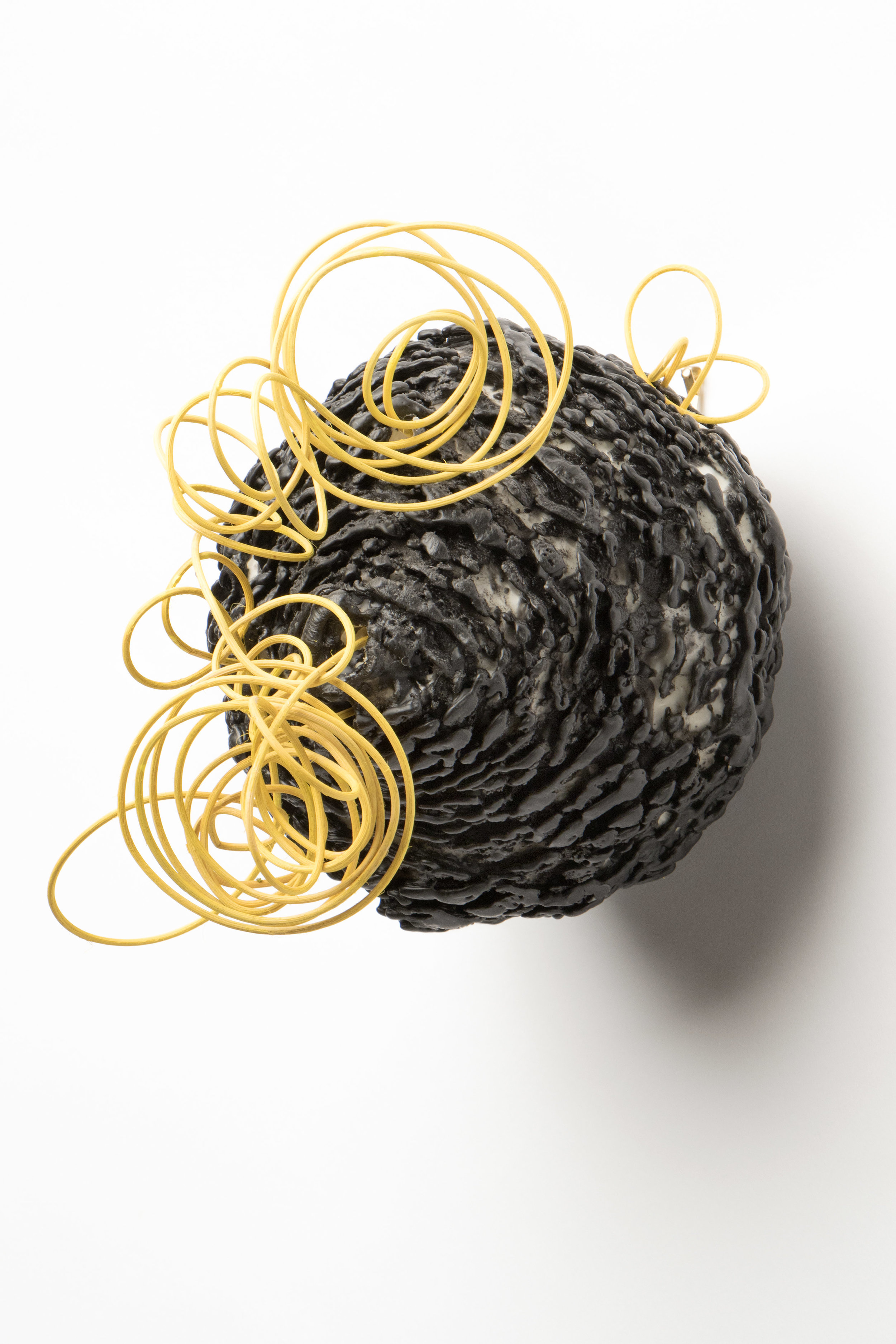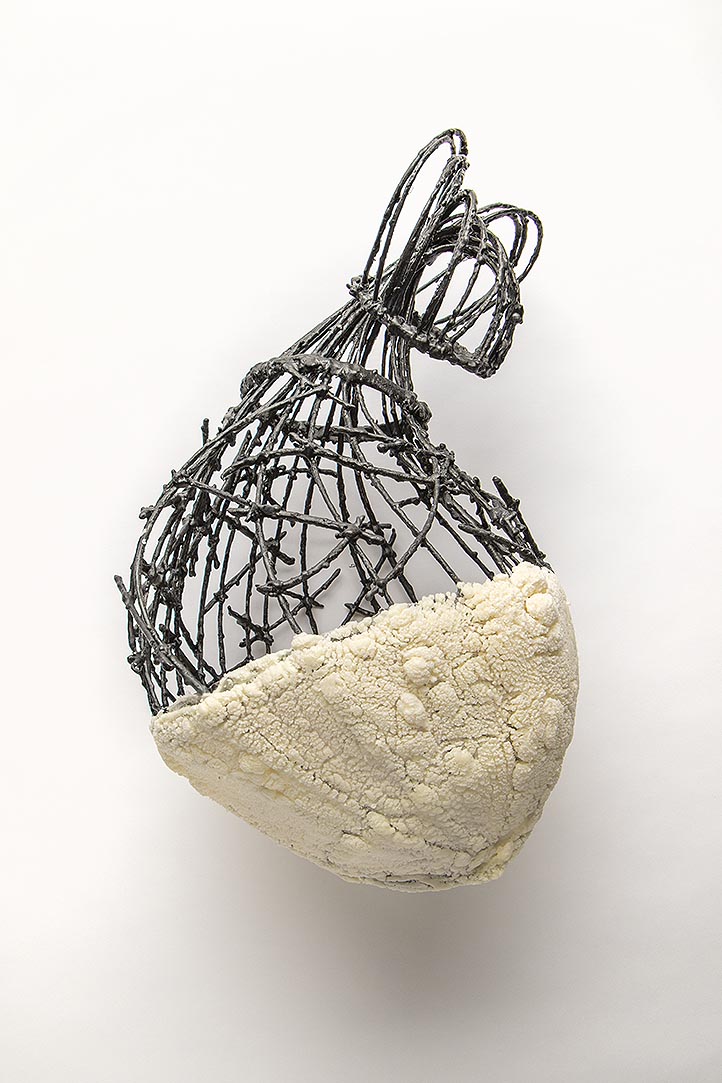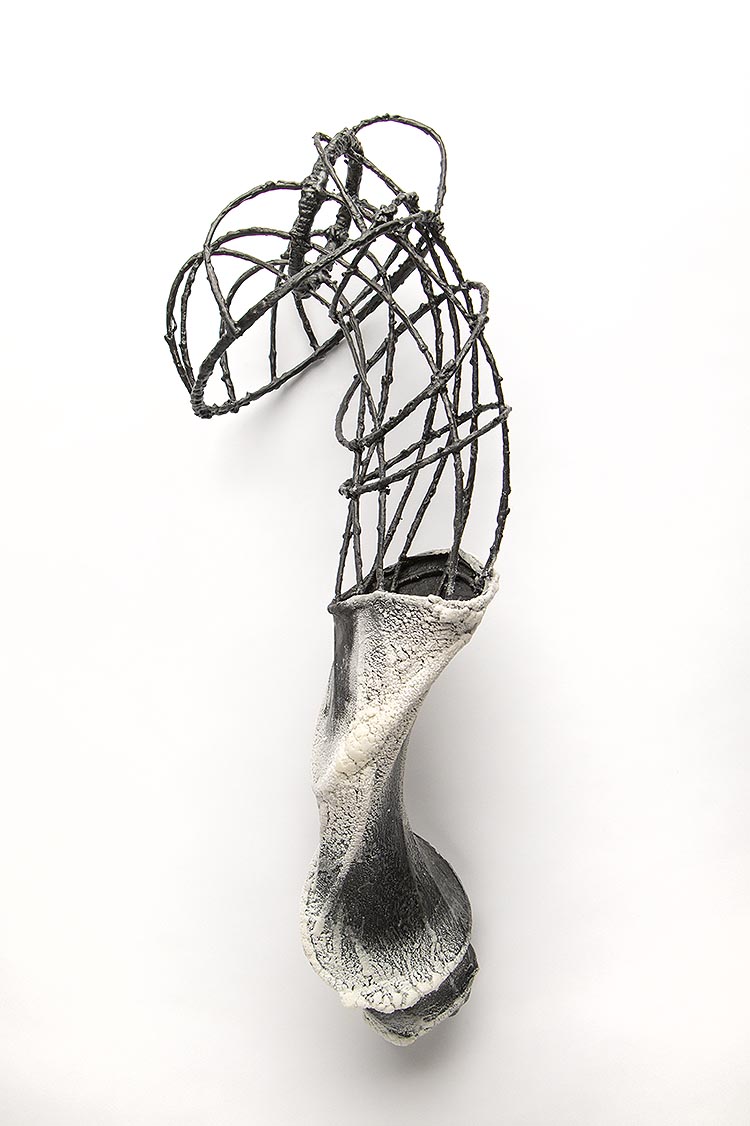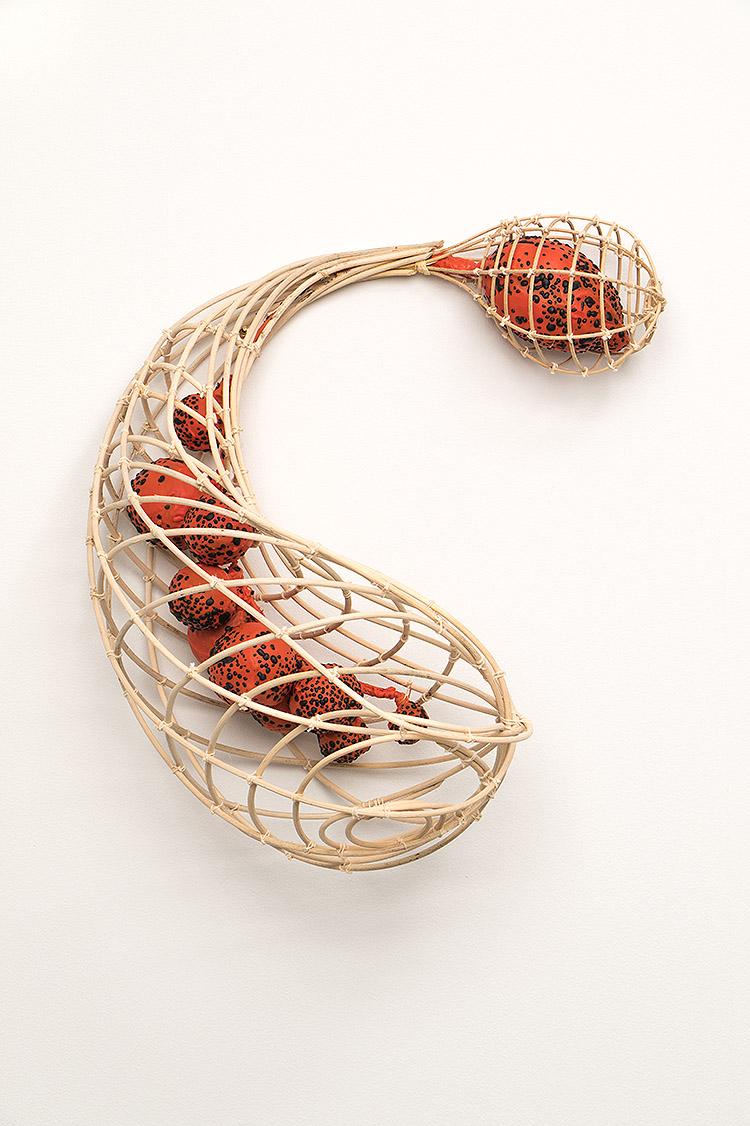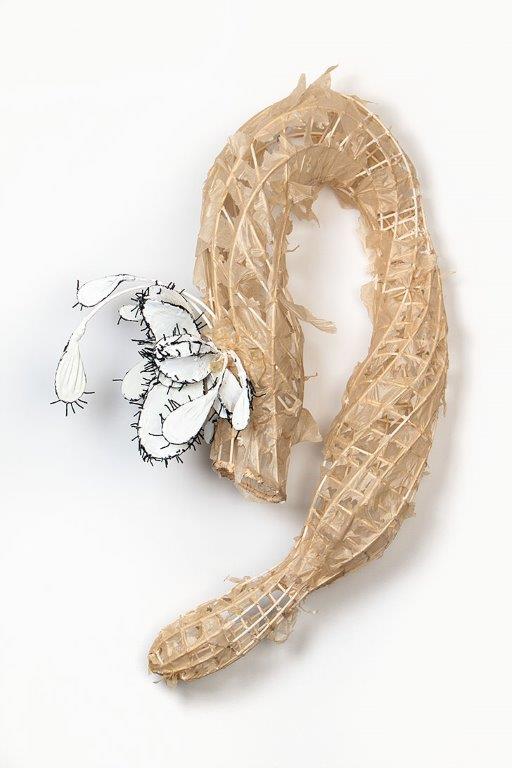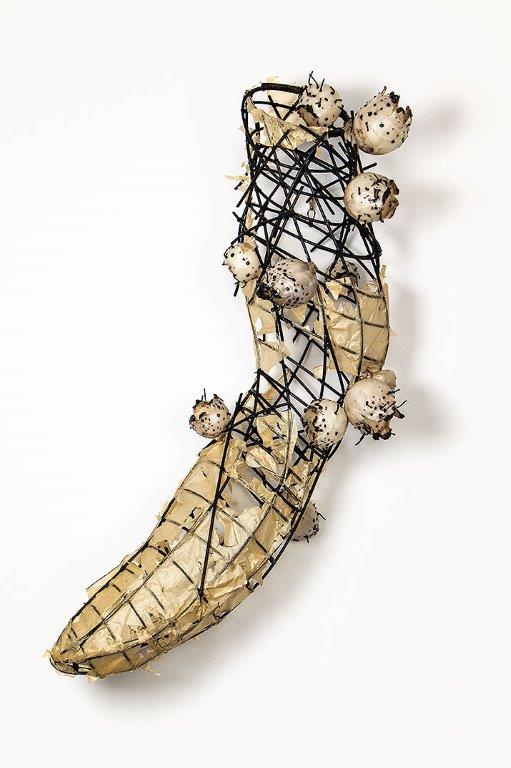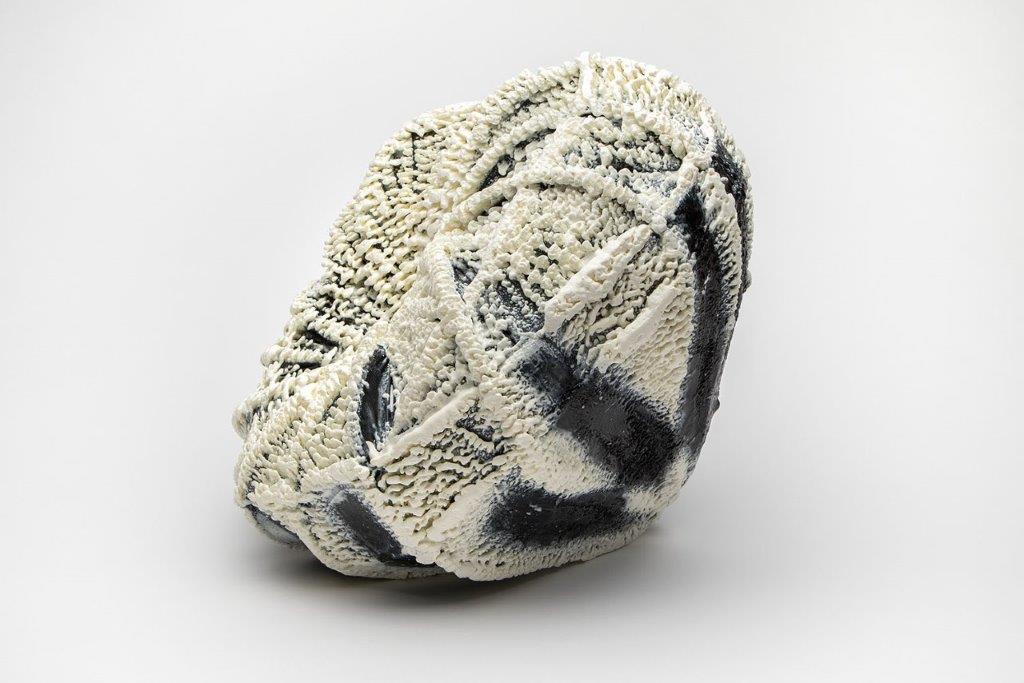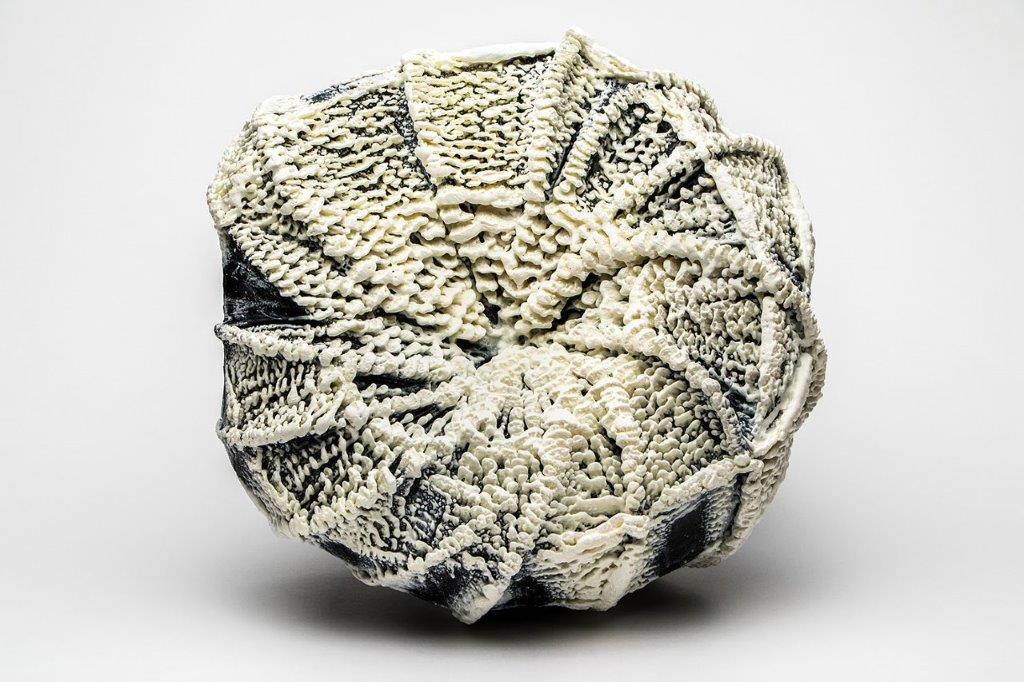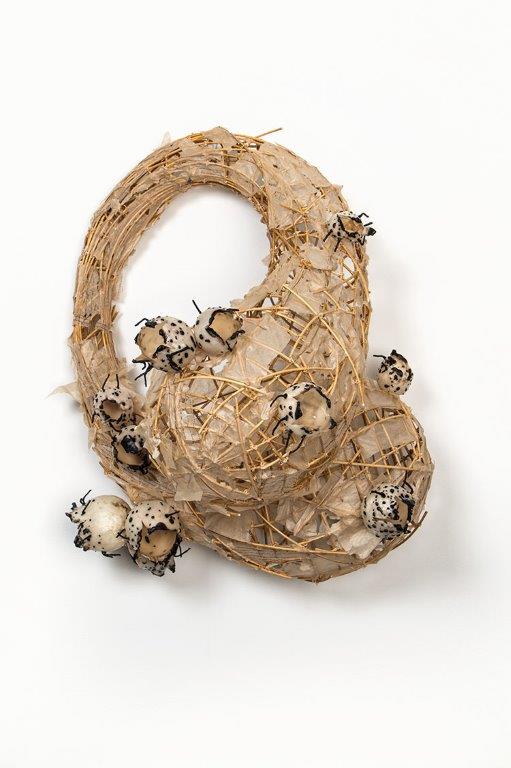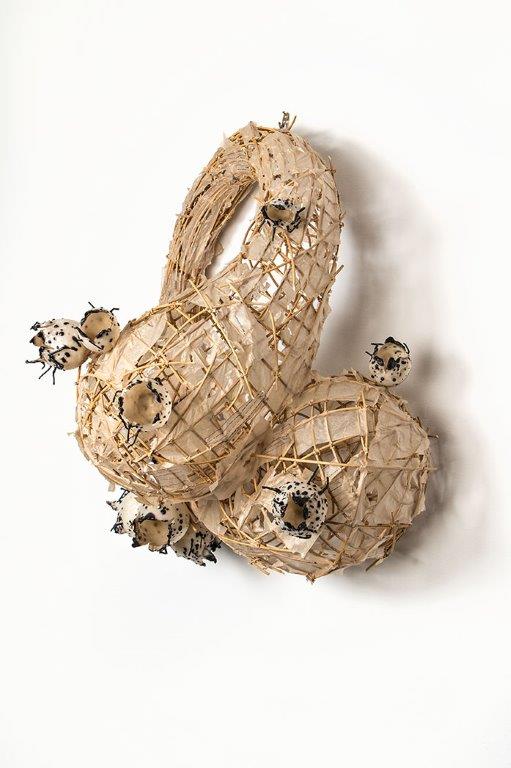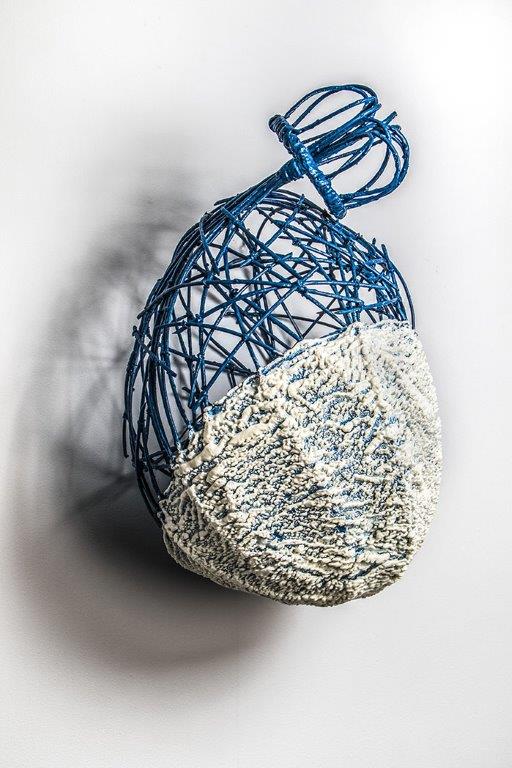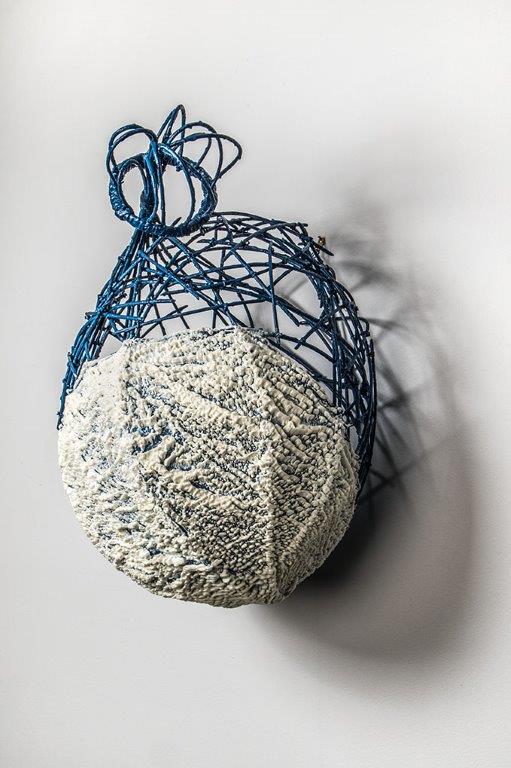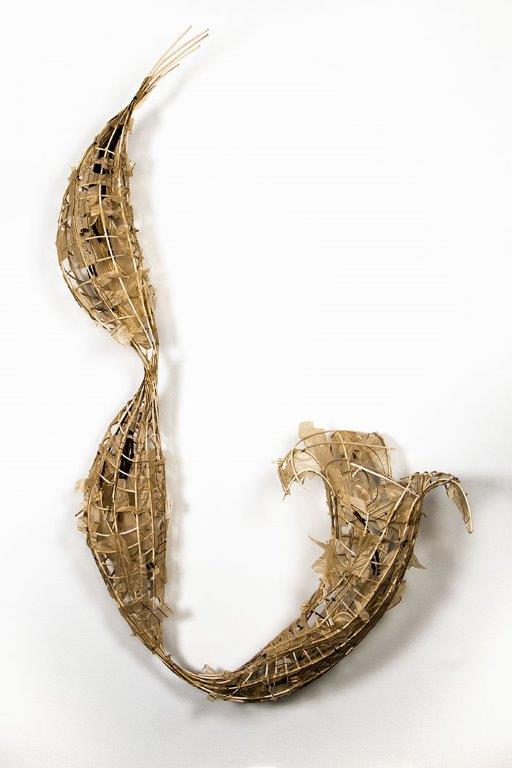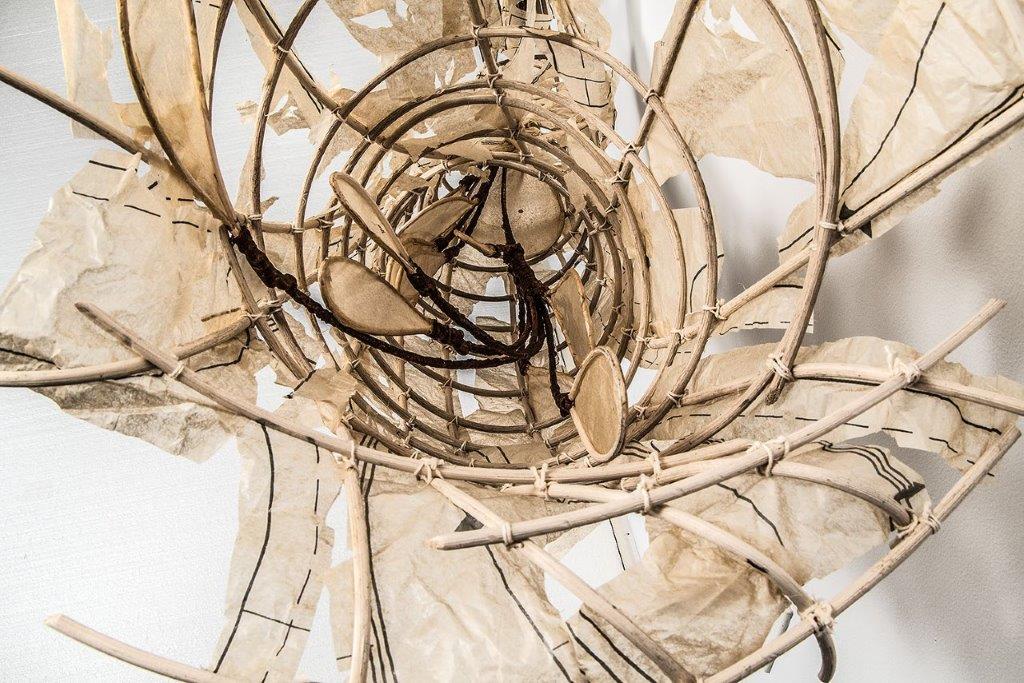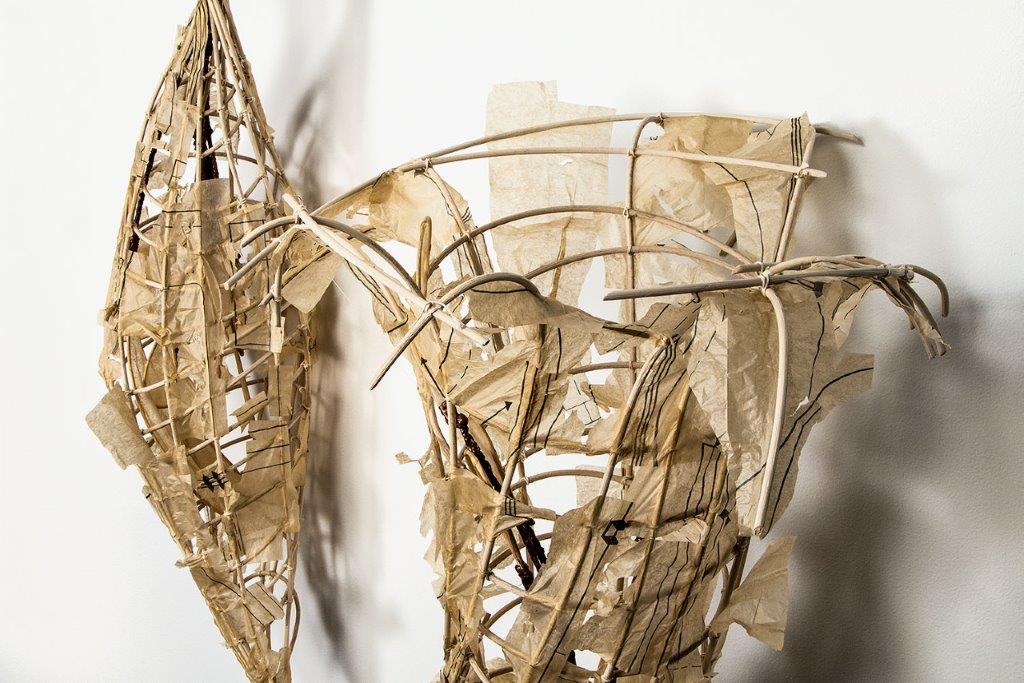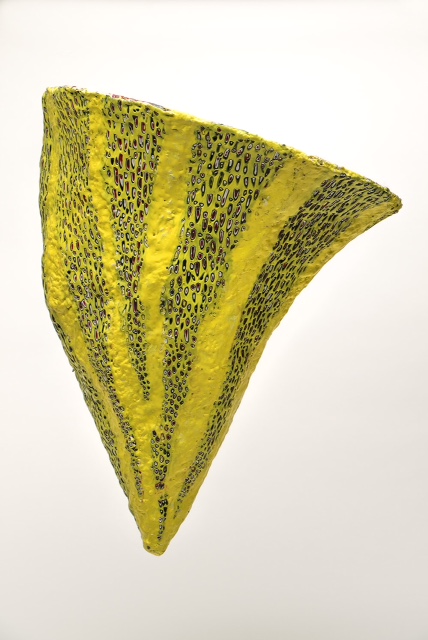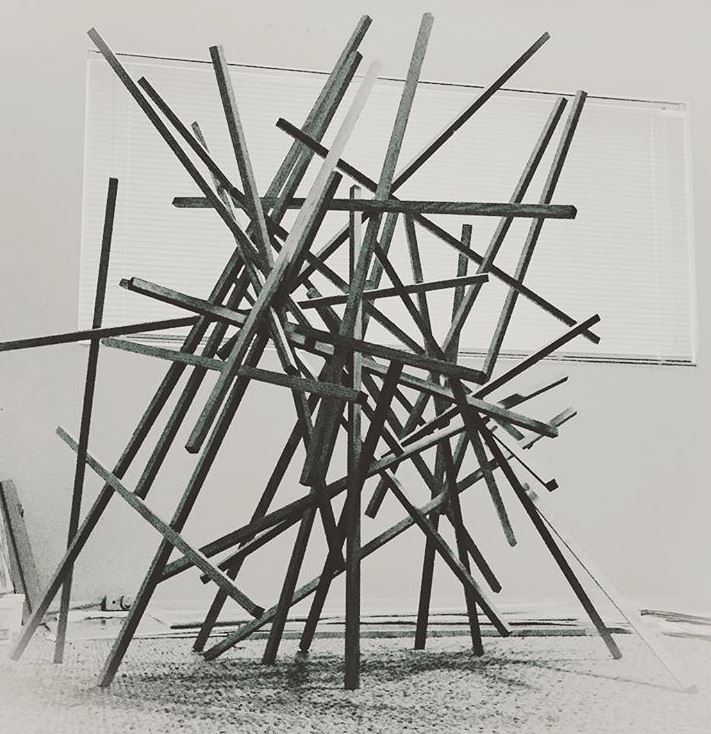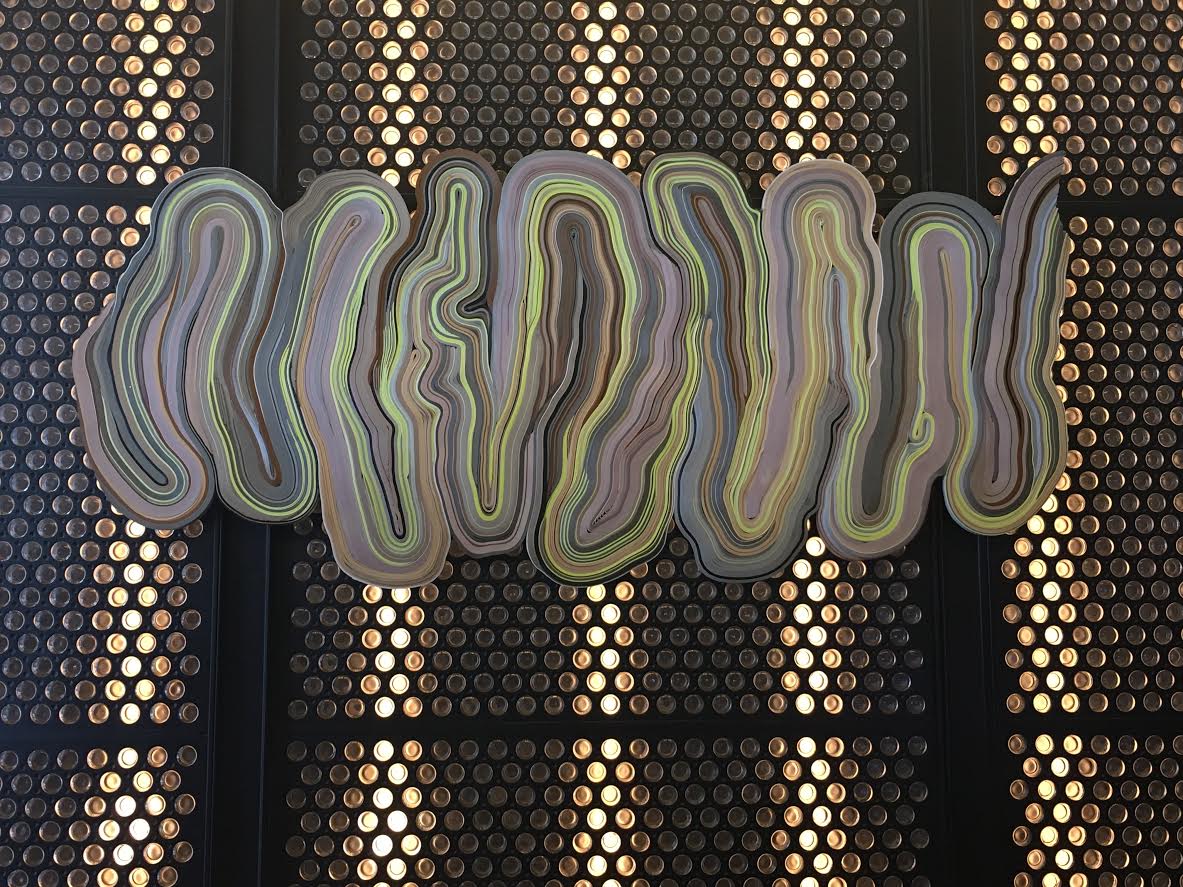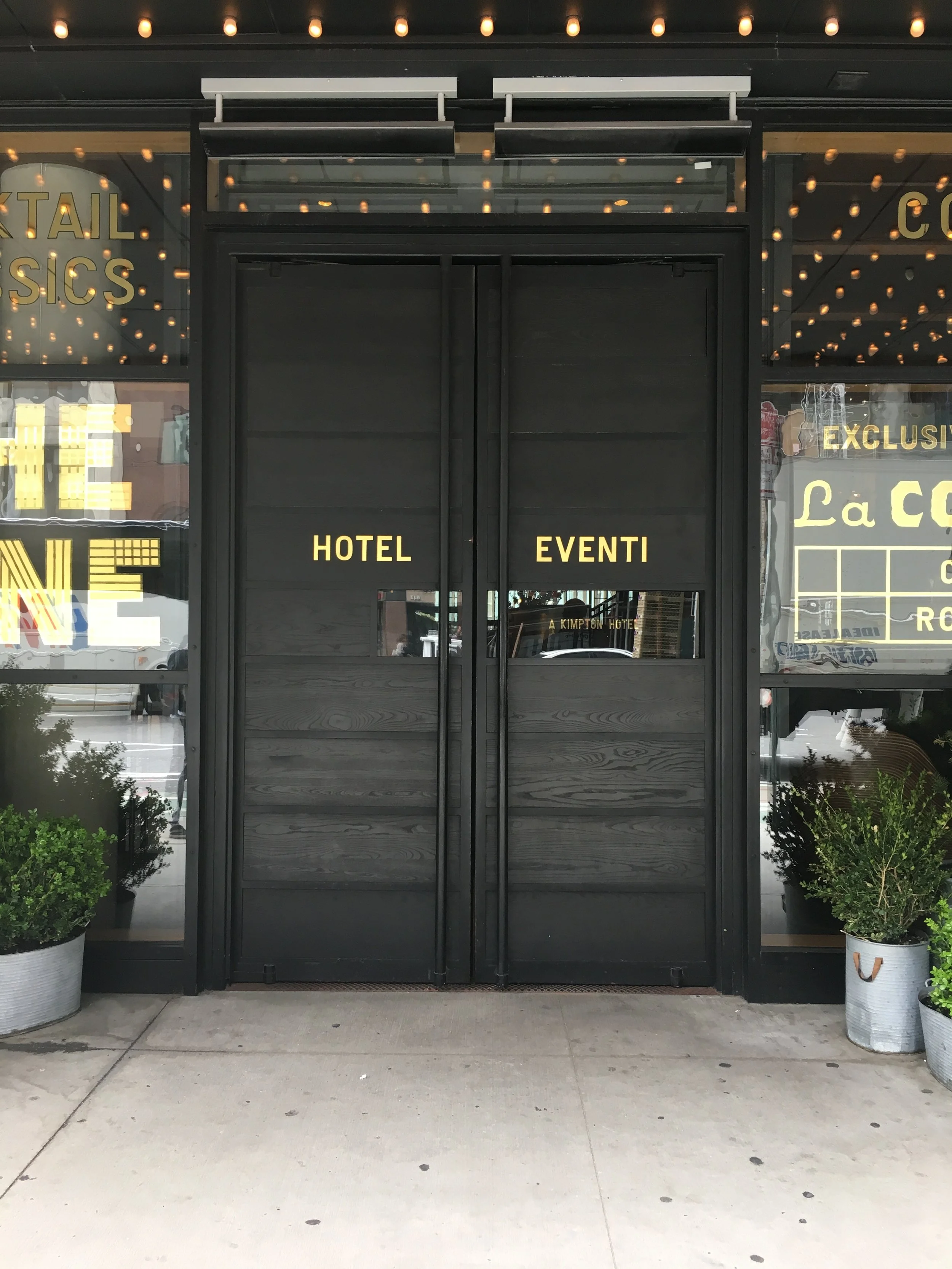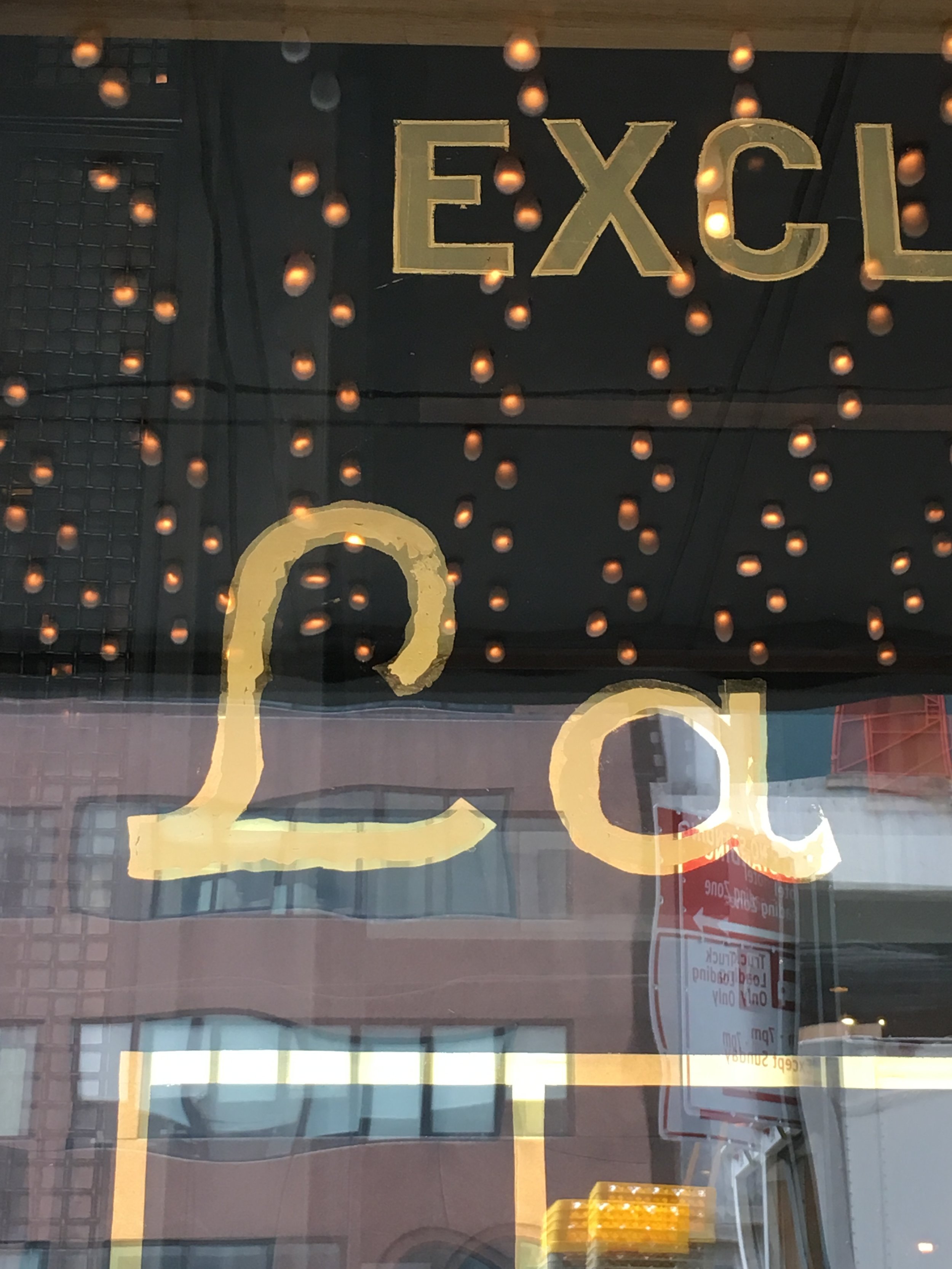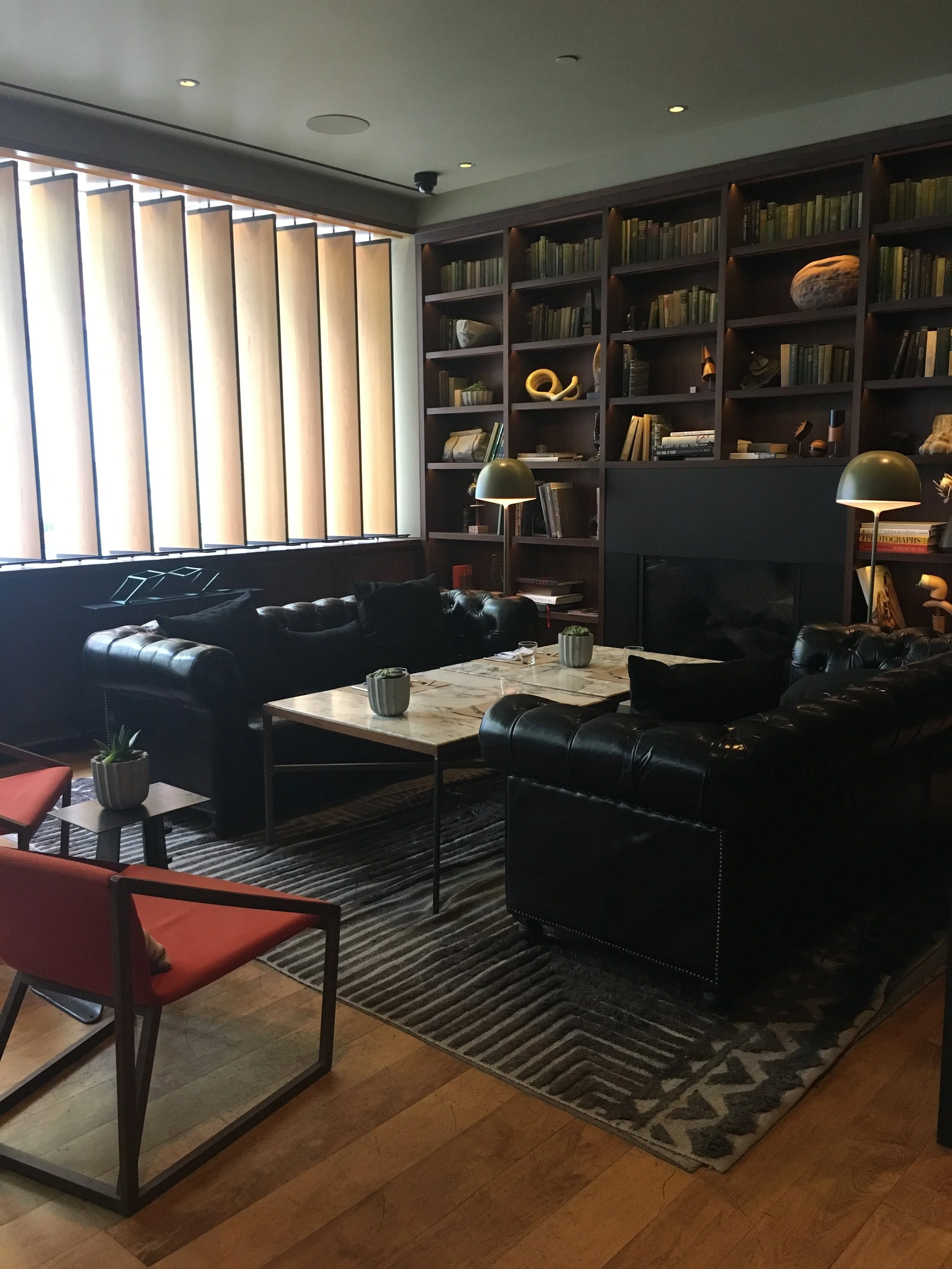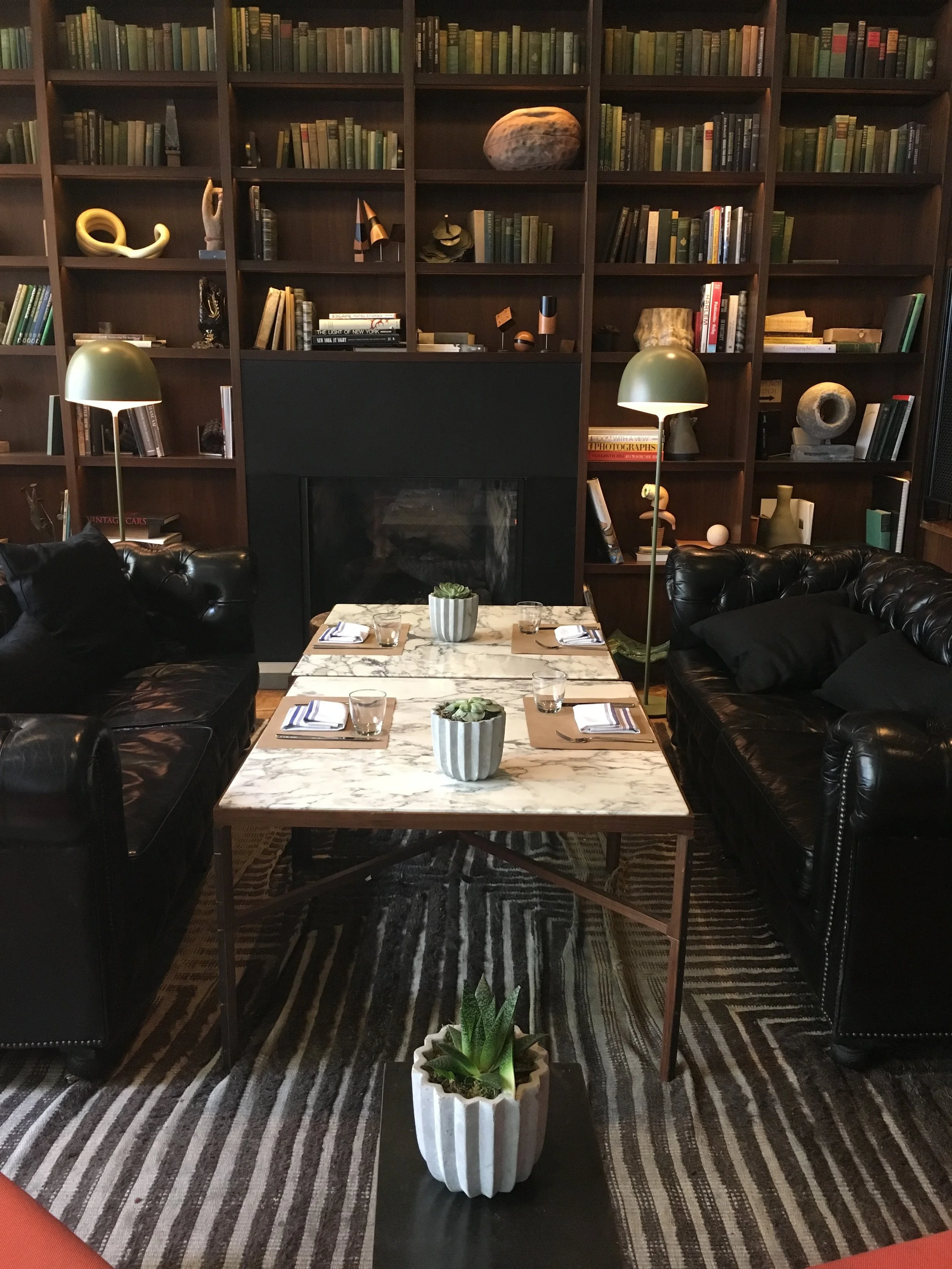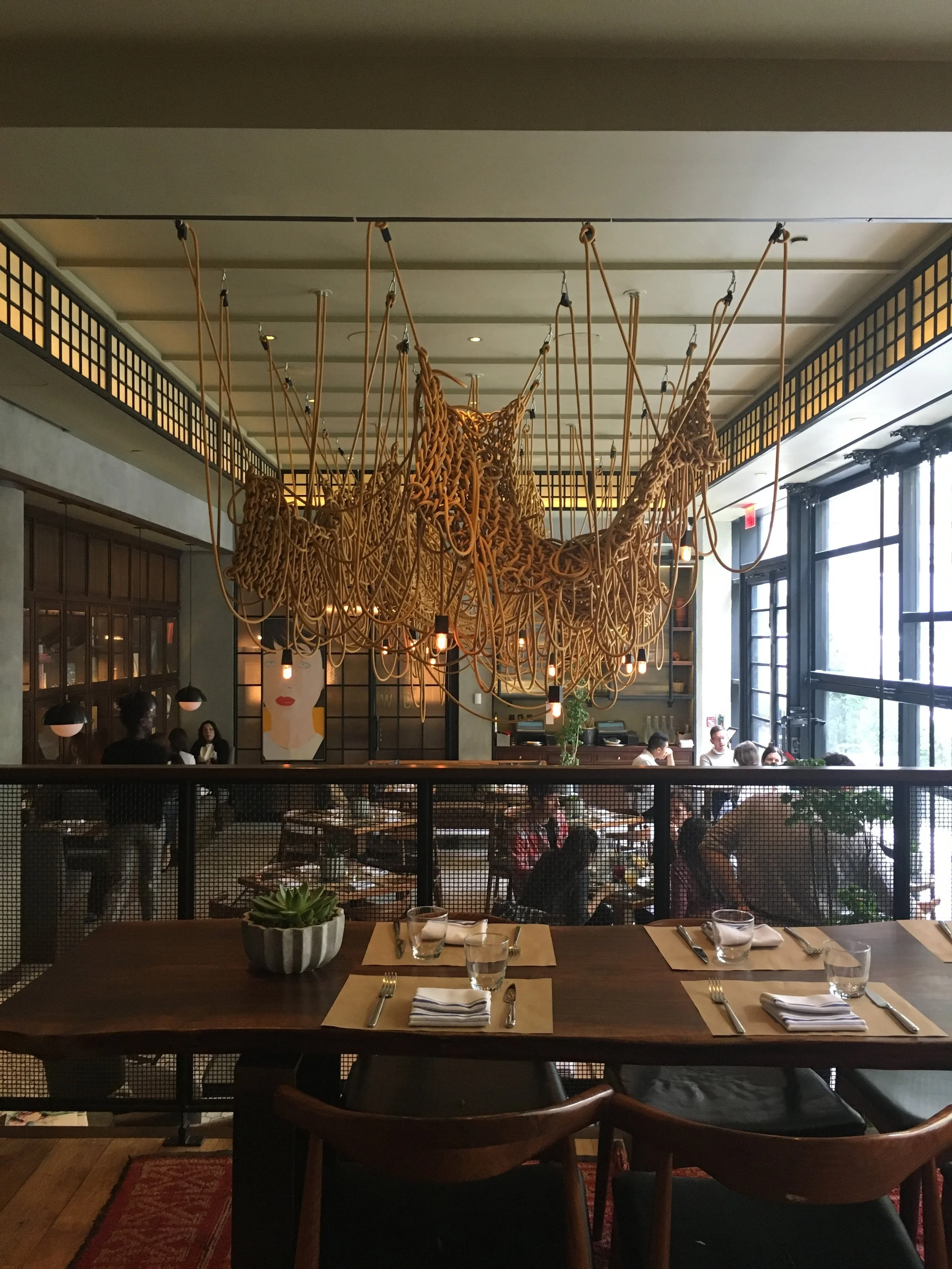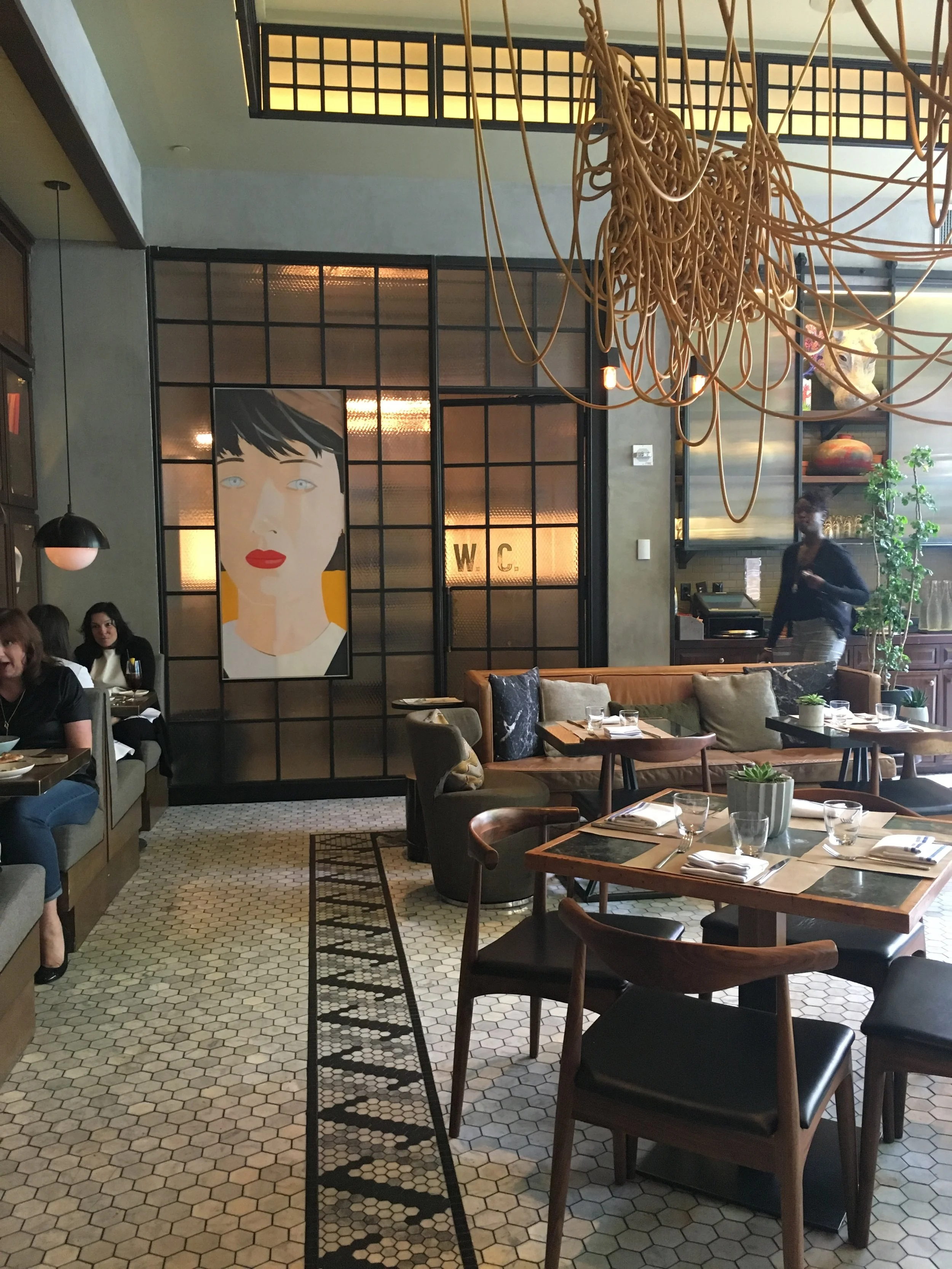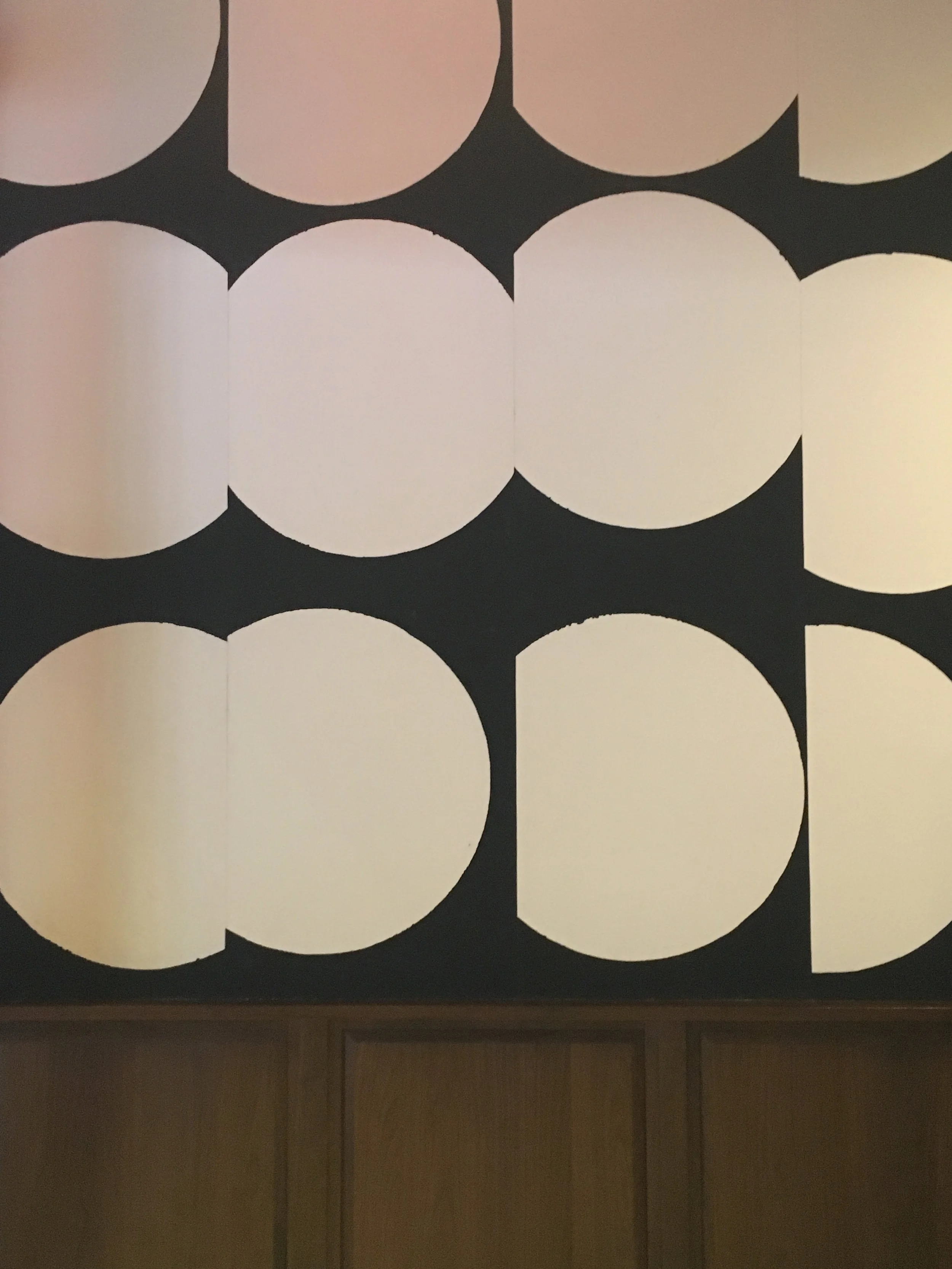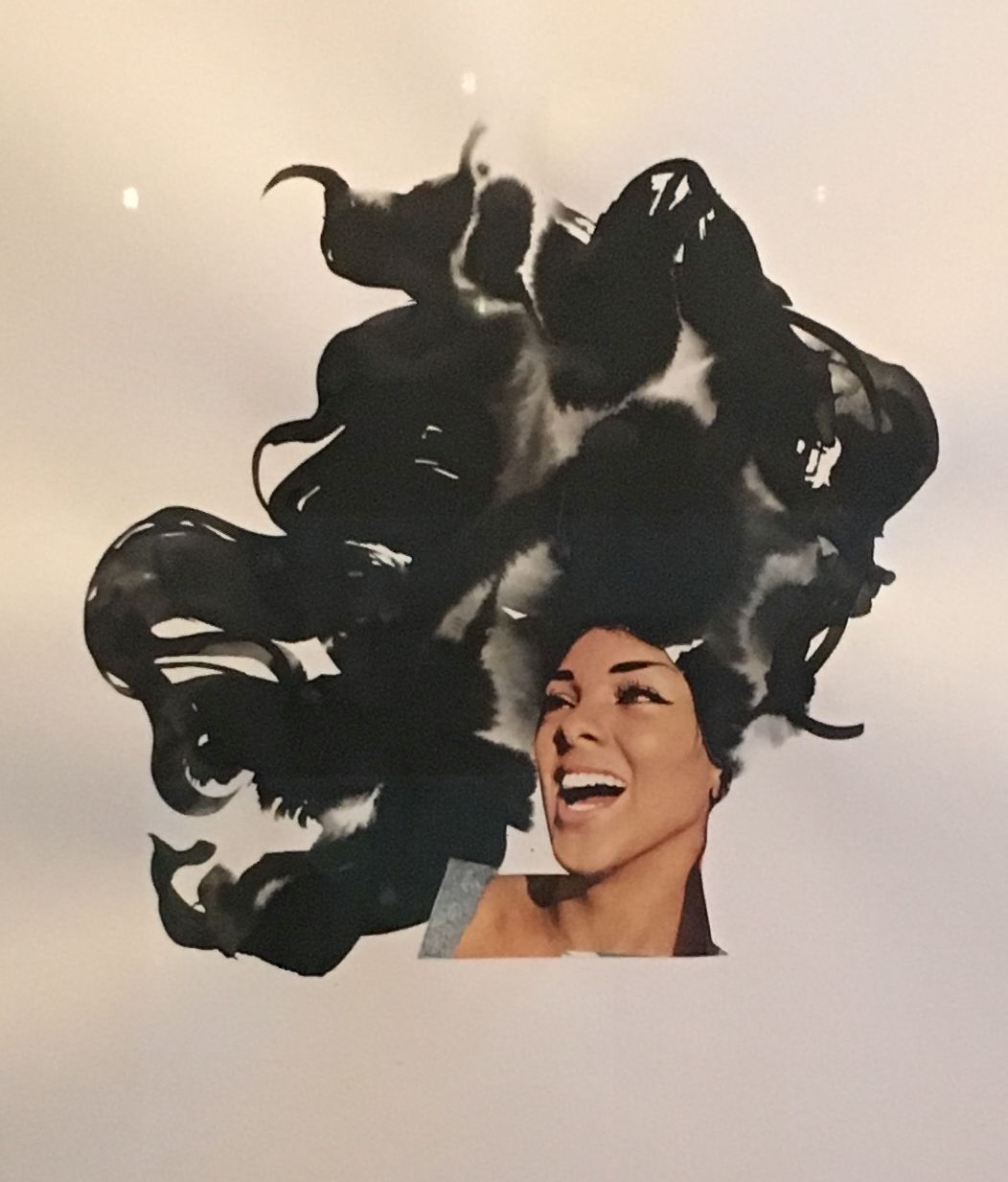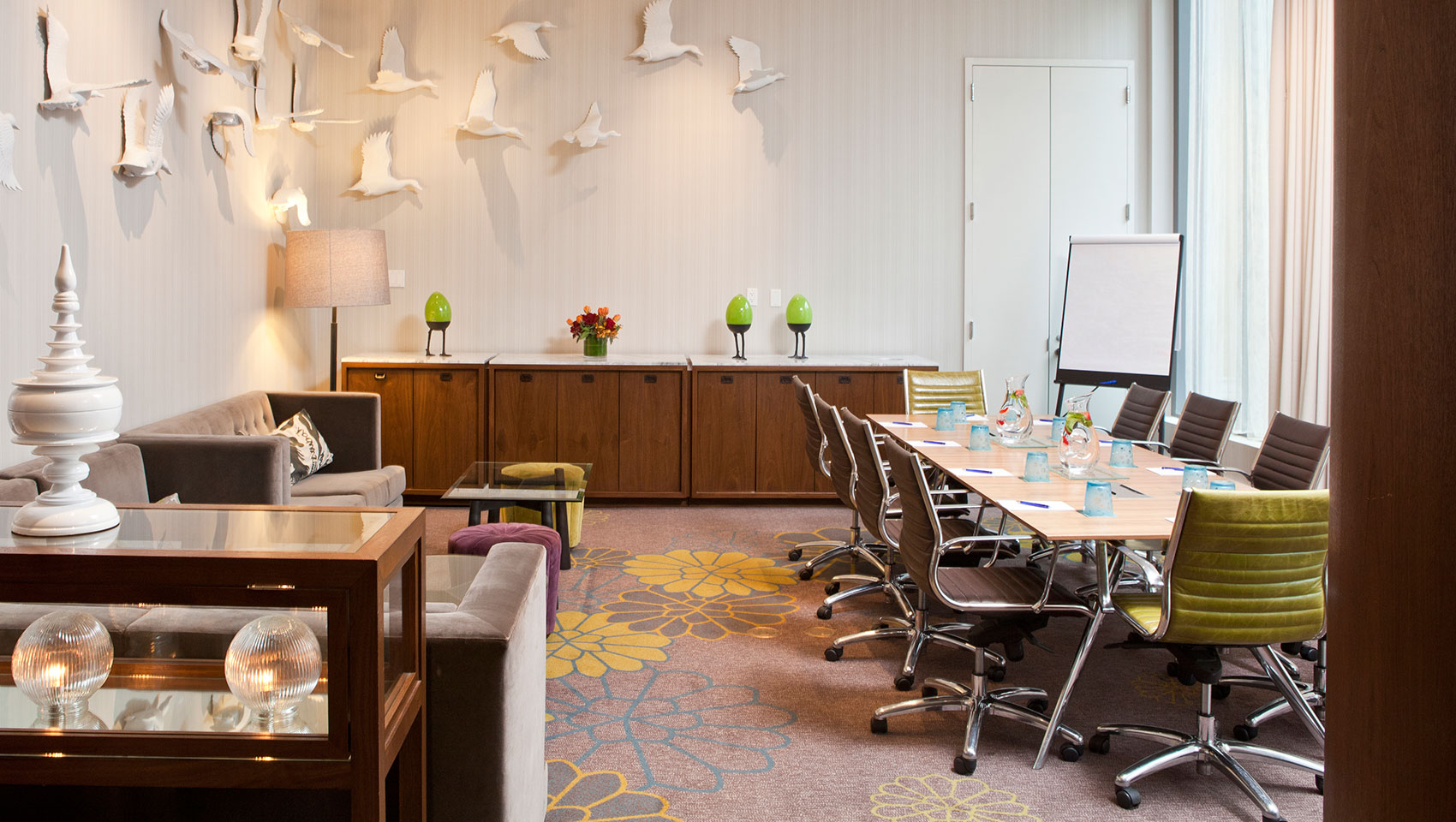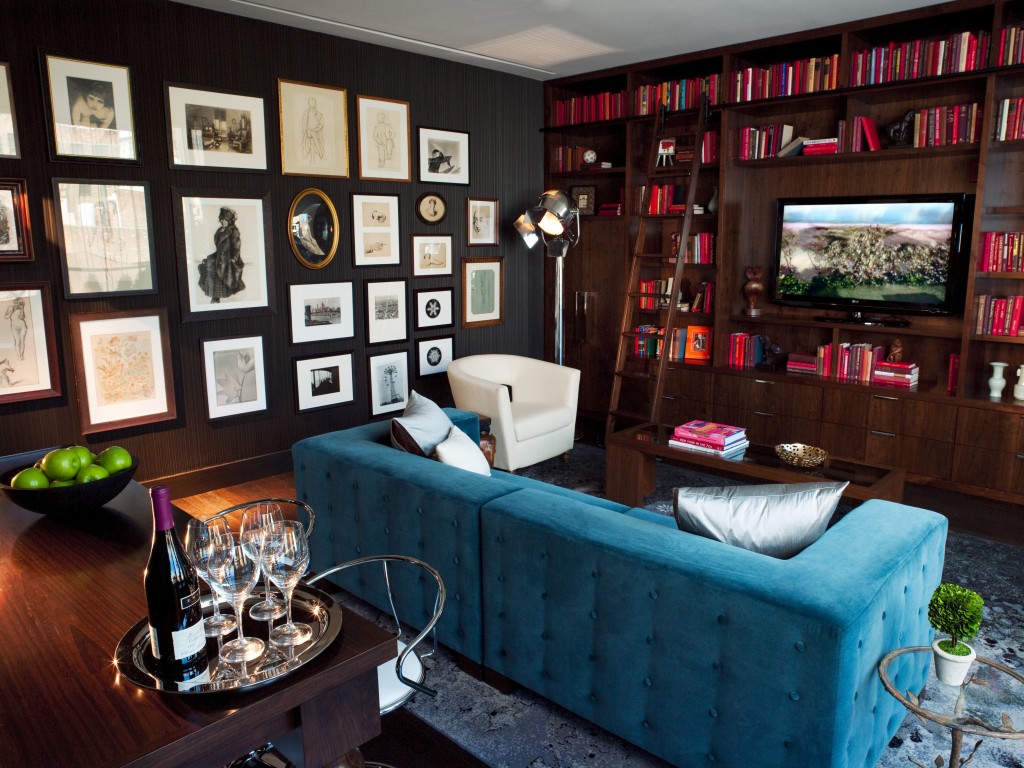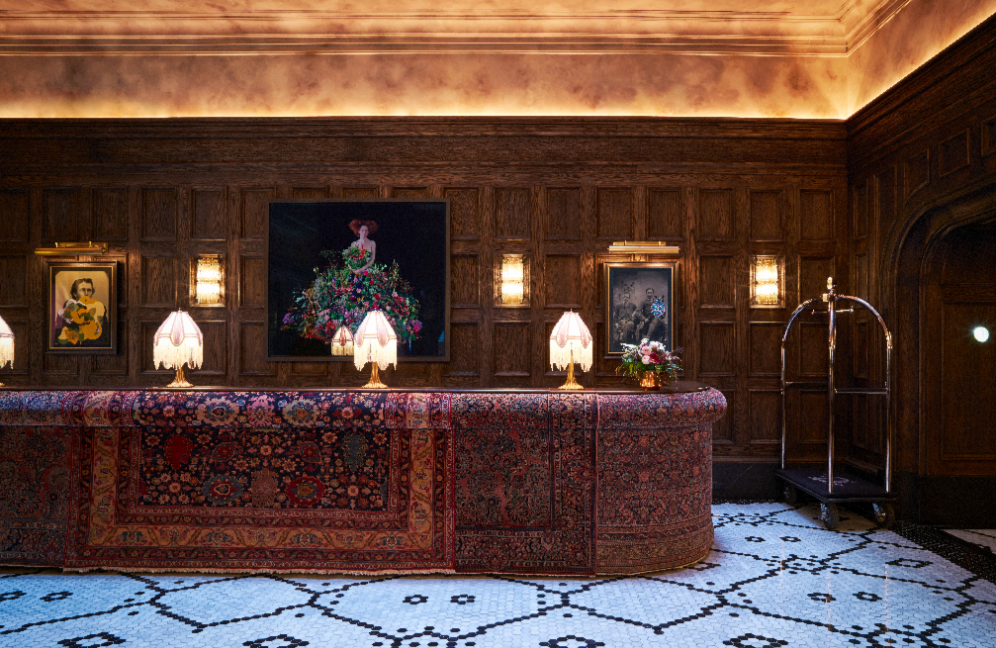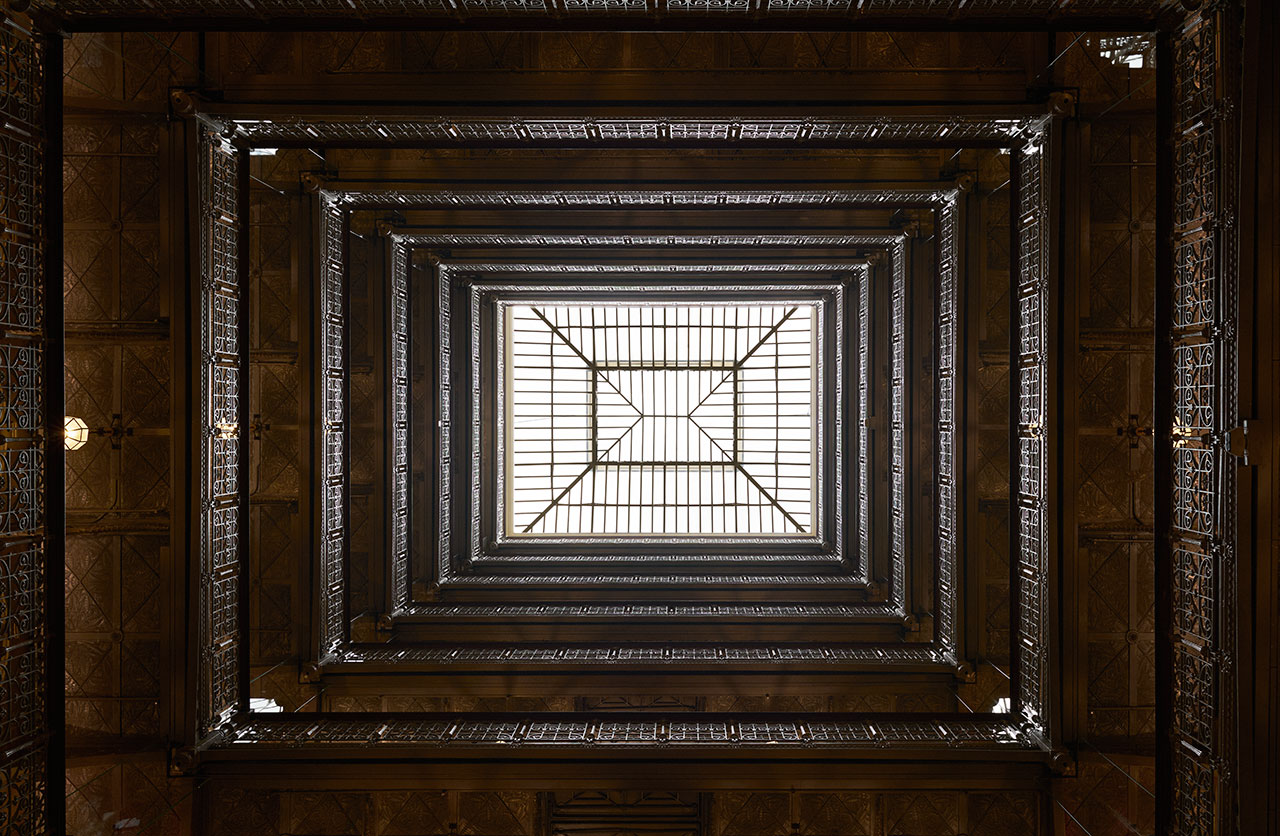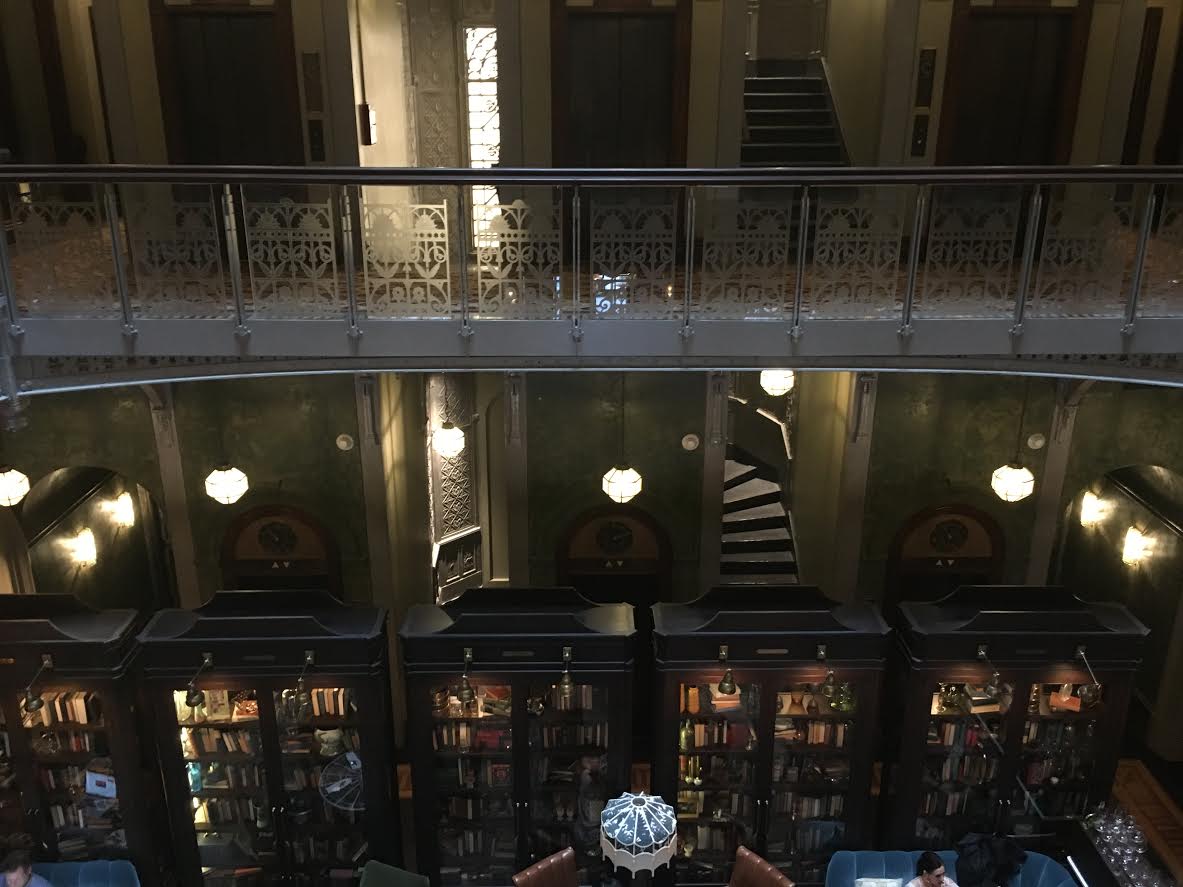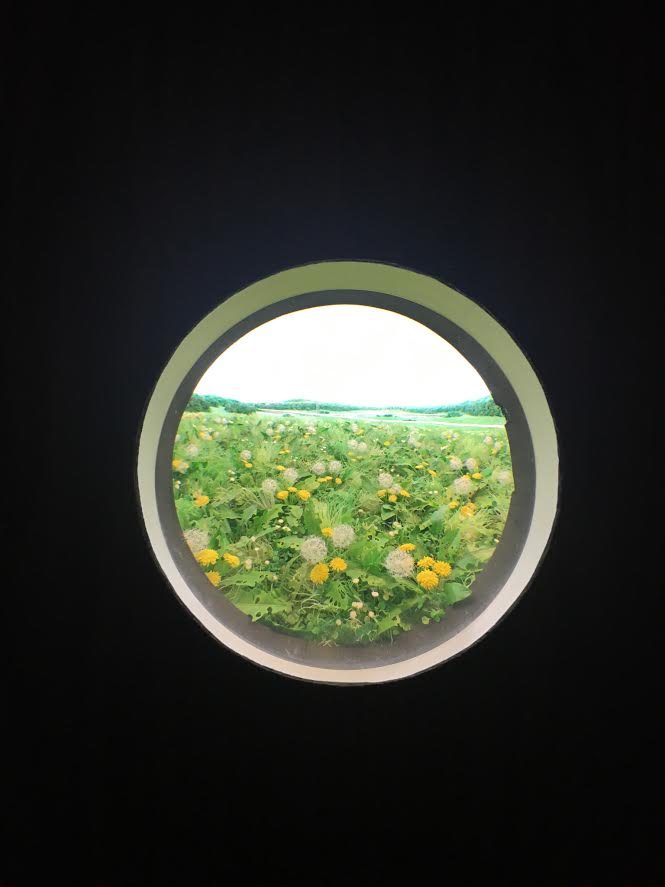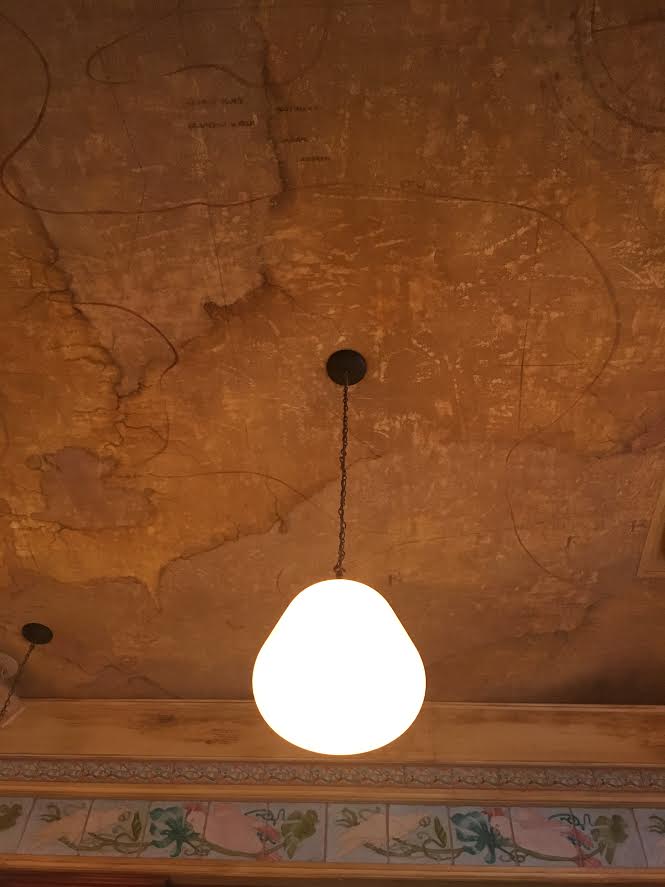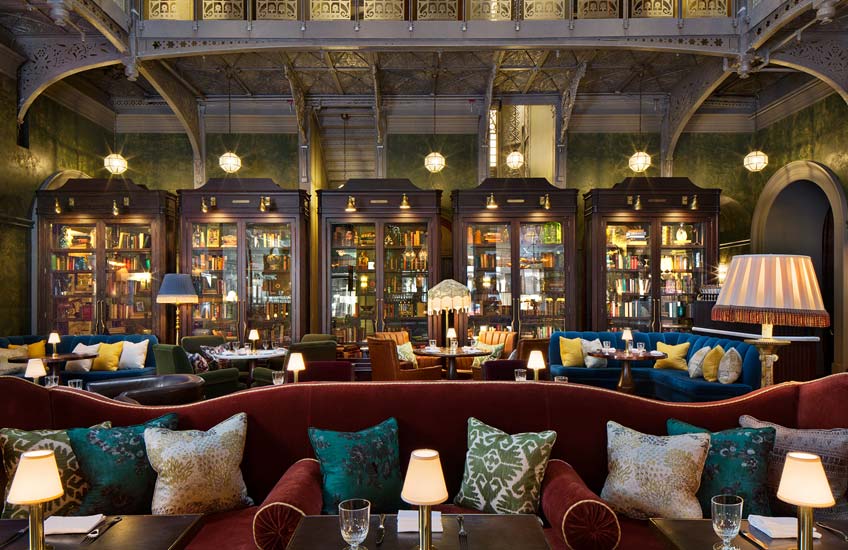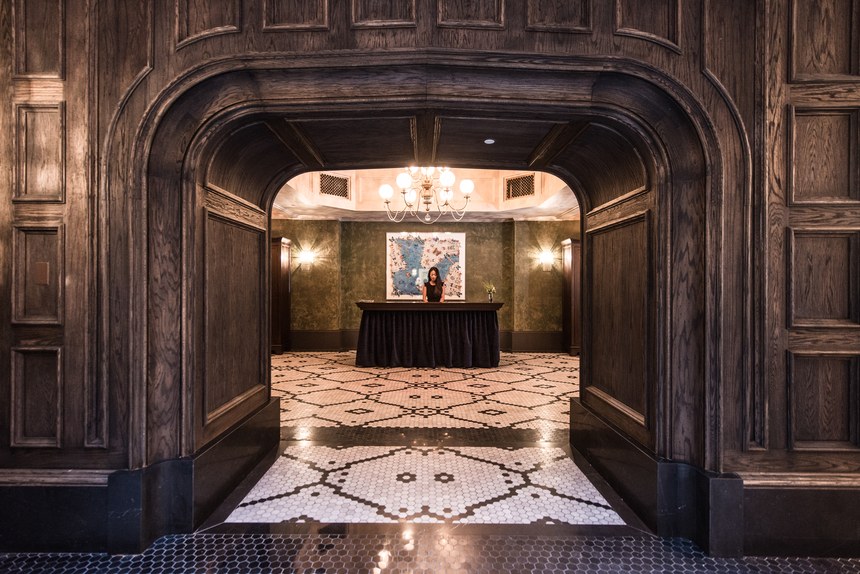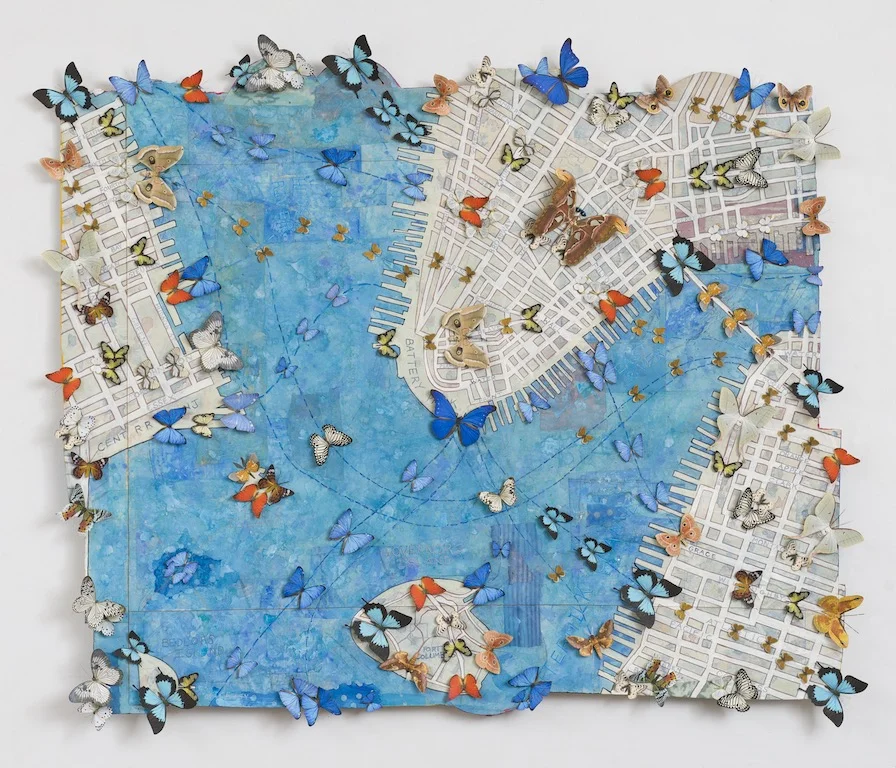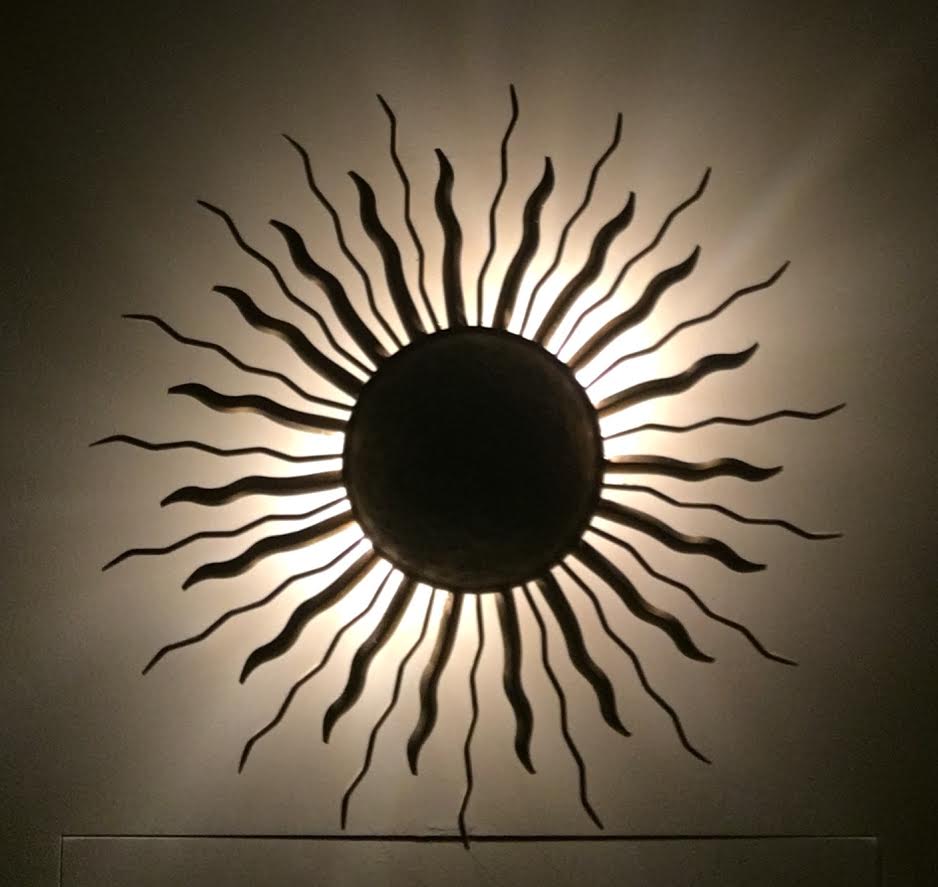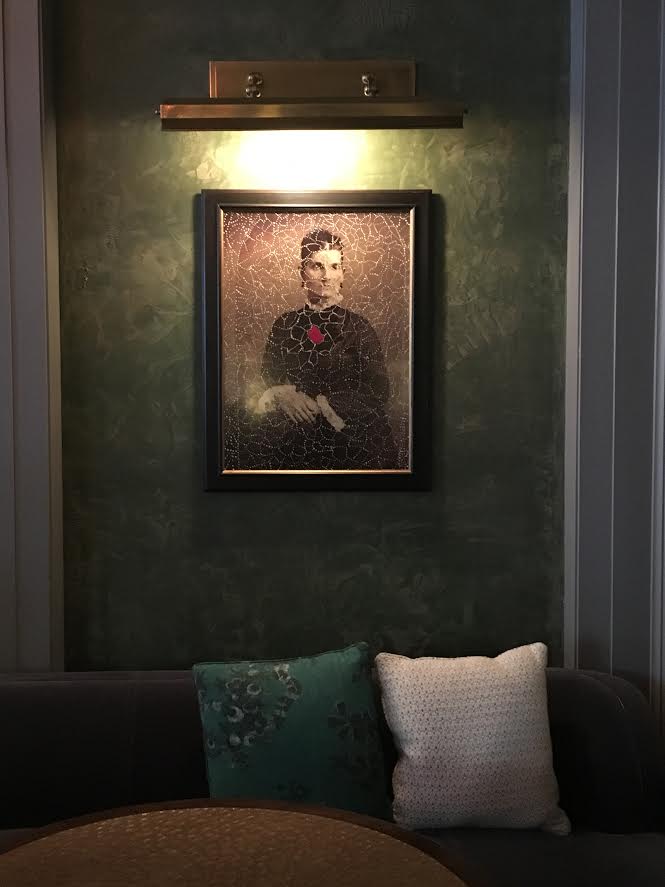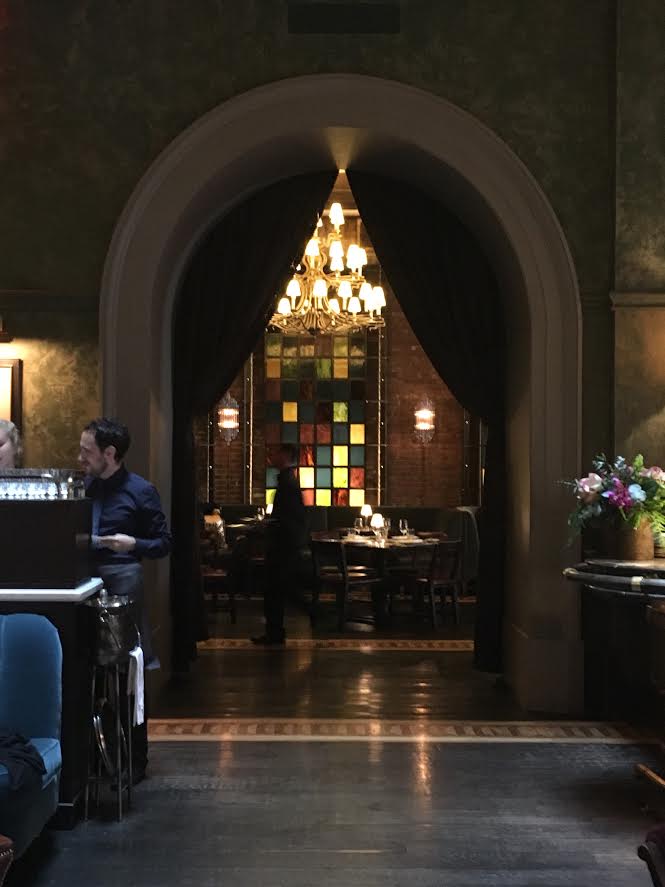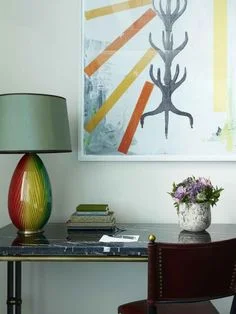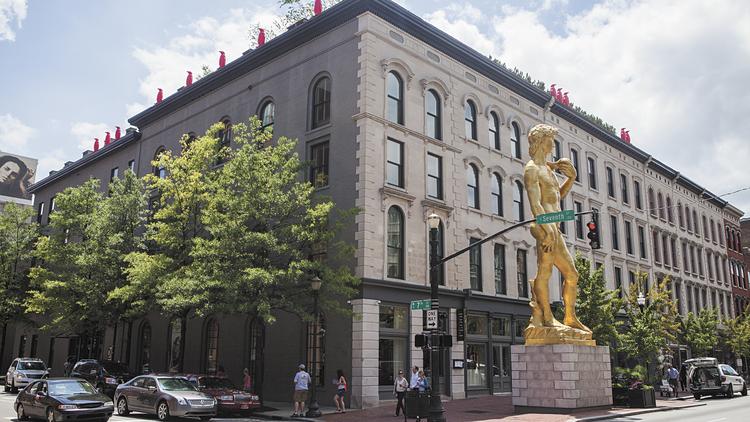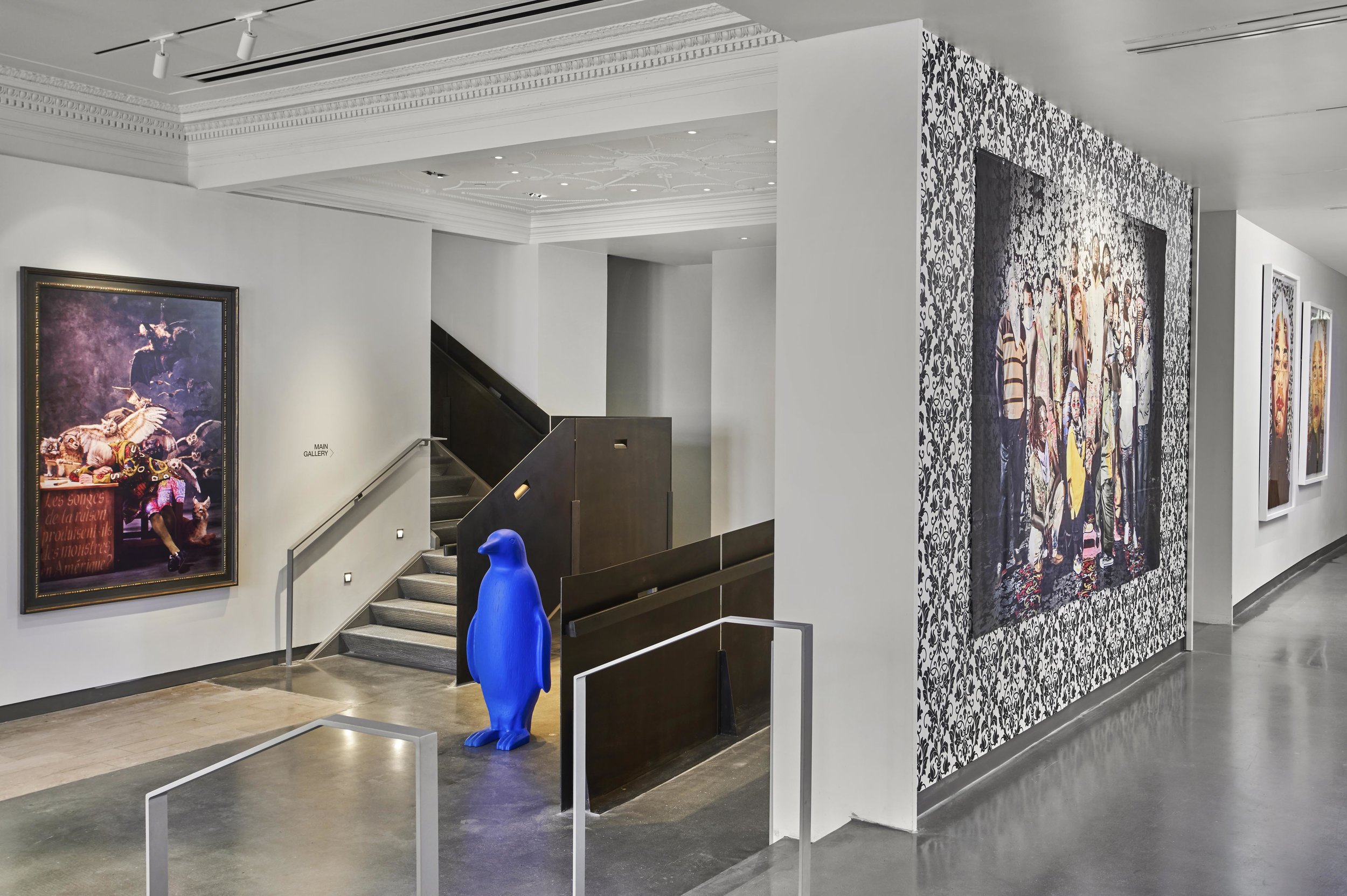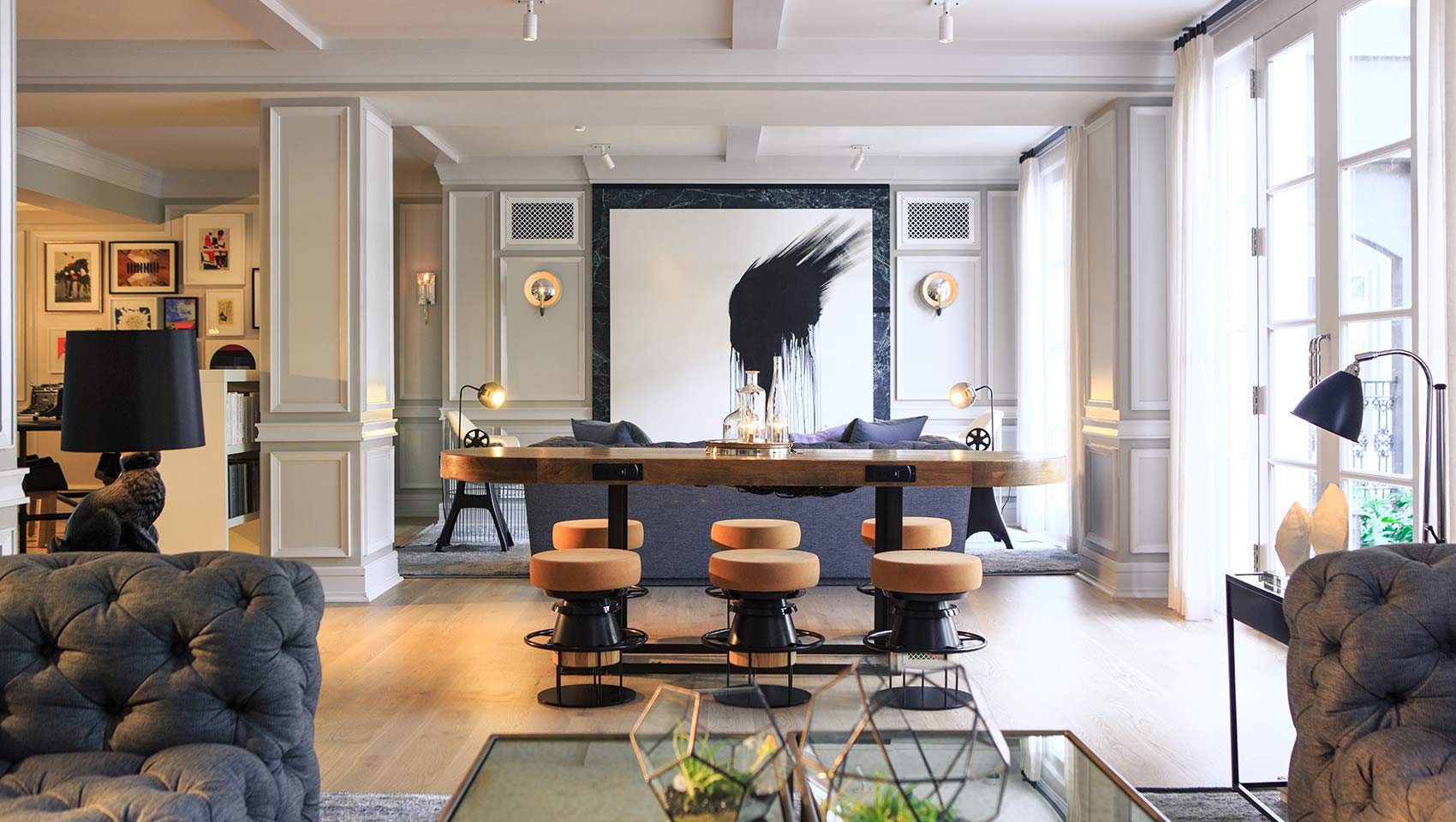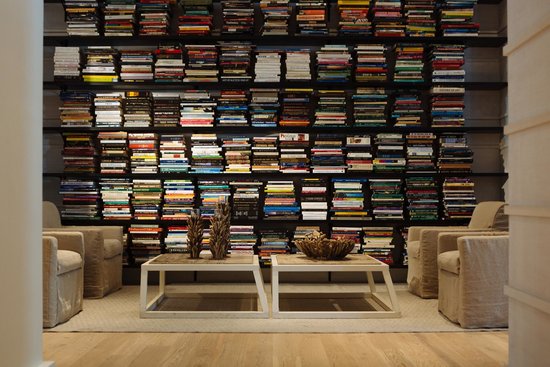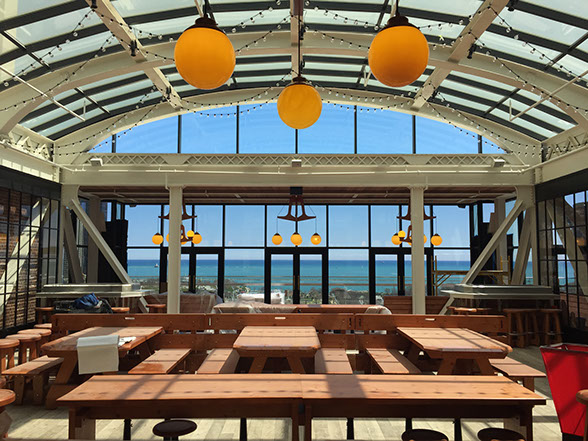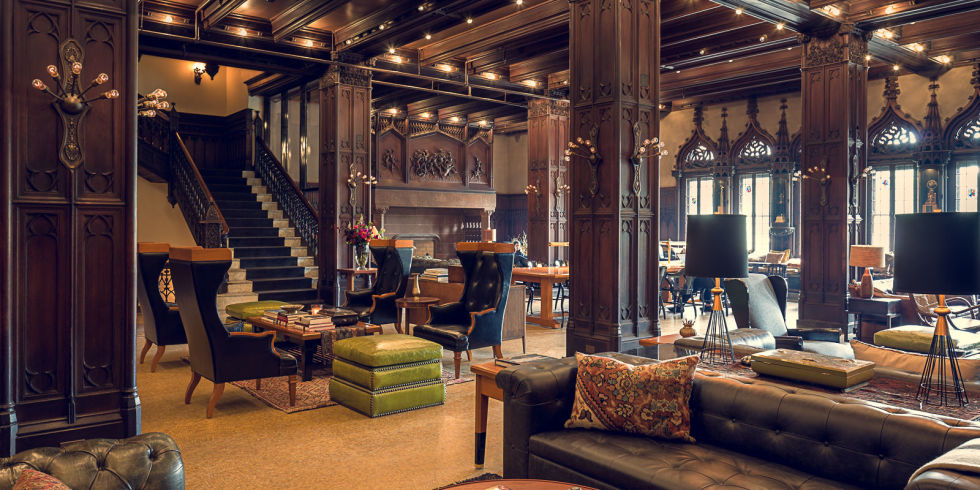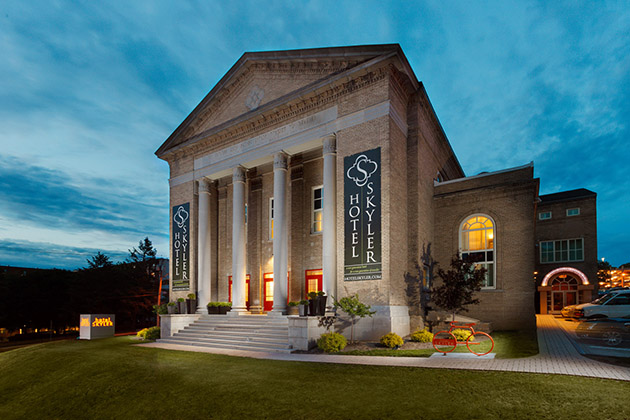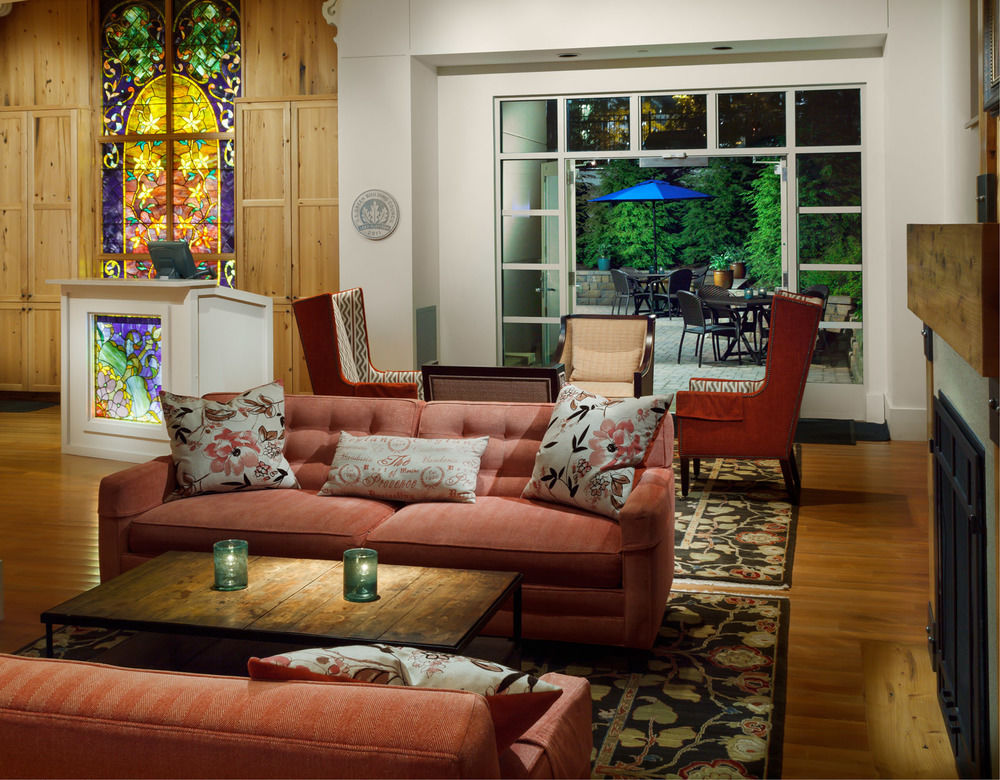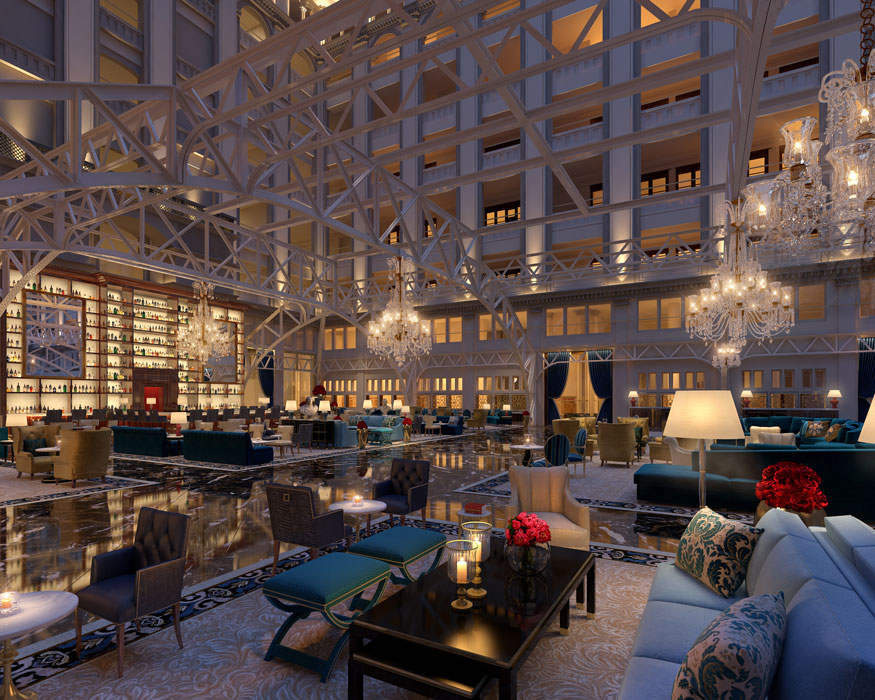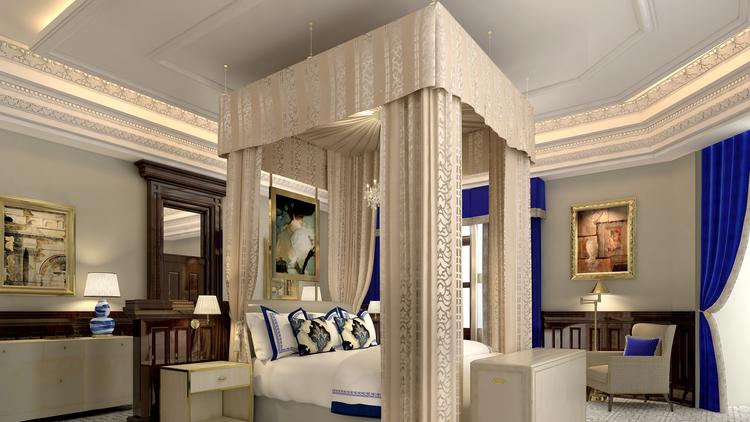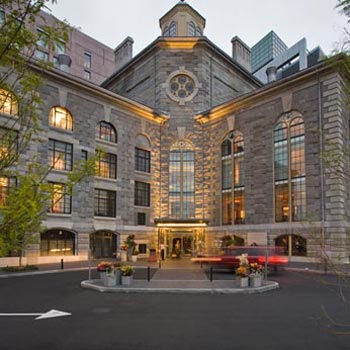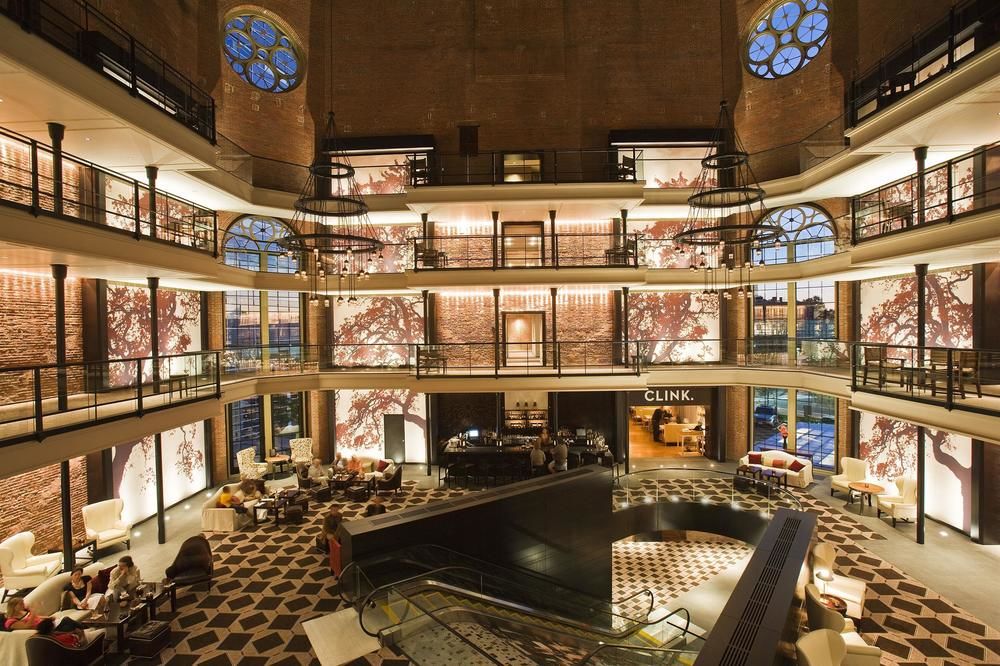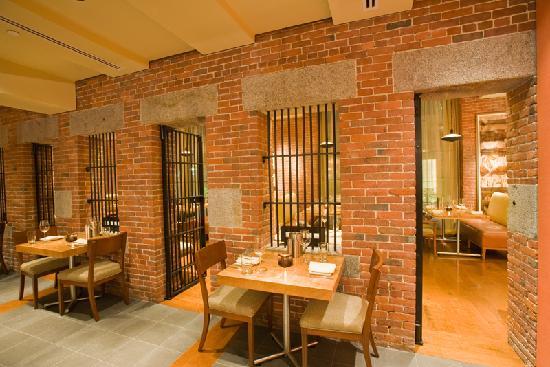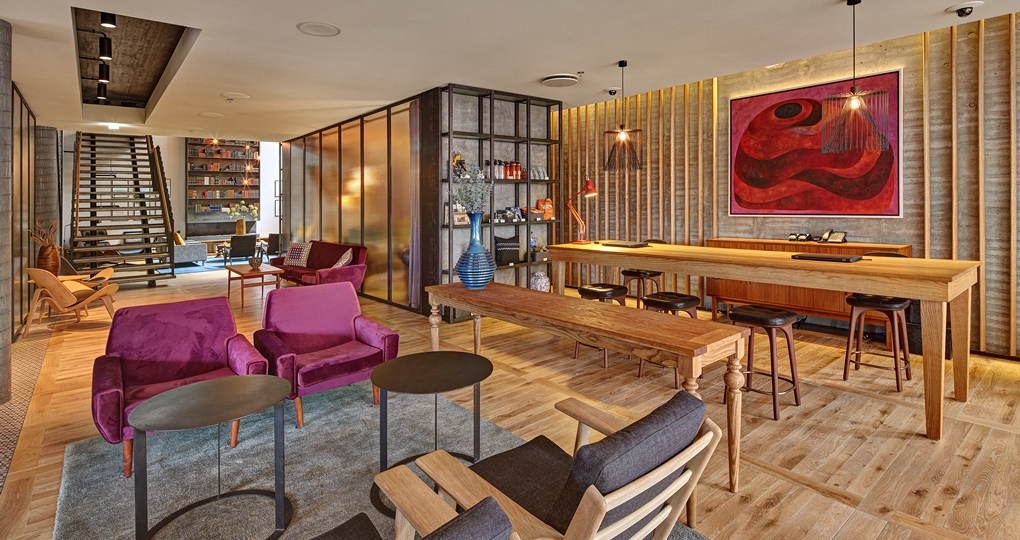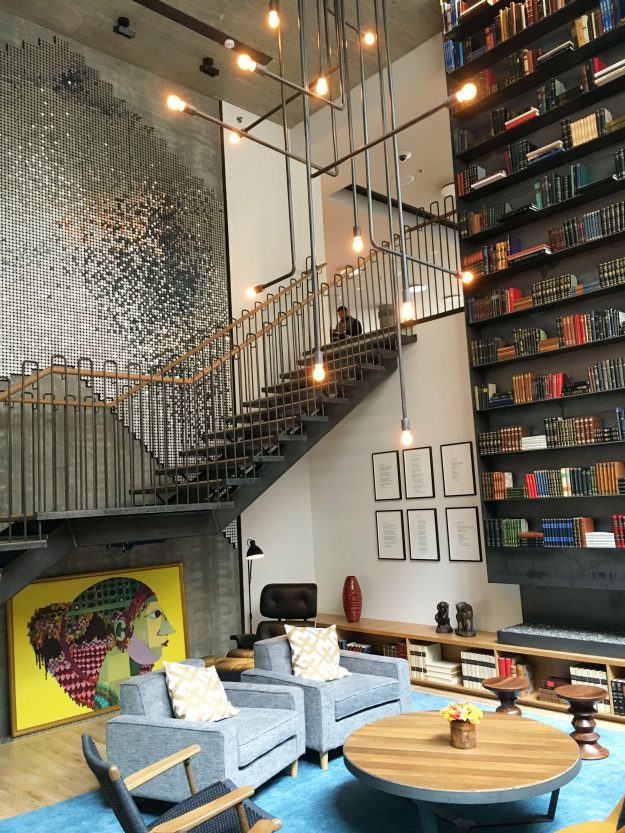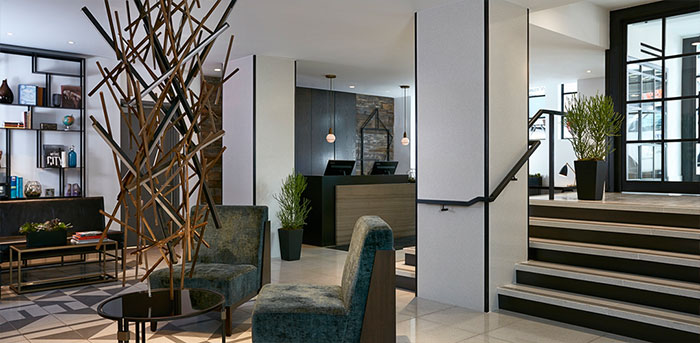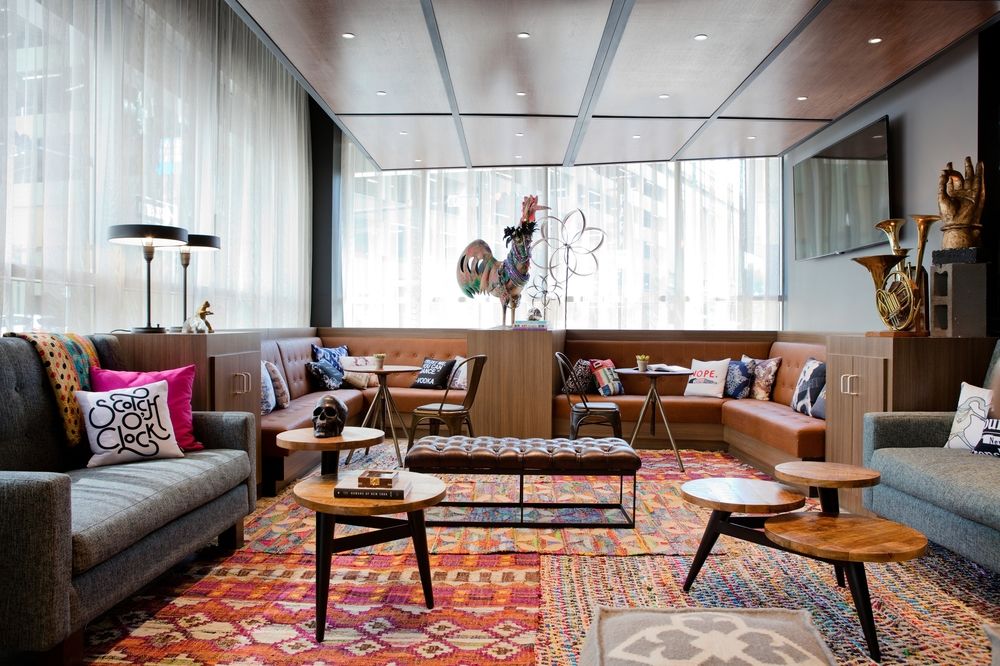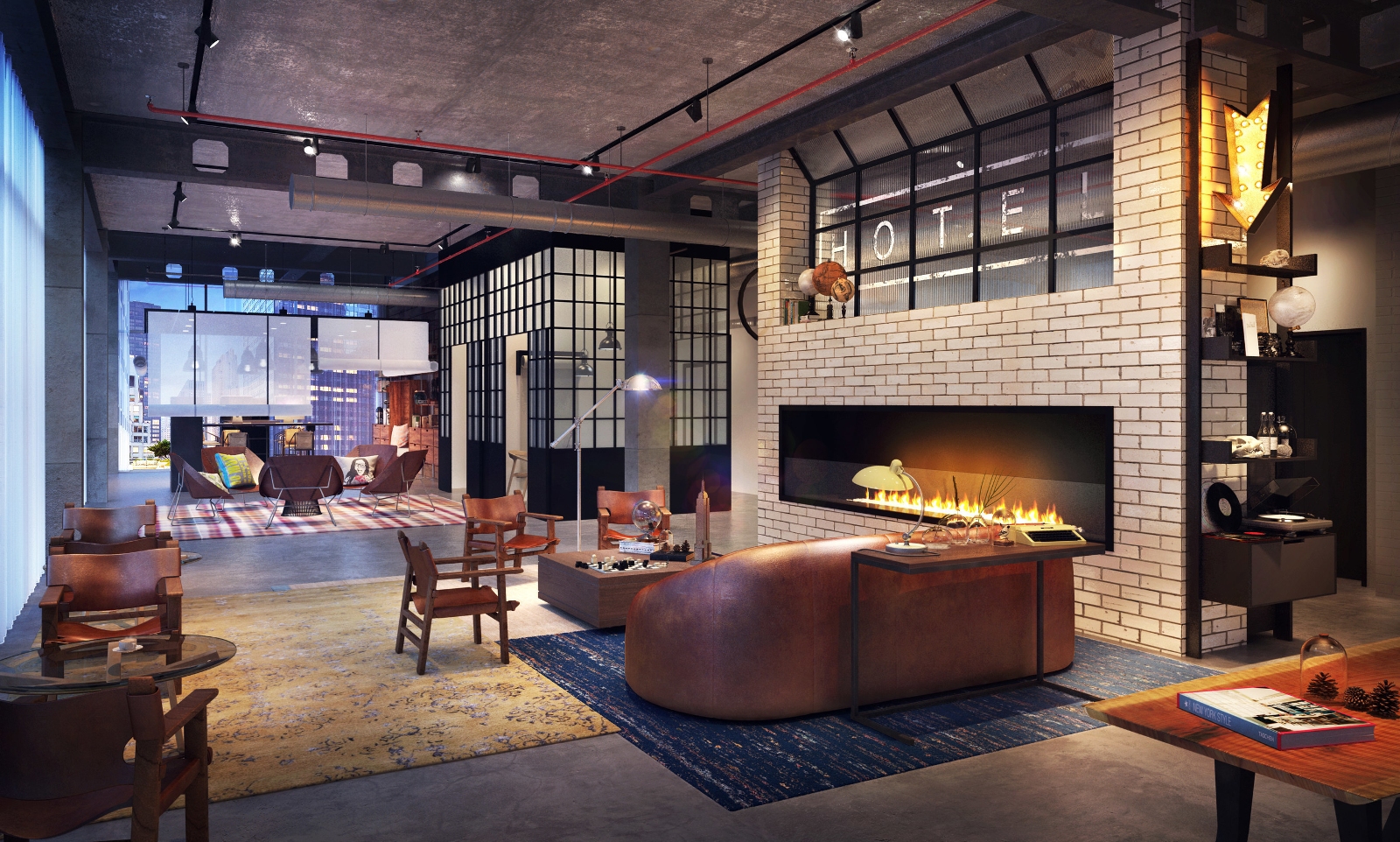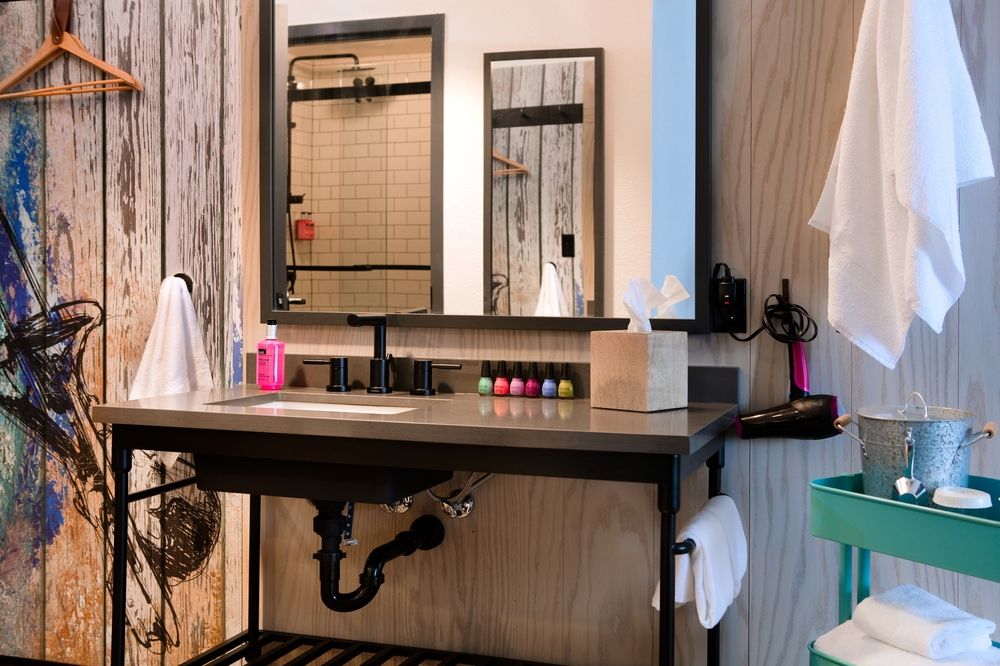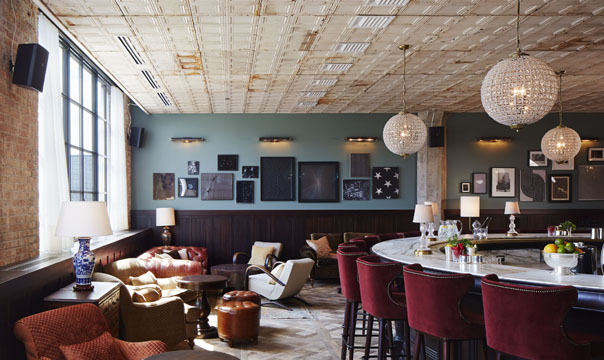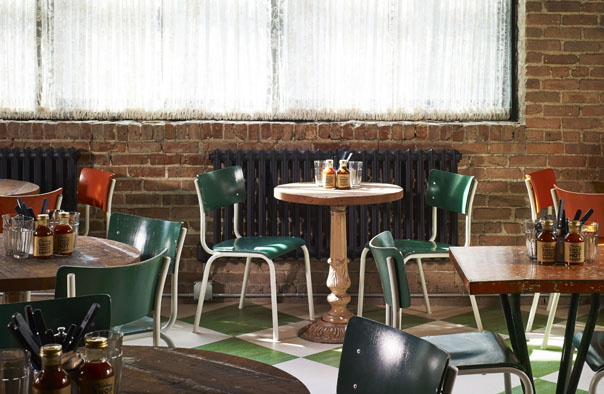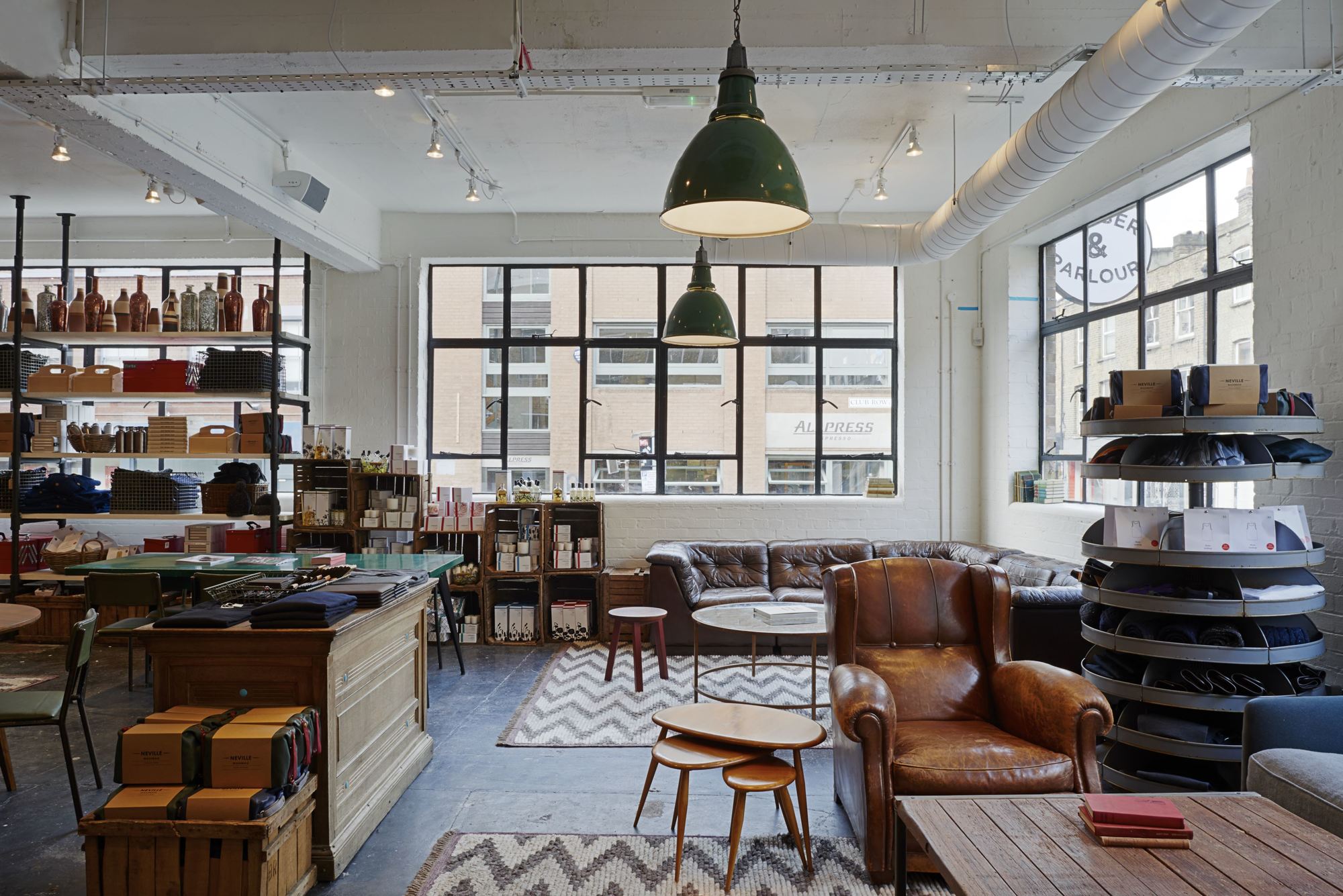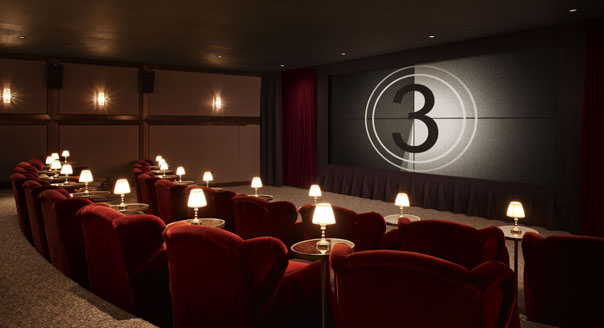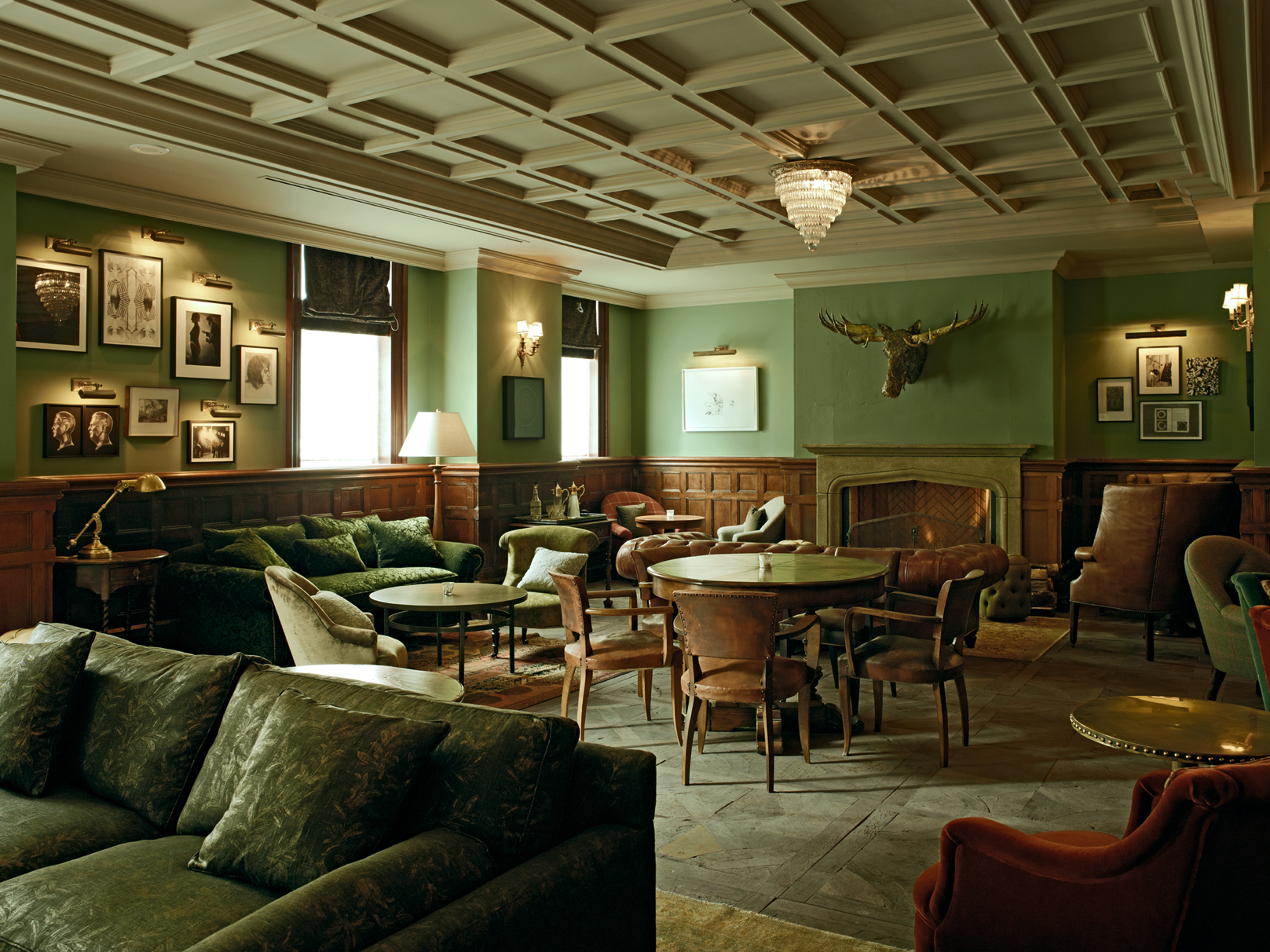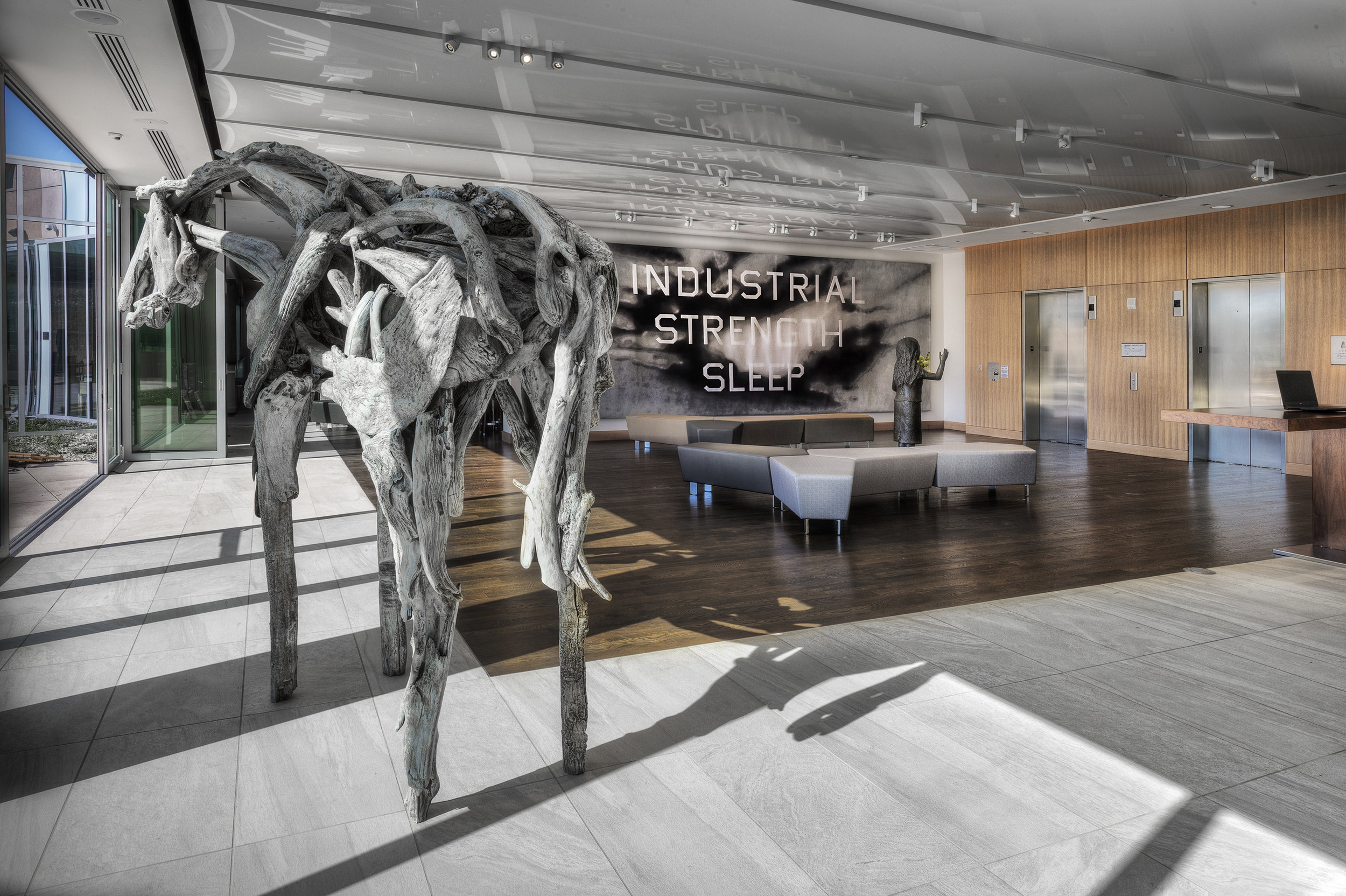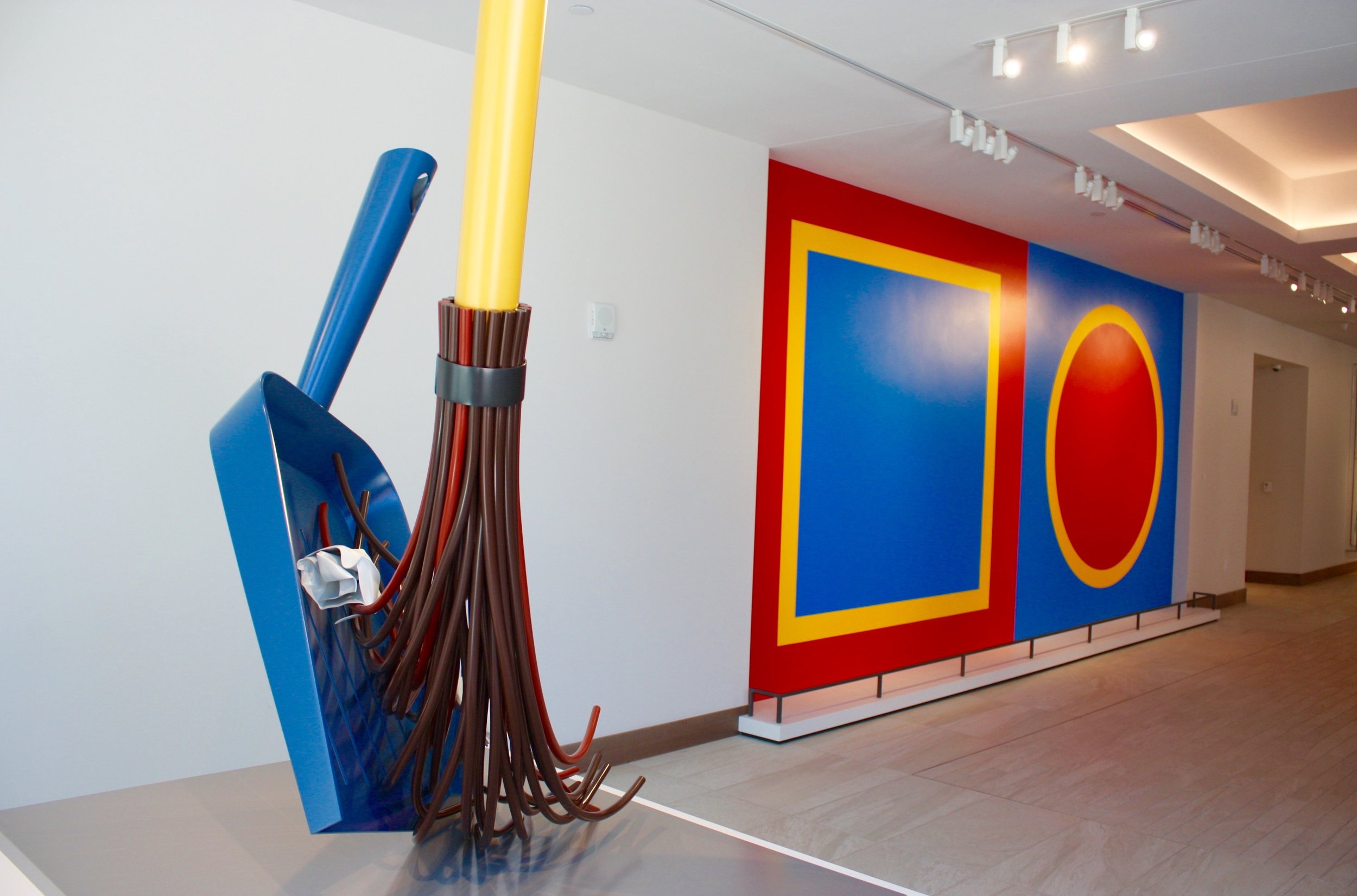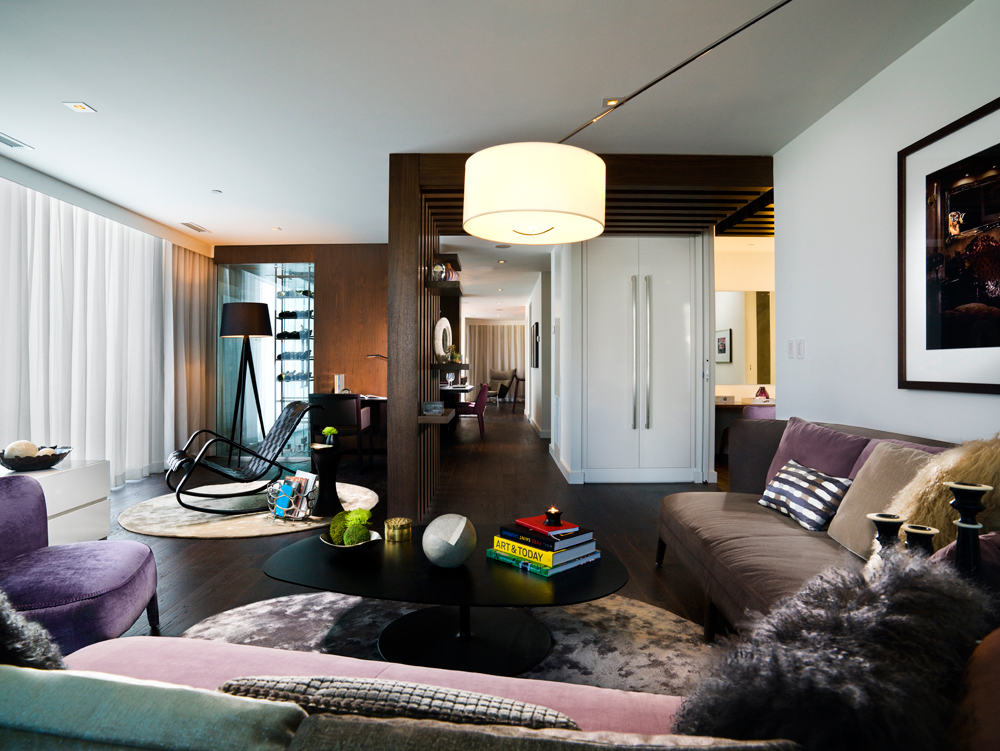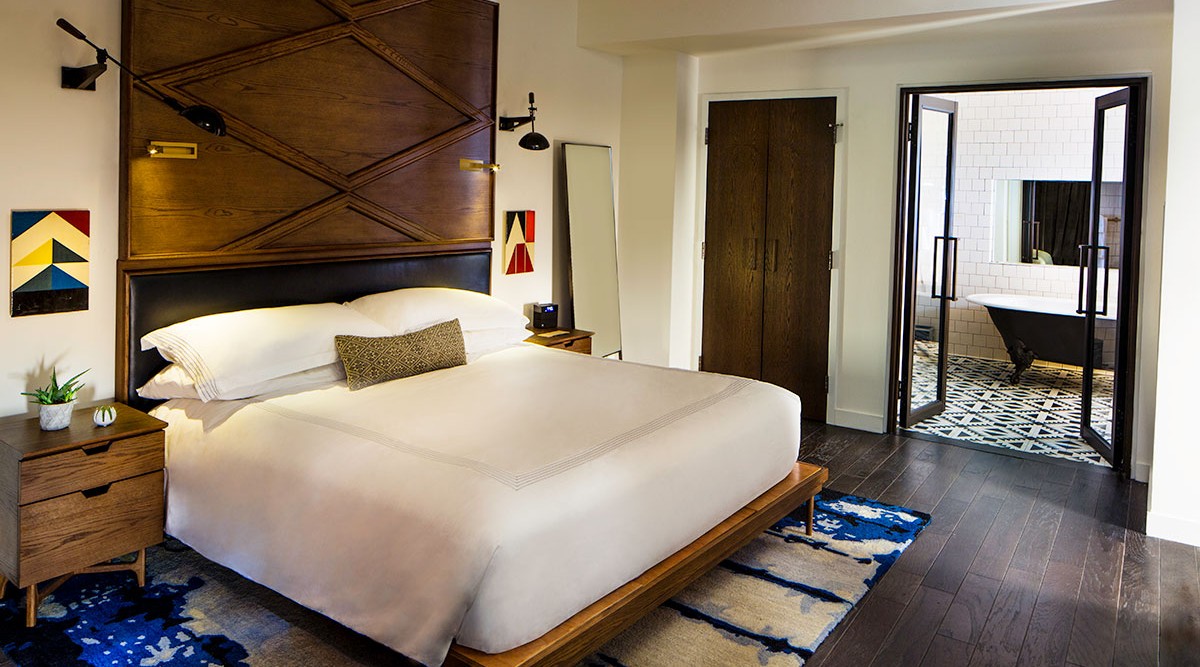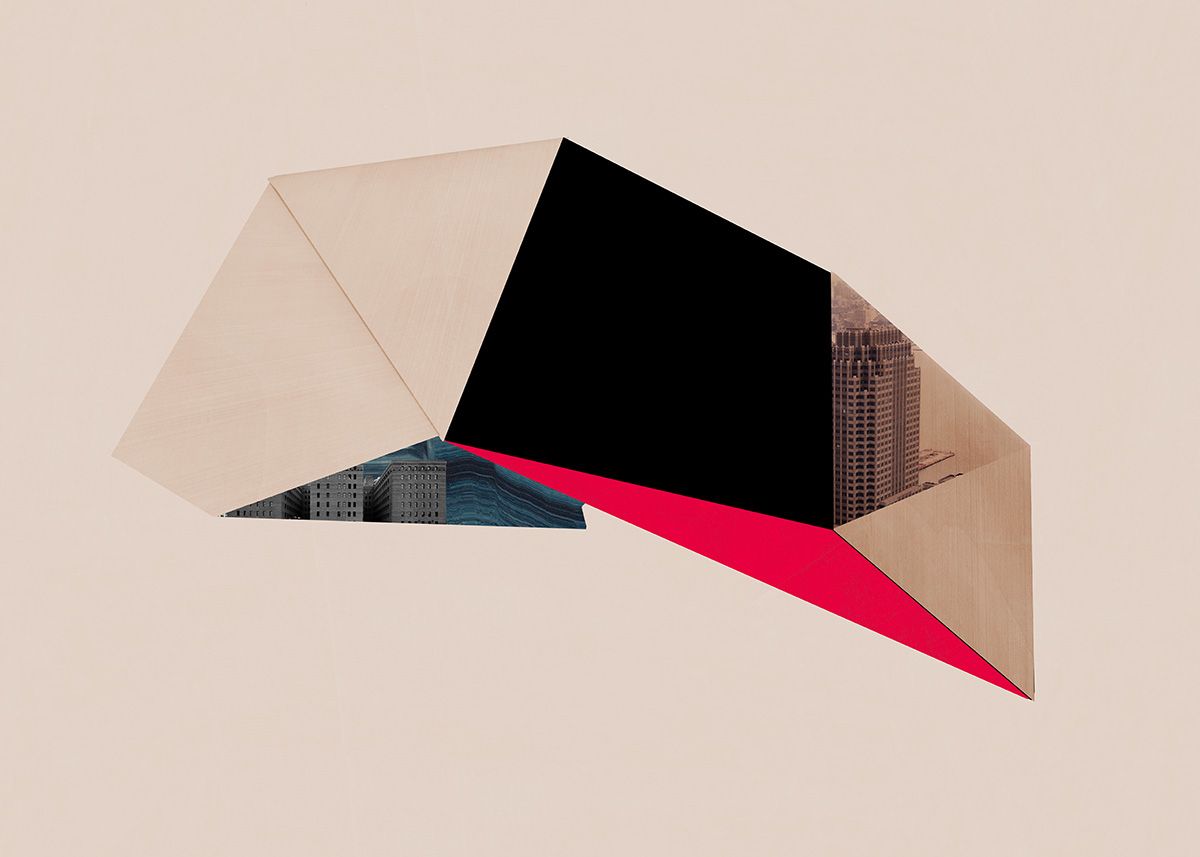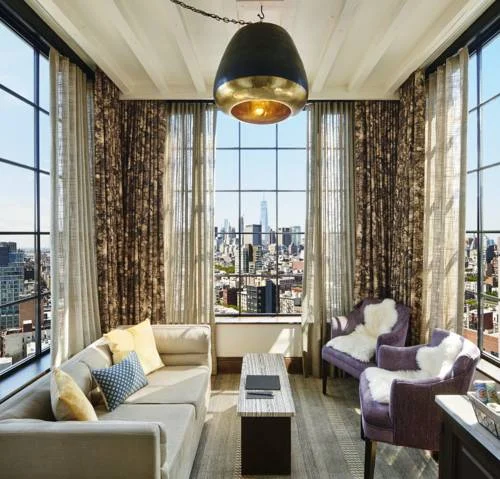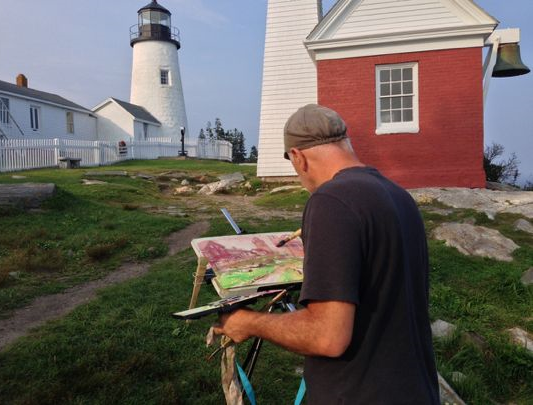Thanks to WBENC for the approval of our application and for the future opportunities we will discover because of it.
The Wonderful Work of Eileen Braun
A couple of weeks ago we had an amazing studio visit with mixed media sculptor Eileen Braun and were fascinated by her transition in materials - from ceramics to rattan - in the creation of her extraordinary, otherworldly vessels.
We are sharing here, her description of the work and a glimpse at what she has been working on.
"In 2016, I put my clay work on hold and sought a new media less demanding of material constraints. After a lot of experimentation, I found it in encaustic wax and rattan weed. As I make the work, the forms grow increasingly more complex. Their sizes range from 3 - 7 feet high and the deep shadows (not easily shown in images), provide a completely different personal experience. The work is deceivingly light, weighing in at a mere 2- 6 pounds.
My art mirrors natural forms with a biomorphic edge. Often the exact life cycle stage one is viewing is too complex to pin down. Is it focused on seed, mature growth, or the desiccation of this system? I leave that up to the viewer.
Movement, texture and complexity of form are integral to the work as well. My hope is that the viewer will be drawn in by the shape. While approaching, they will be intrigued by the ever-changing views because one can see both through and around the form simultaneously. The texture, shadow and line created by the materials add to the multidimensional cornucopia of delights.
Process: The sculptures are constructed from rattan reed, encaustic wax, cotton string, and glue. In some instances I have added dress-makers pattern tissue - influenced by my research of Japanese Akari lamps. The rattan reed is left natural or occasionally pre-stained; soaked, manipulated and secured at all junctions with cotton string. Additional elements to the sculpture are constructed or texturized with encaustic wax. The exoskeletons in many instances have been en-robed in wax, giving them the appearance of metalwork."
Enjoy the work and imagine the possibilities - tabletop installations, wall-hangings, ceiling installations...
Just exquisite!
Chic New Atlanta Hotel - Hotel Clermont →
ILLUSTRATION: COURTESY OF PHASE:3 MARKETING AND COMMUNICATIONS
Hotel Clermont is due to reopen next year.
"Hotel Clermont welcomes guests in March after an extensive renovation that merges the building’s classic 1920s features with punk-rock style. In addition to a restaurant and a rooftop bar, the property’s infamous Clermont Lounge remains and, though it got a freshen-up too, retains its gritty glory—and its black-duct-taped bar."
(Garden & Gun Magazine, November 15, 2017)
Currently Inspired By...
Check out some of the art that has inspired us lately!
100 new images to warm you up!






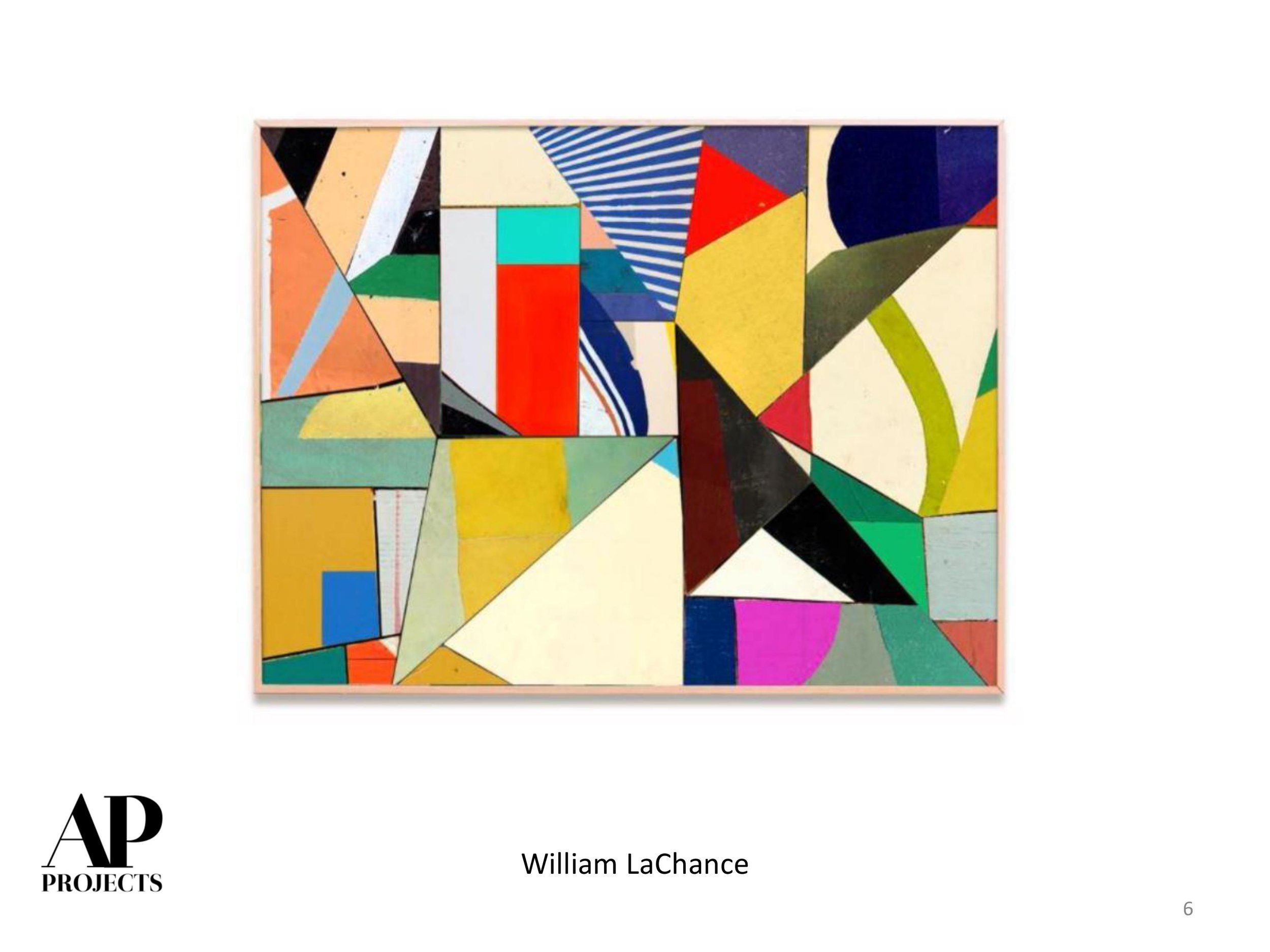
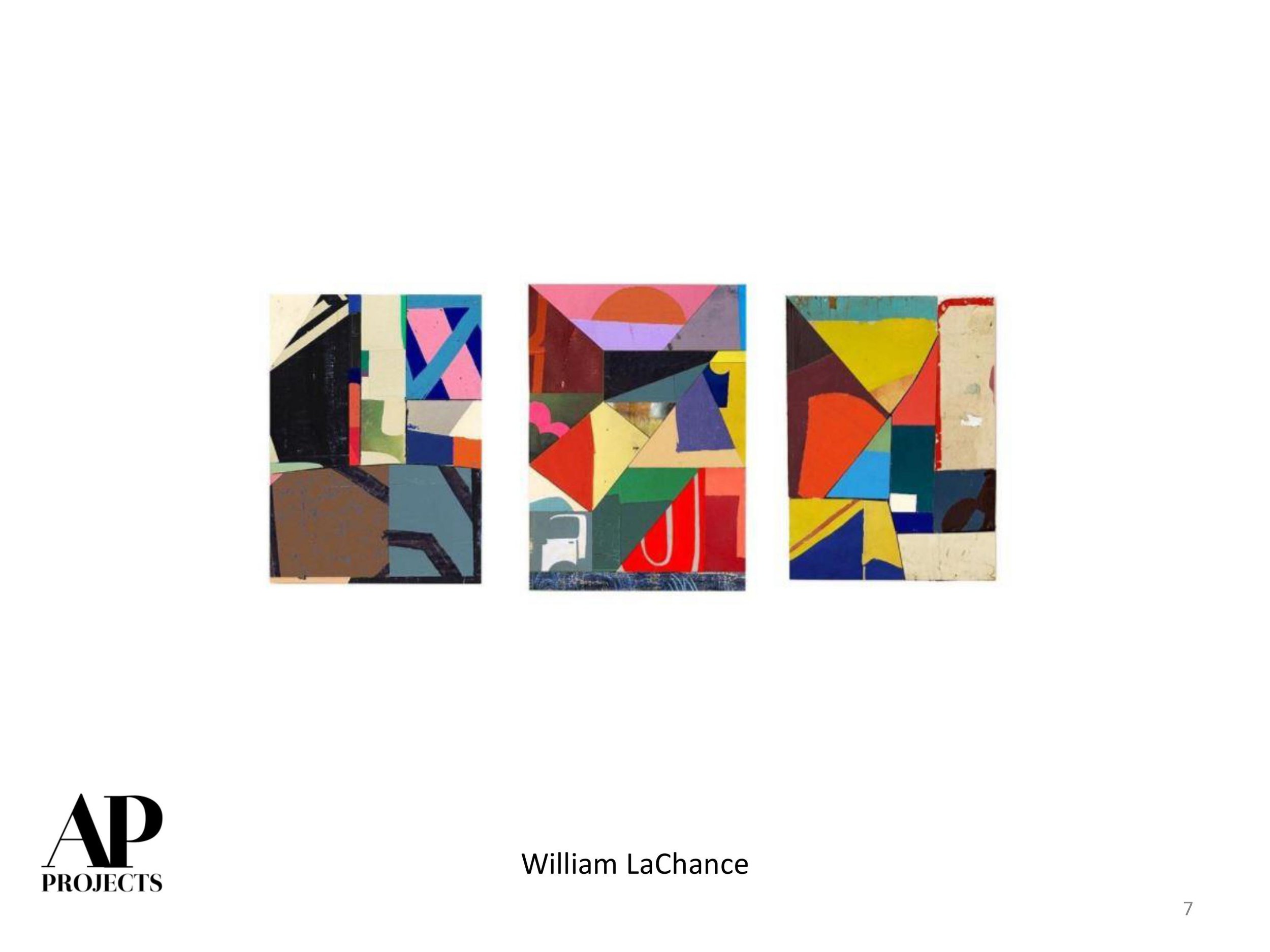
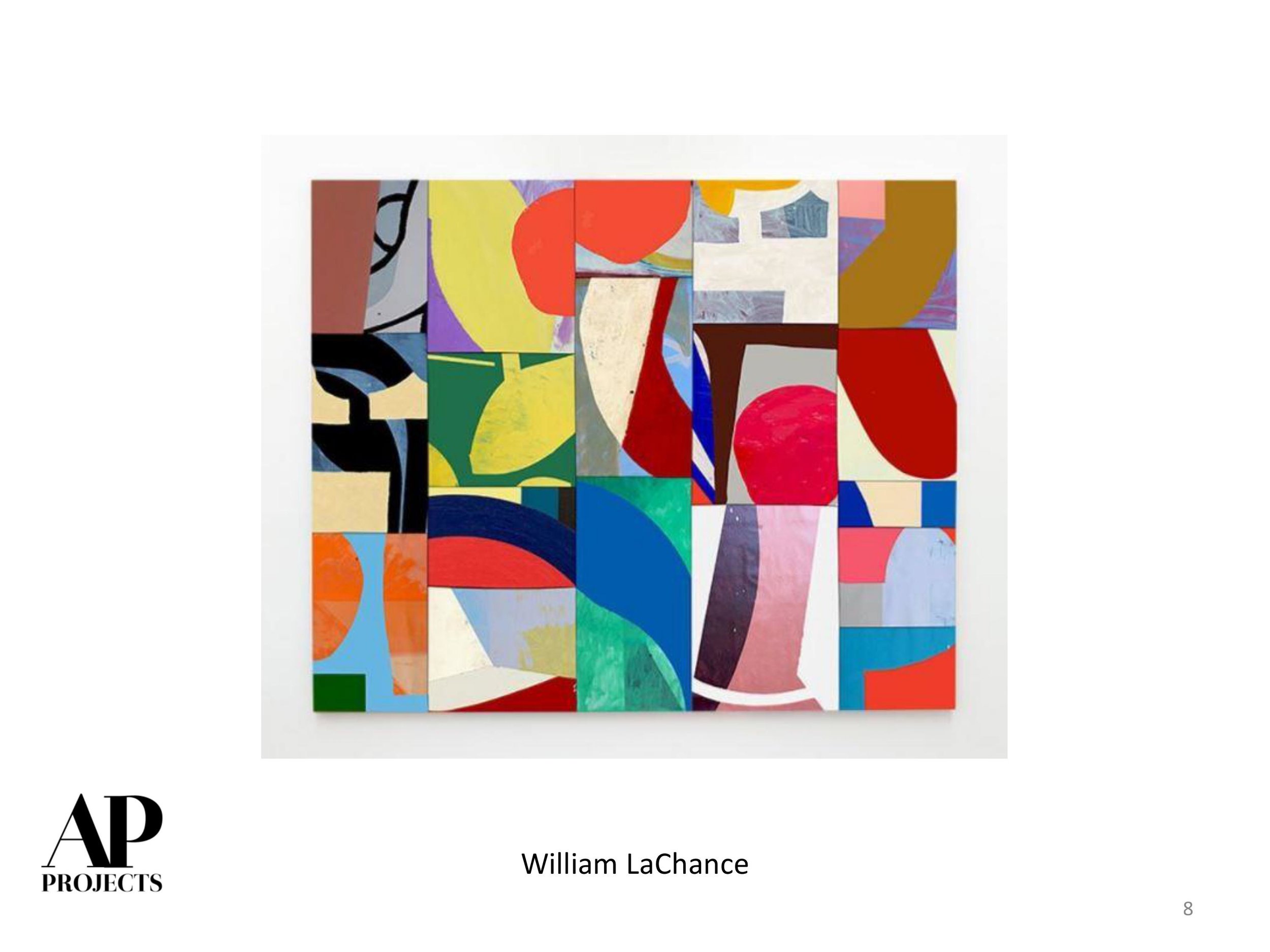
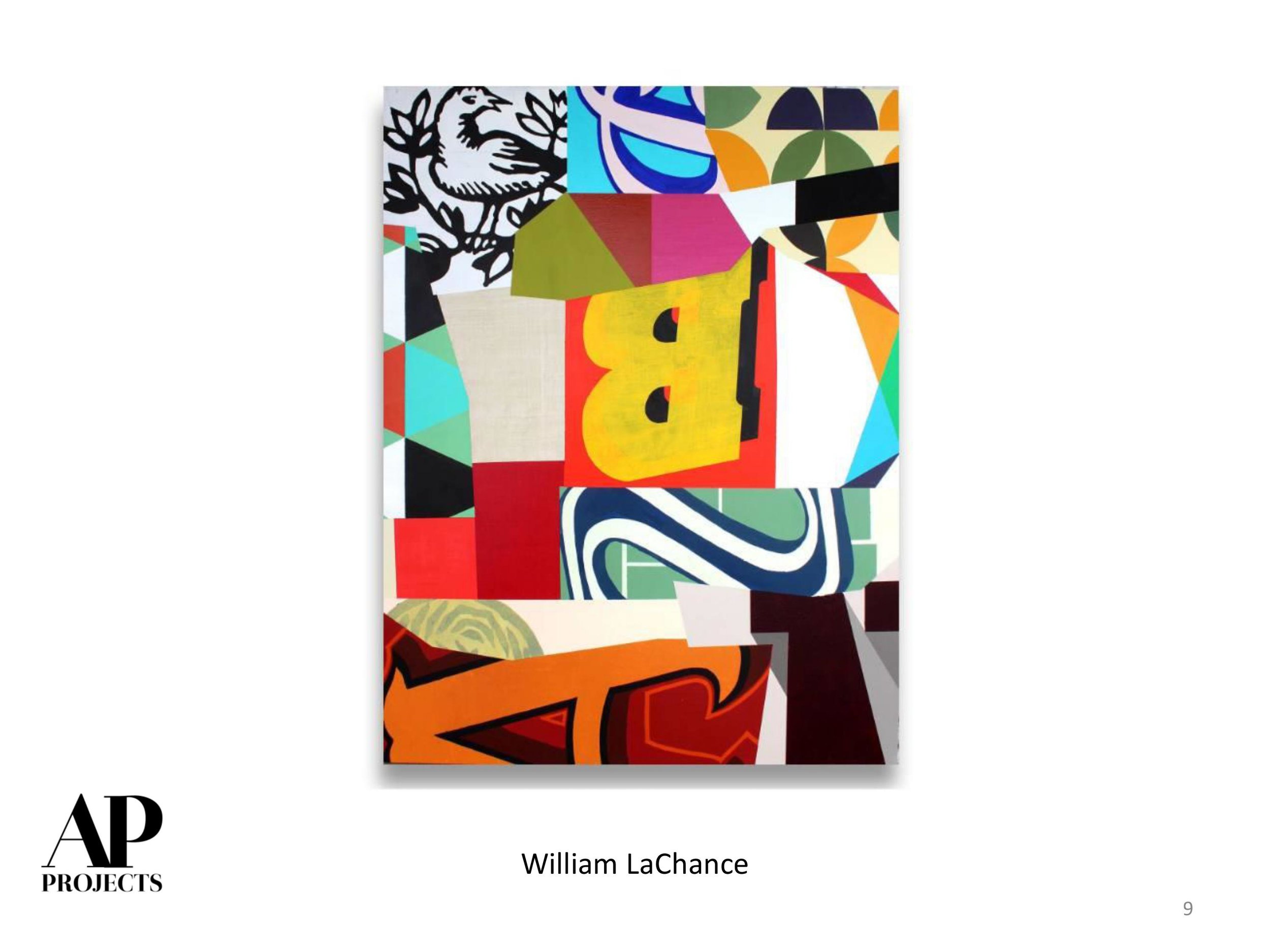

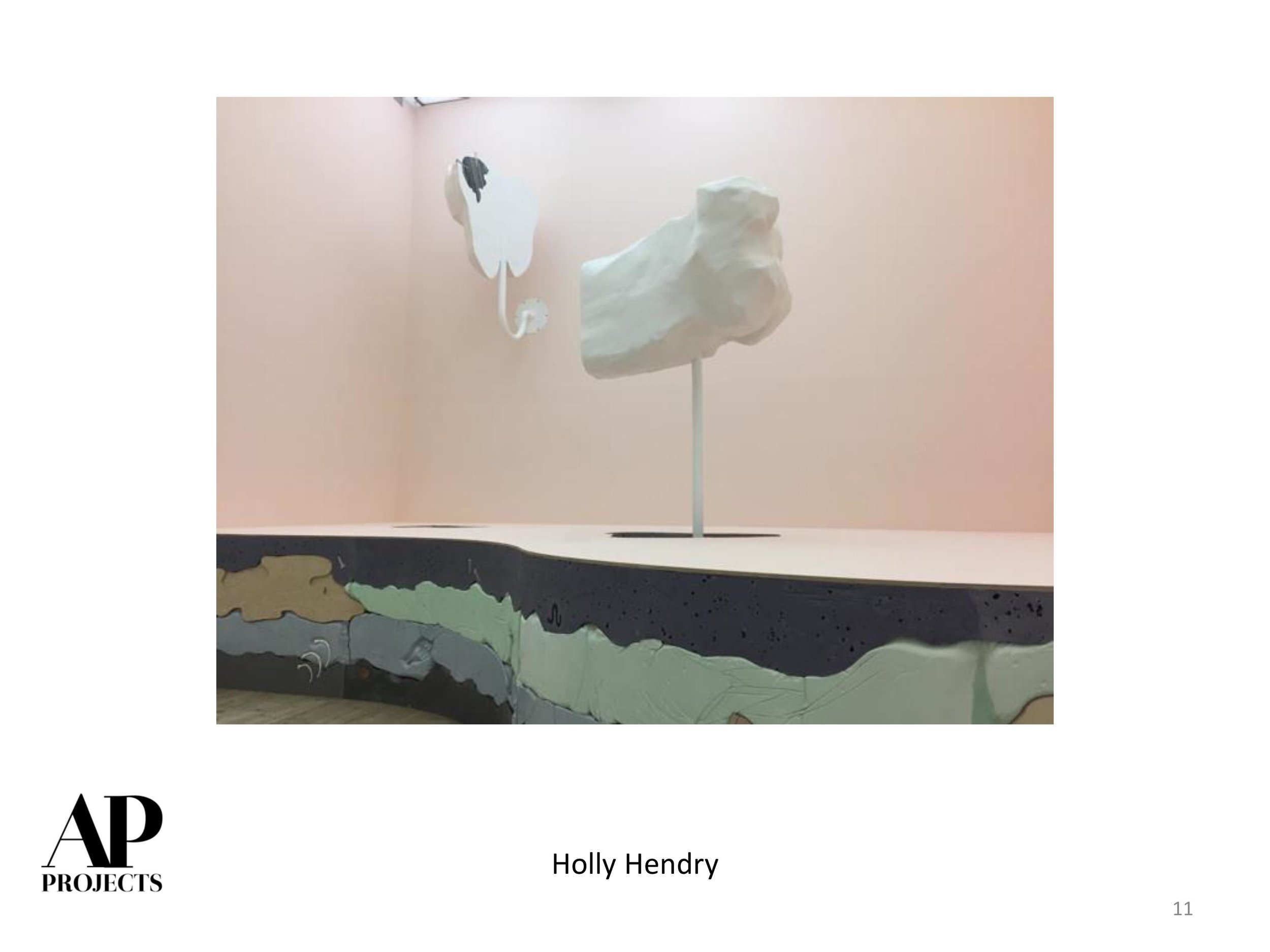
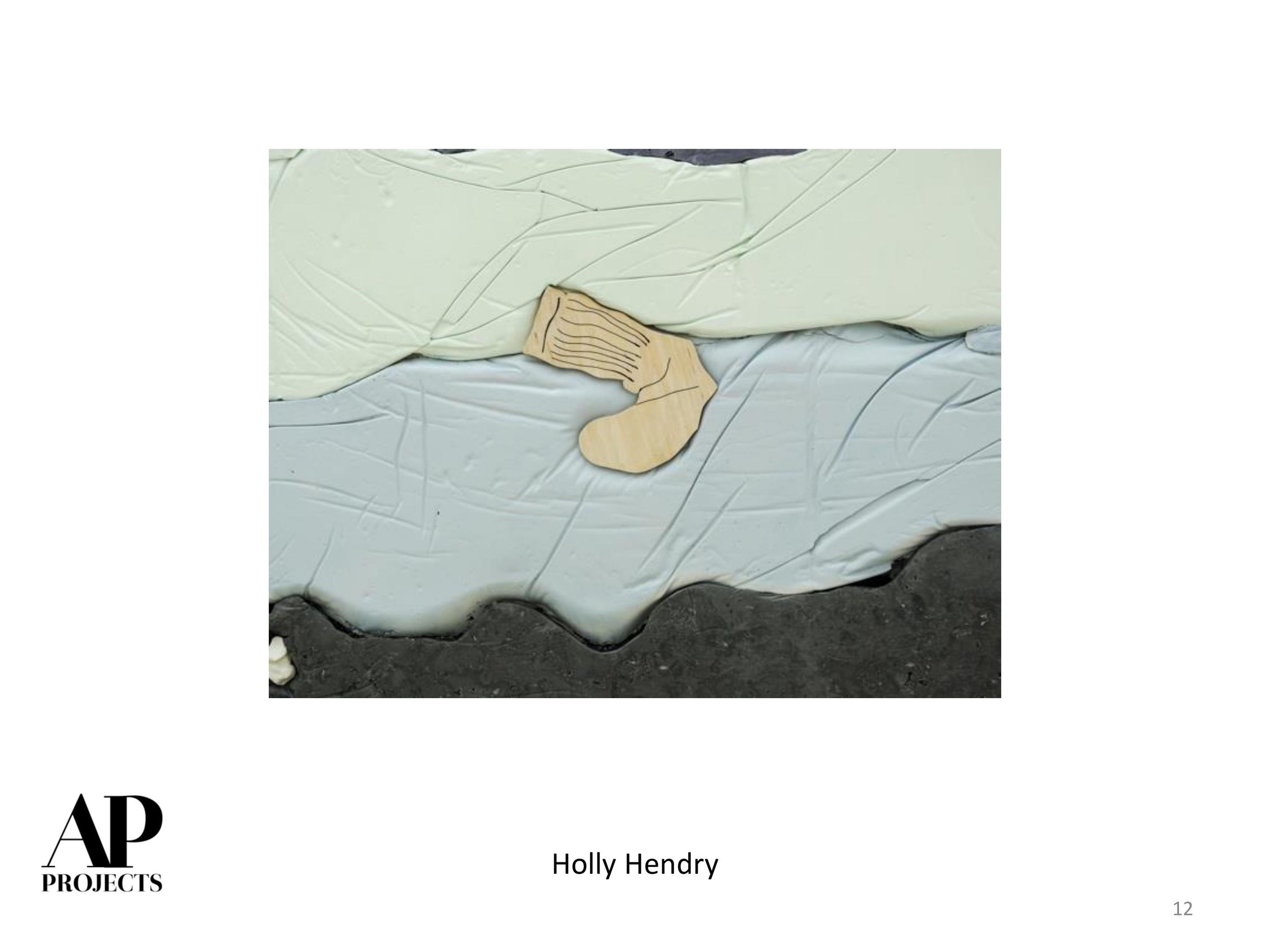
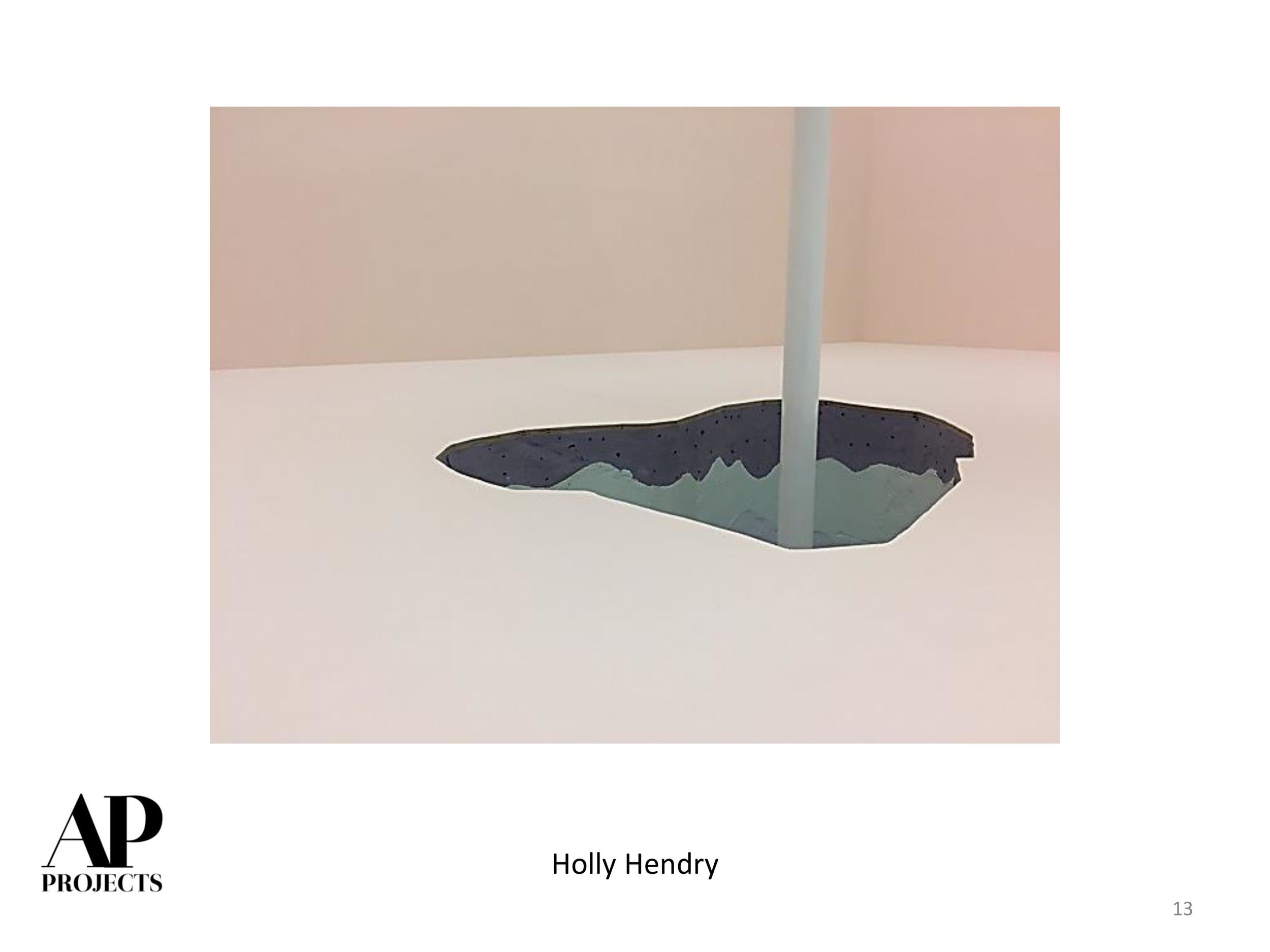
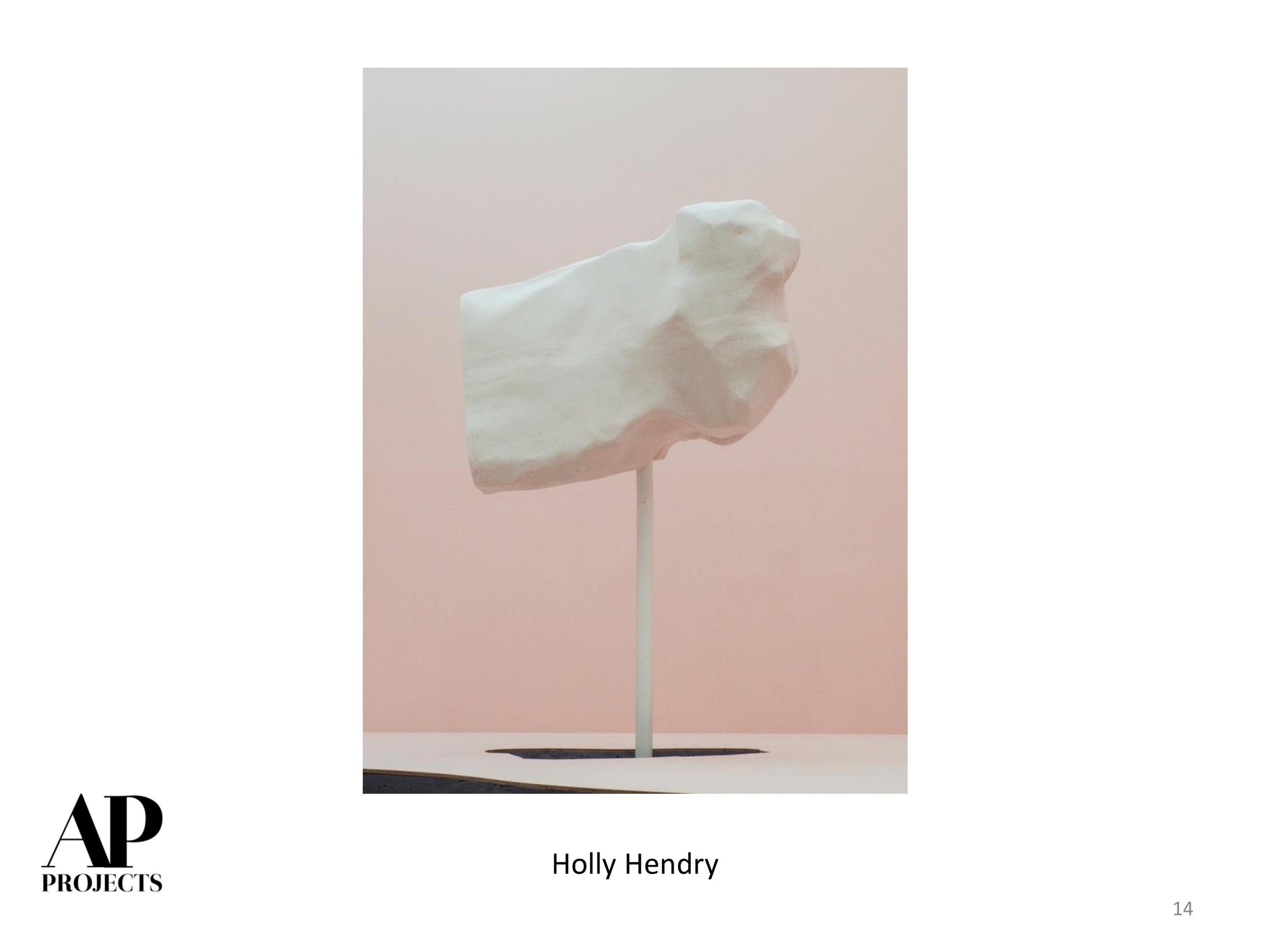
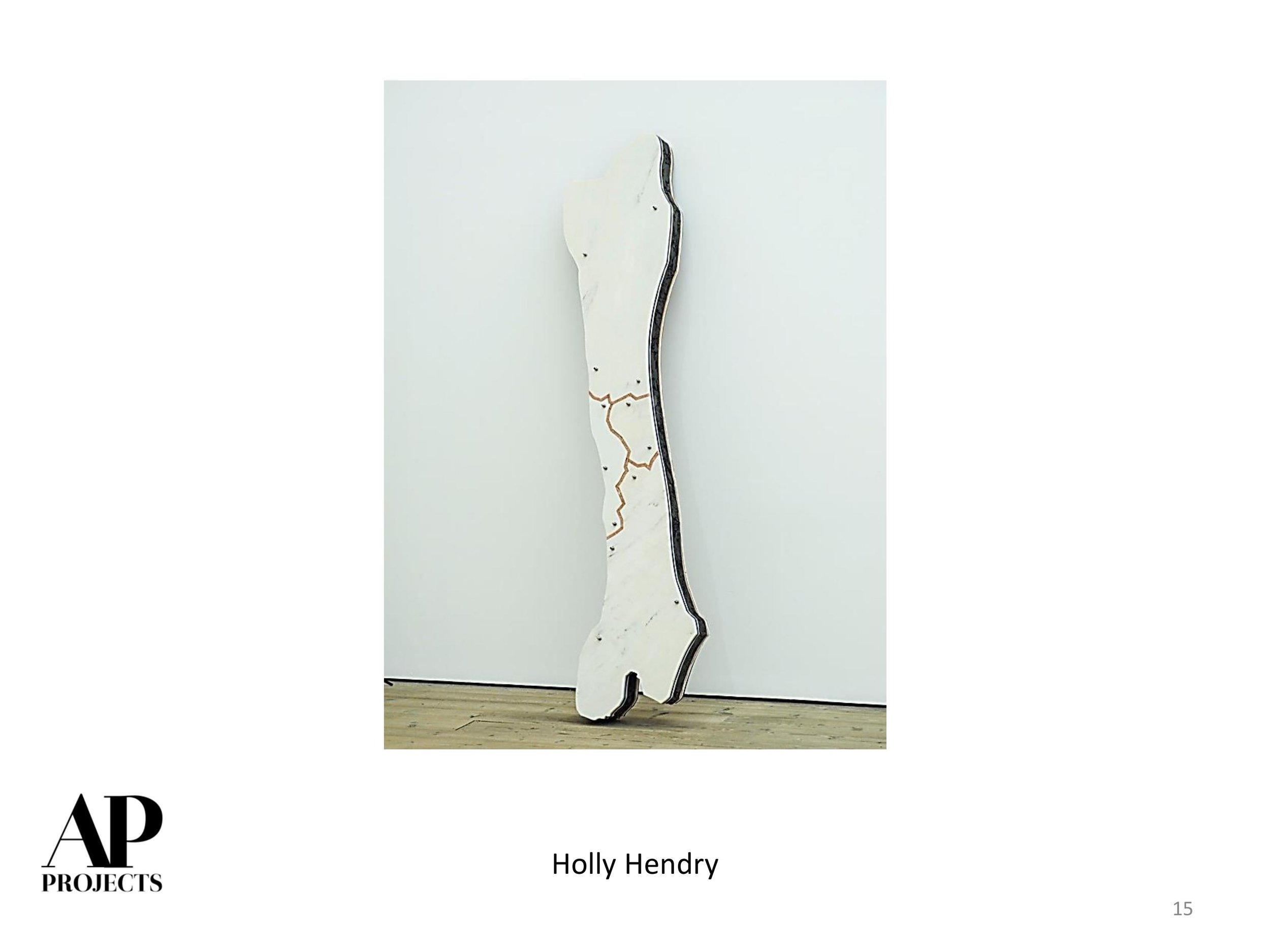
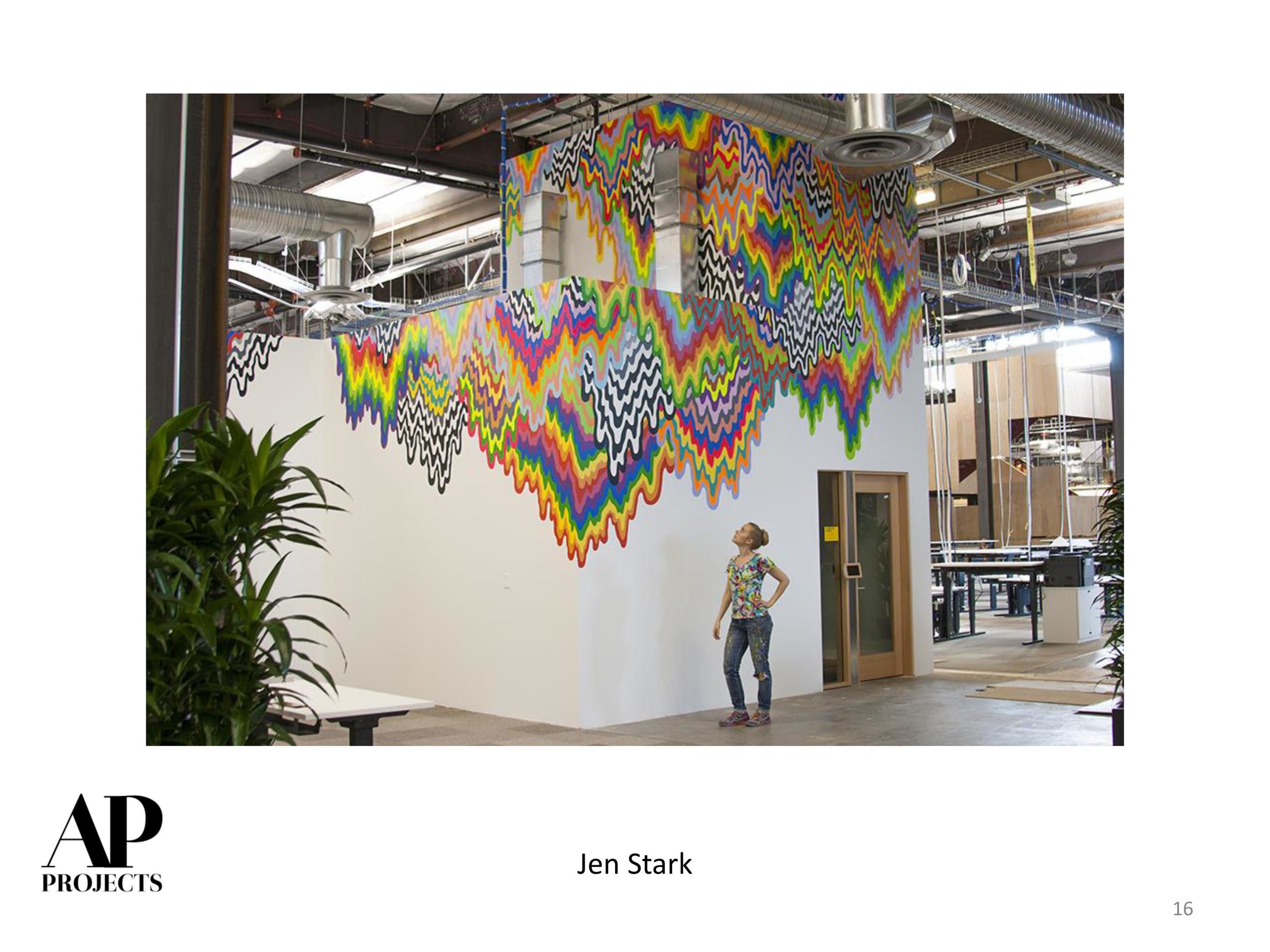
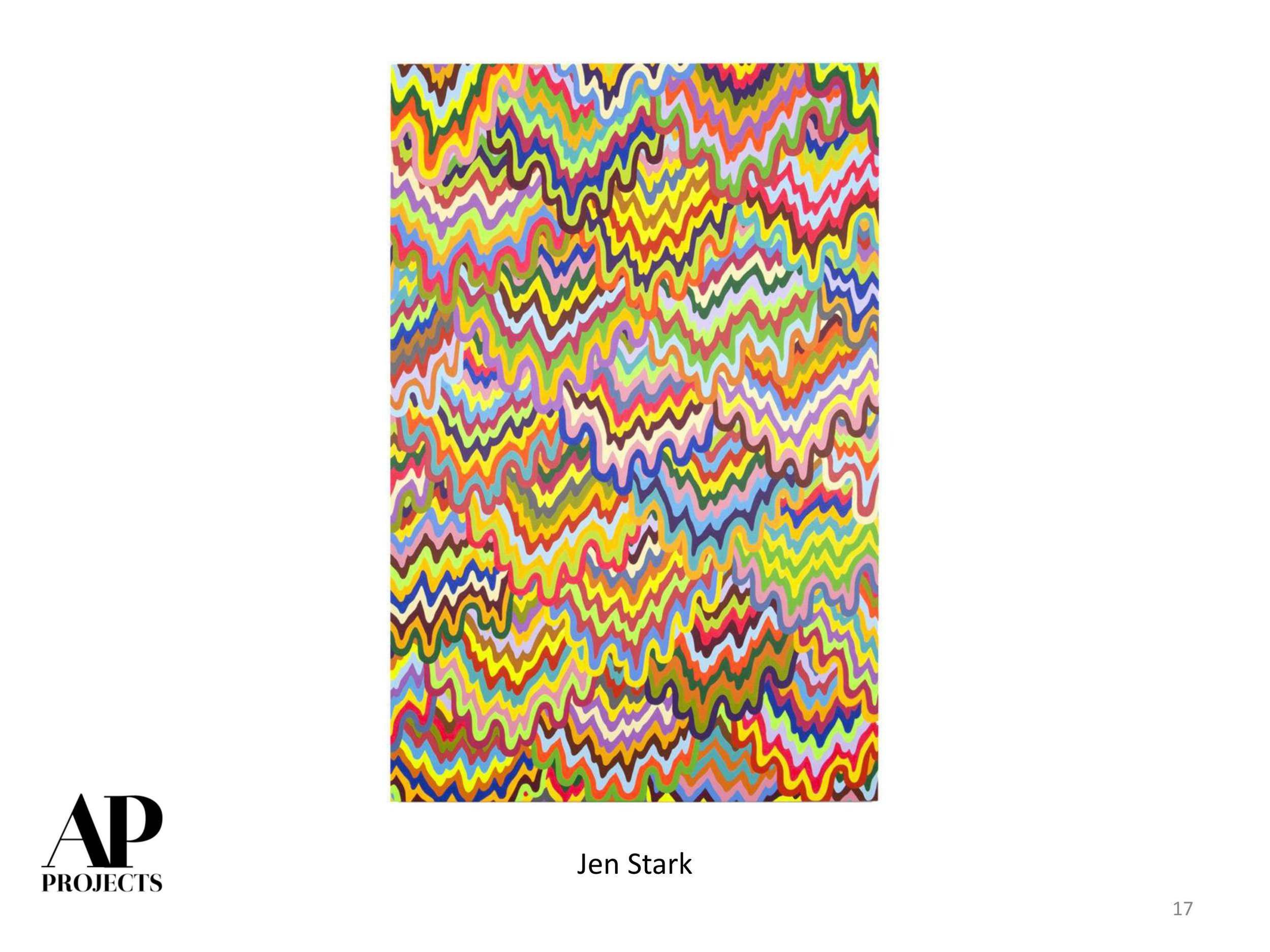
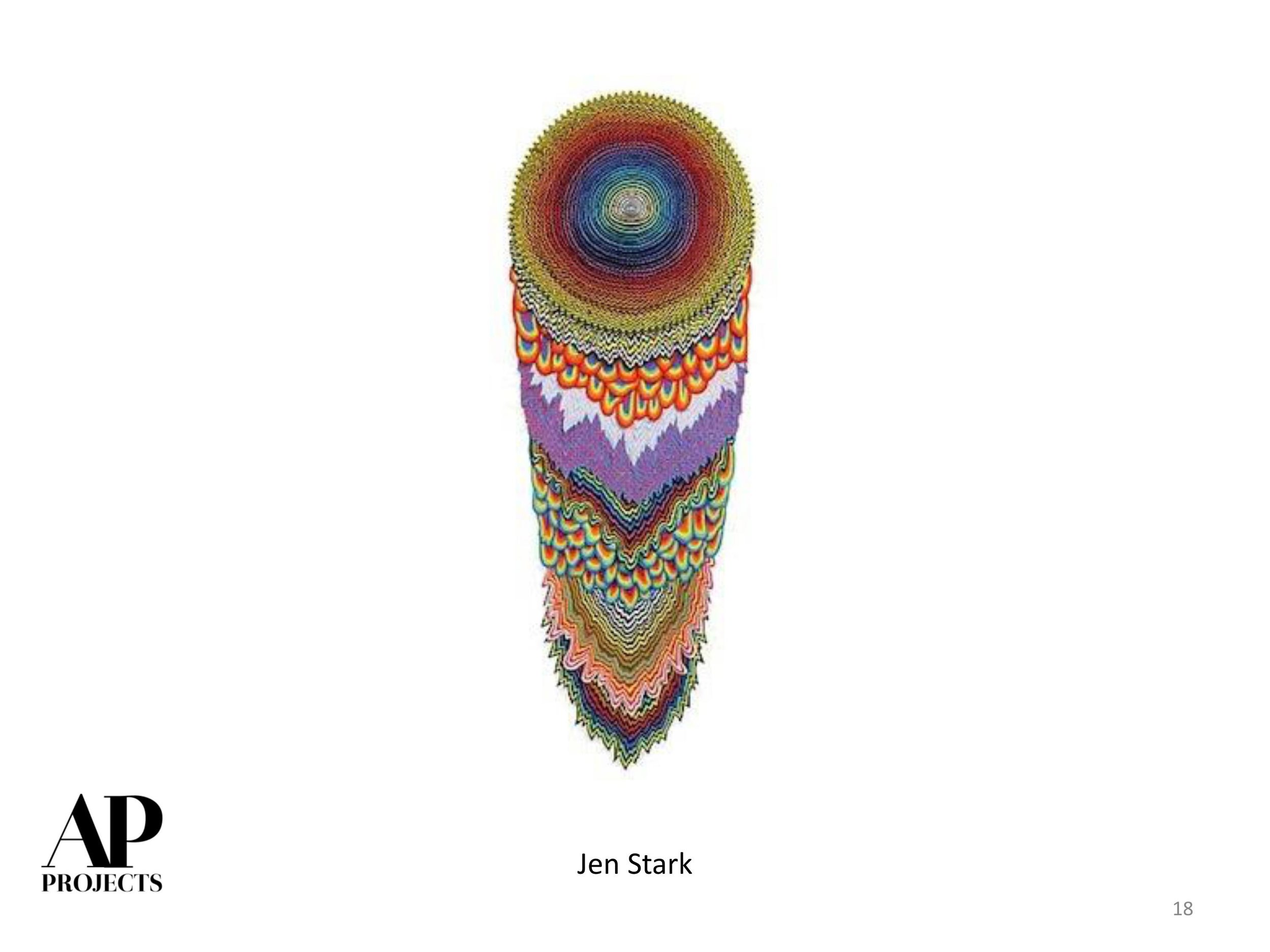

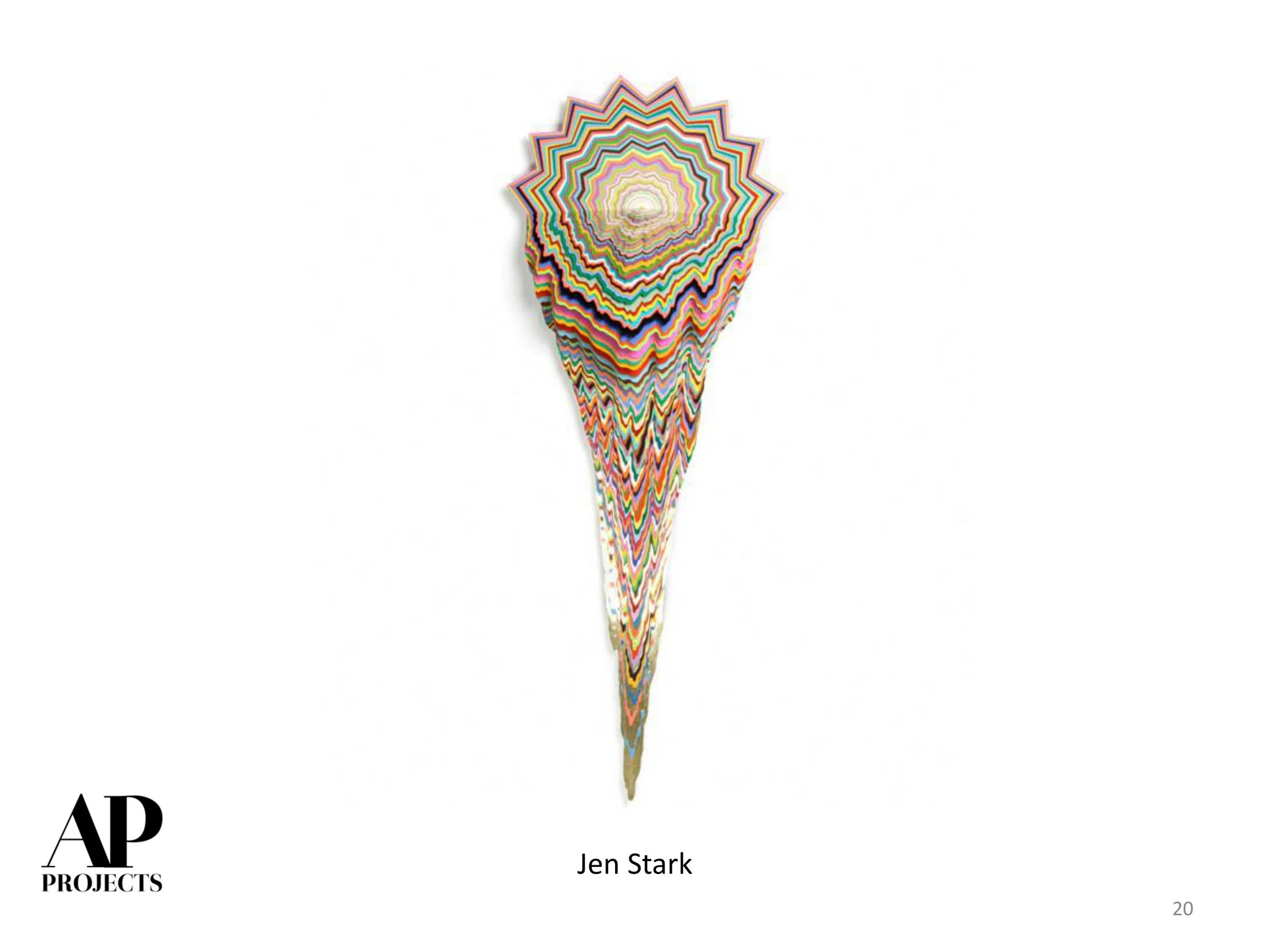
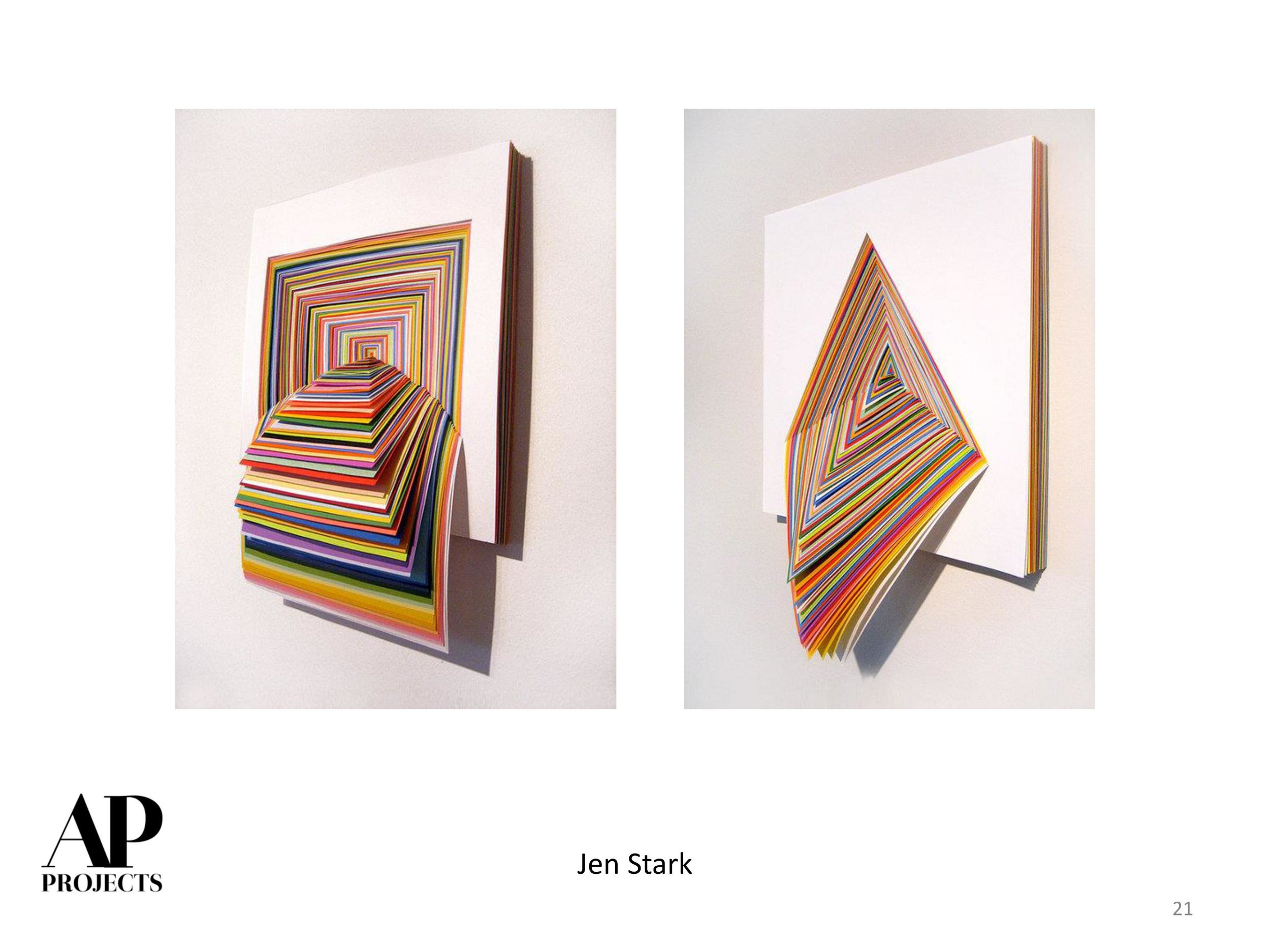
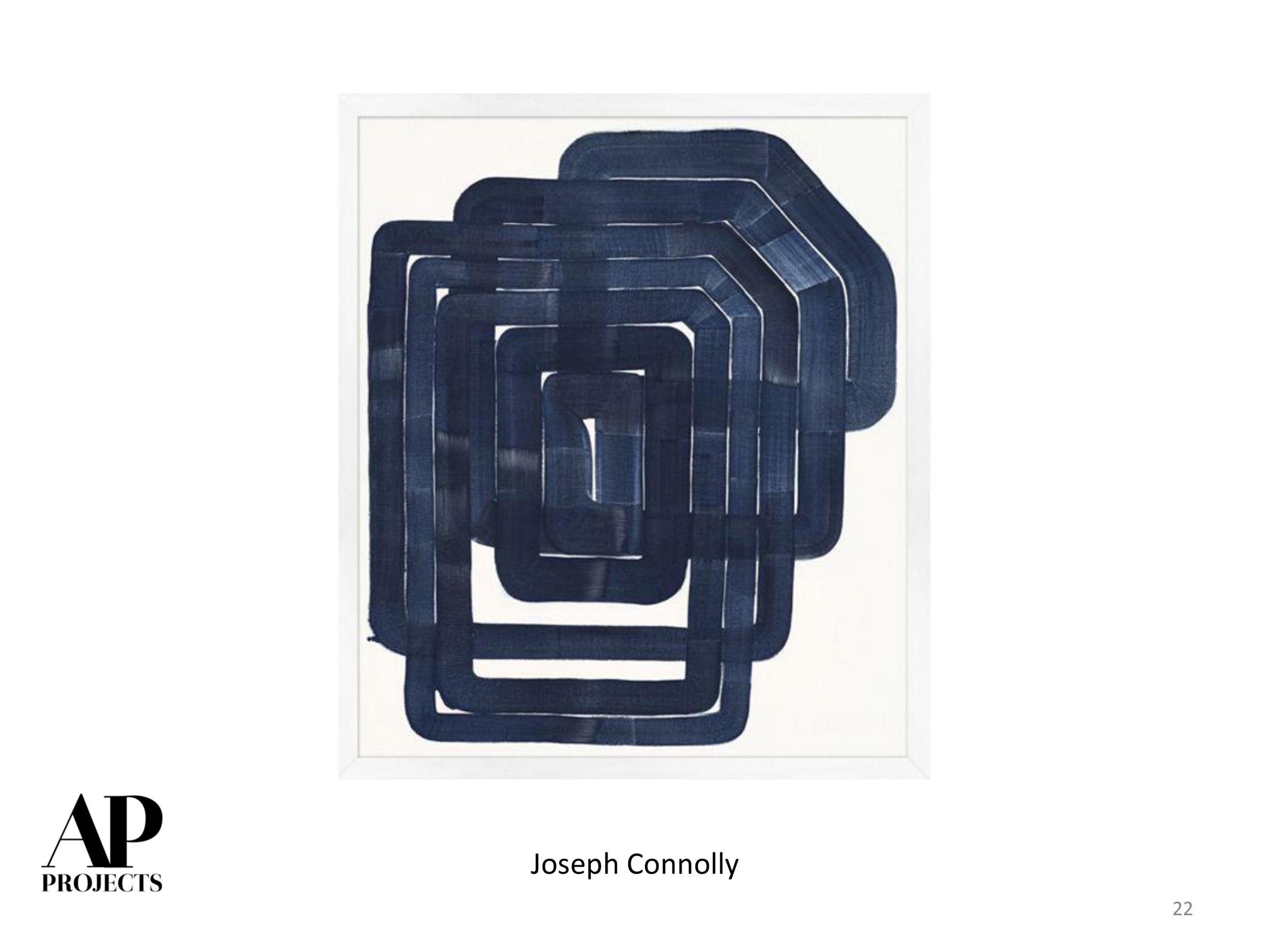
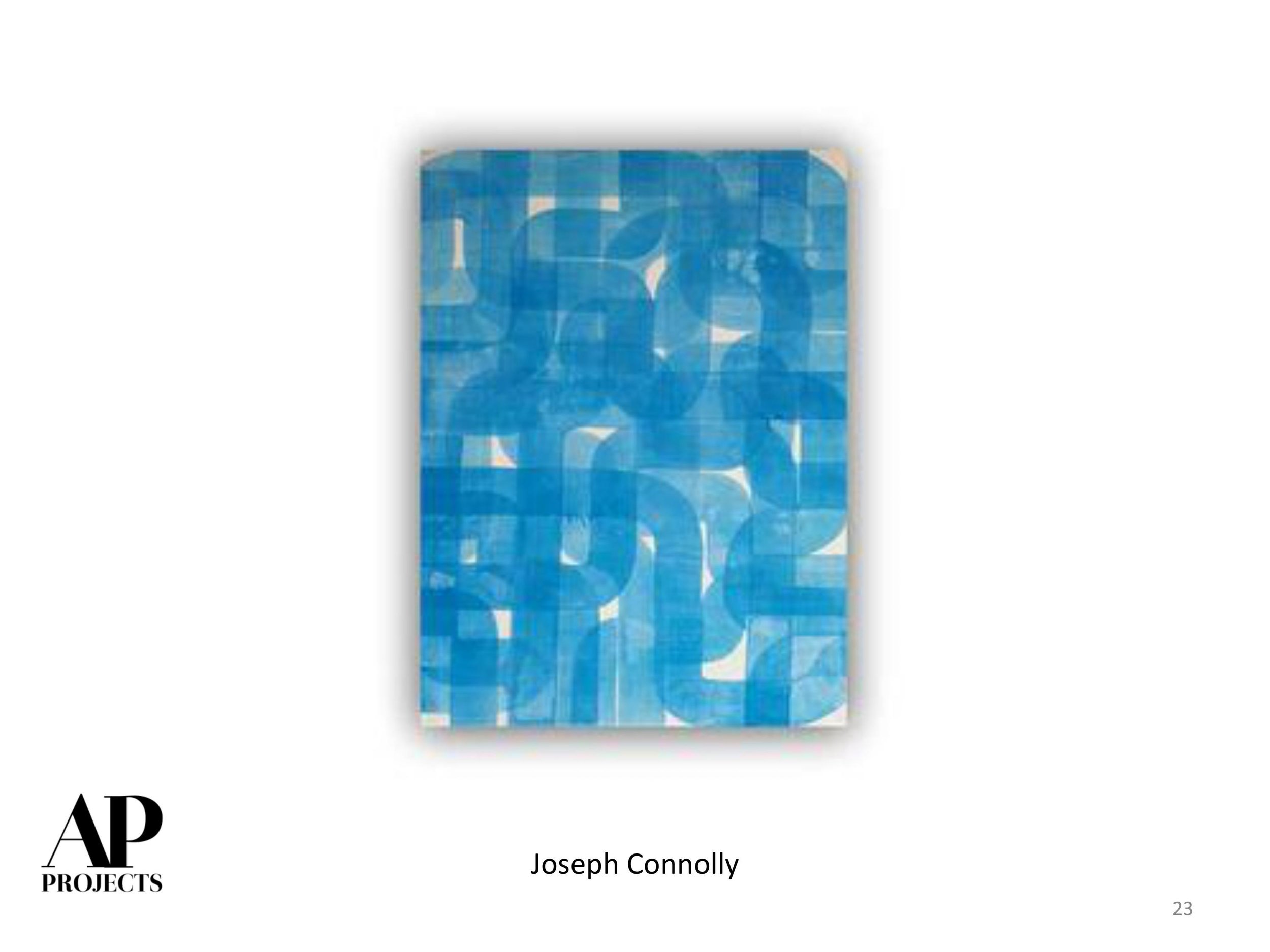
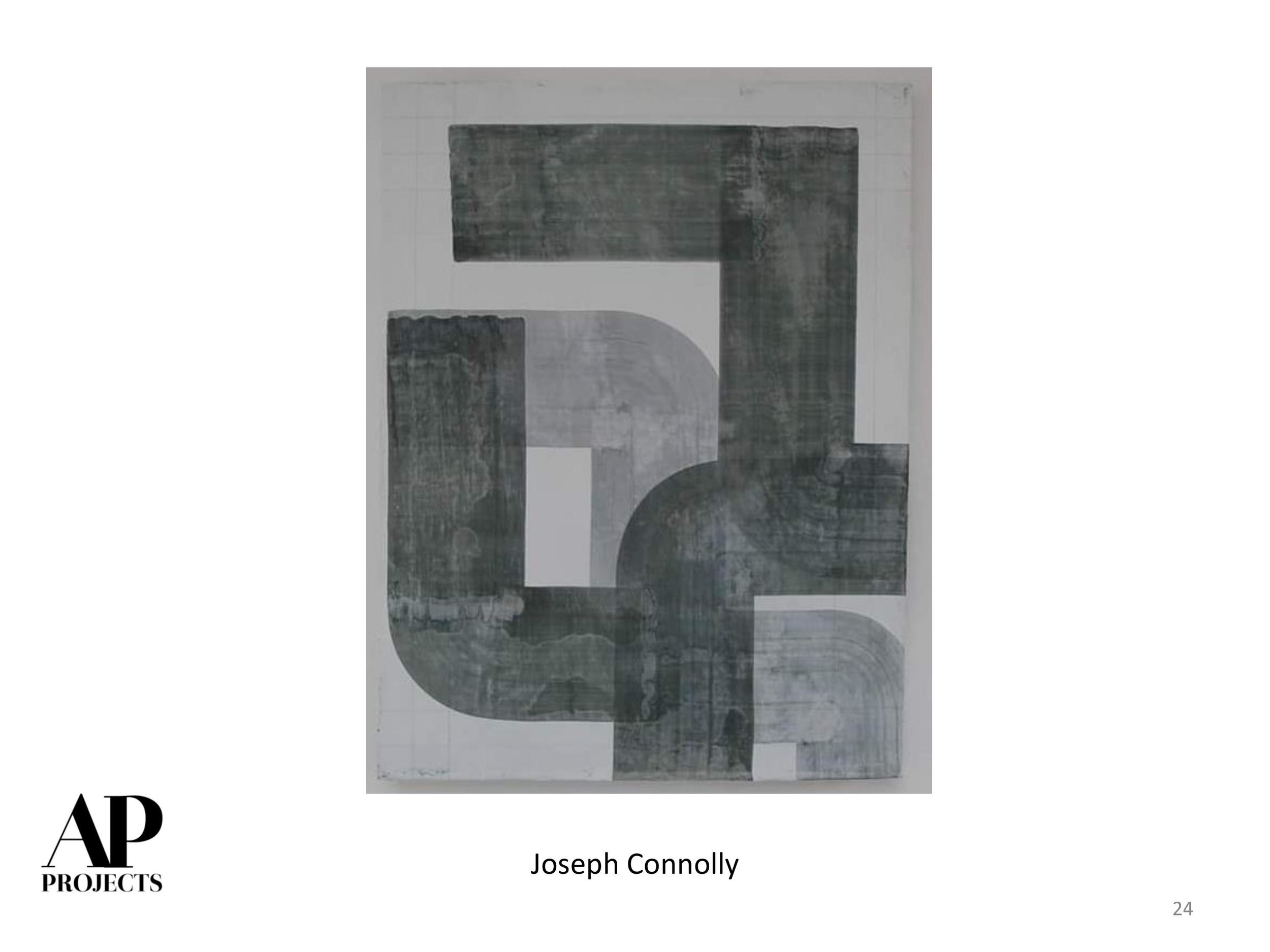
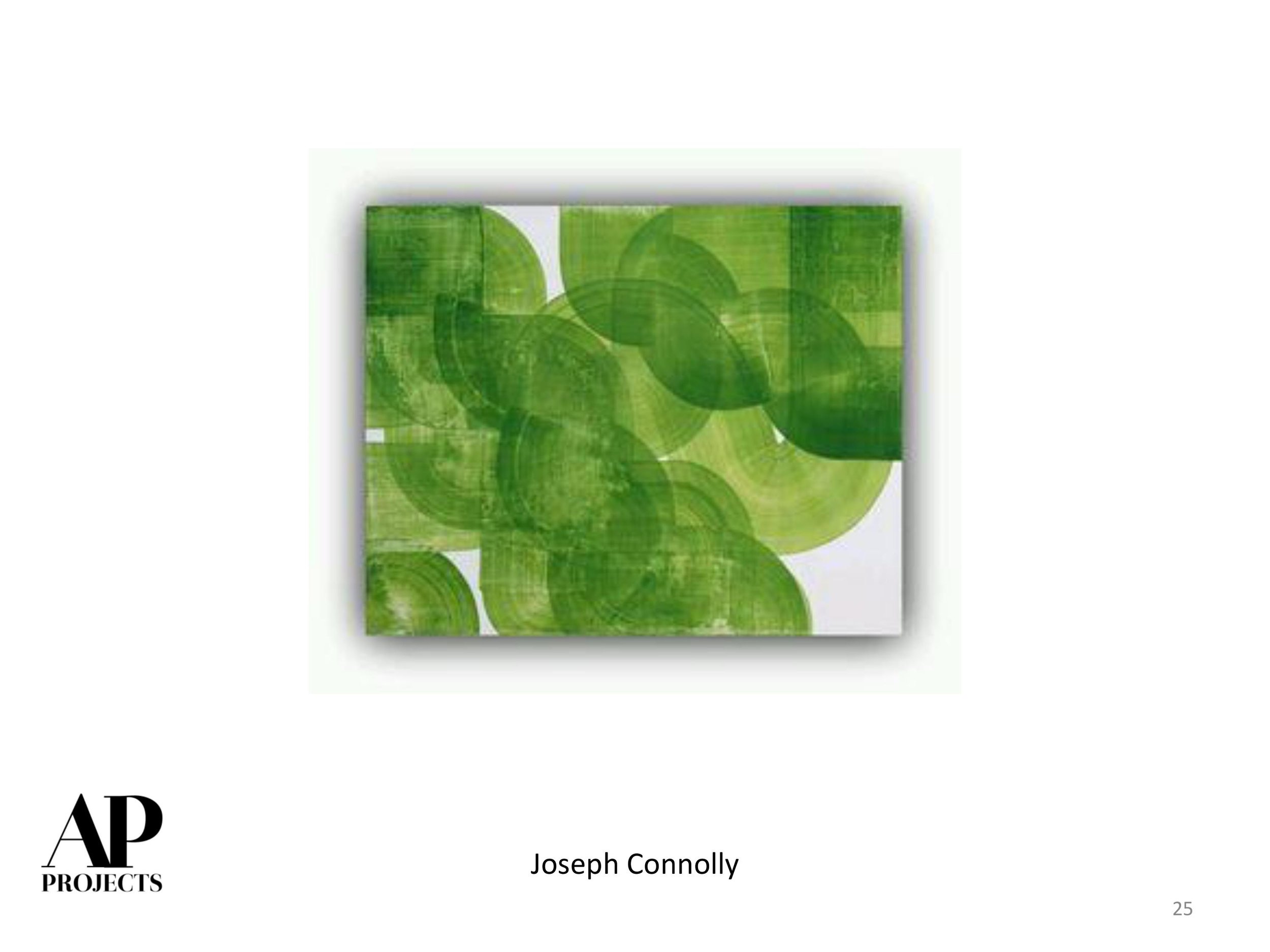
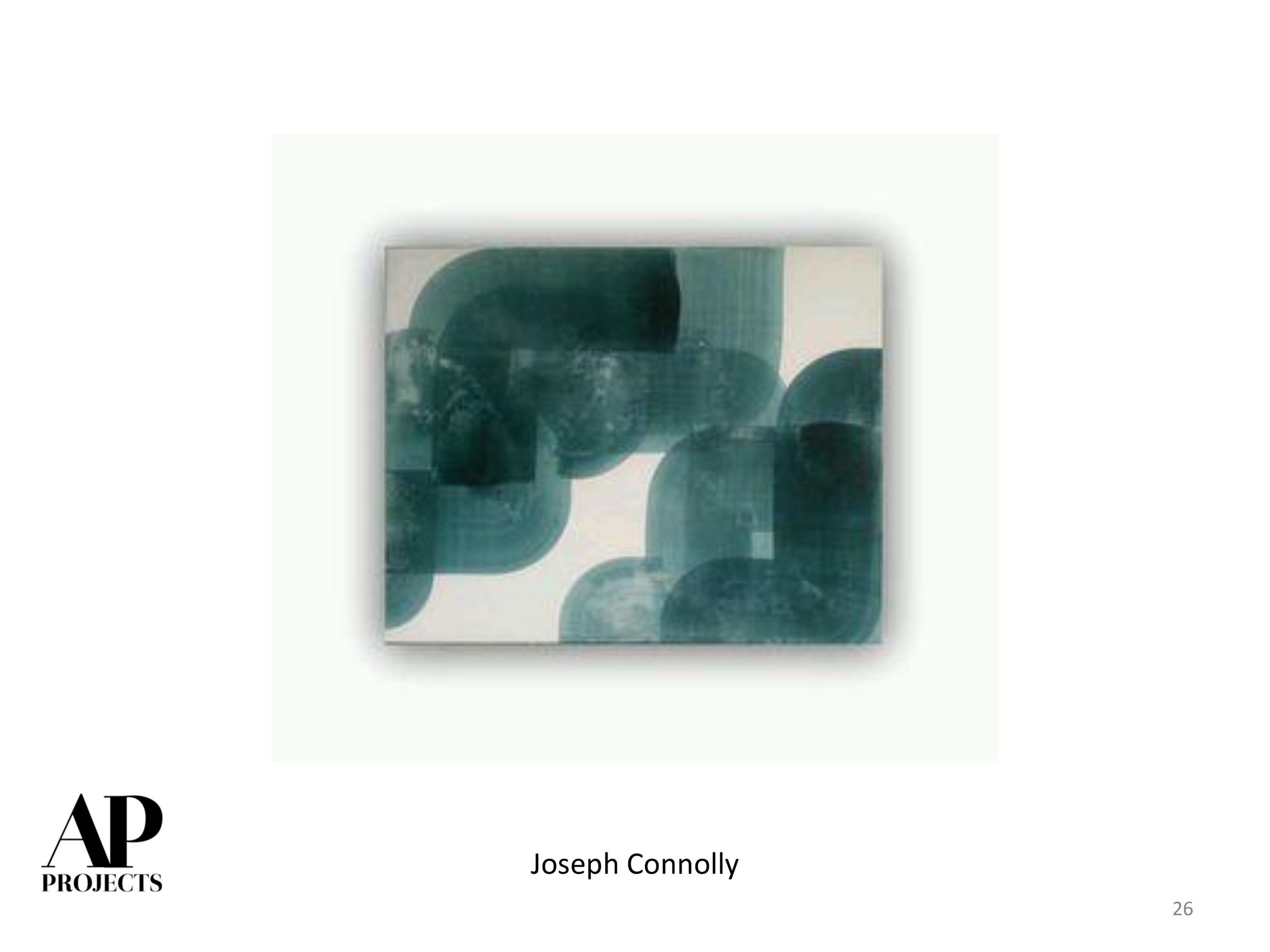
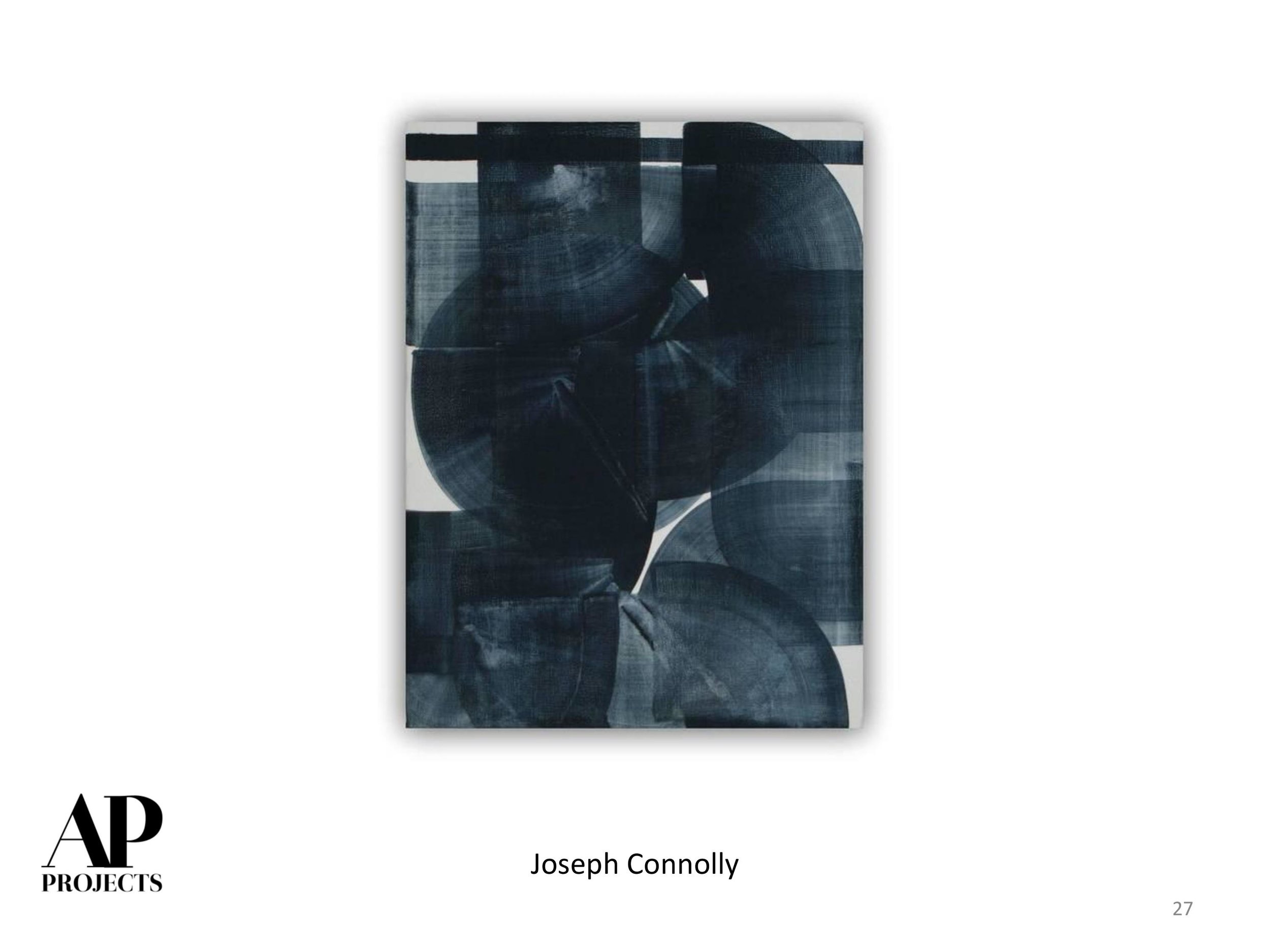
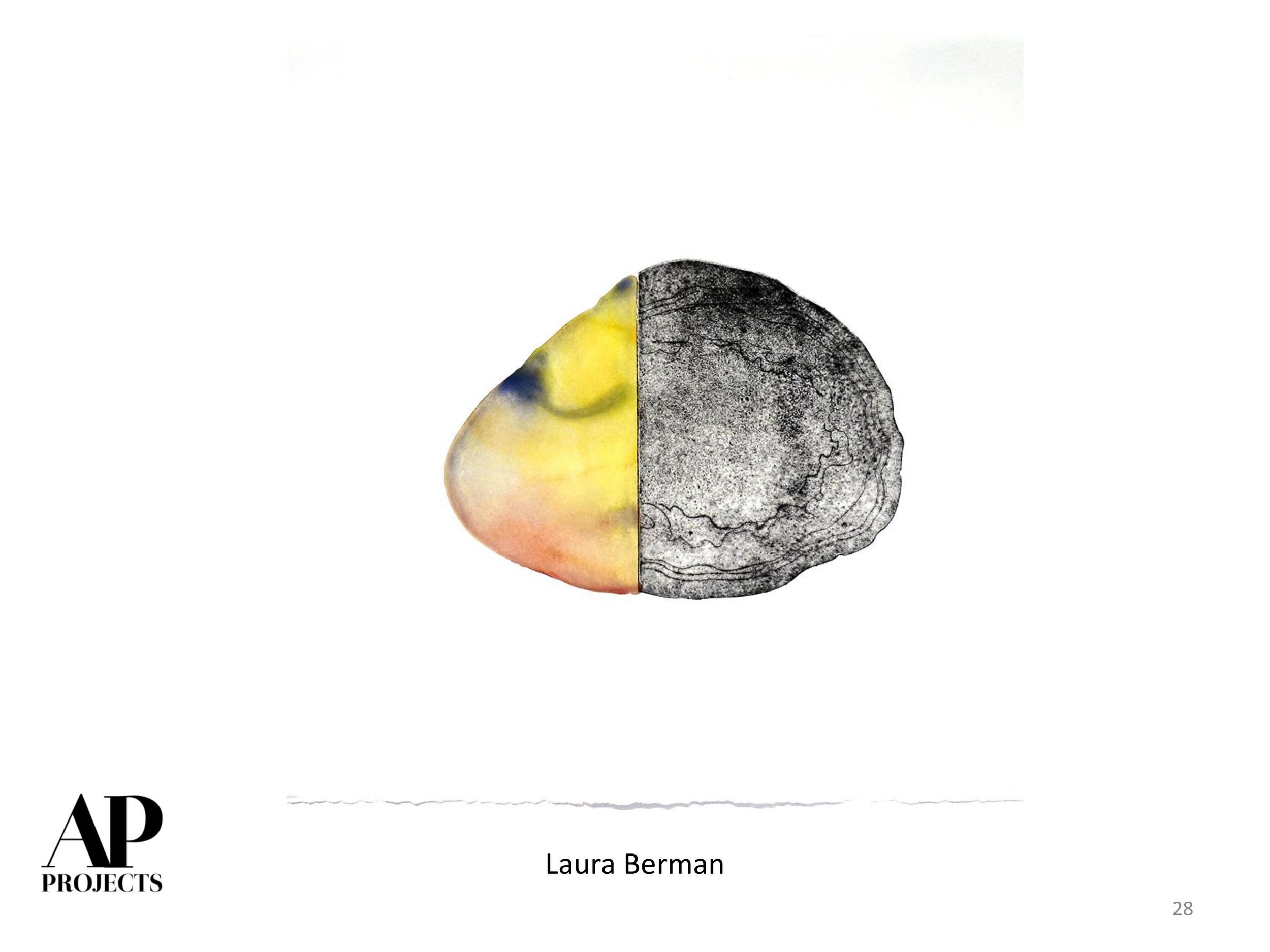
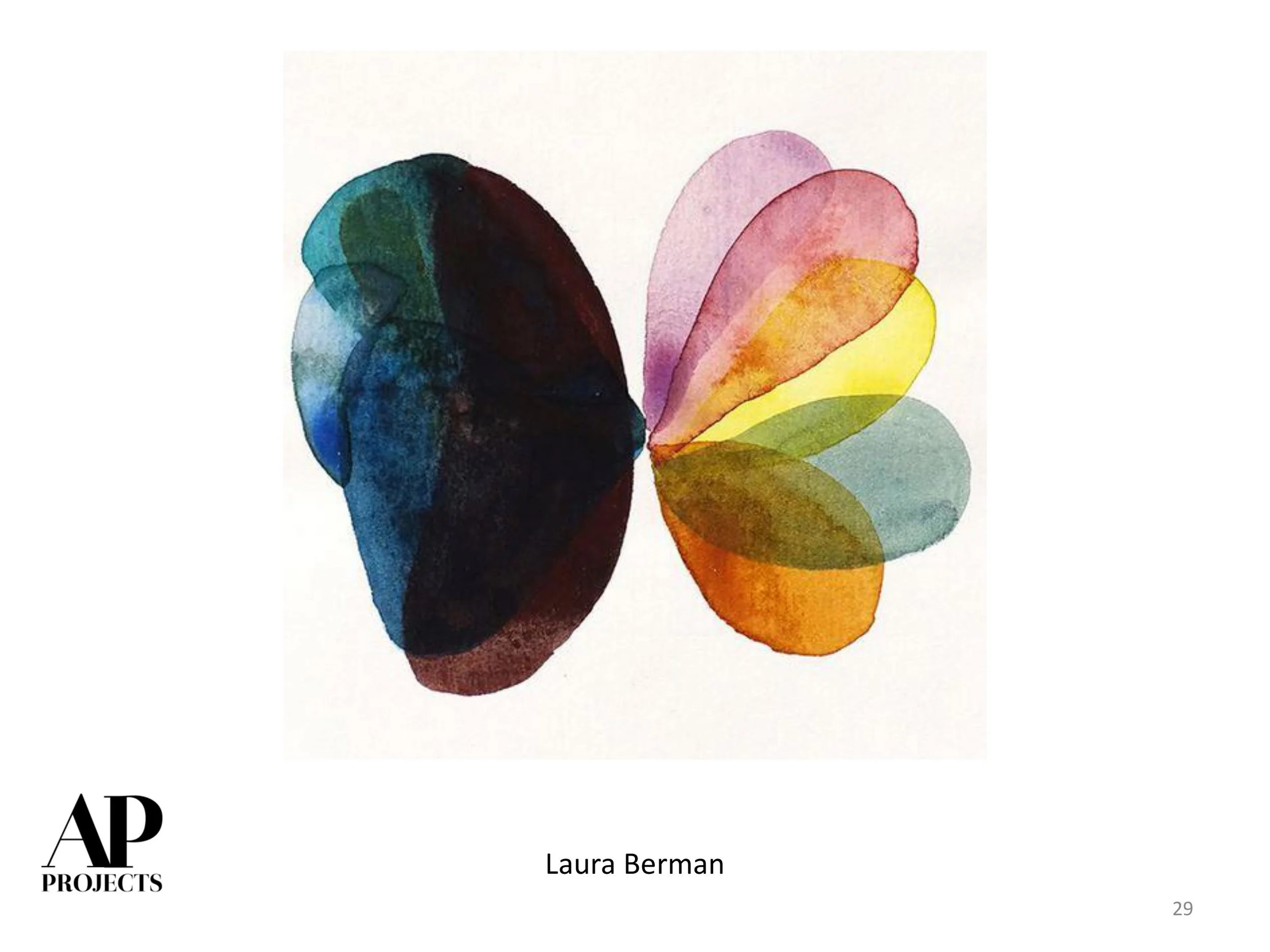
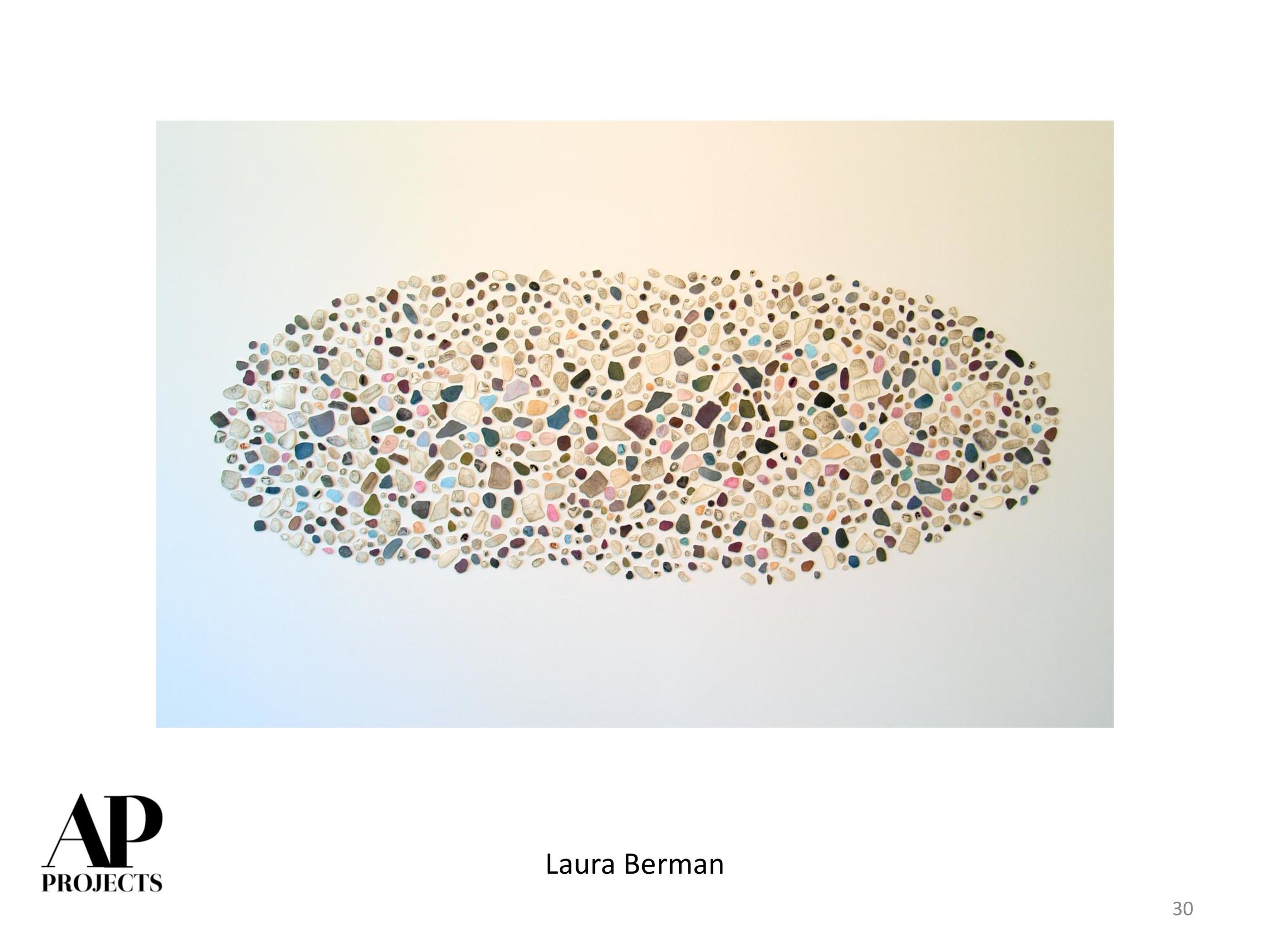
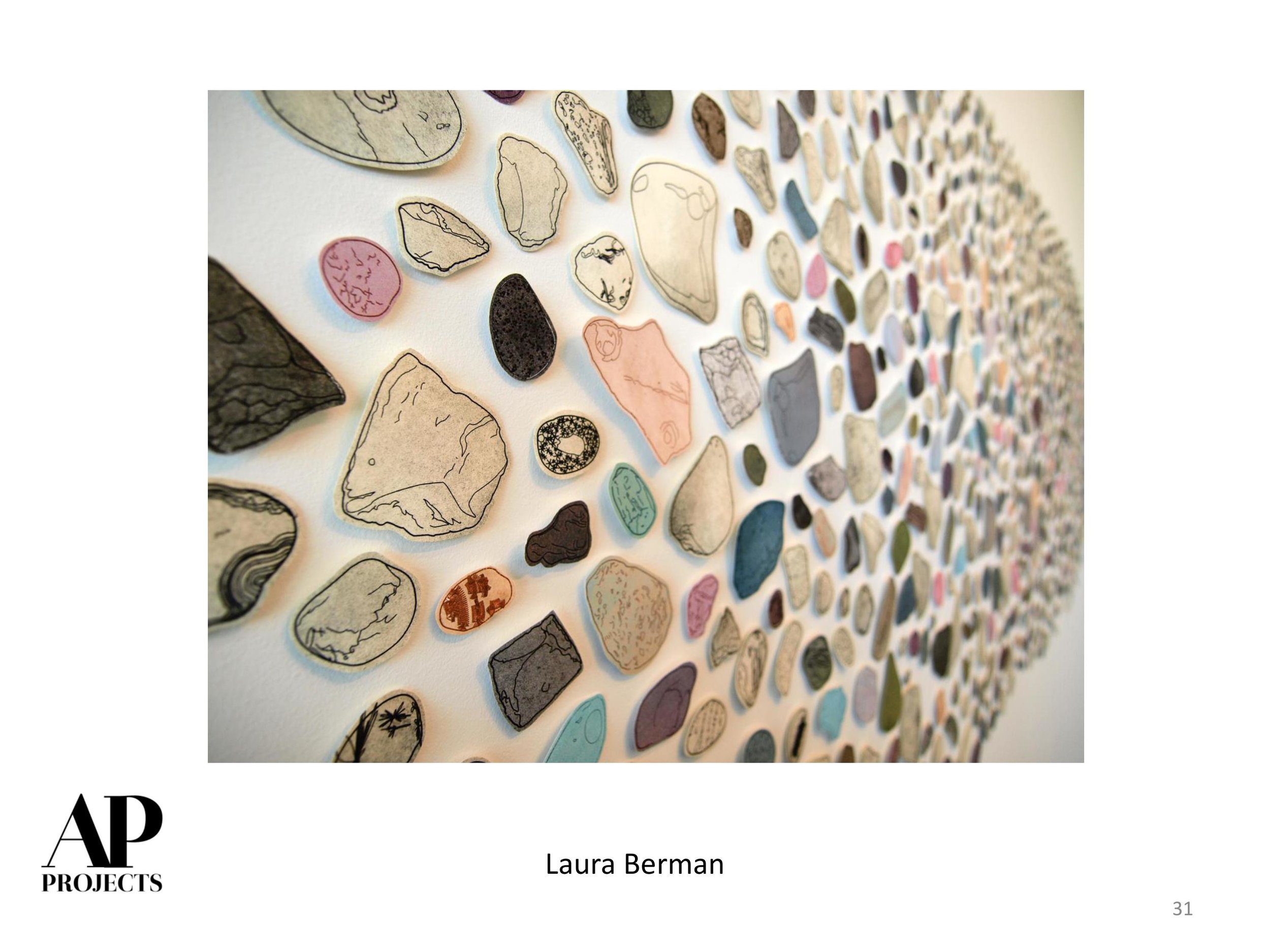
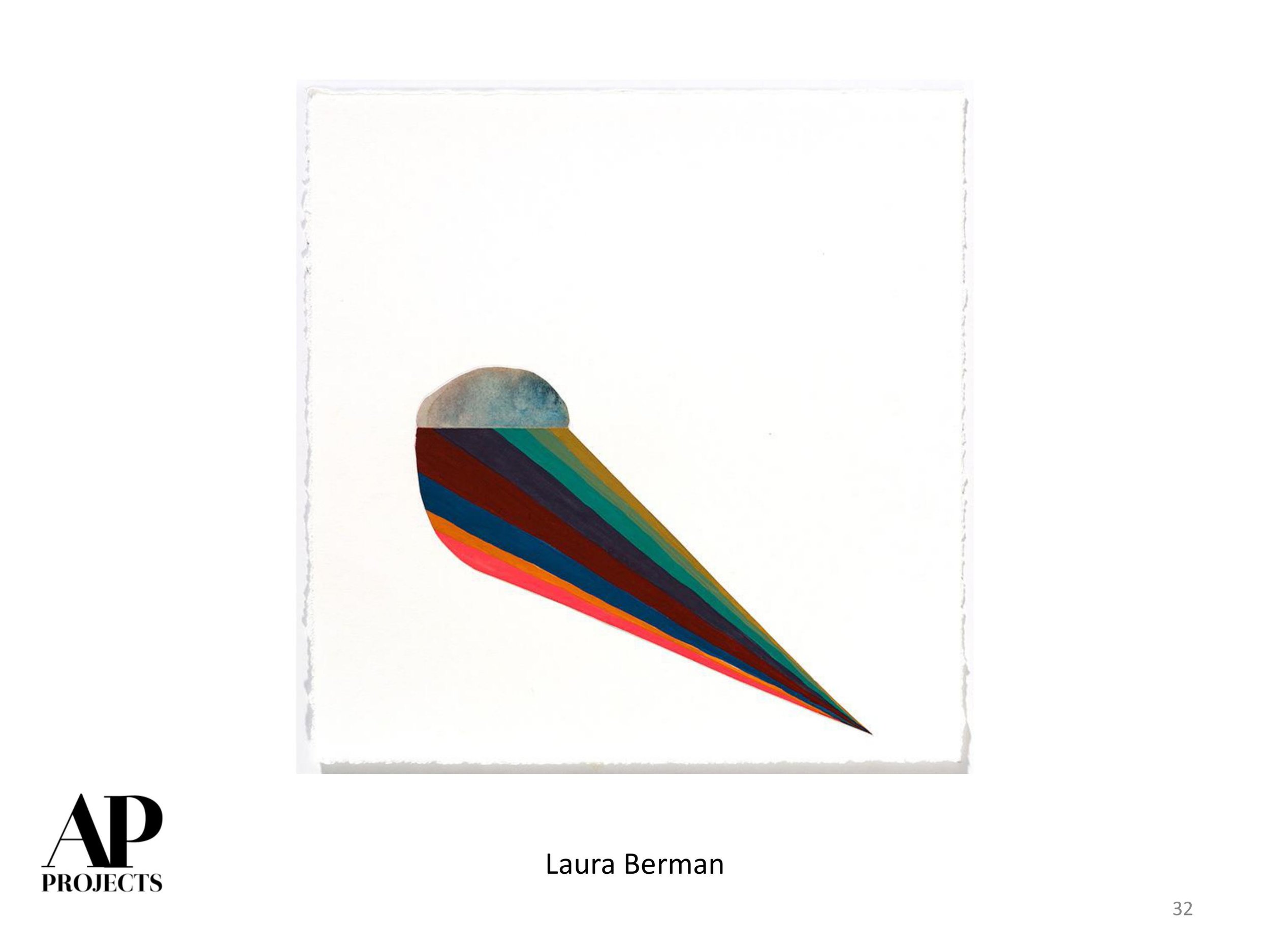

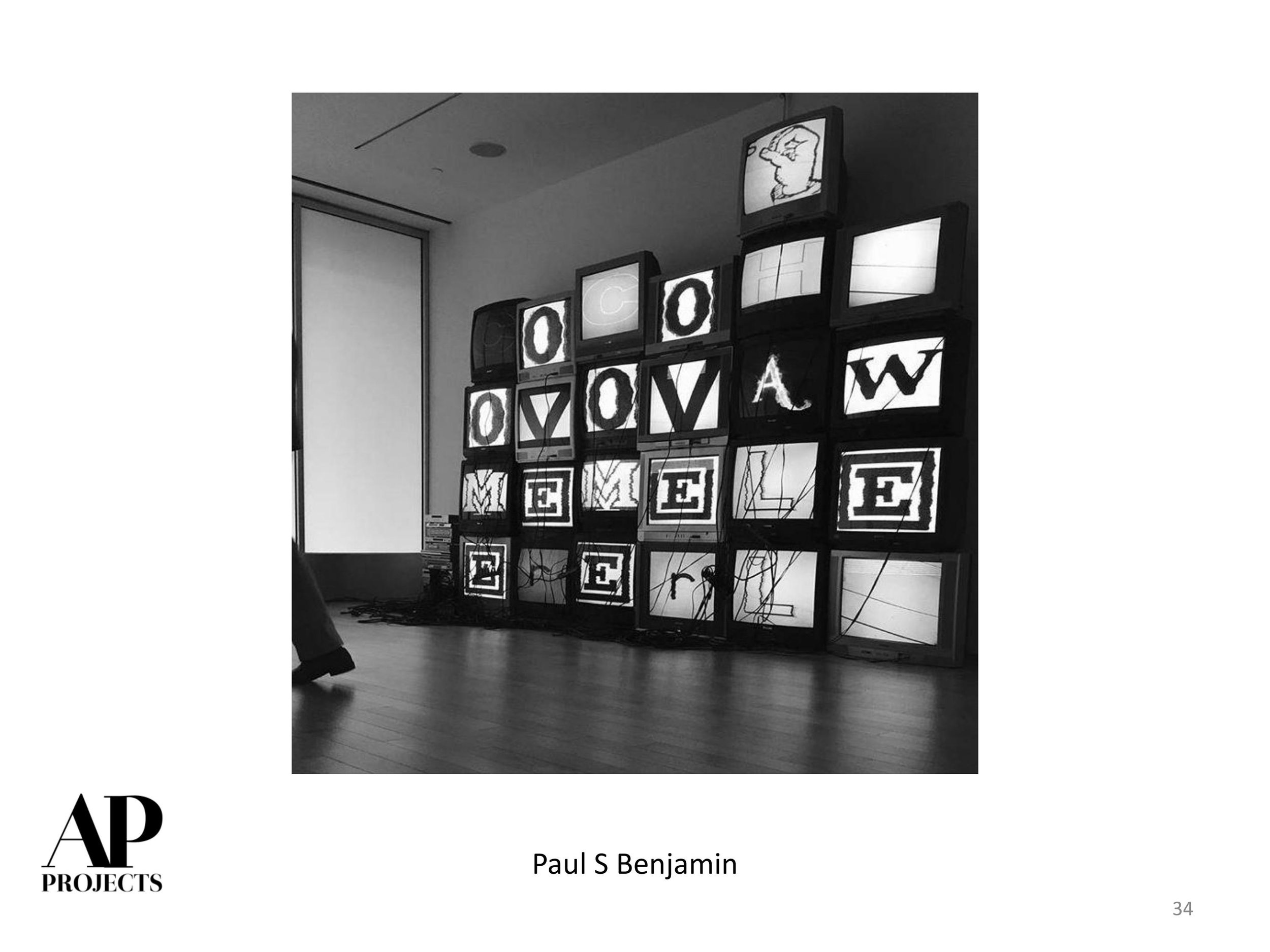
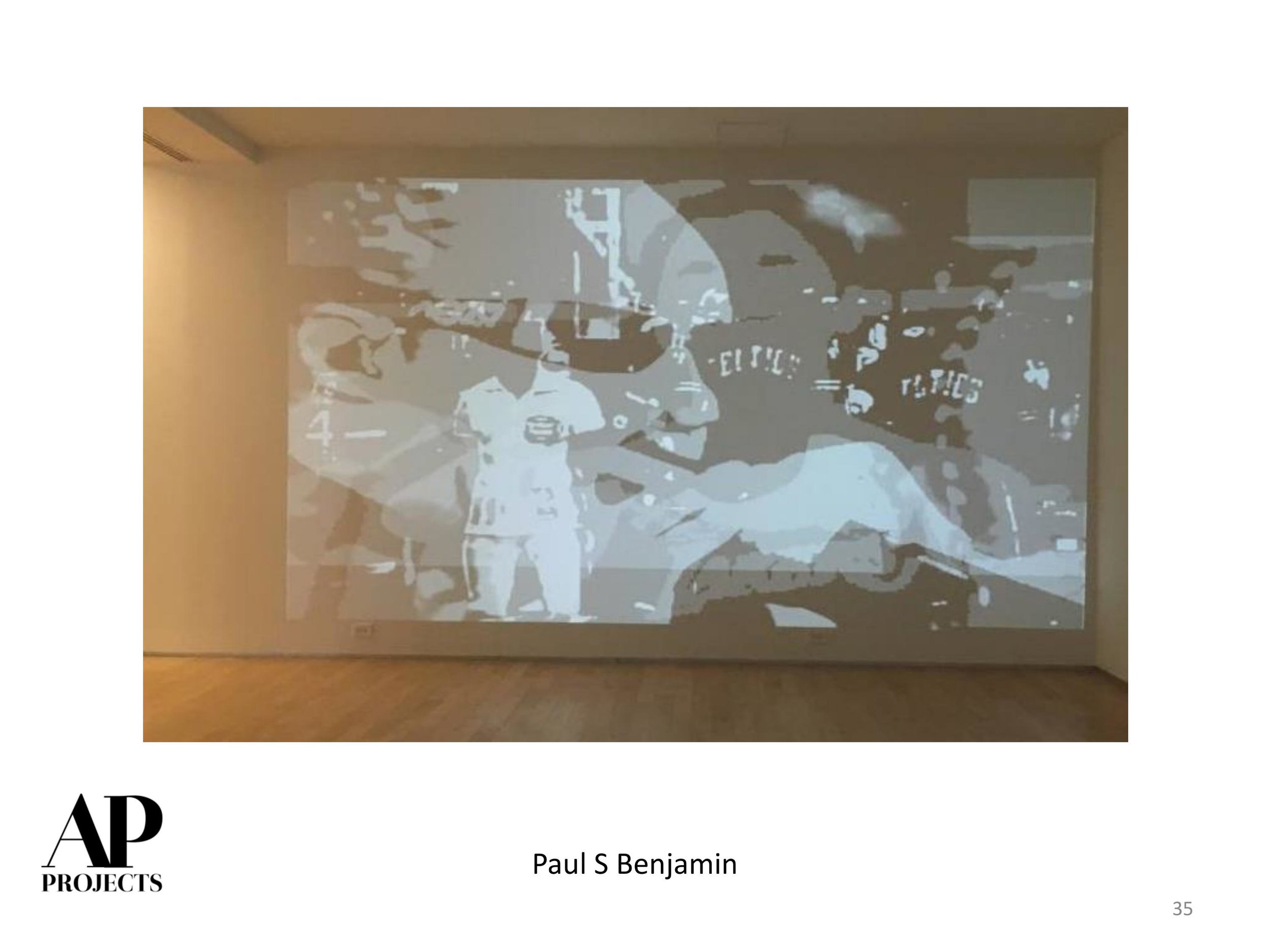
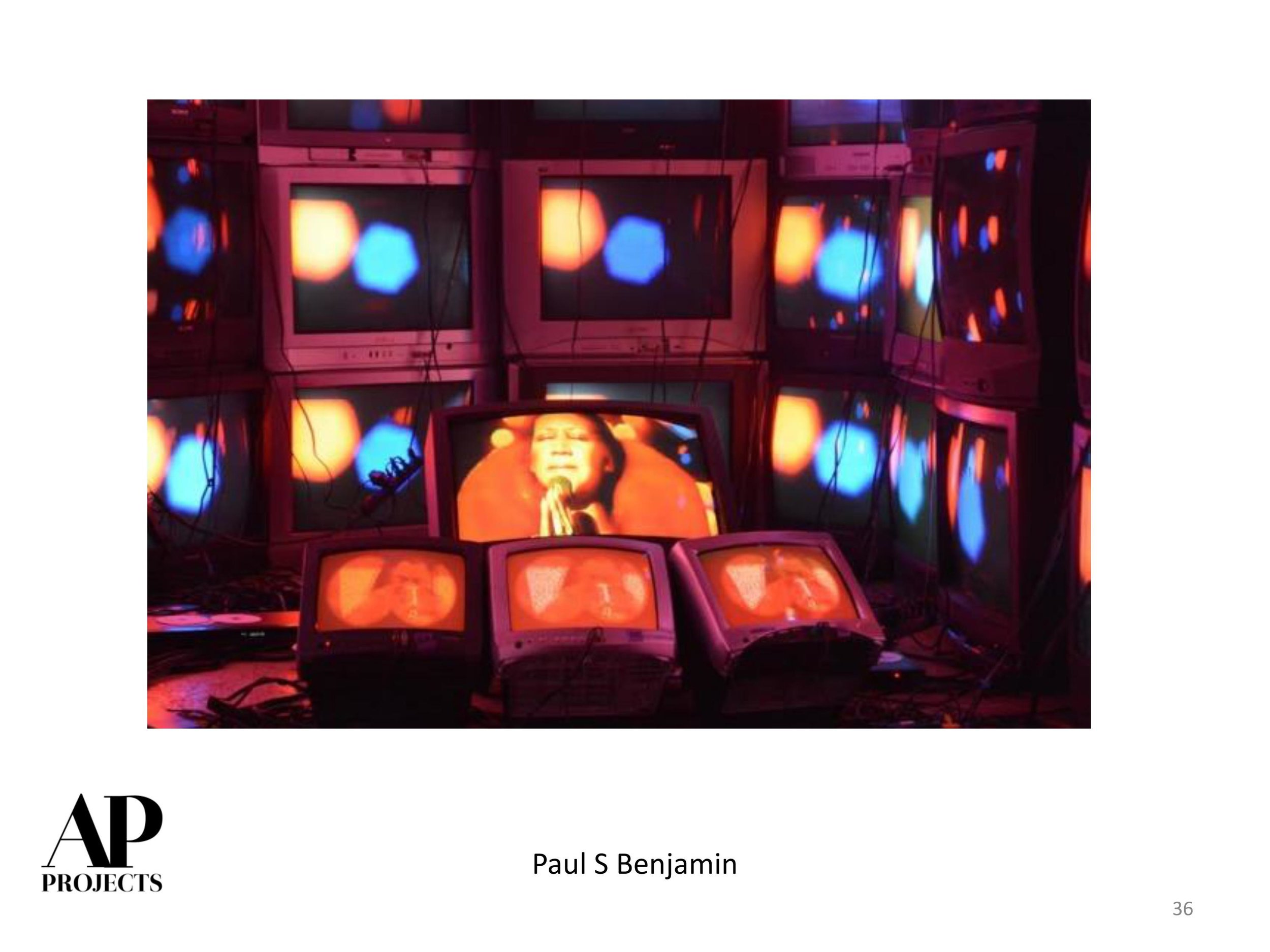
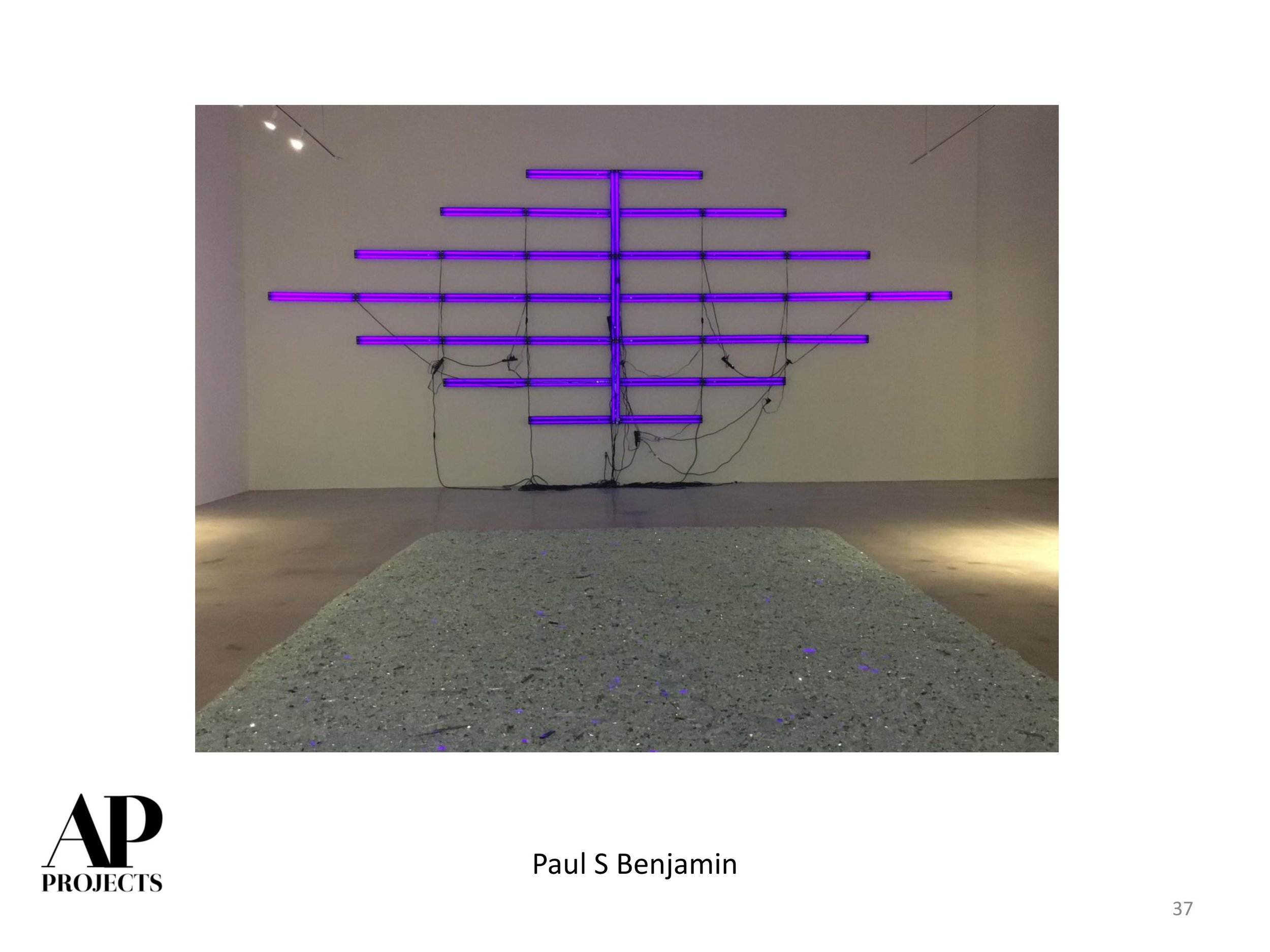
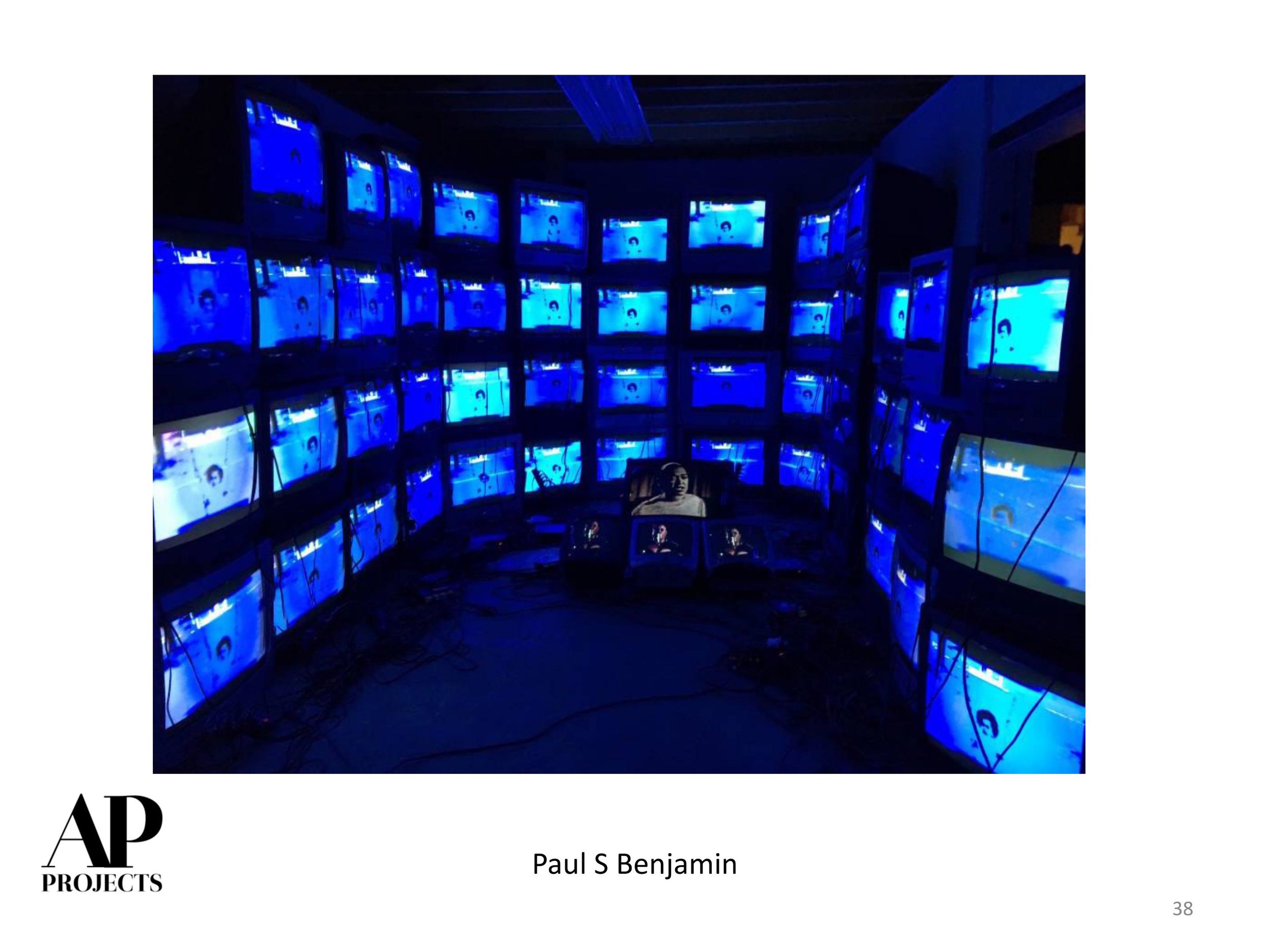
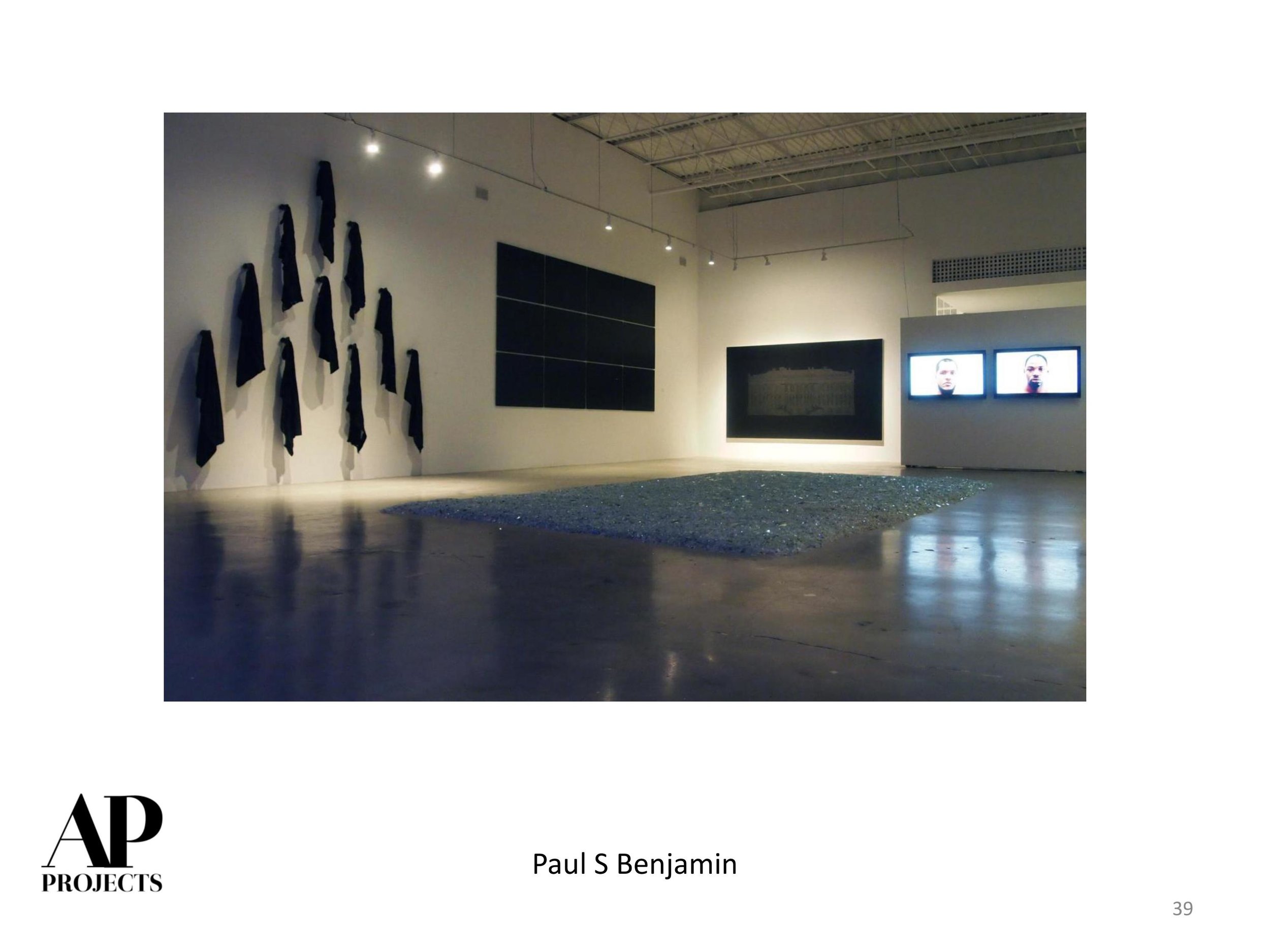
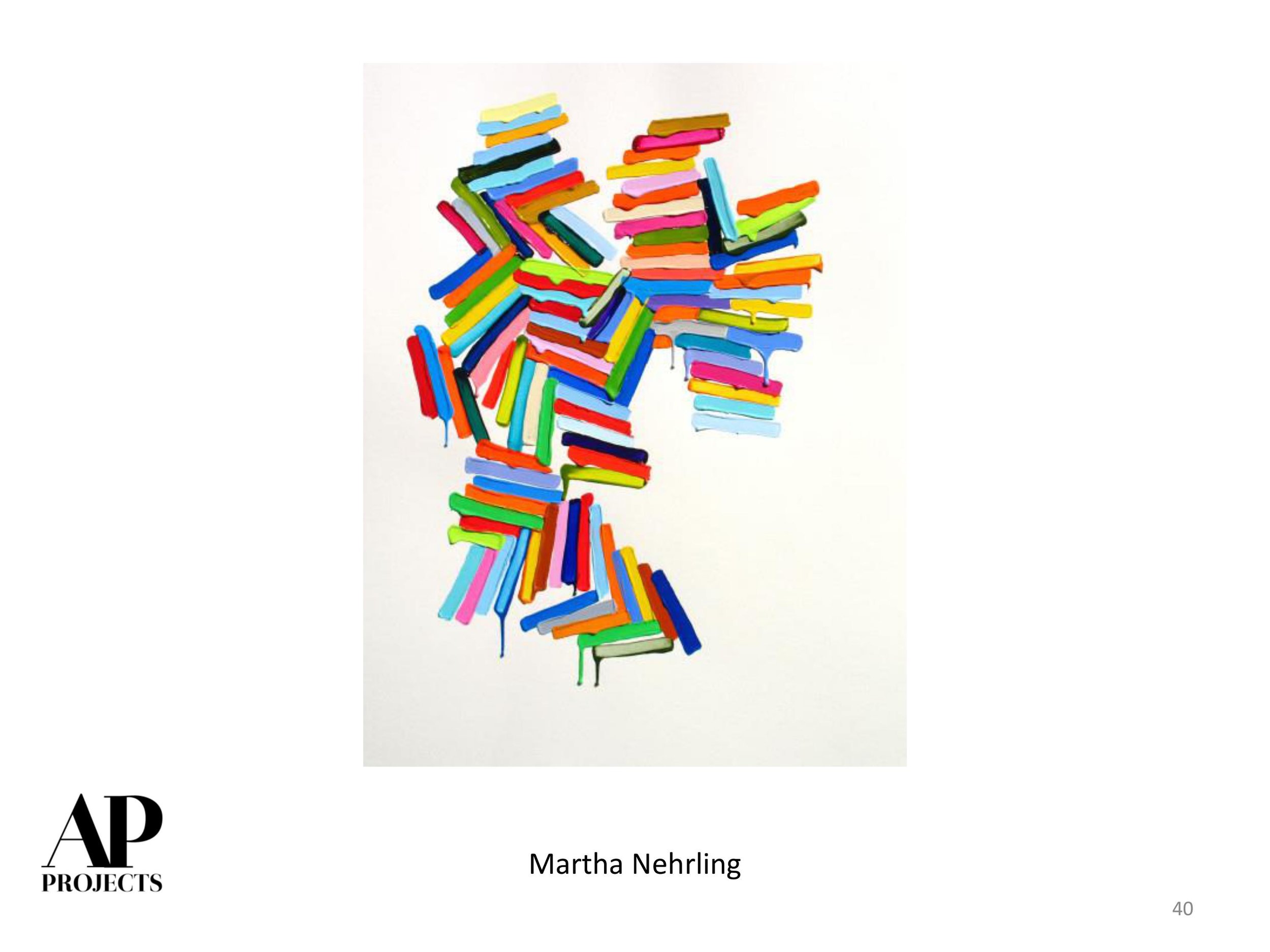
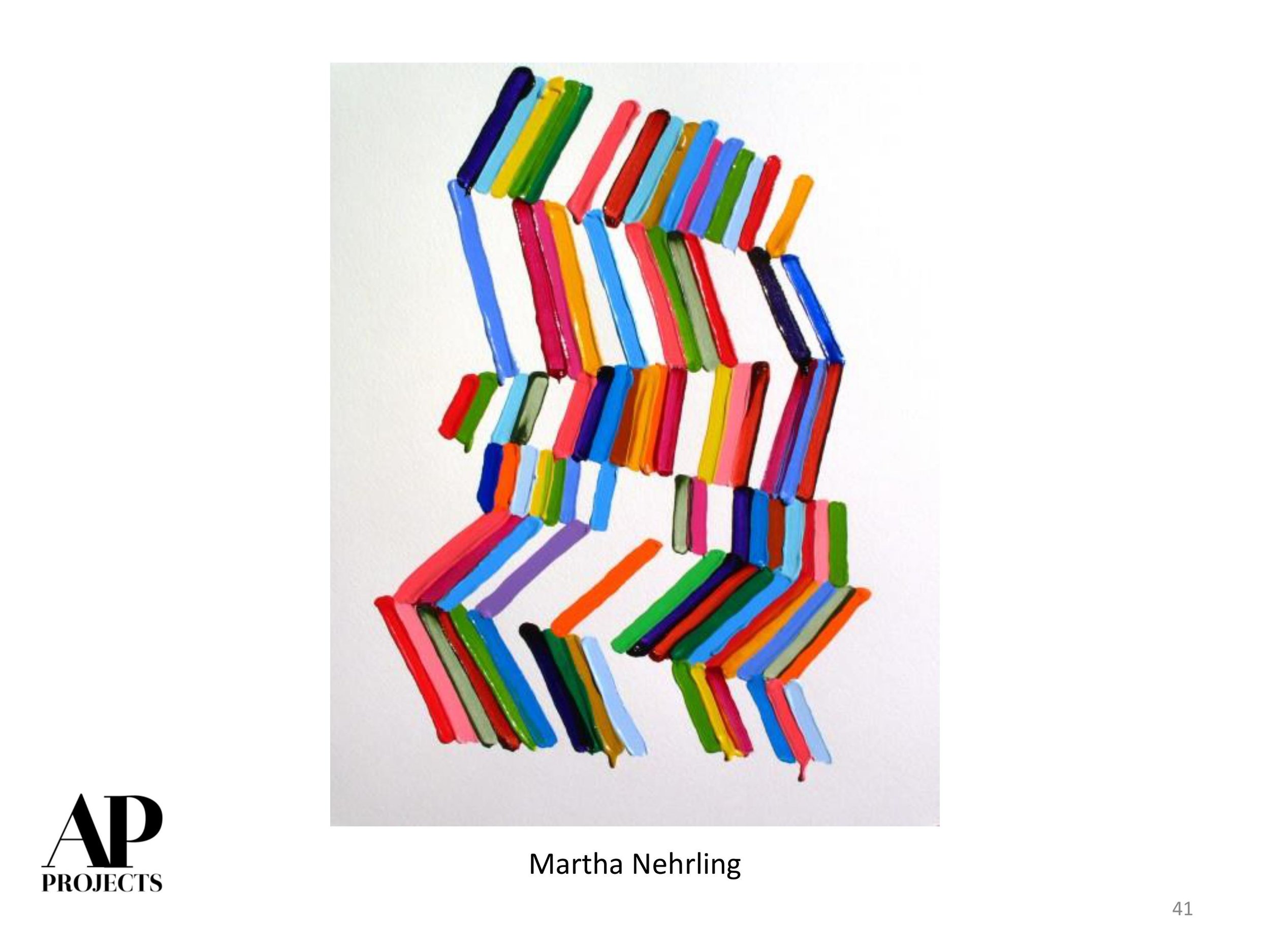
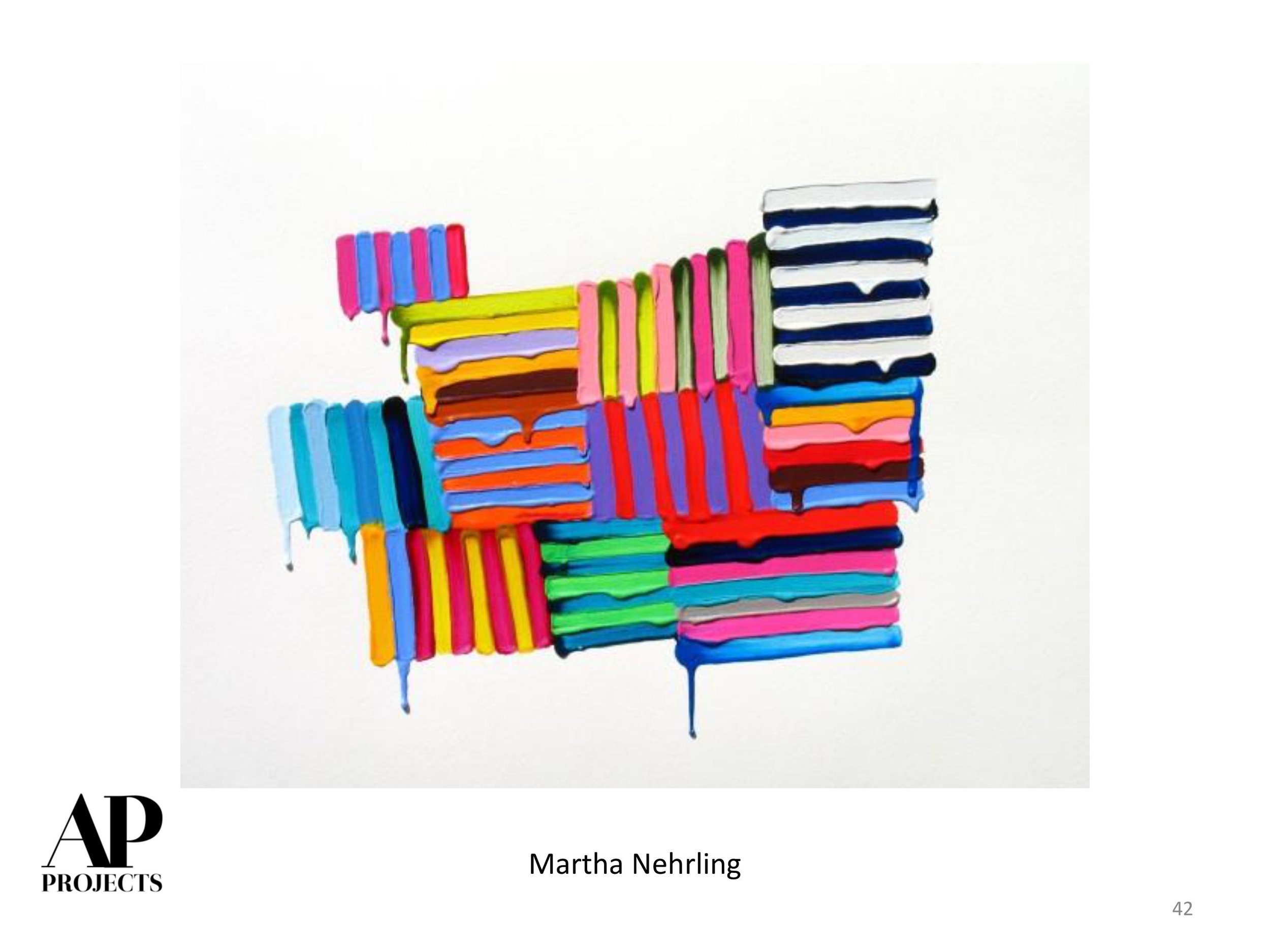
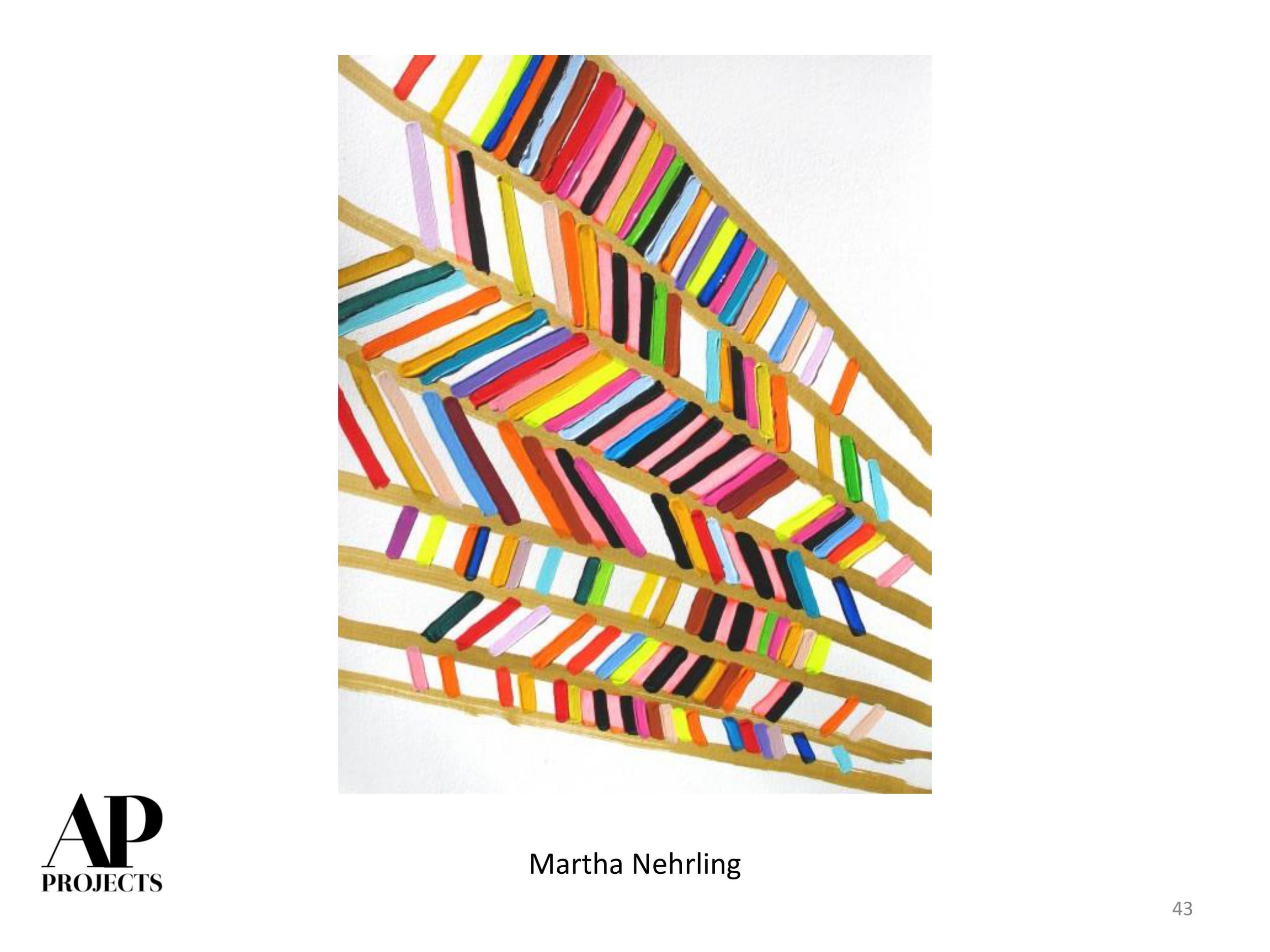
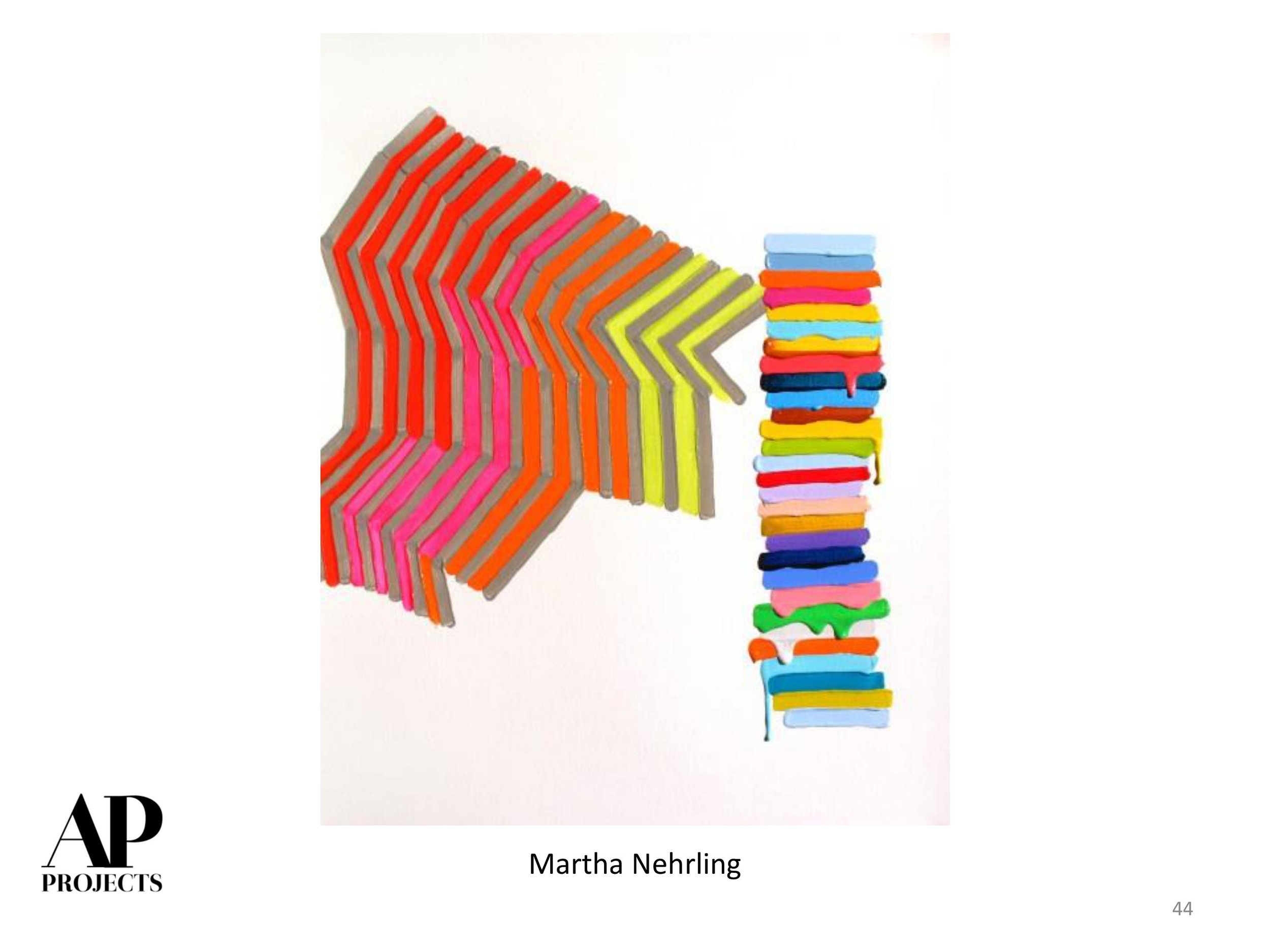
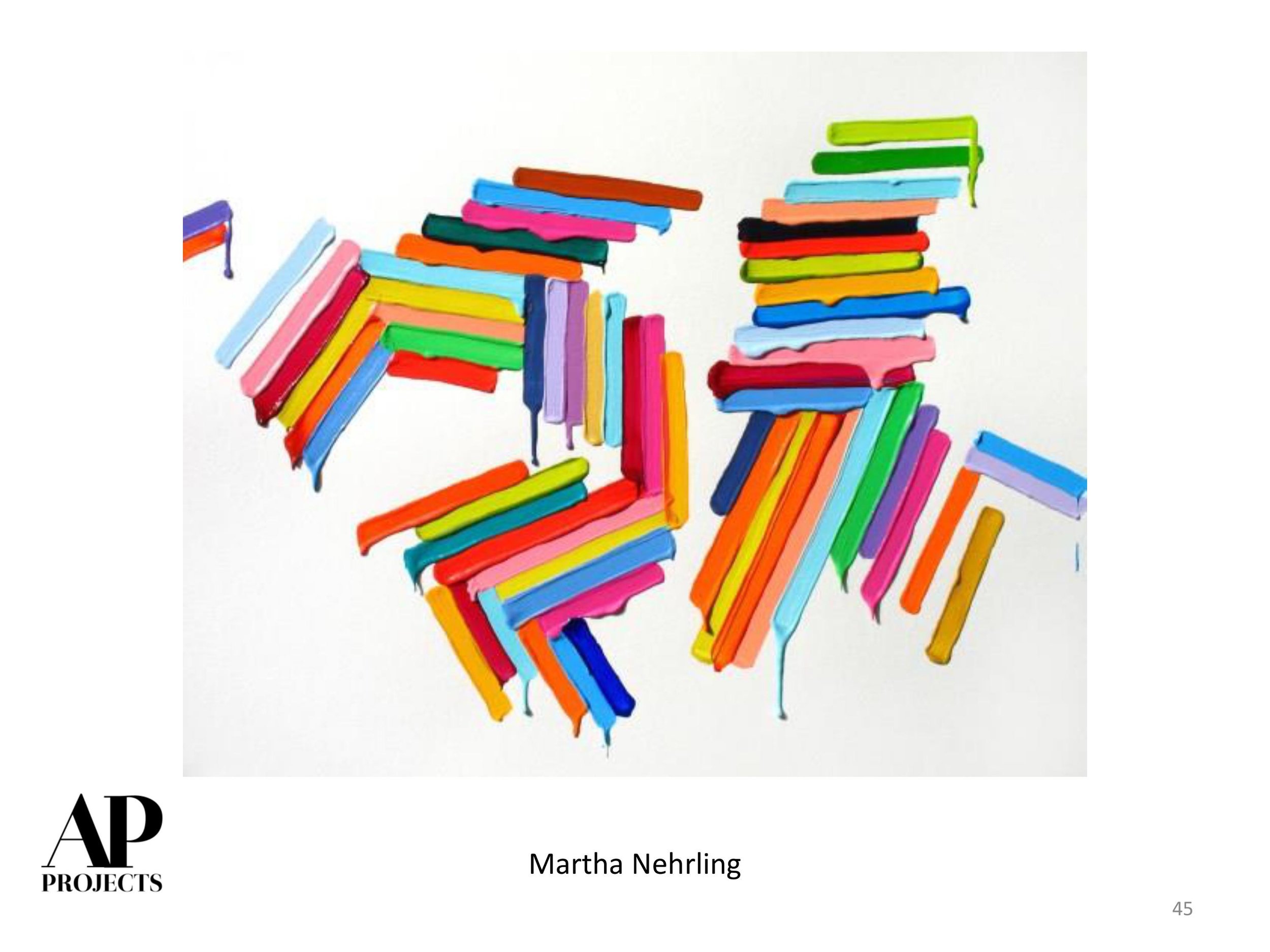
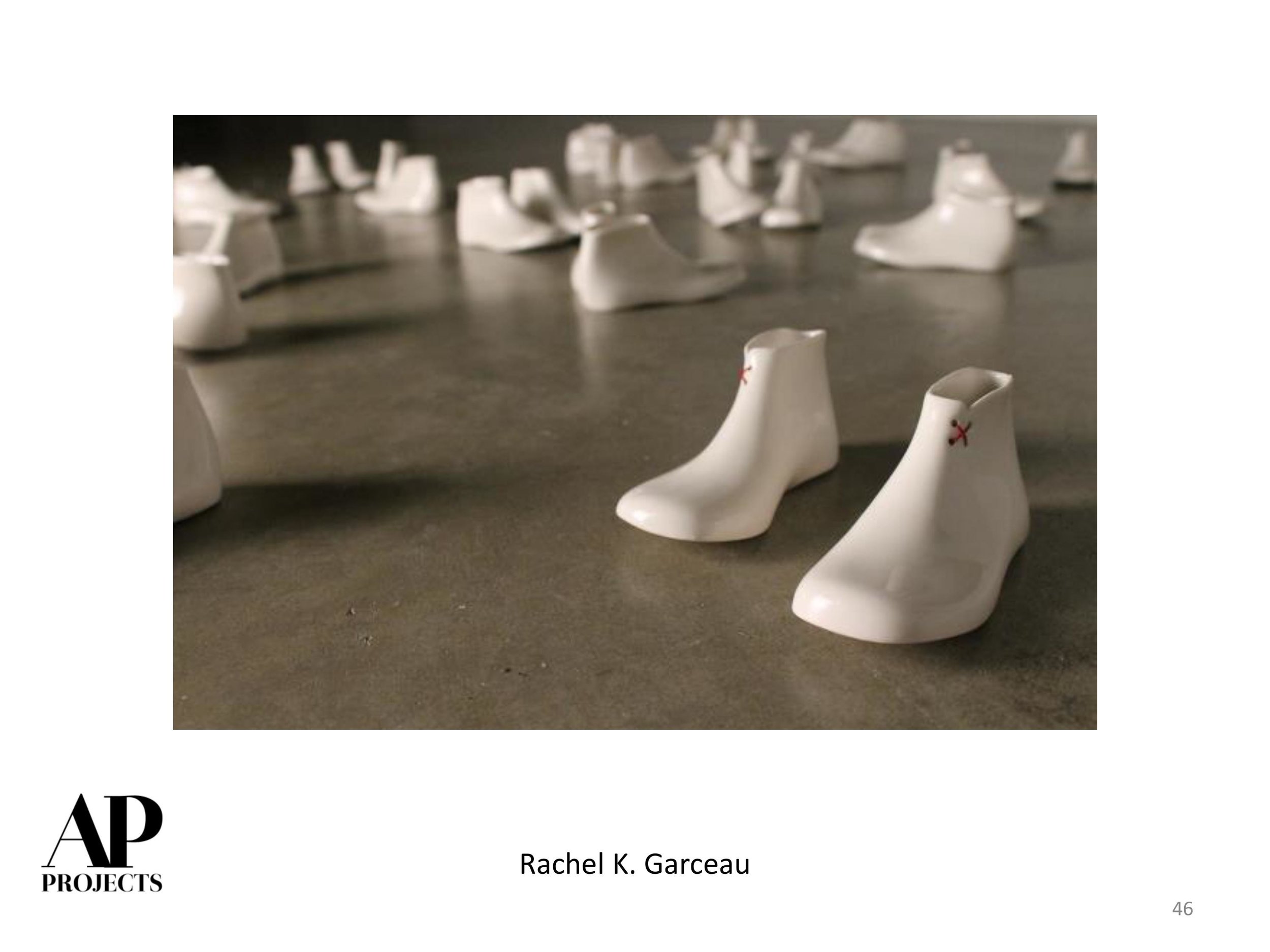
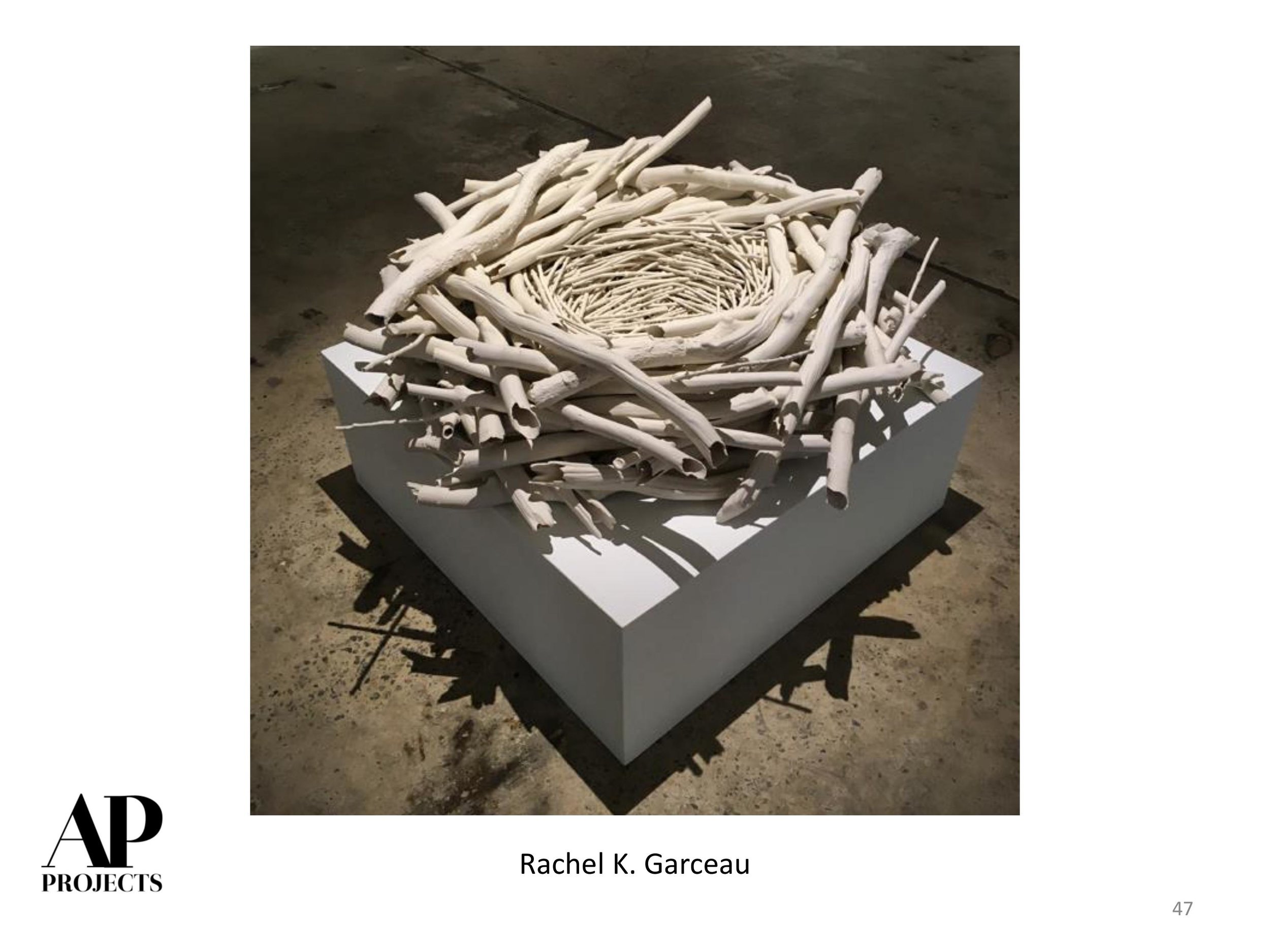
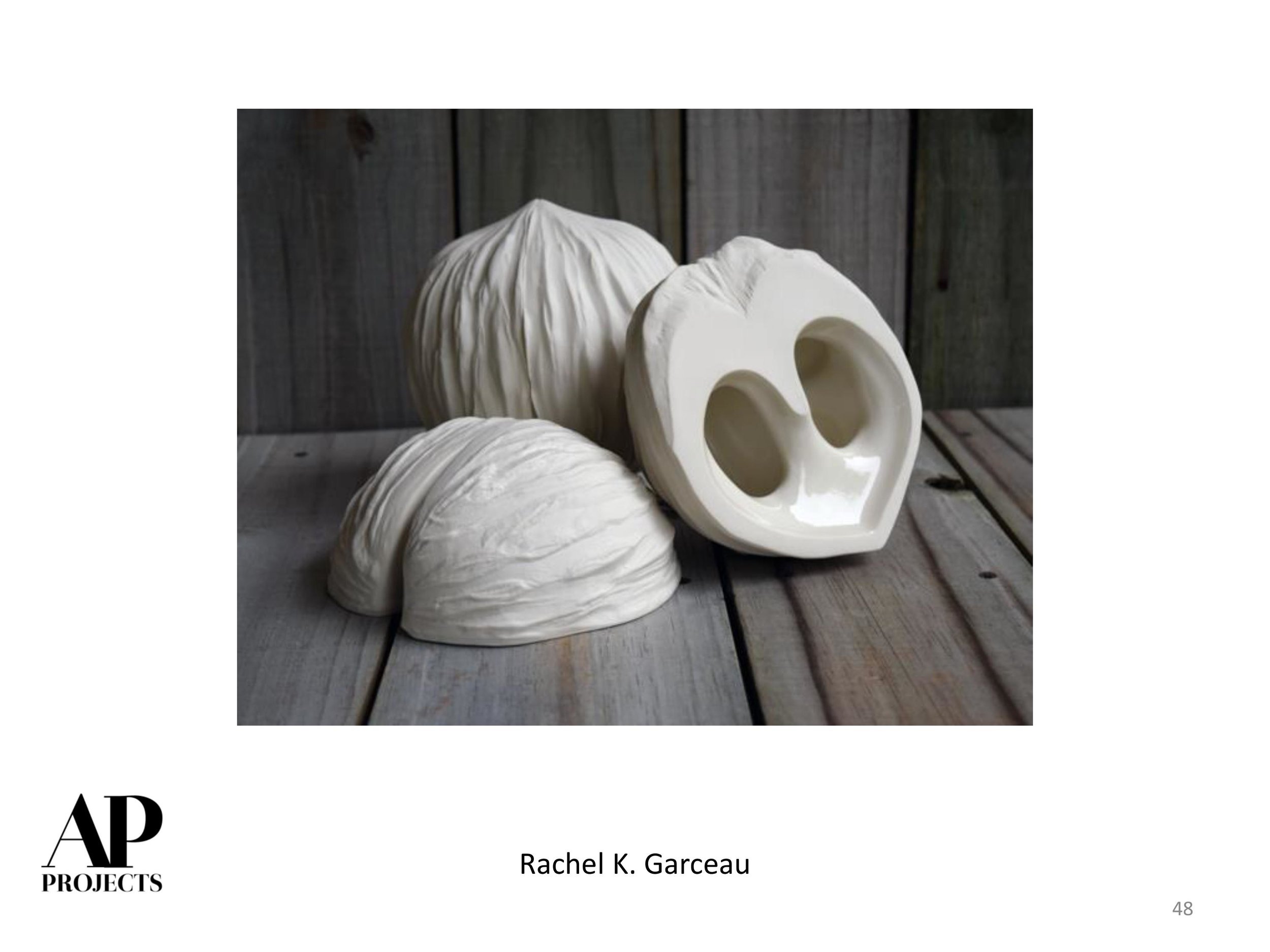
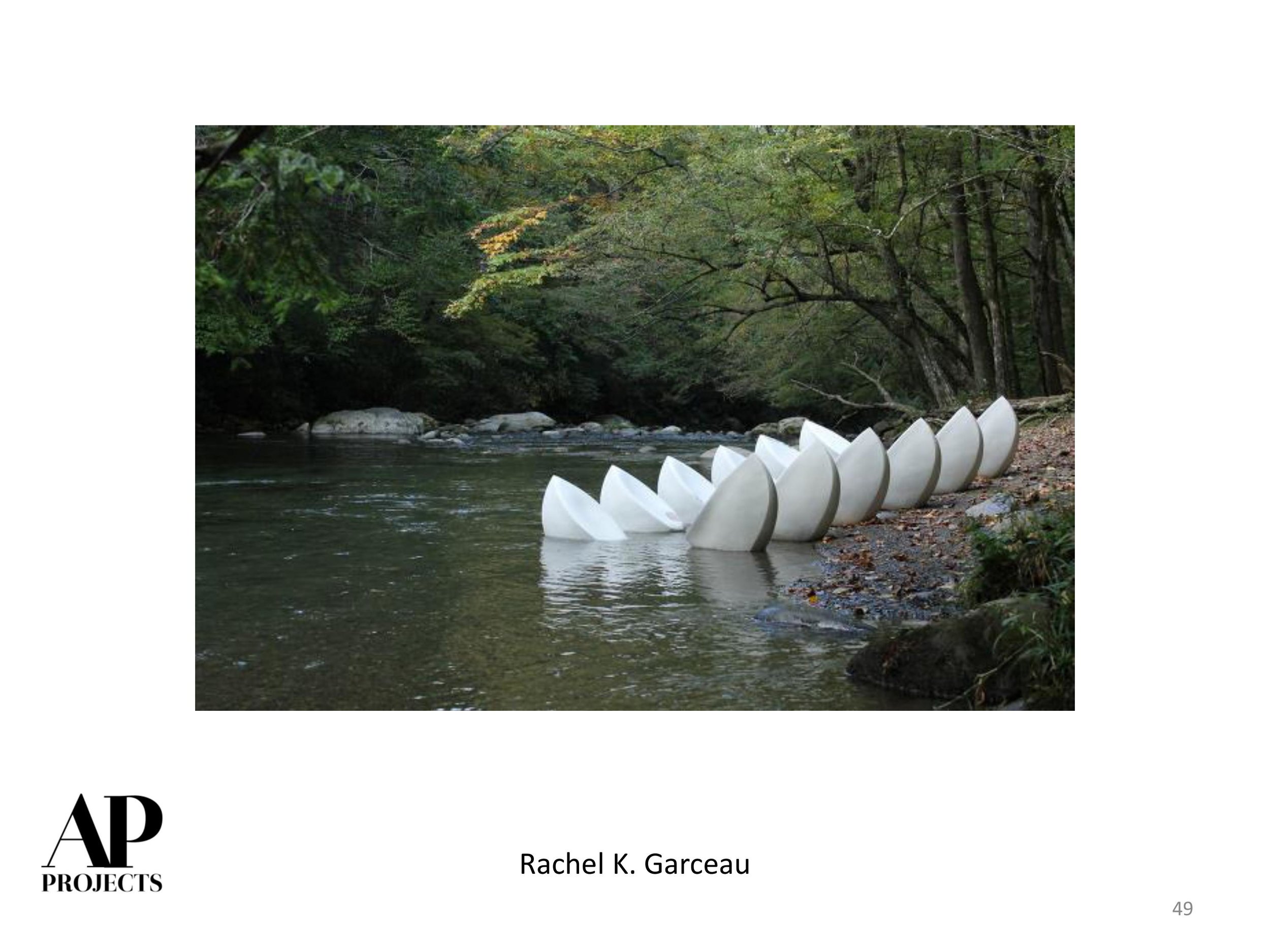
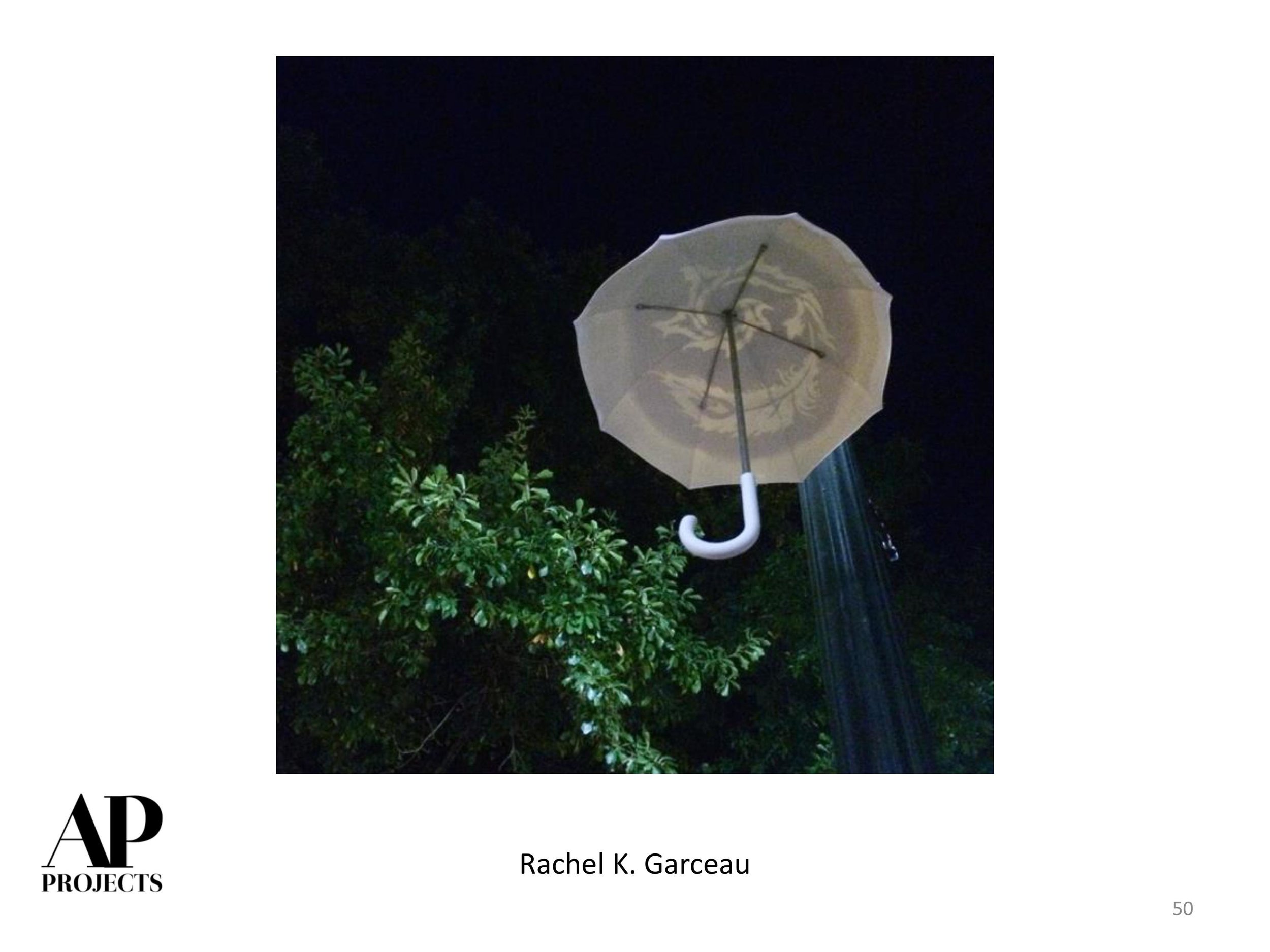
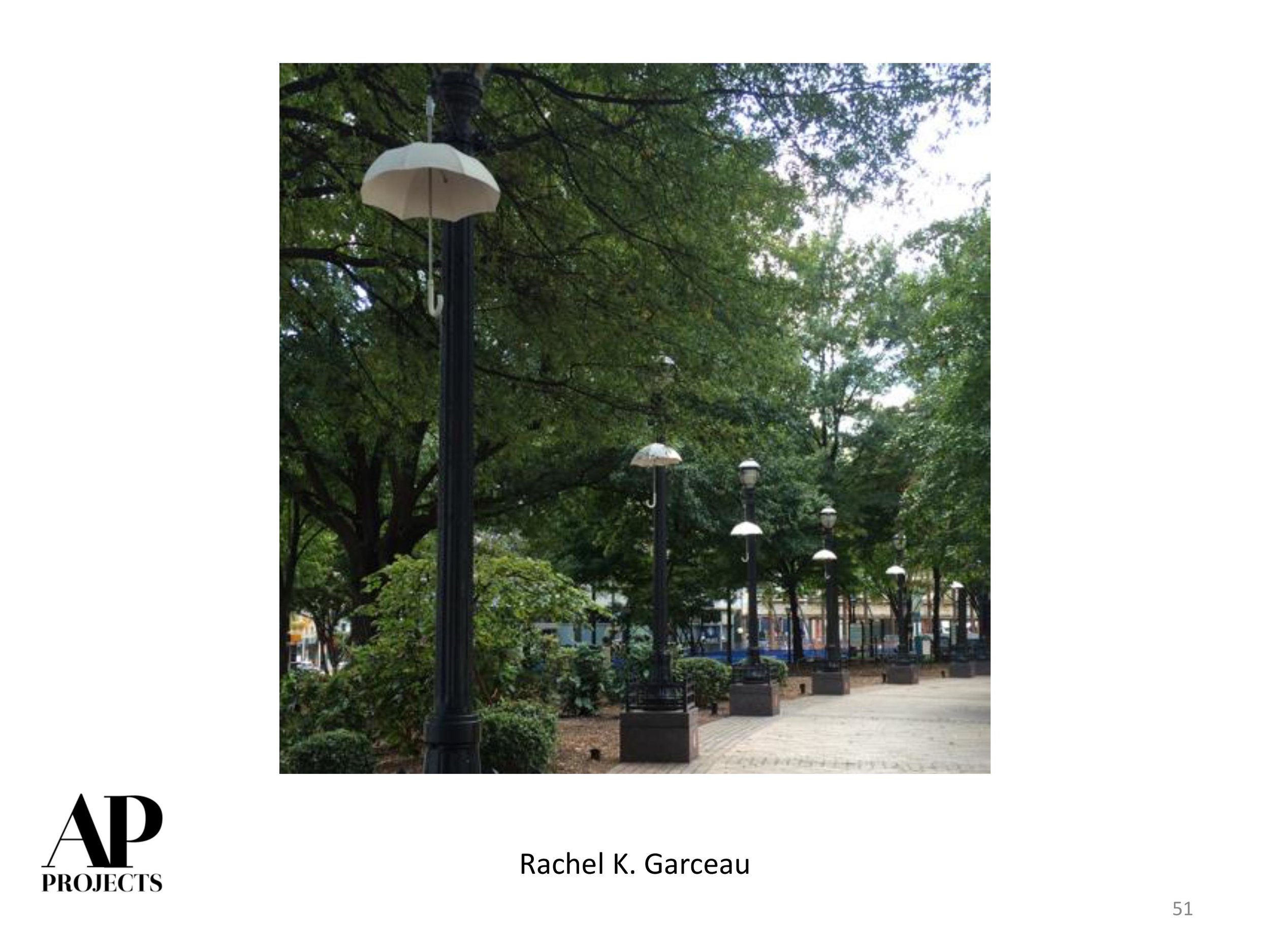
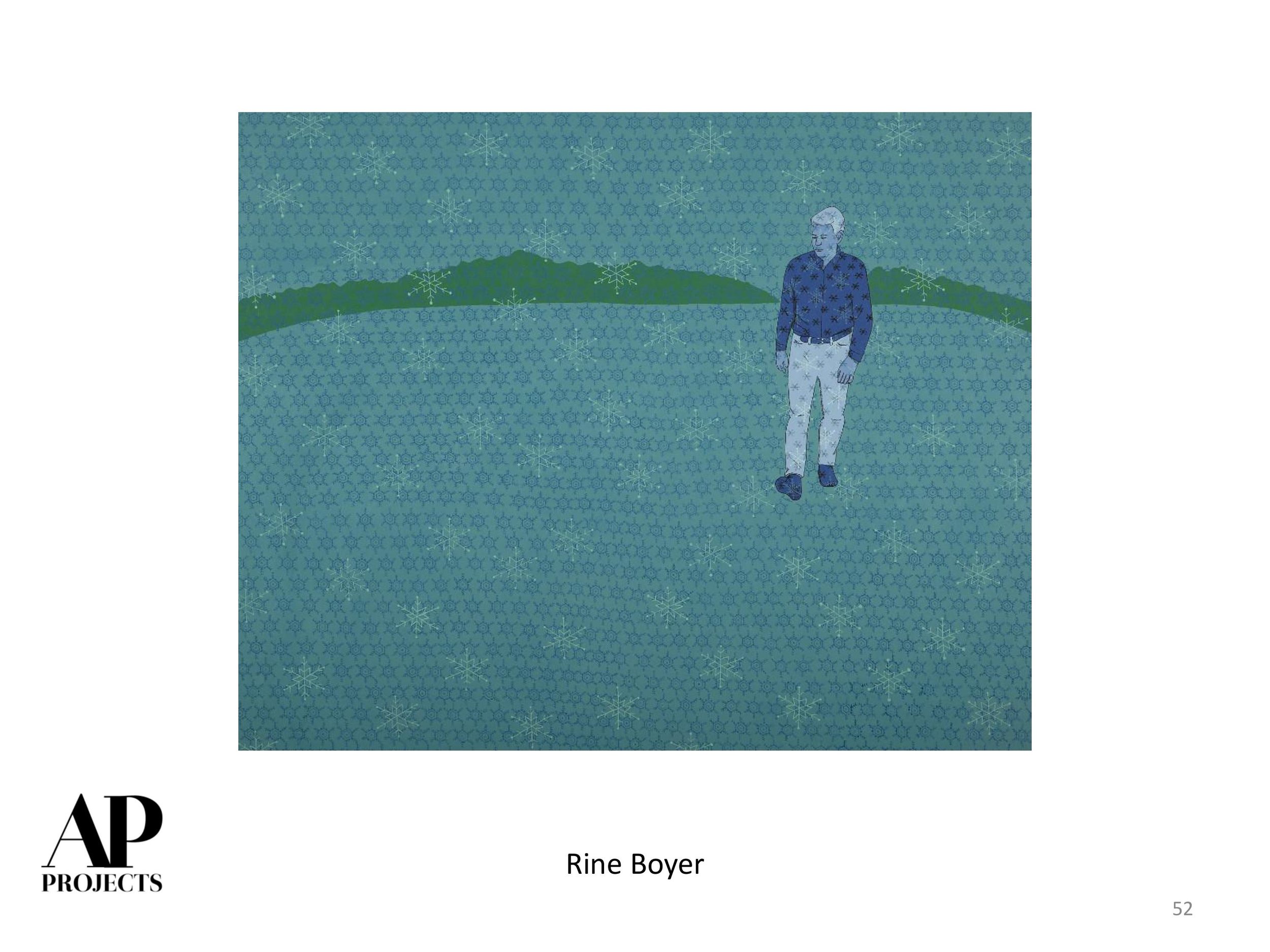
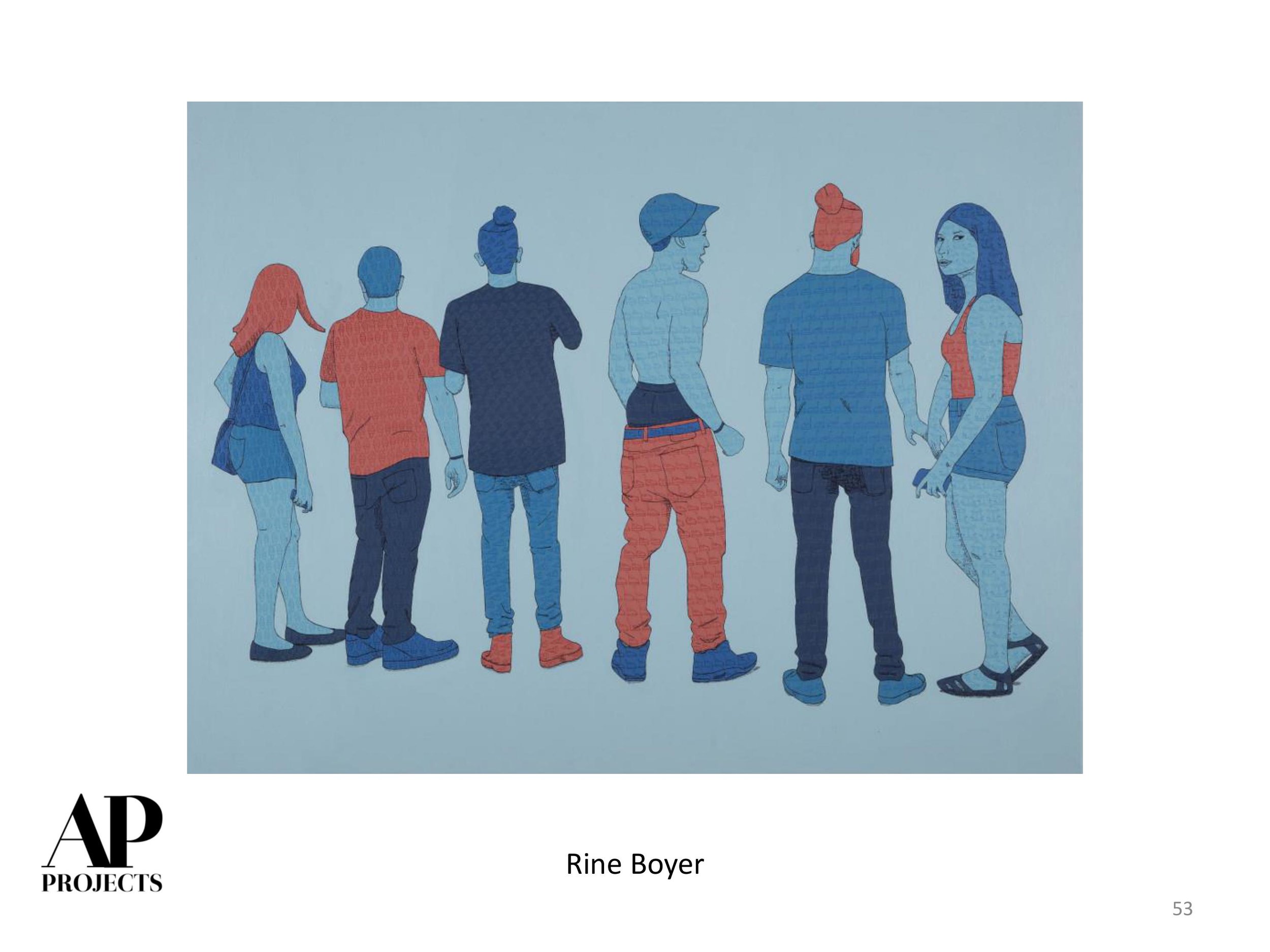
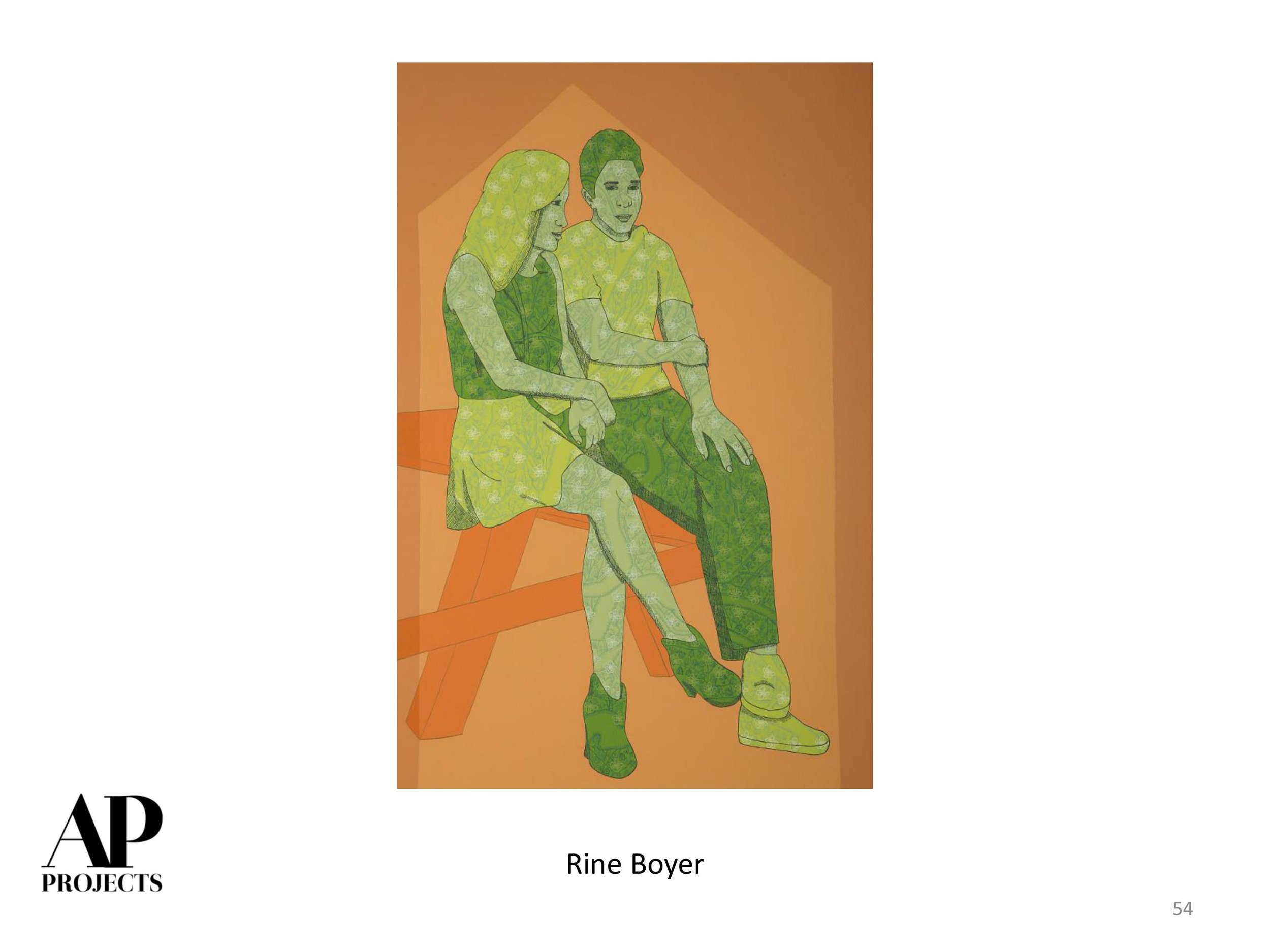
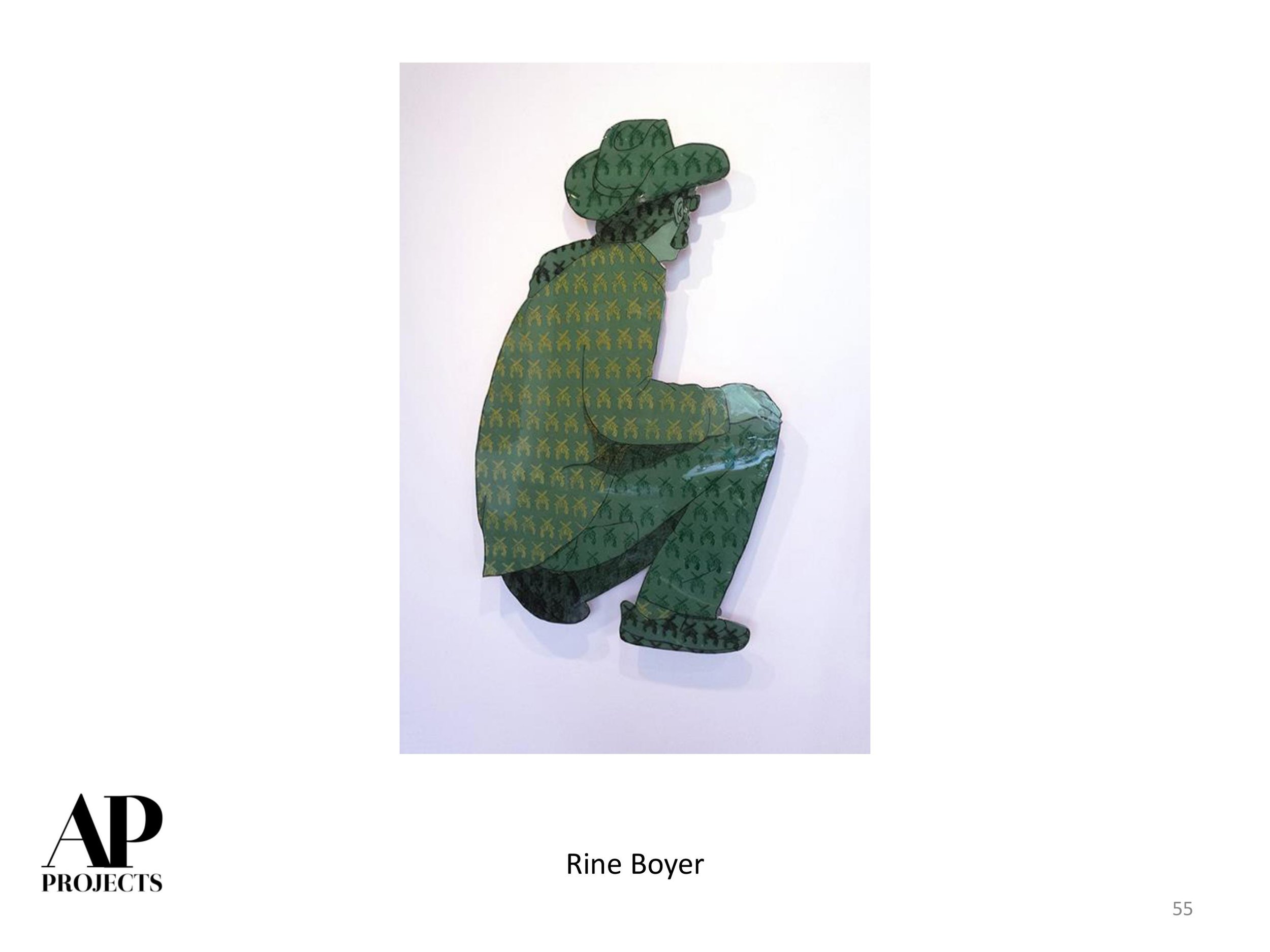
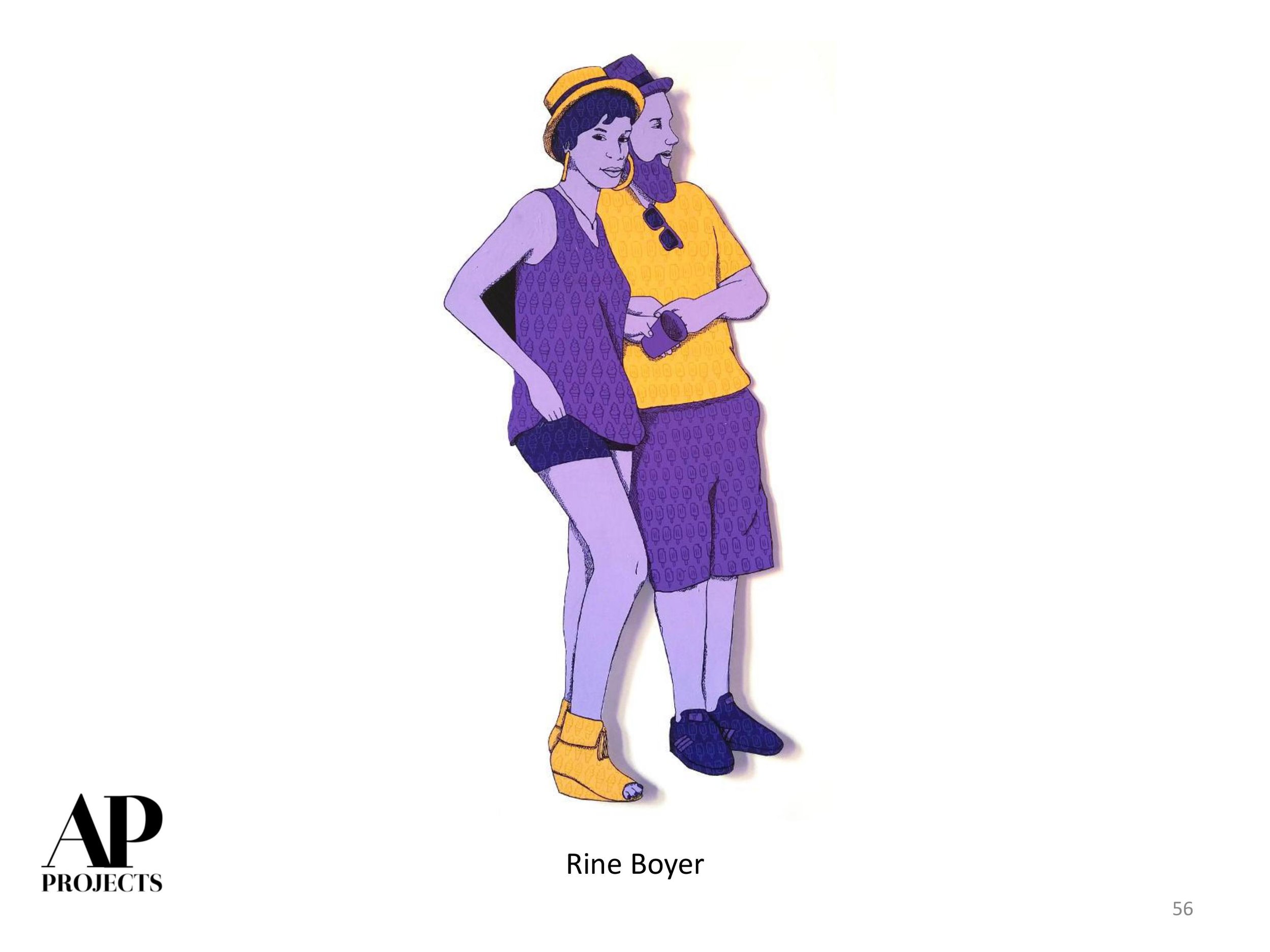
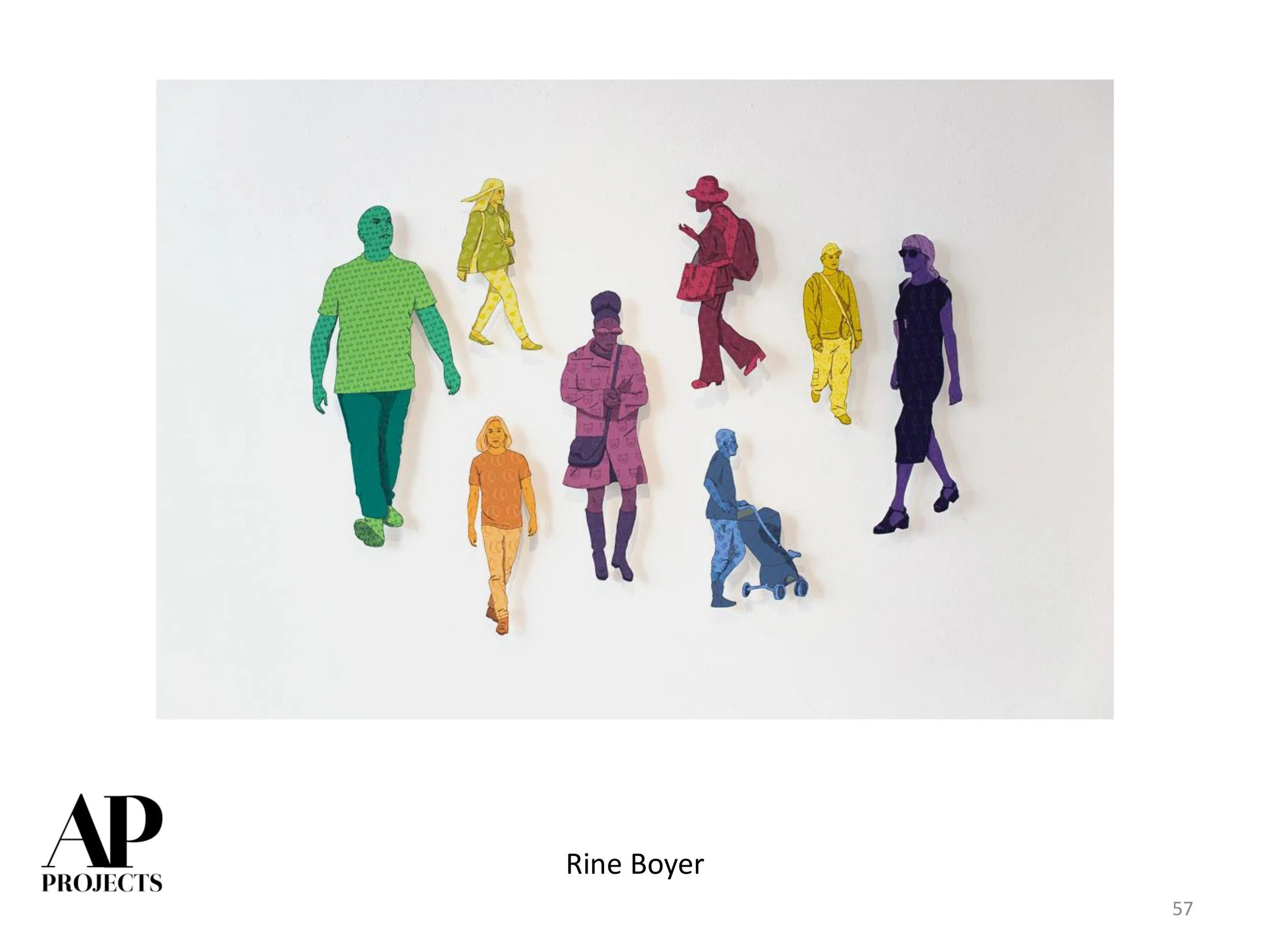
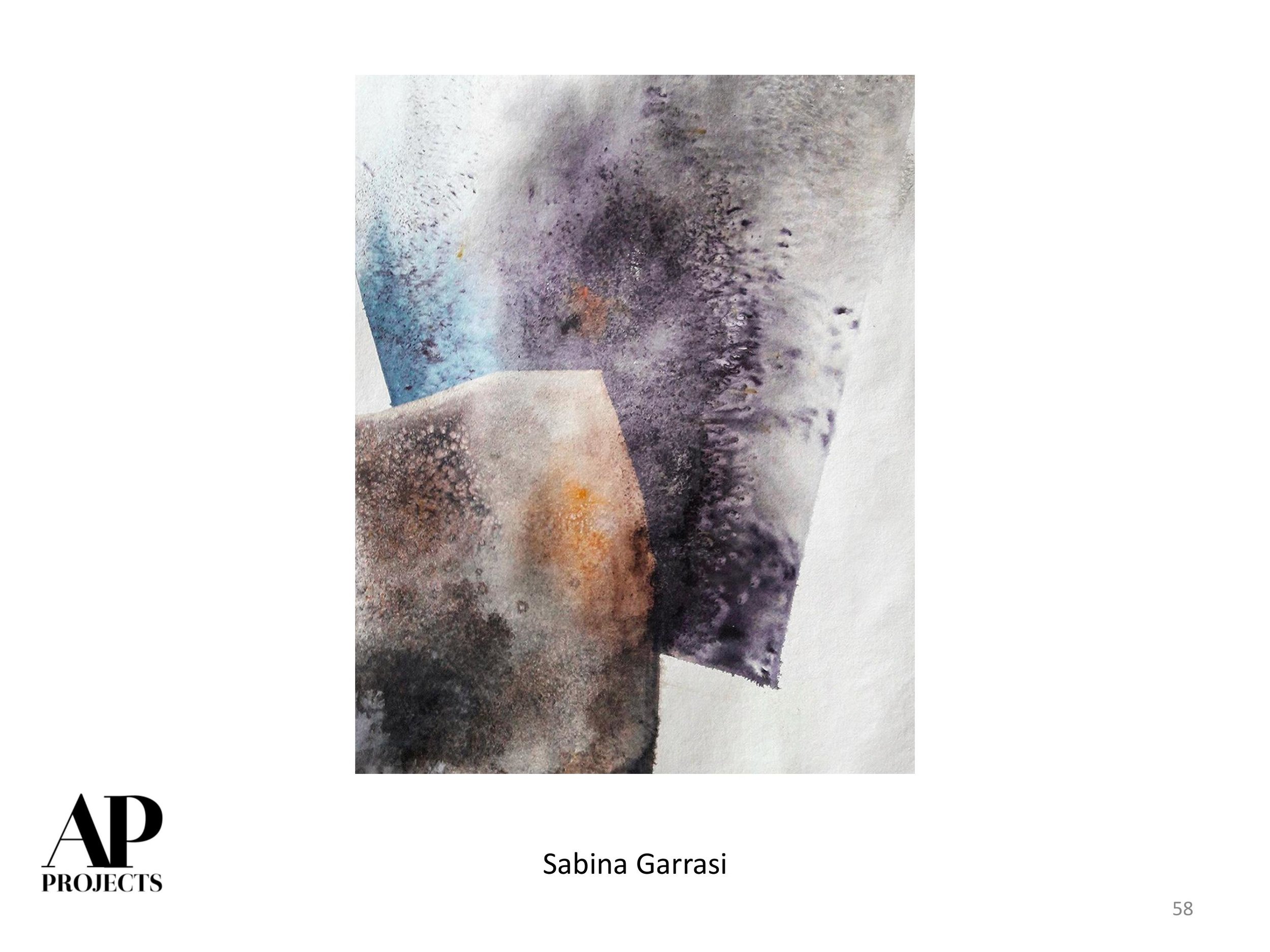
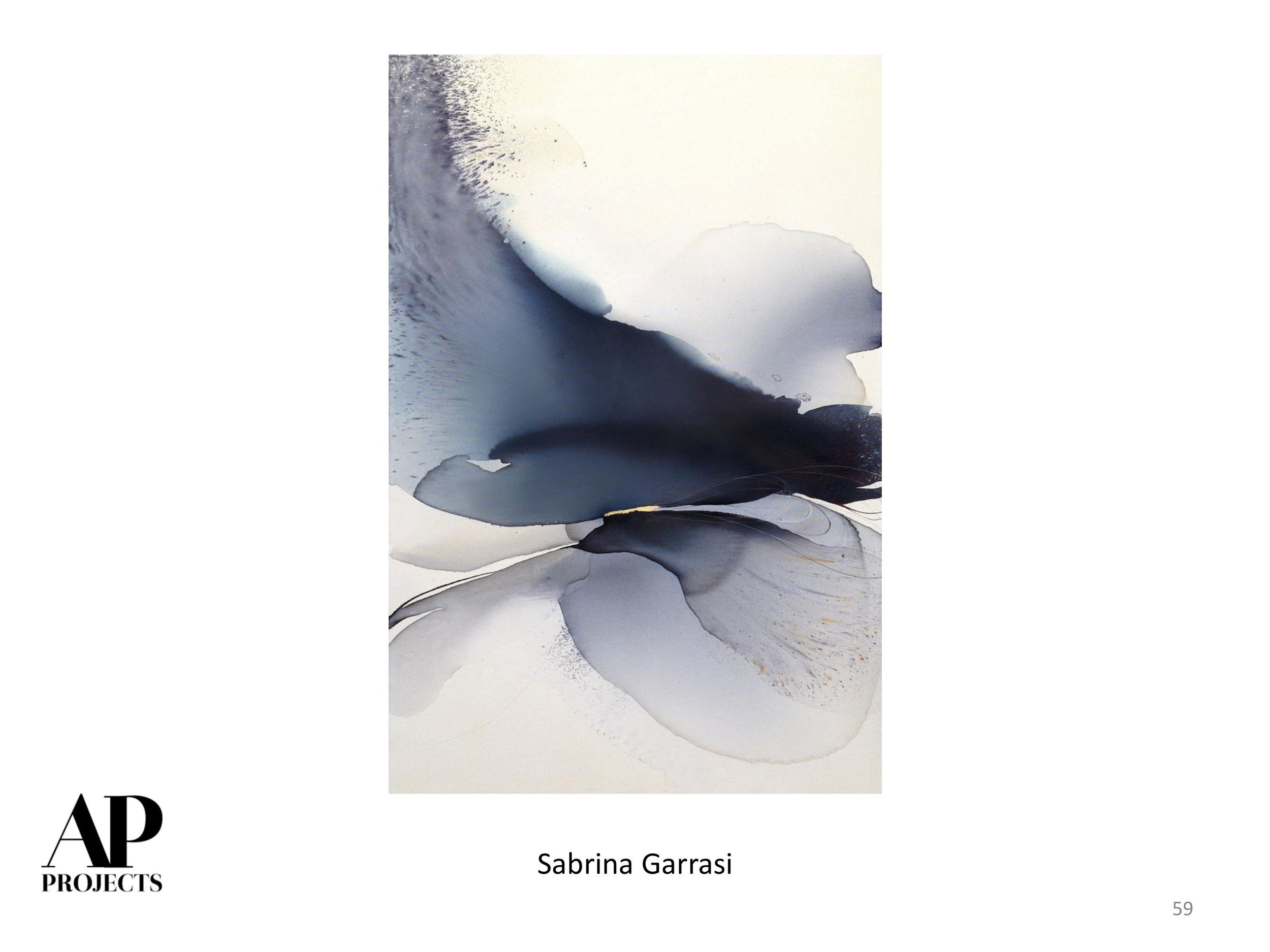

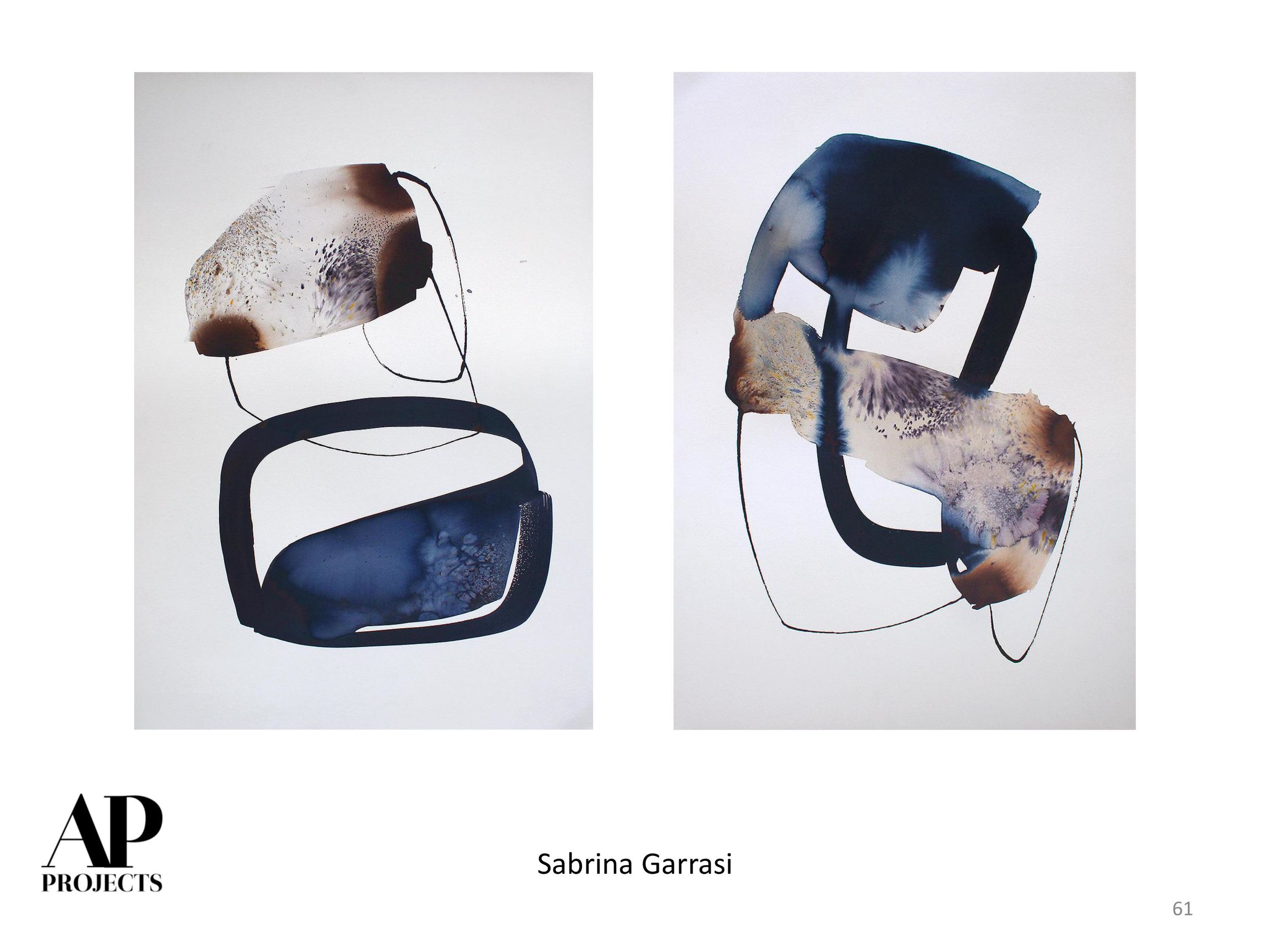
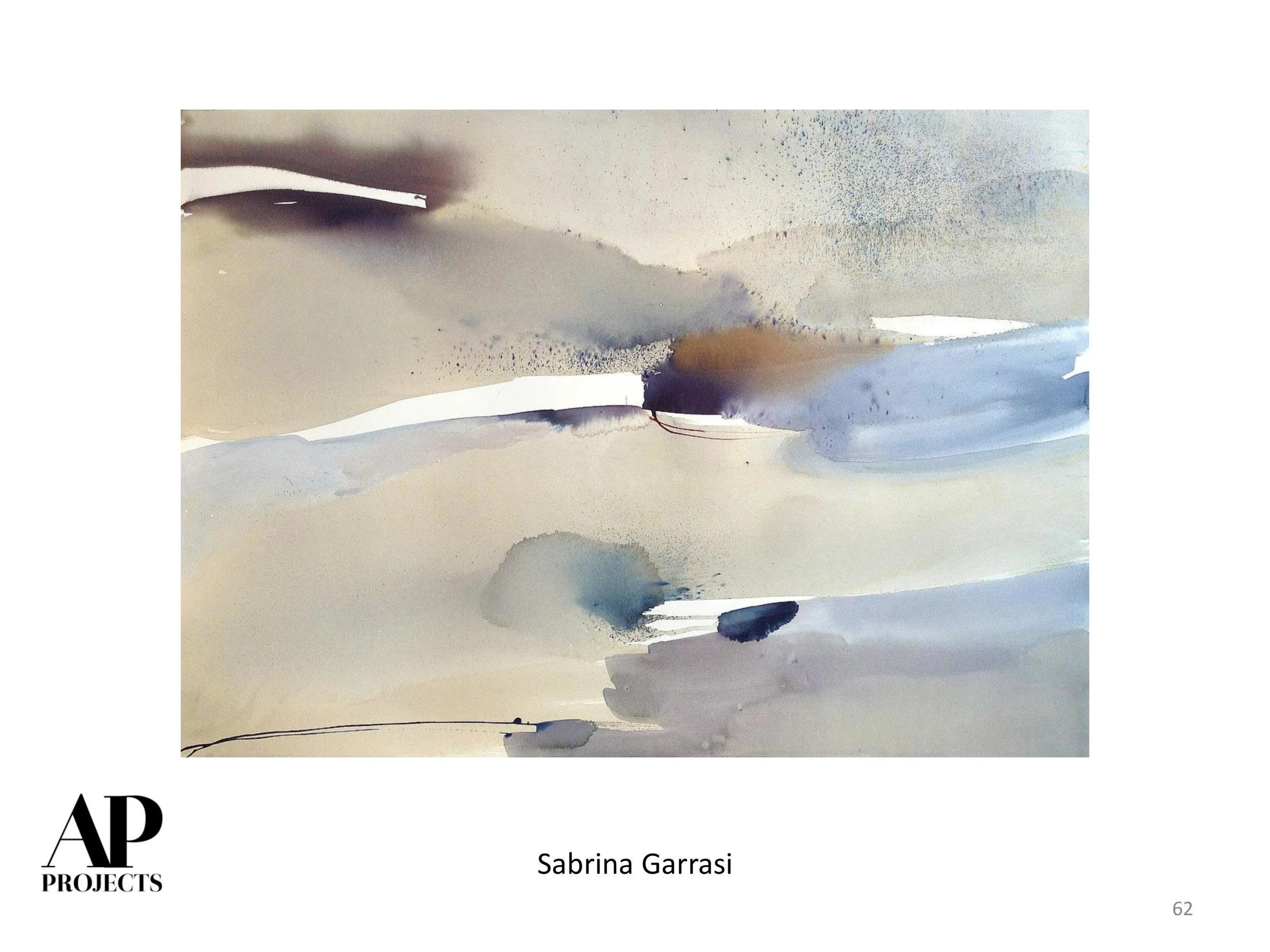
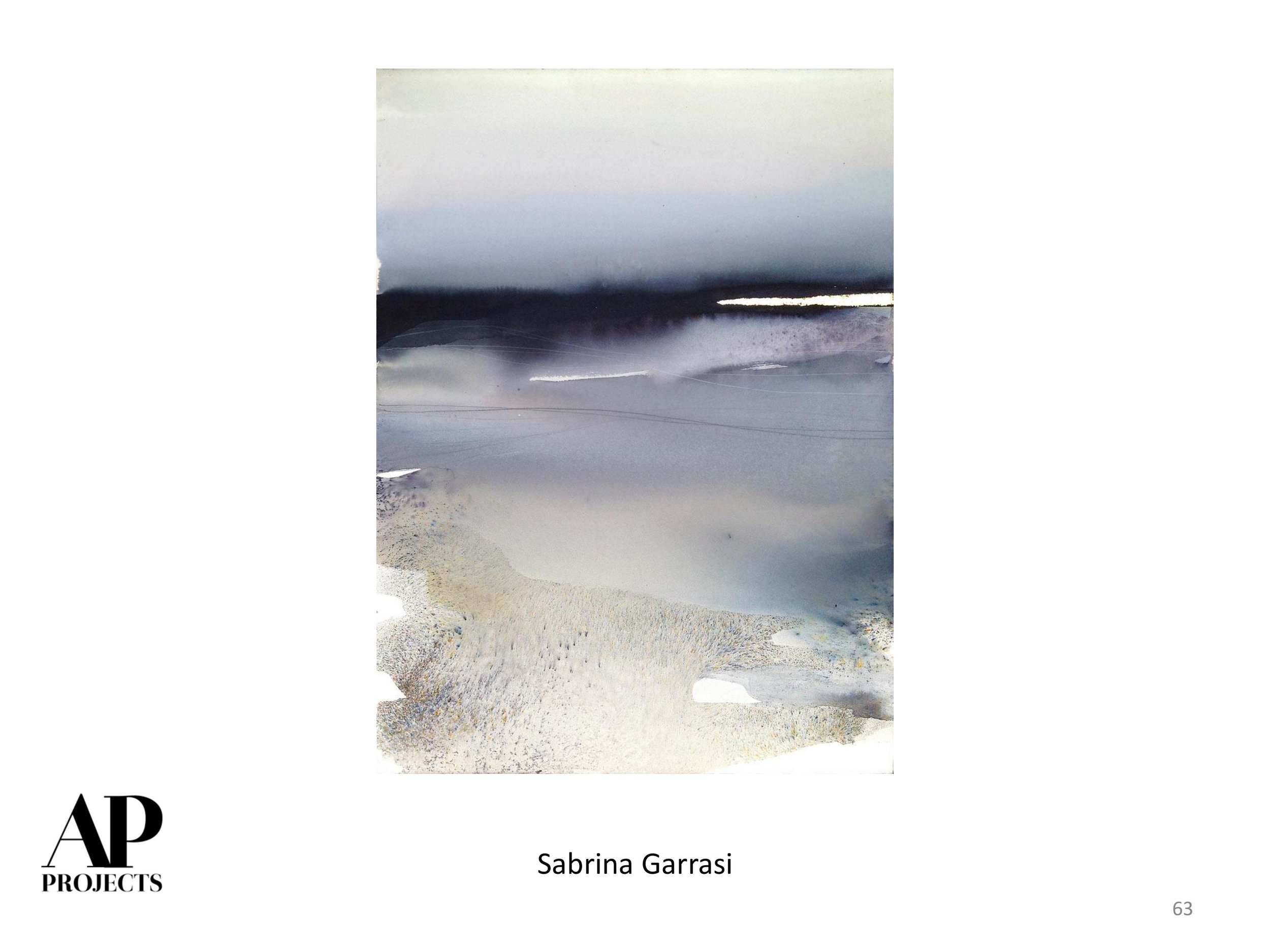
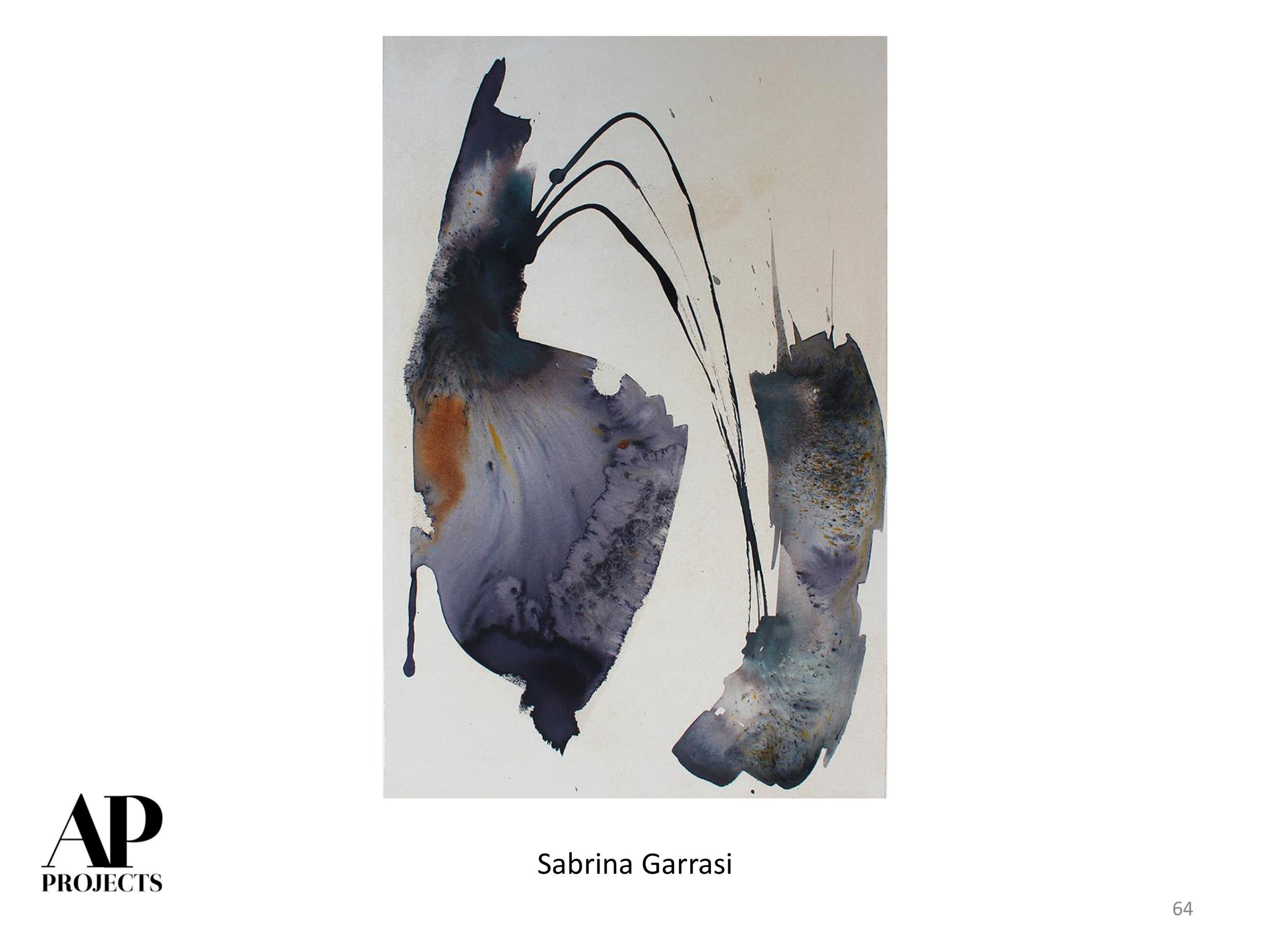
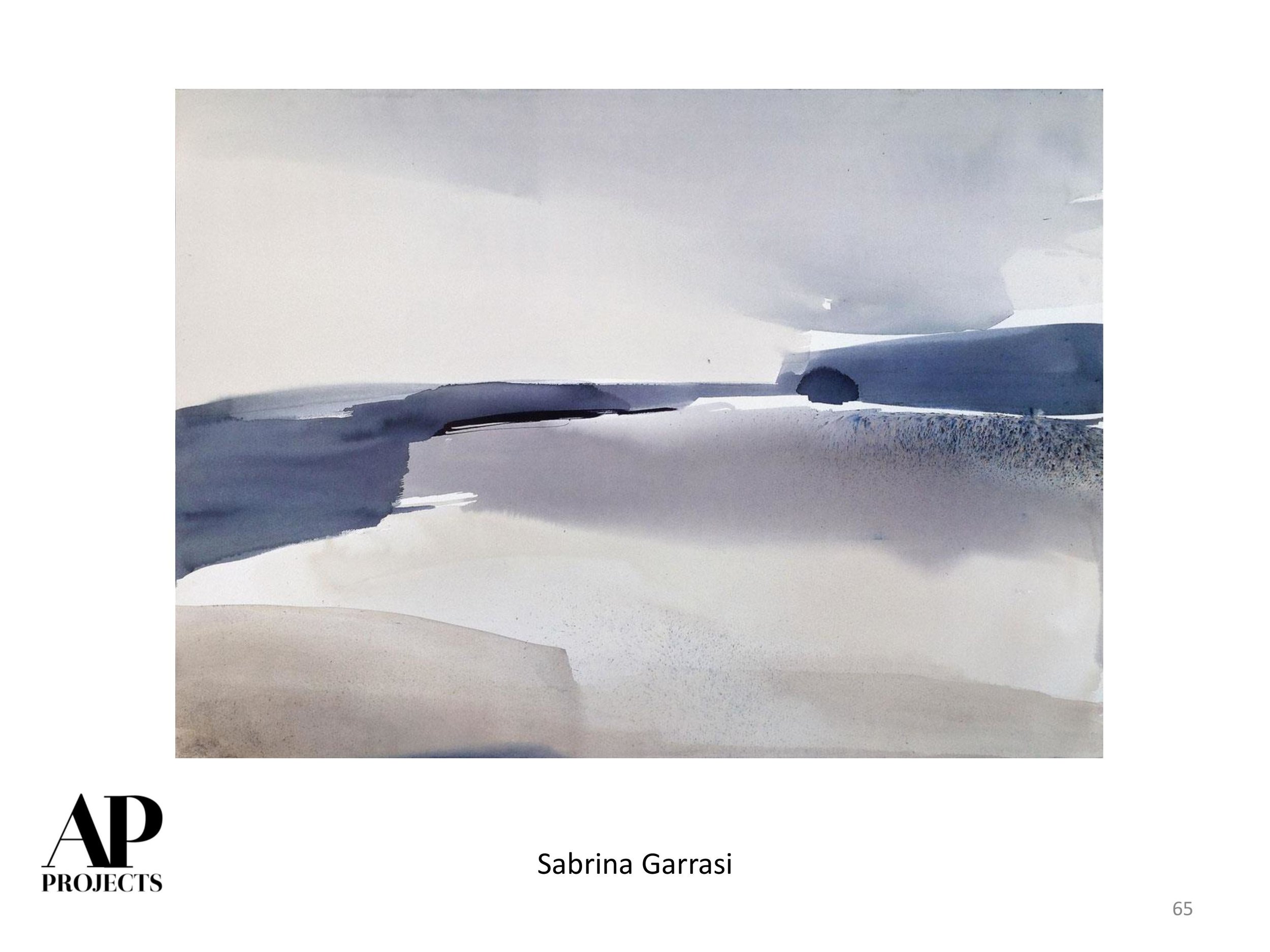
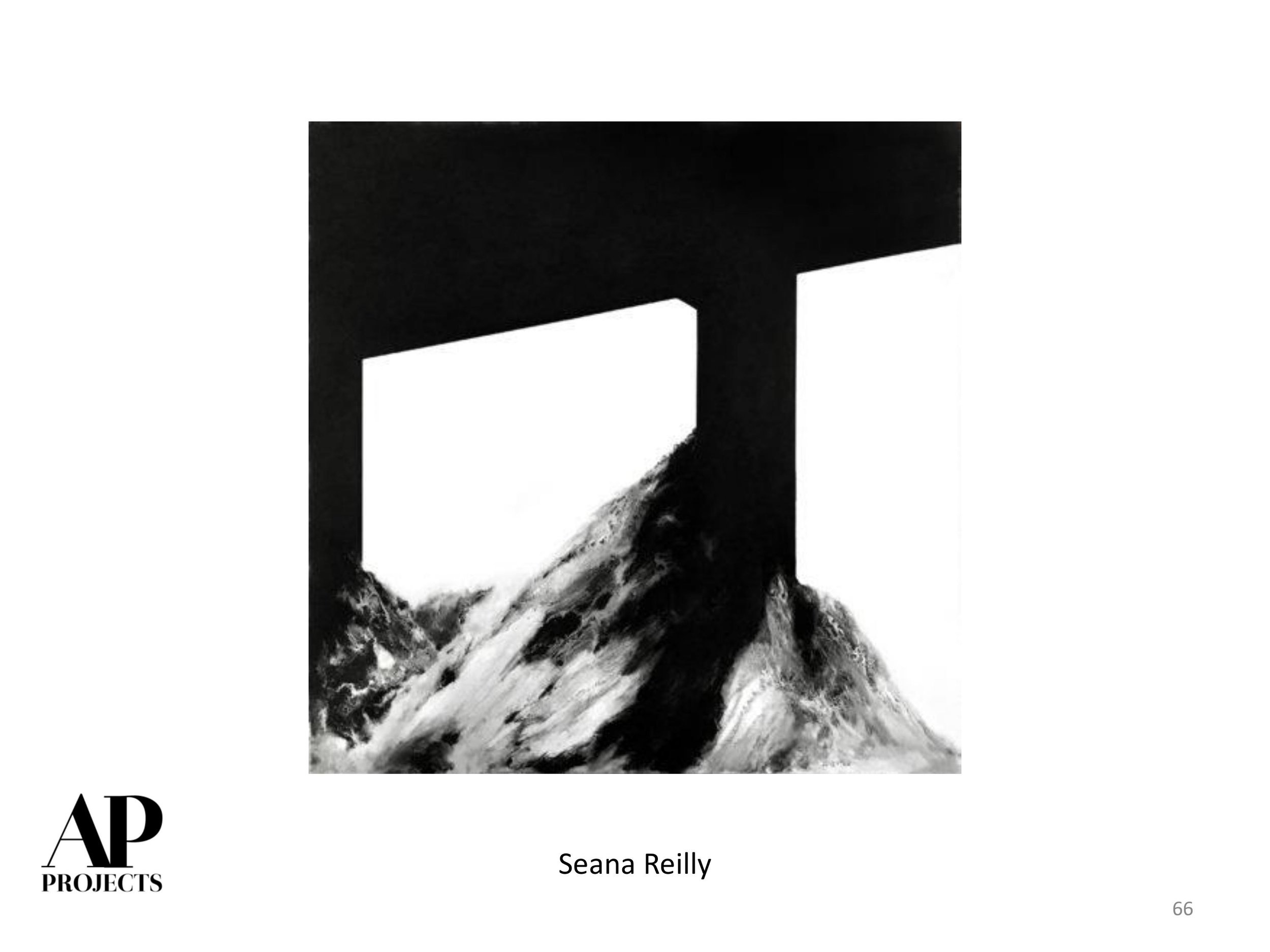
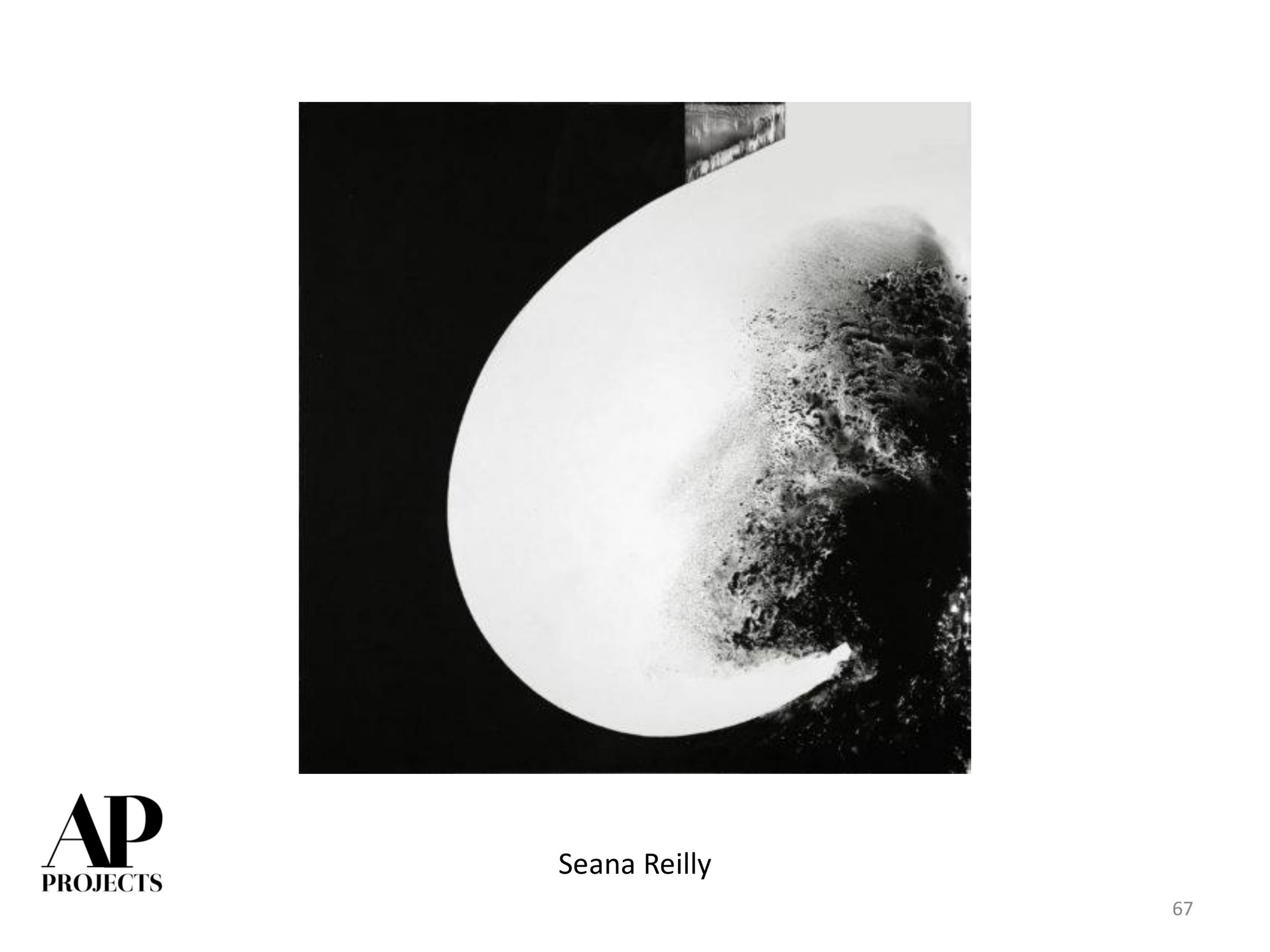
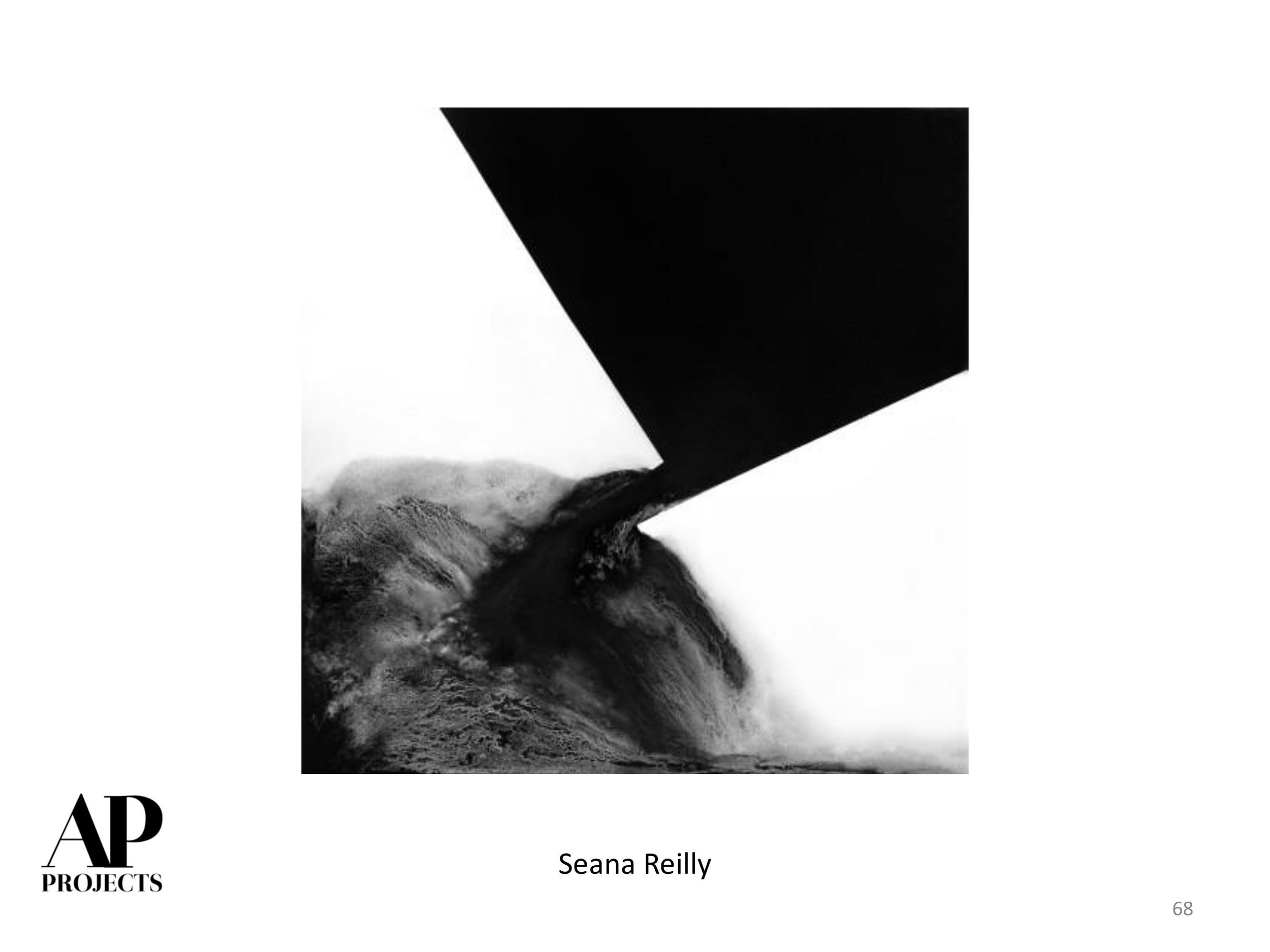
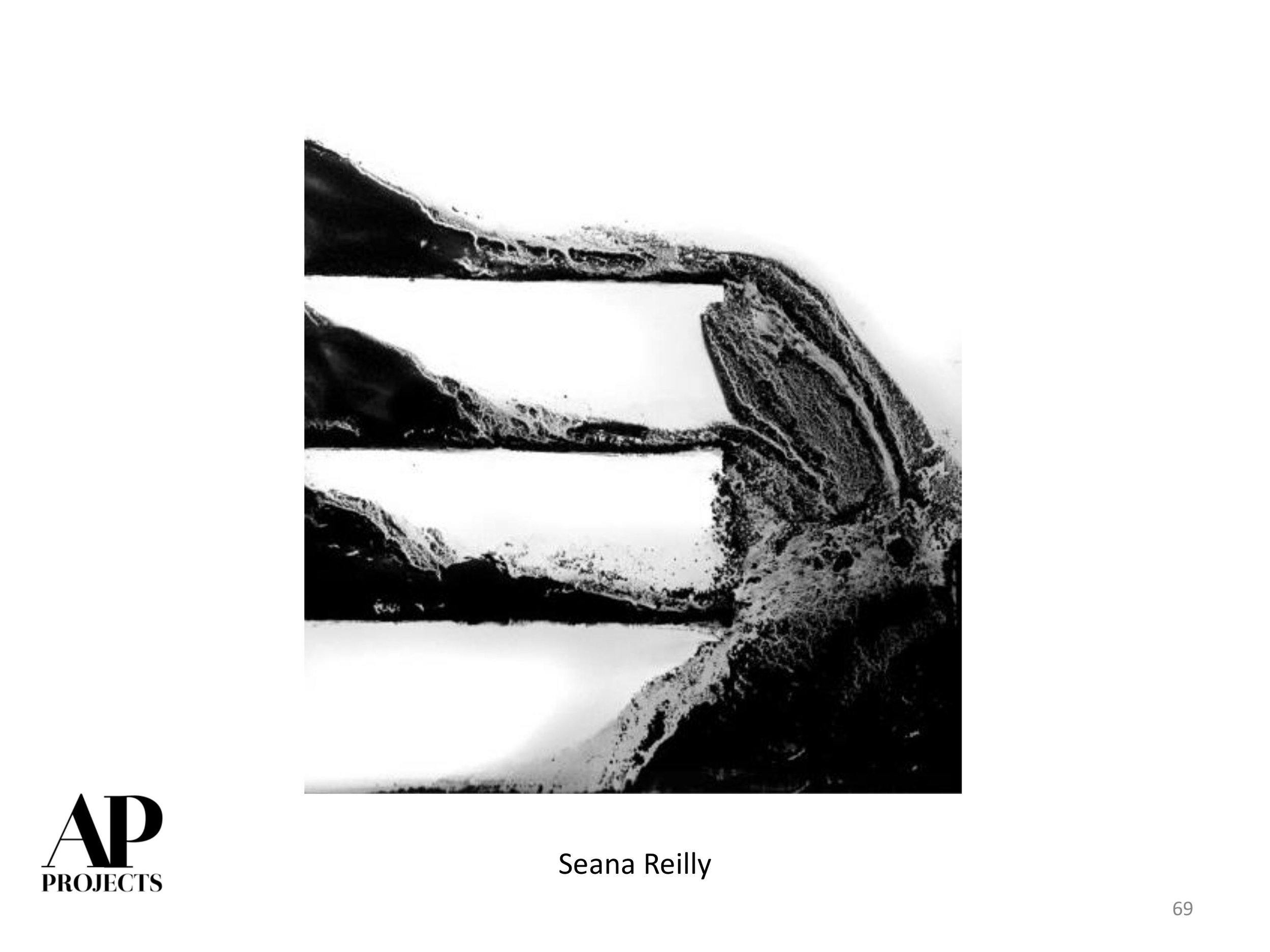
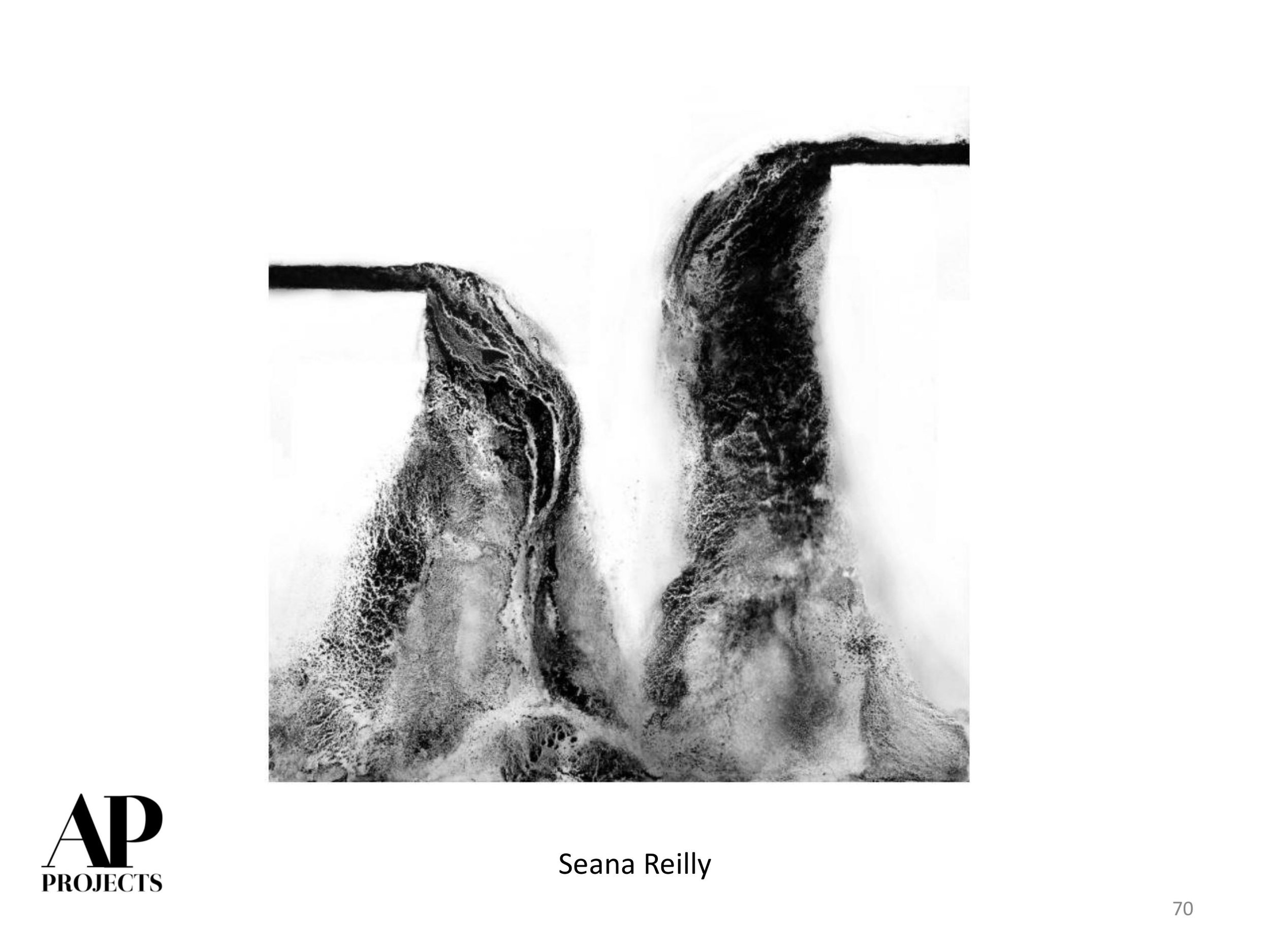
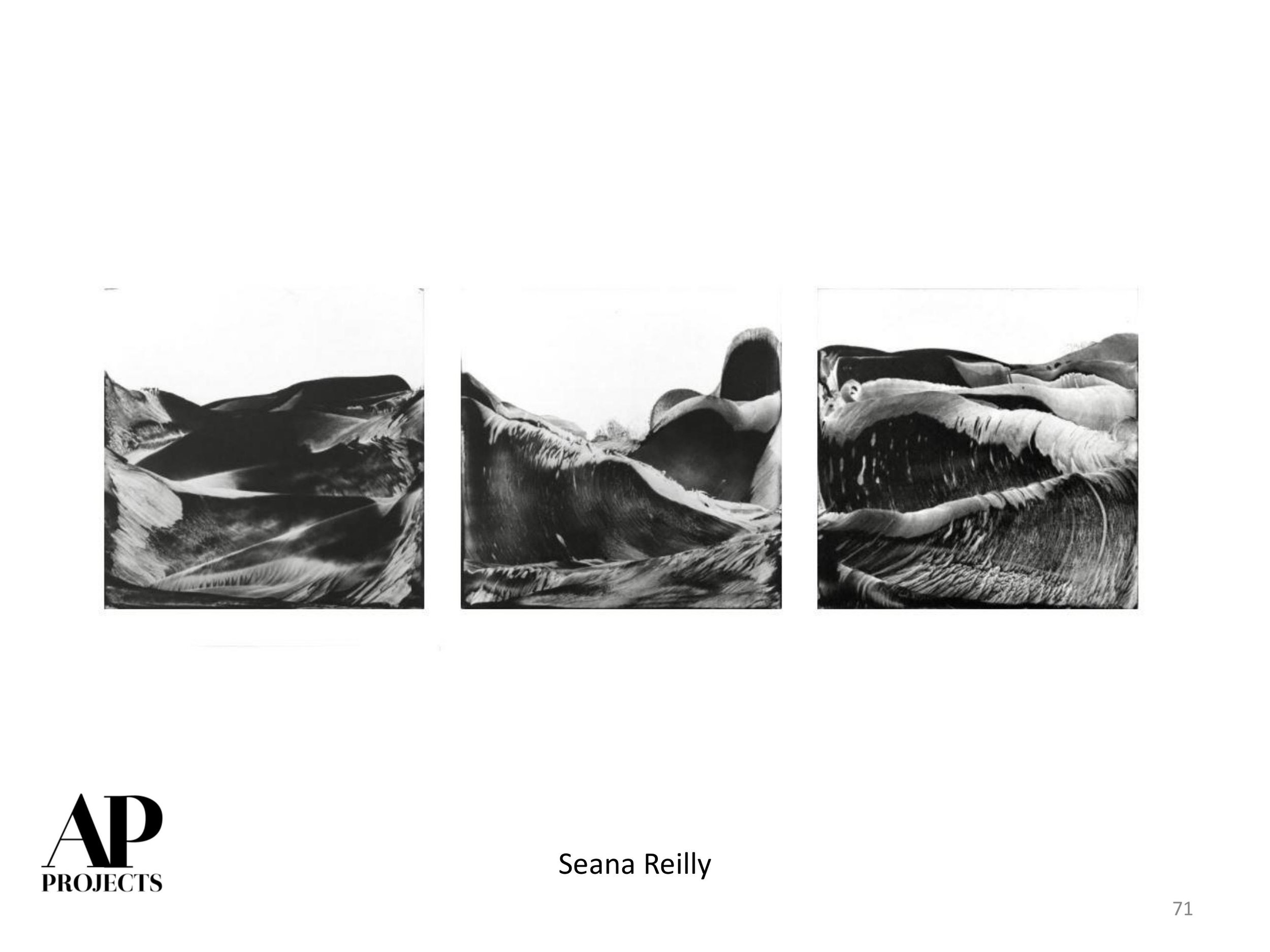
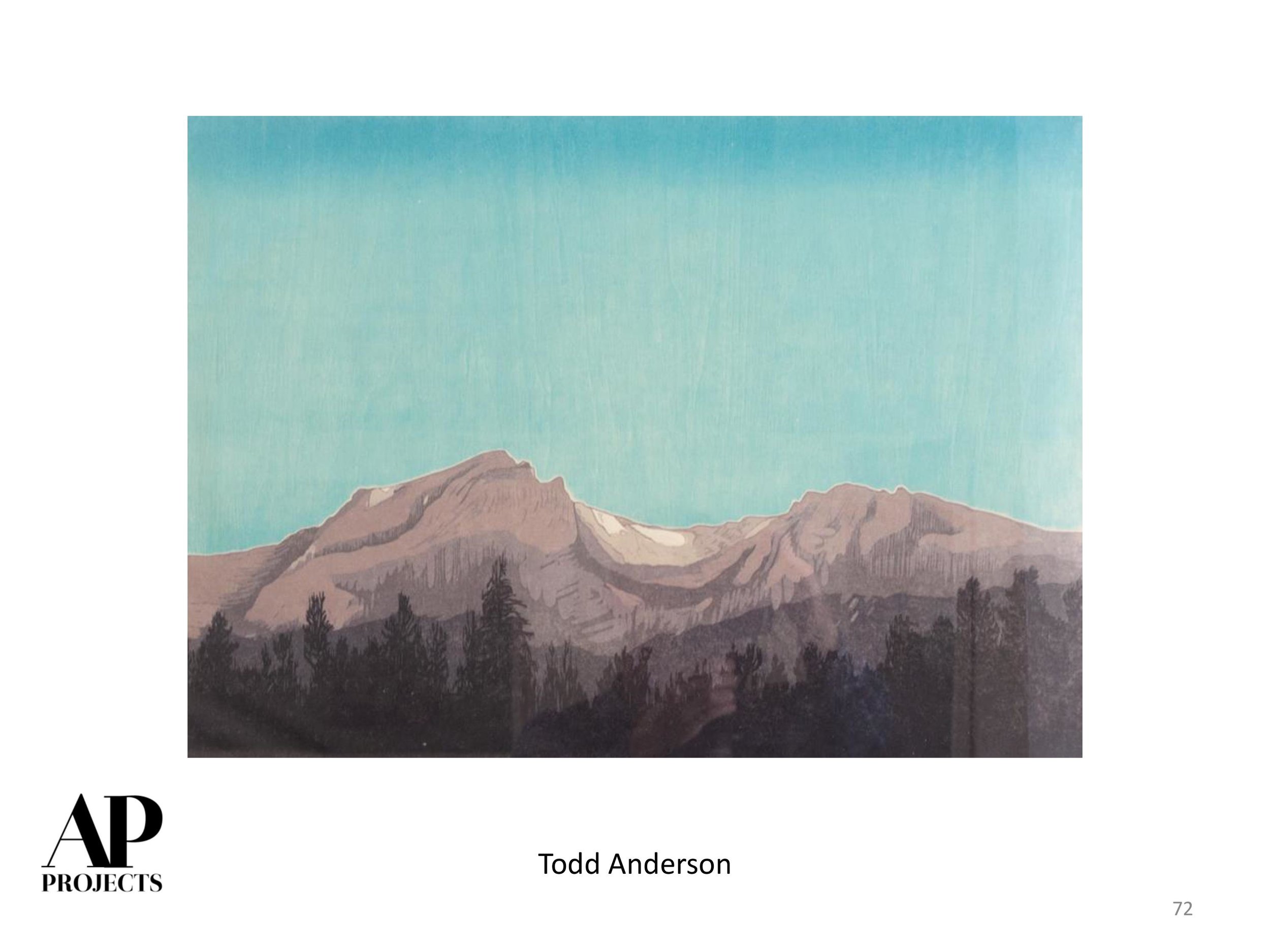
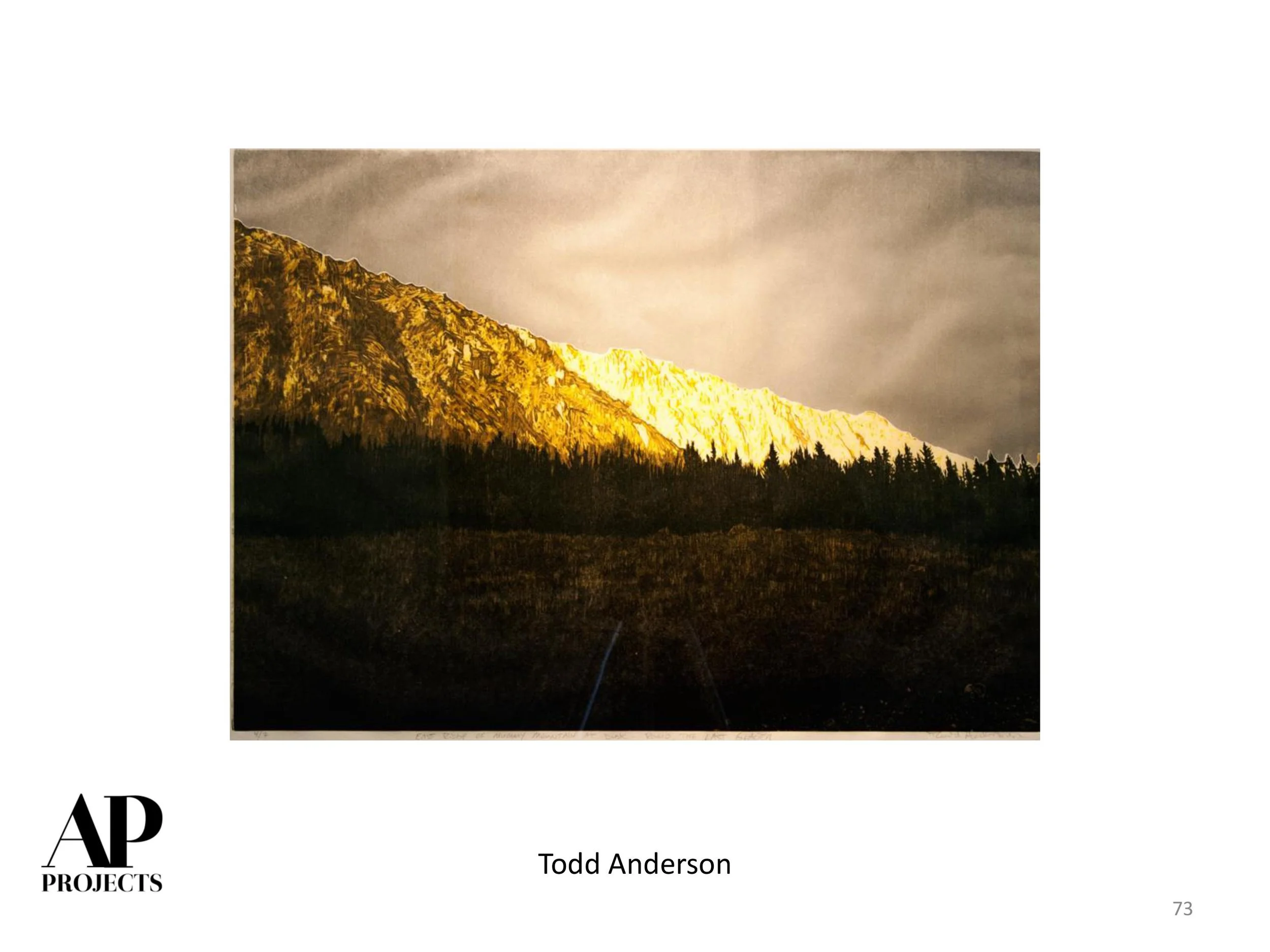
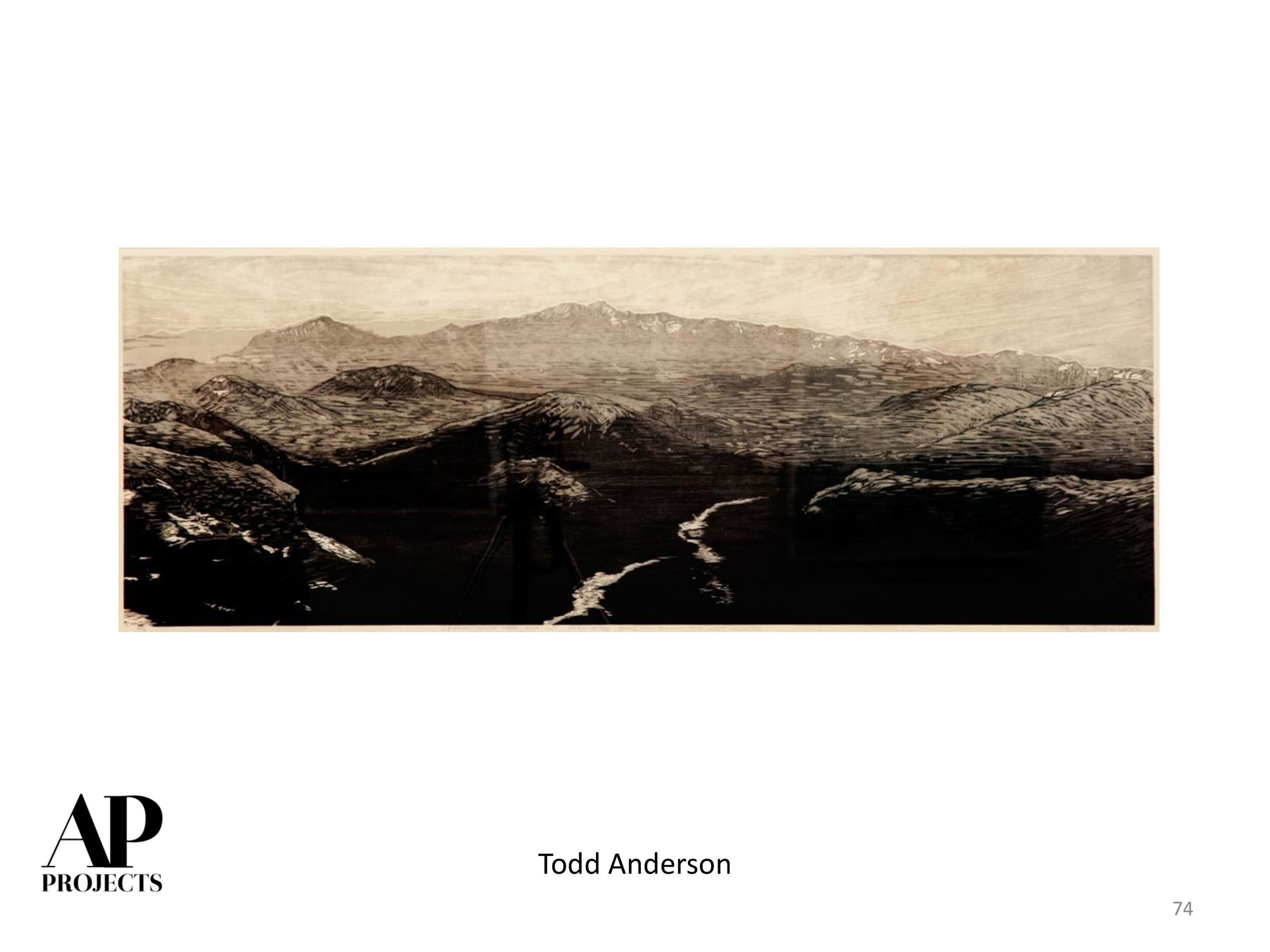
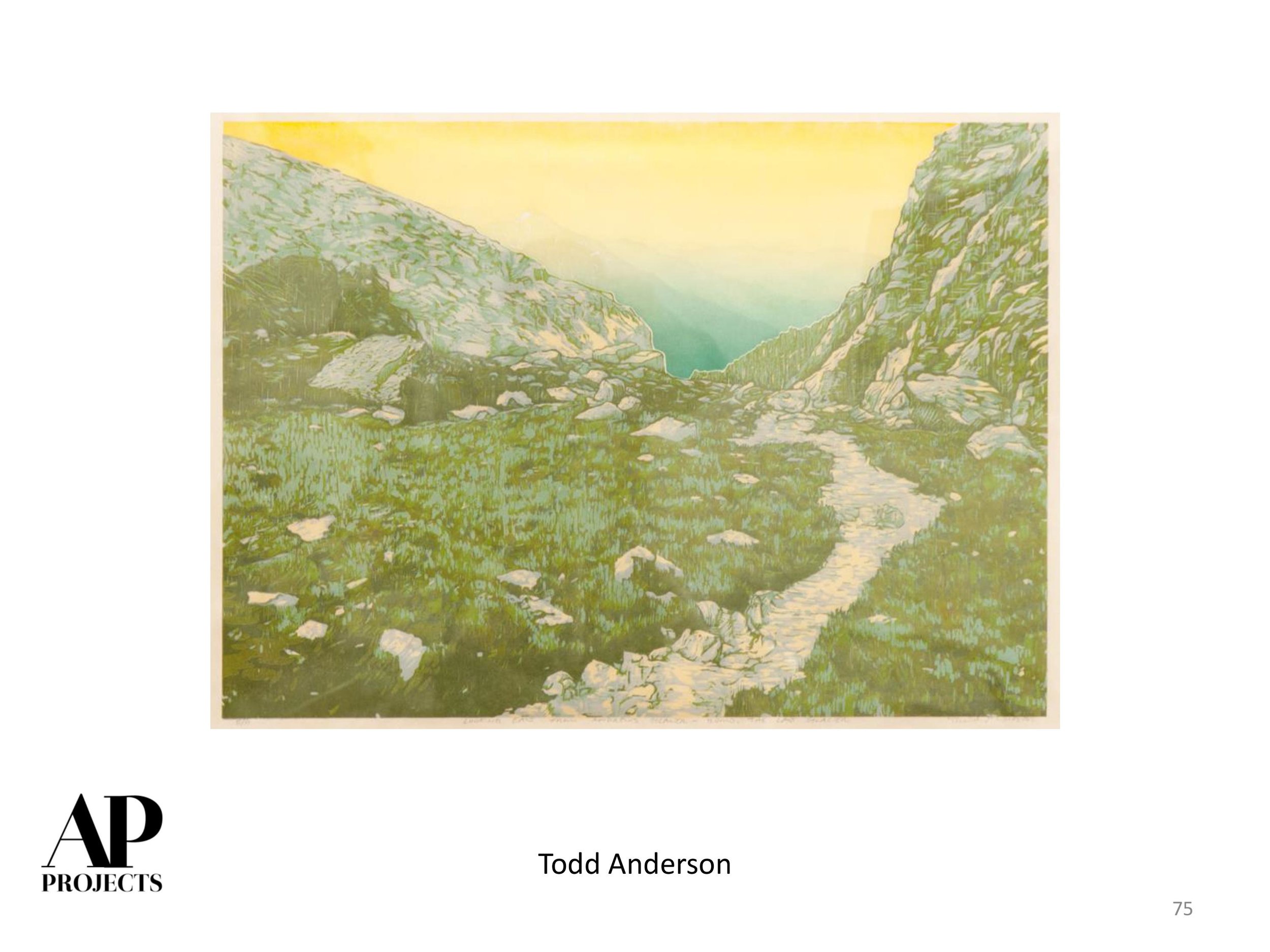
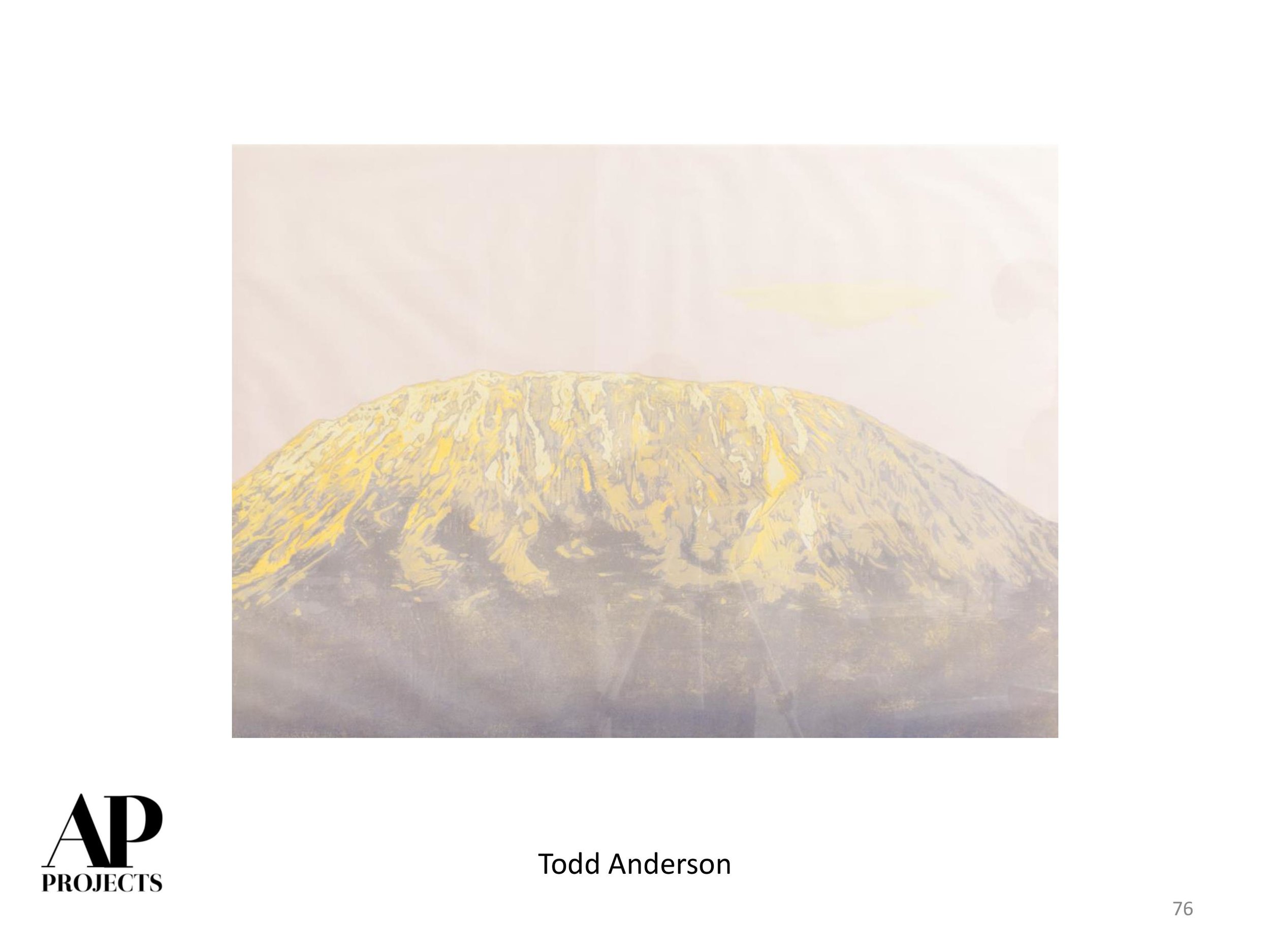
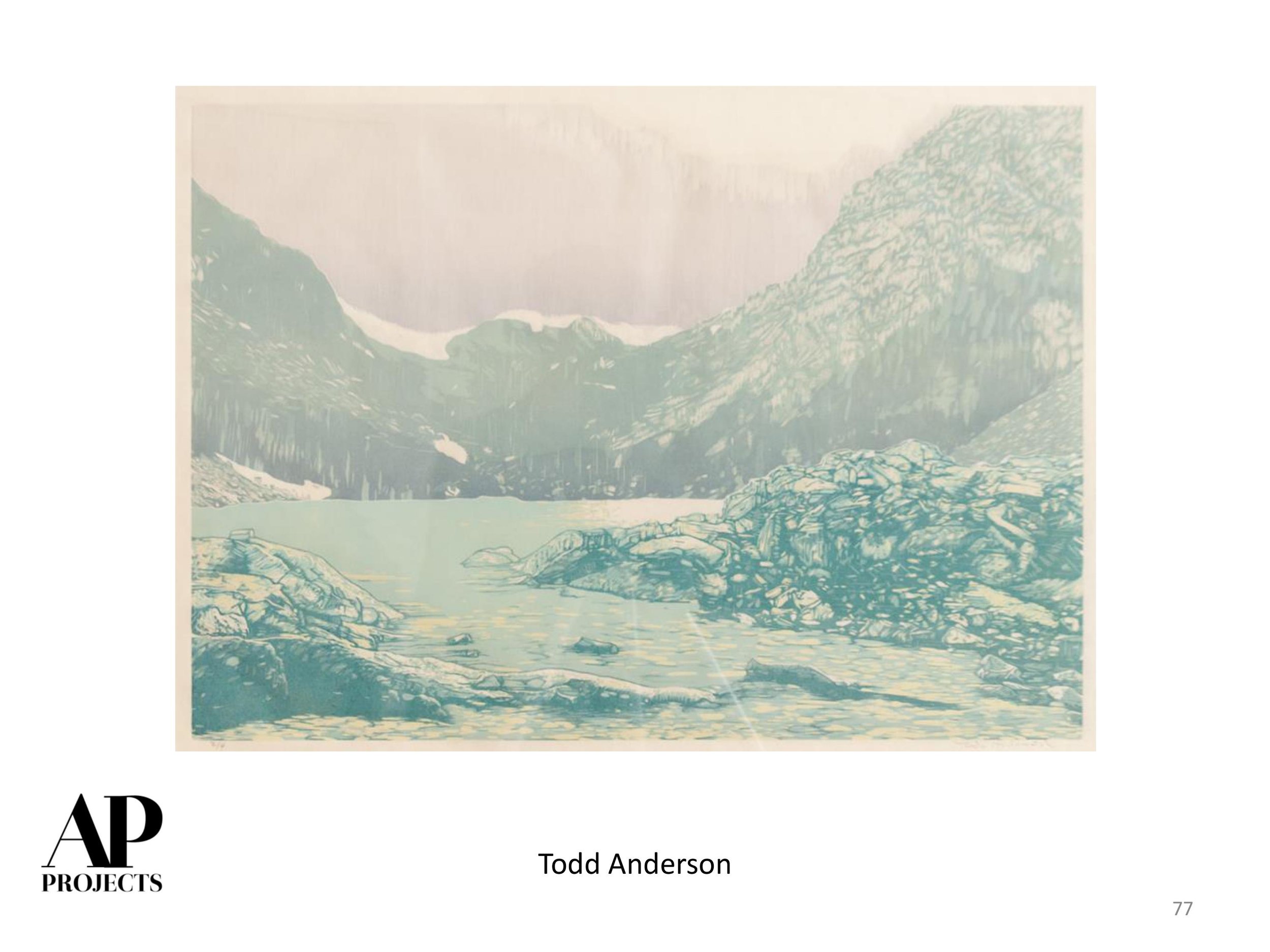
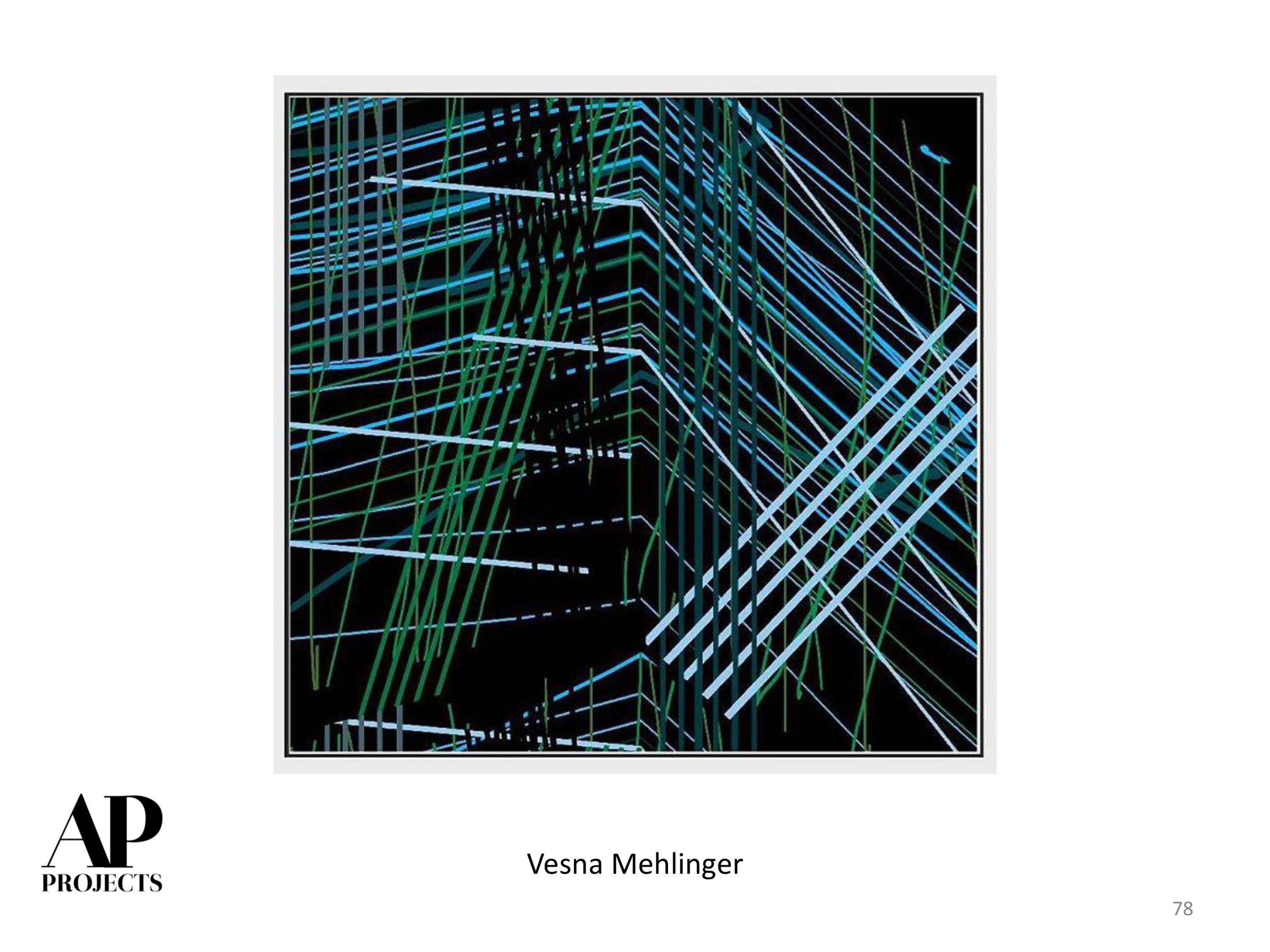
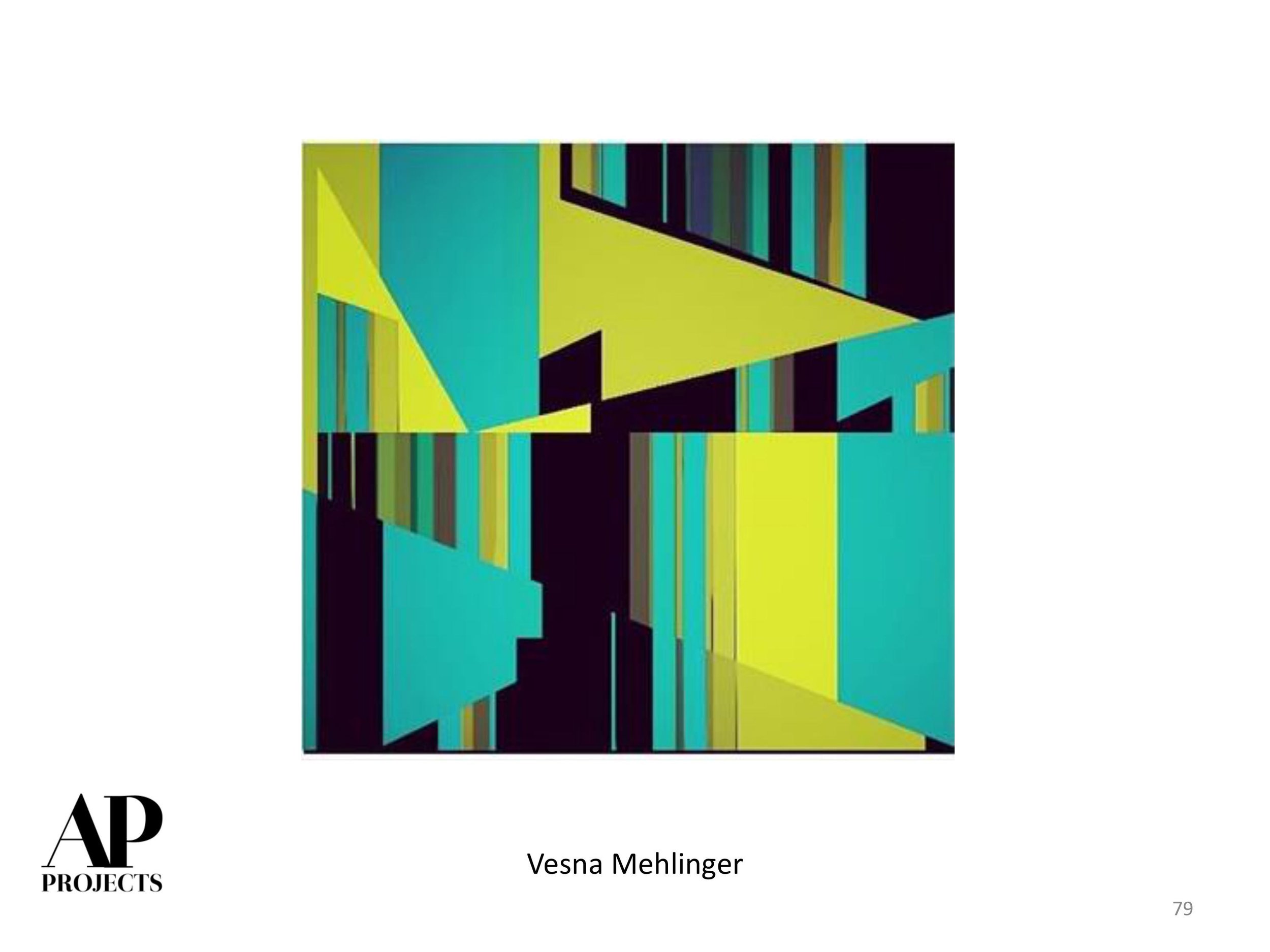
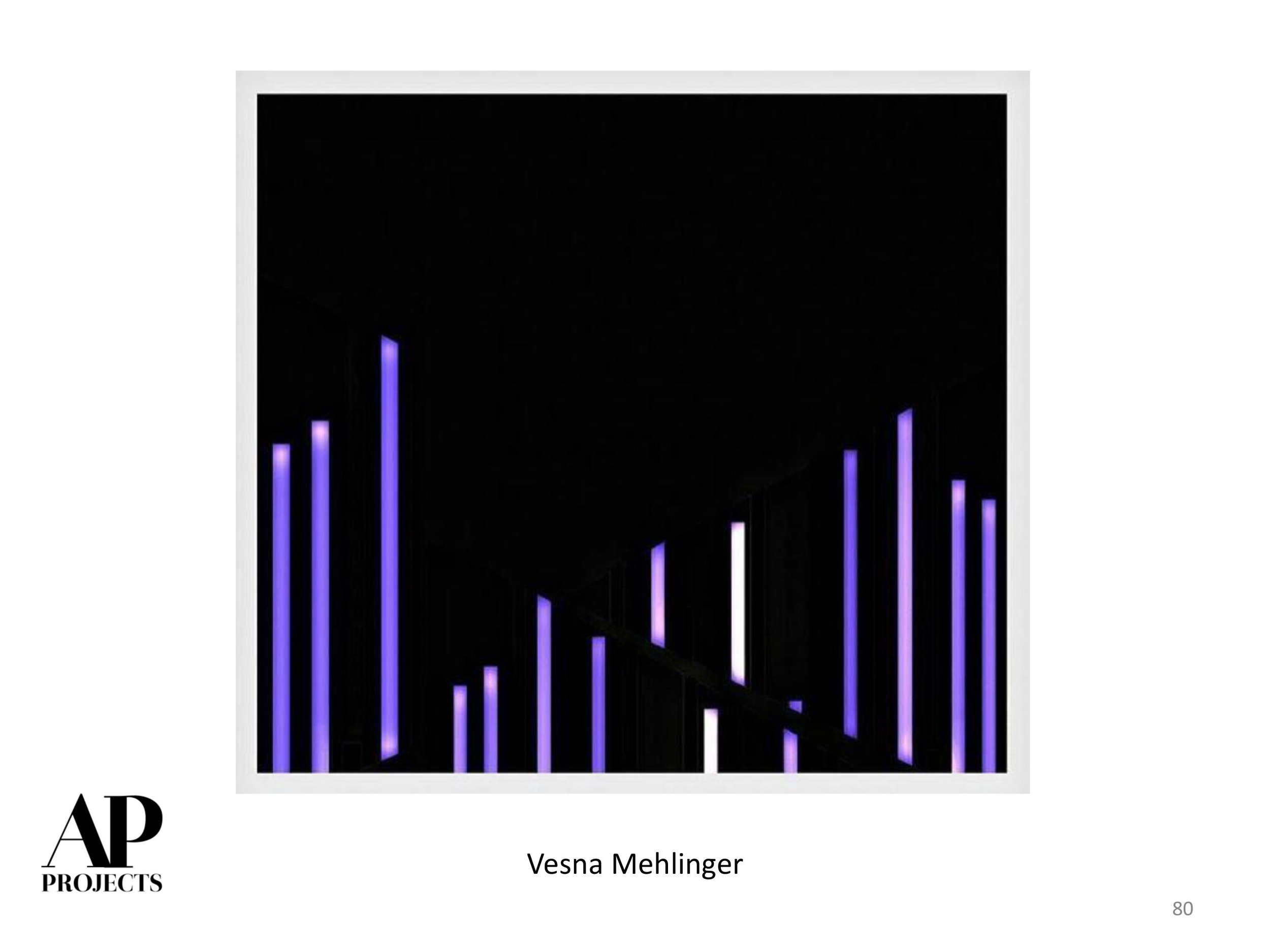
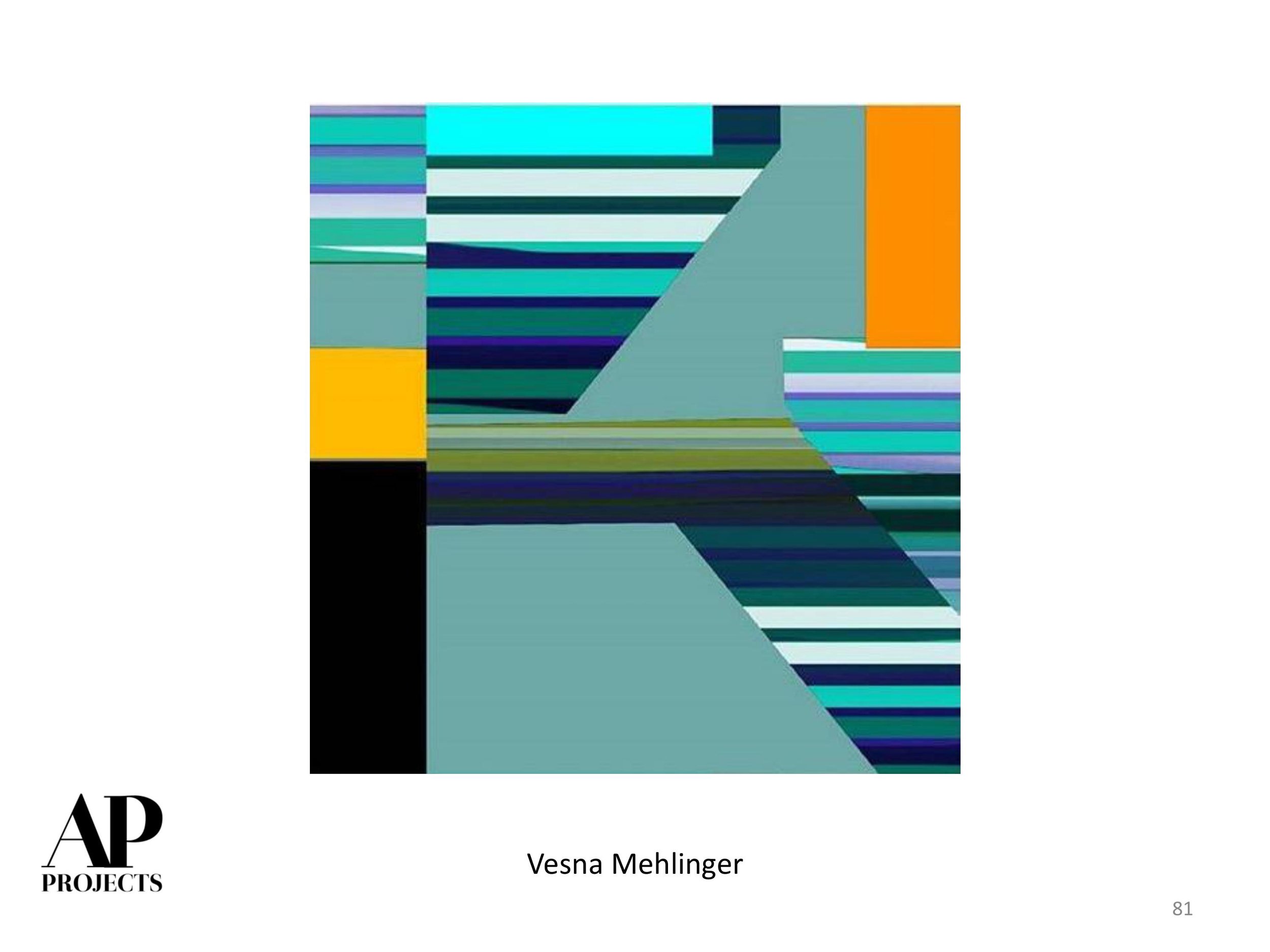
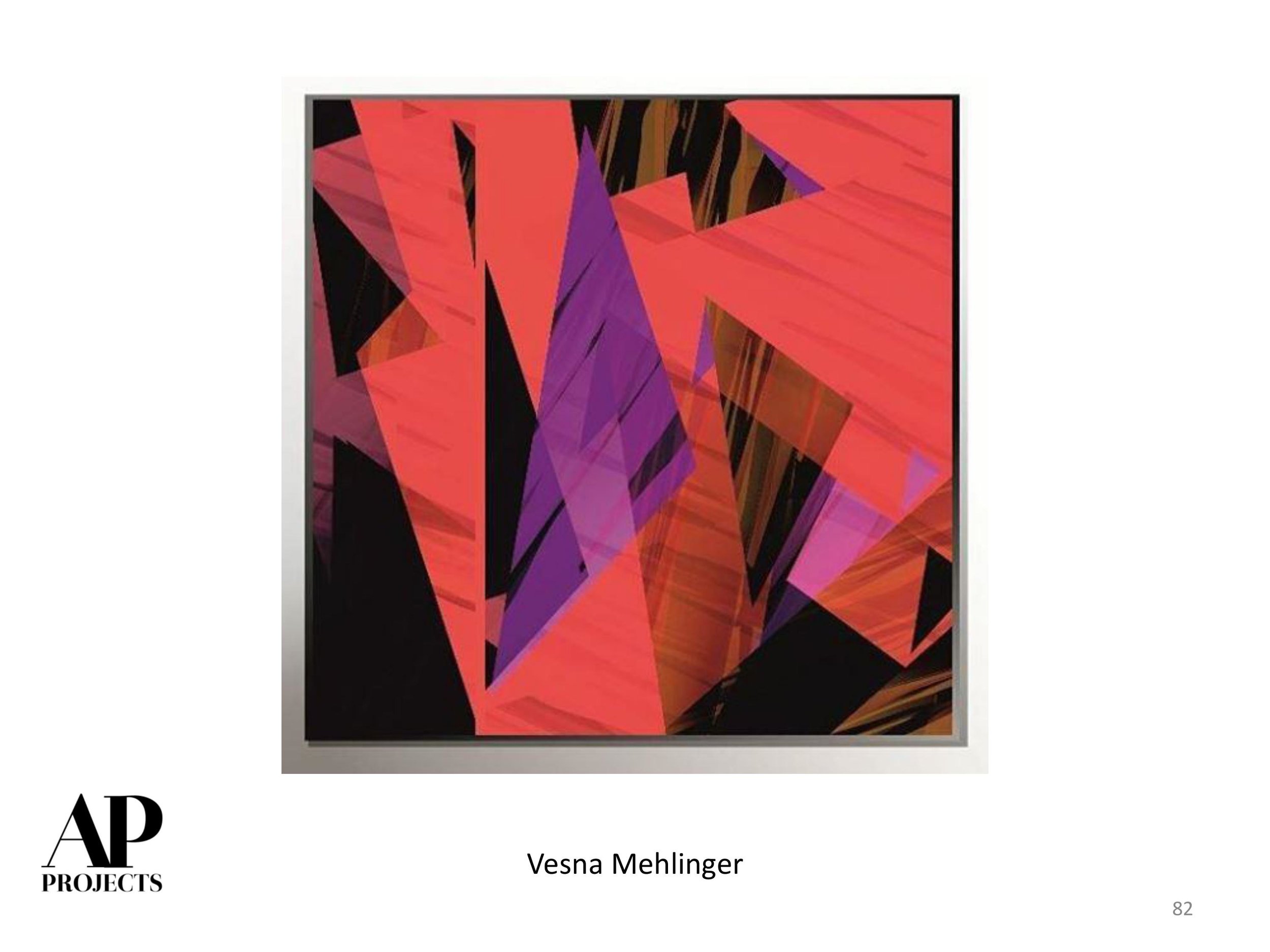
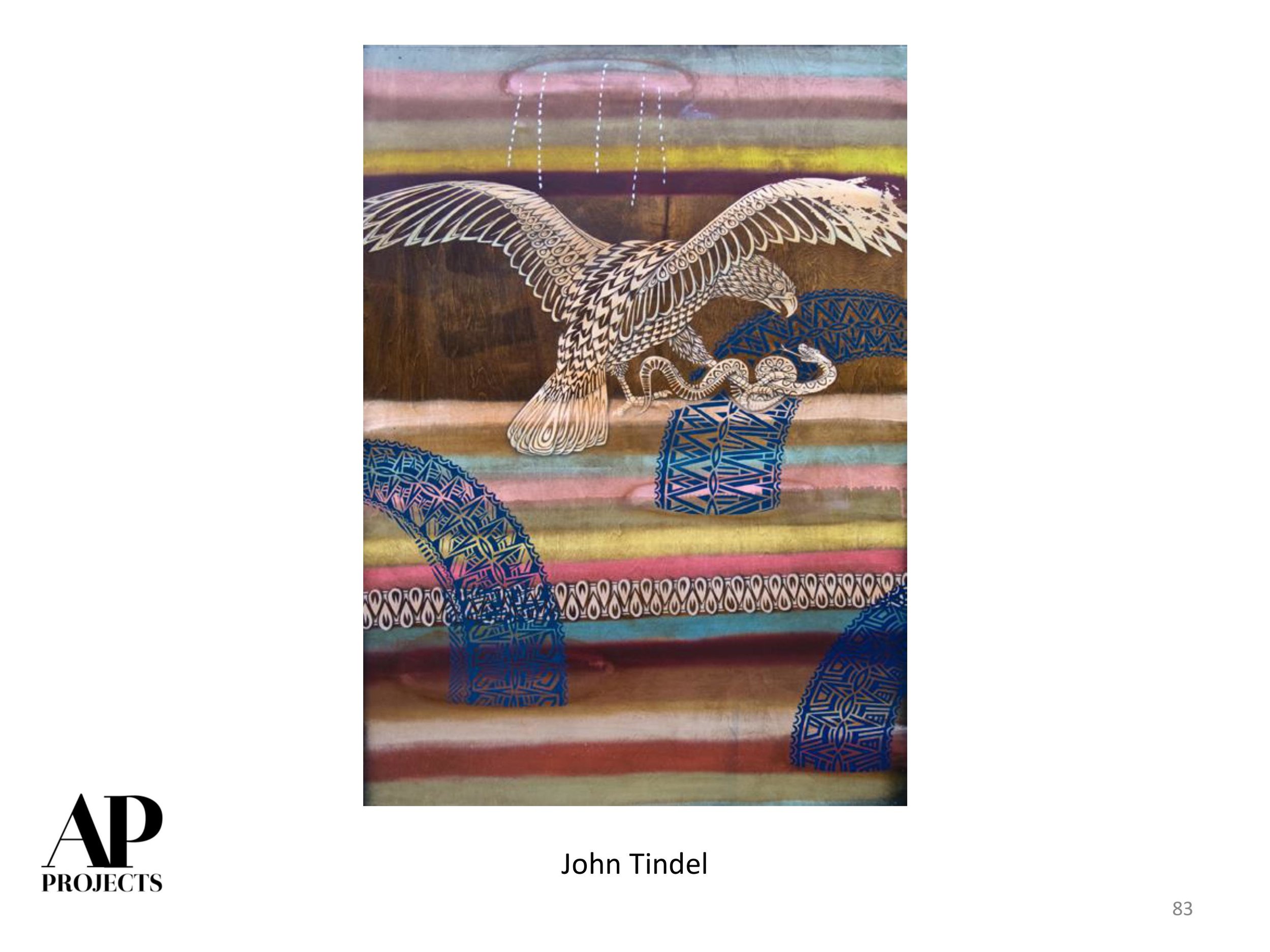
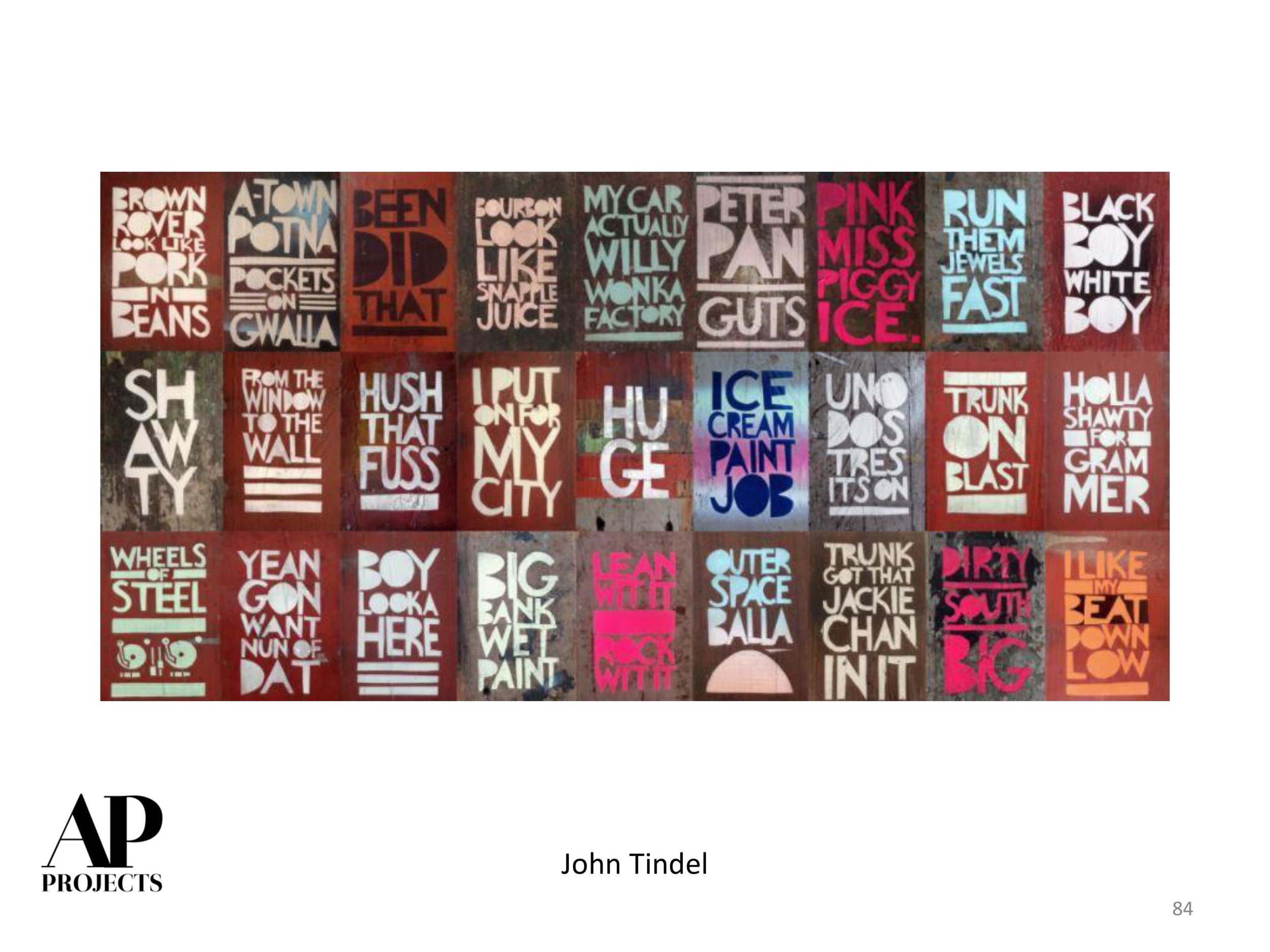
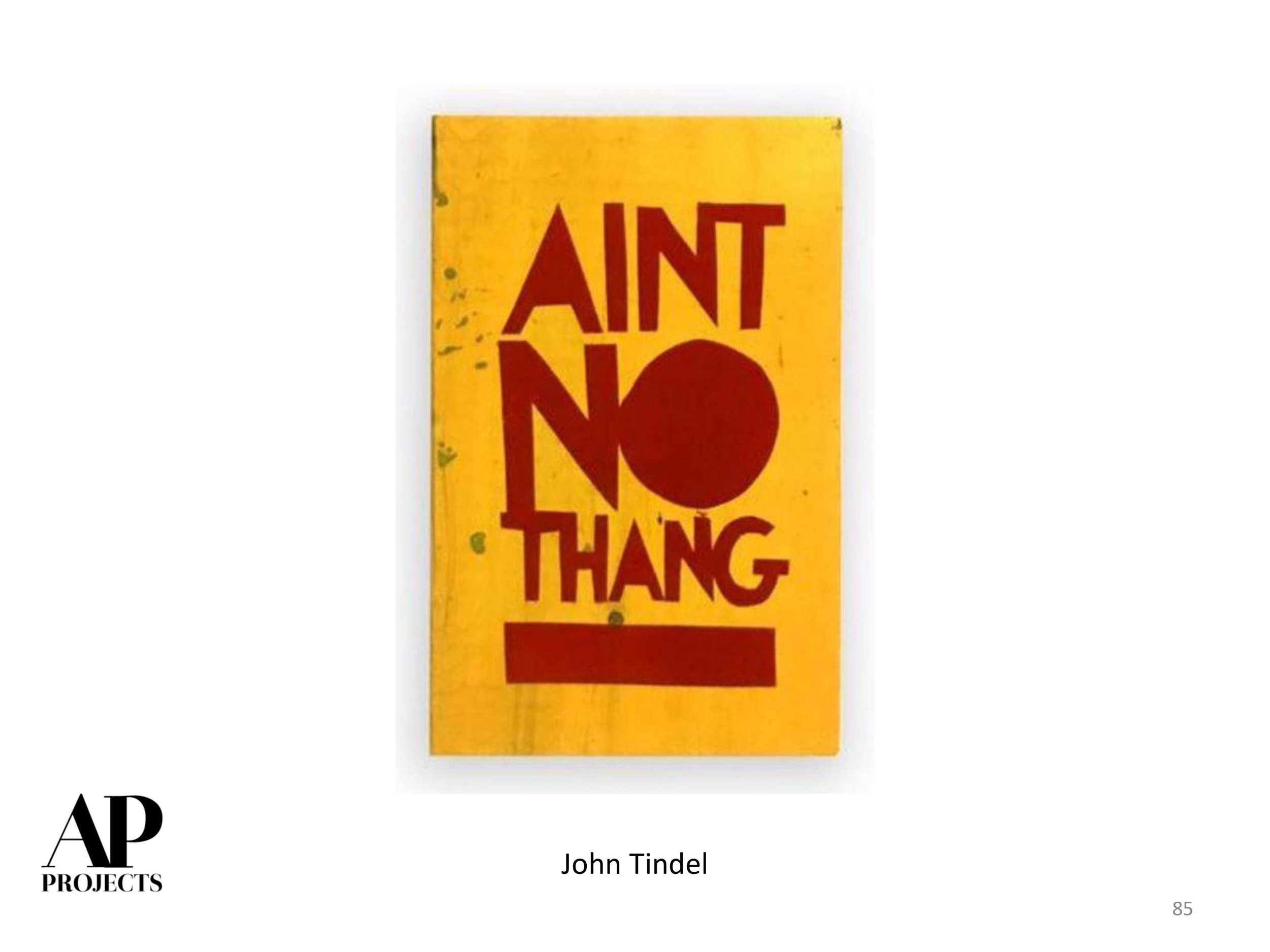
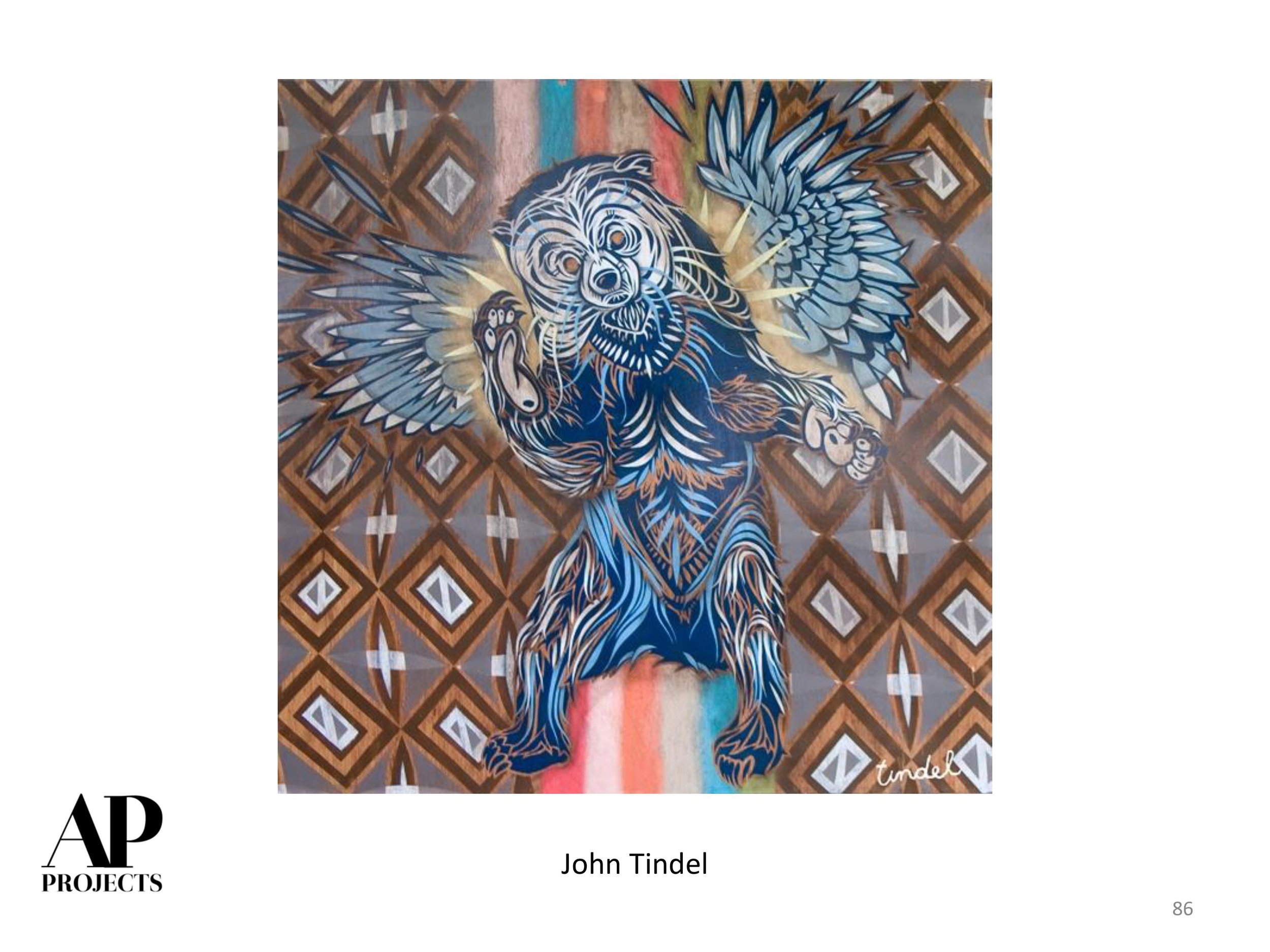
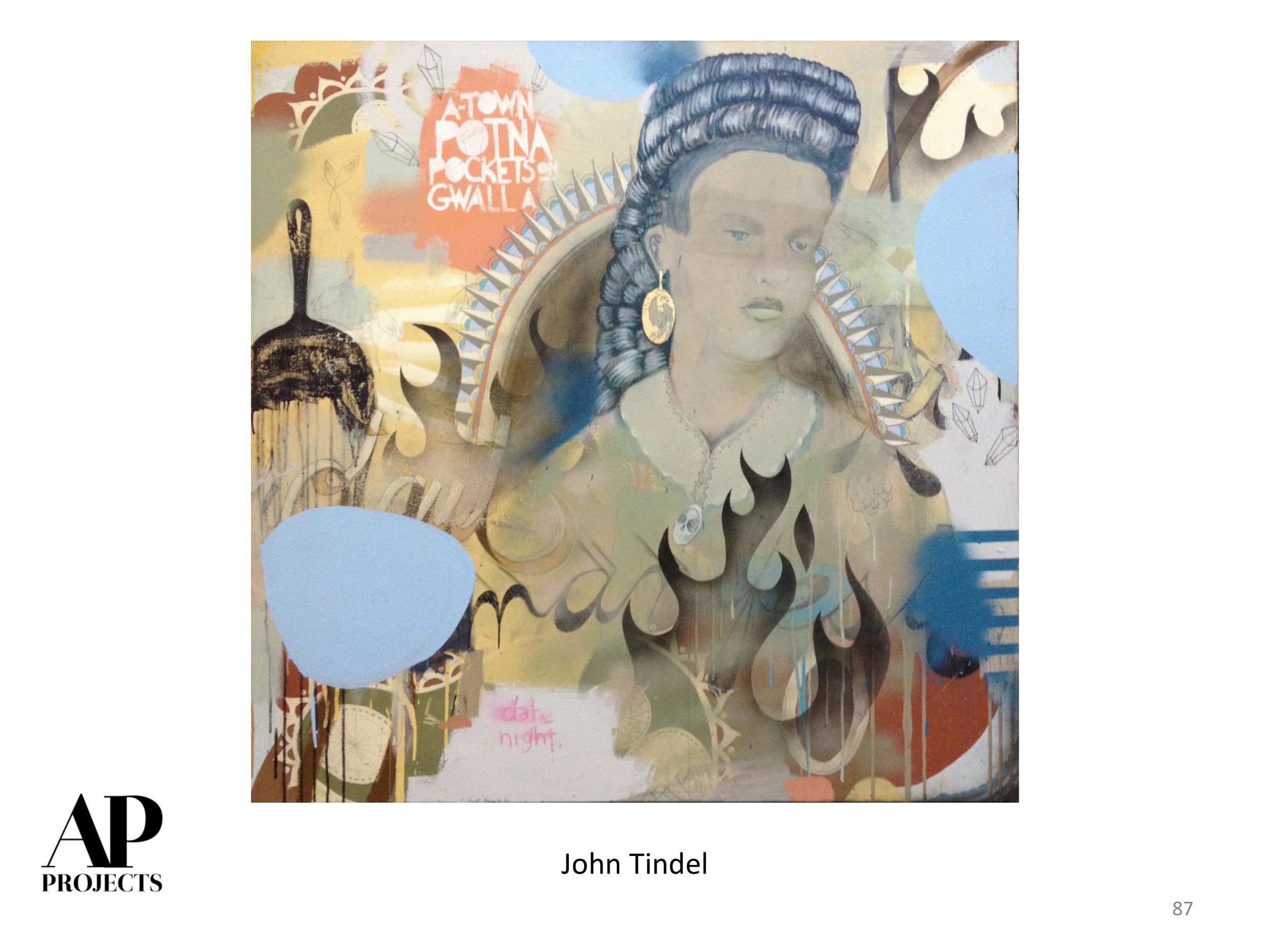
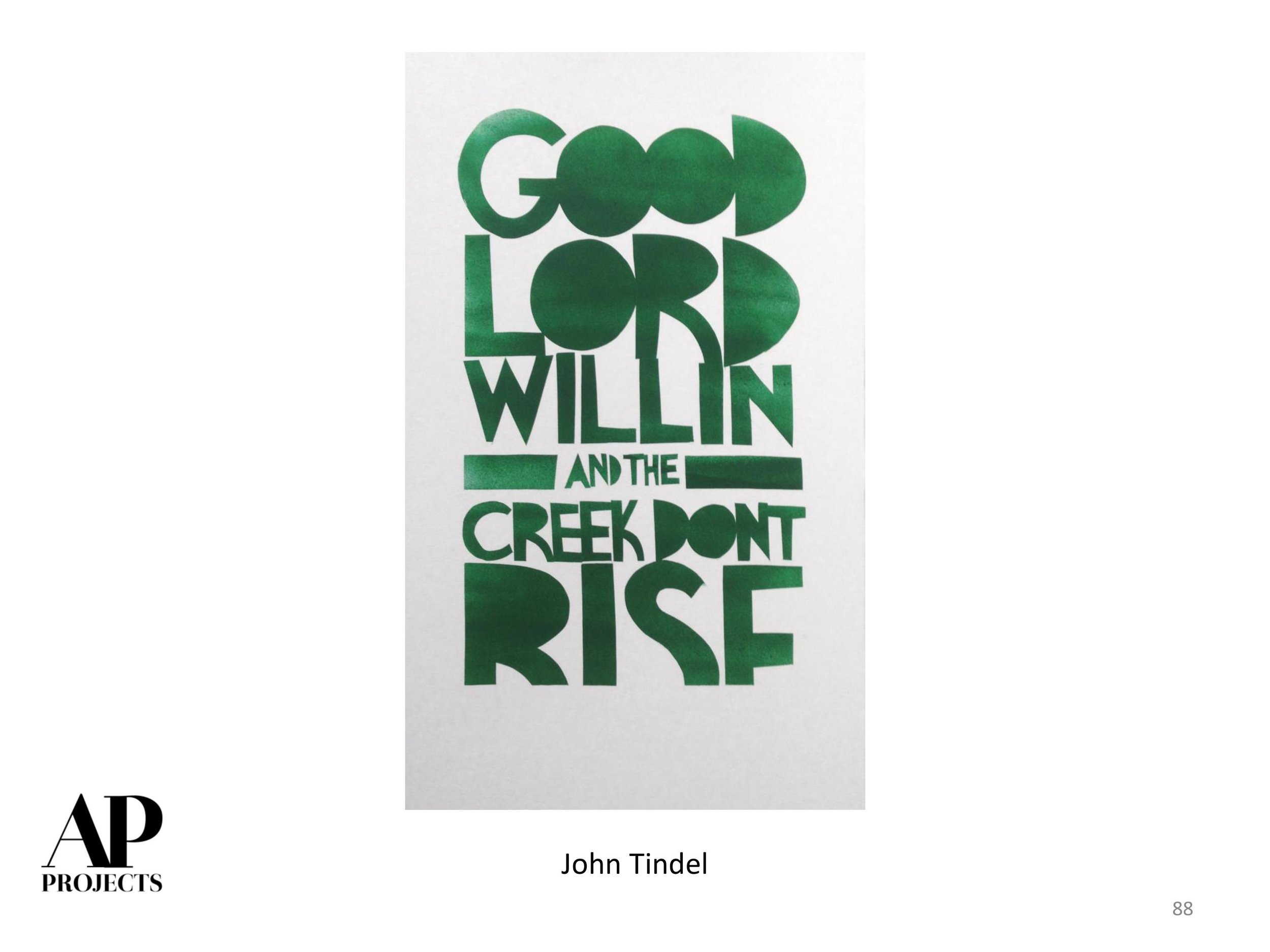
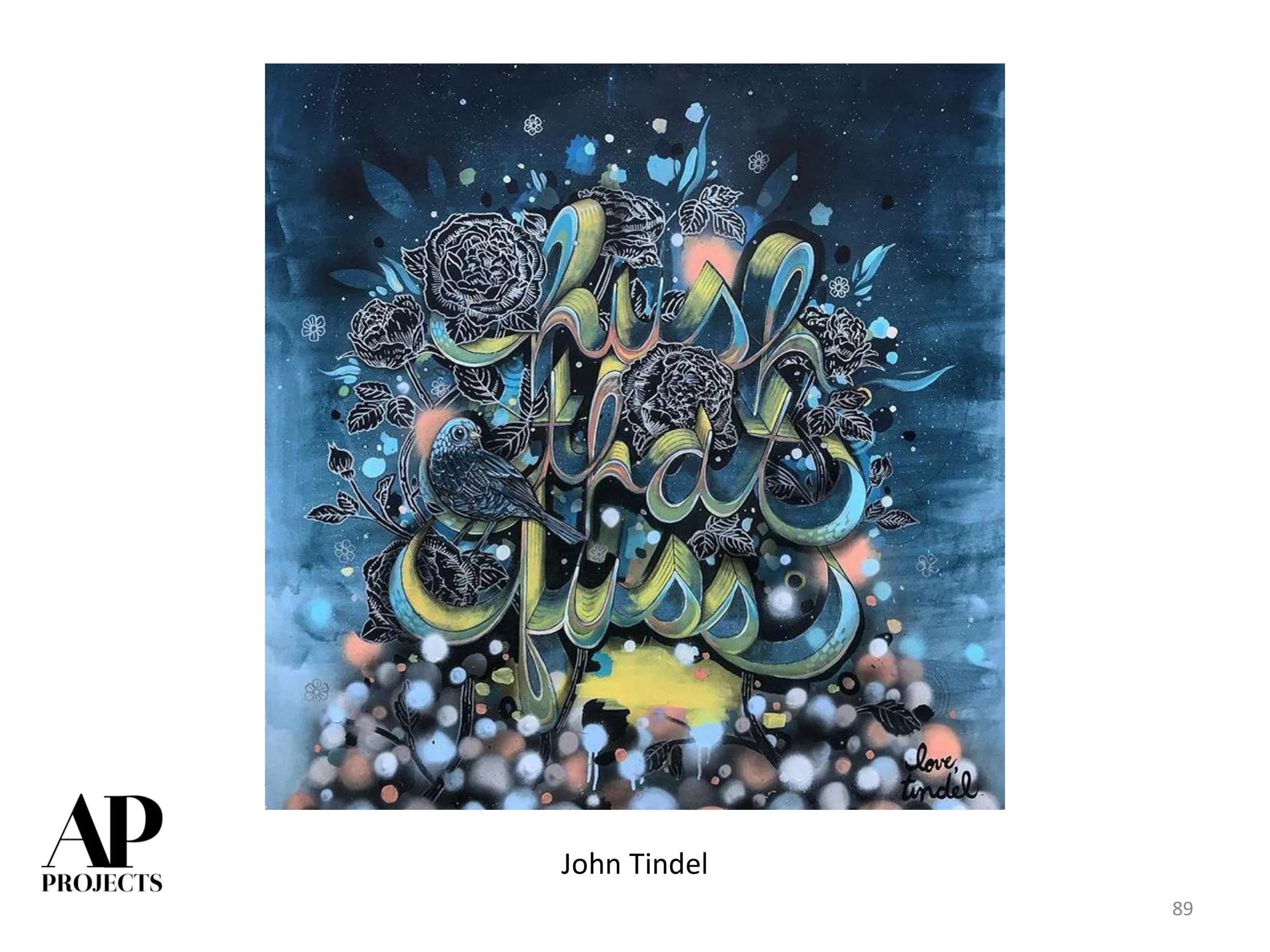
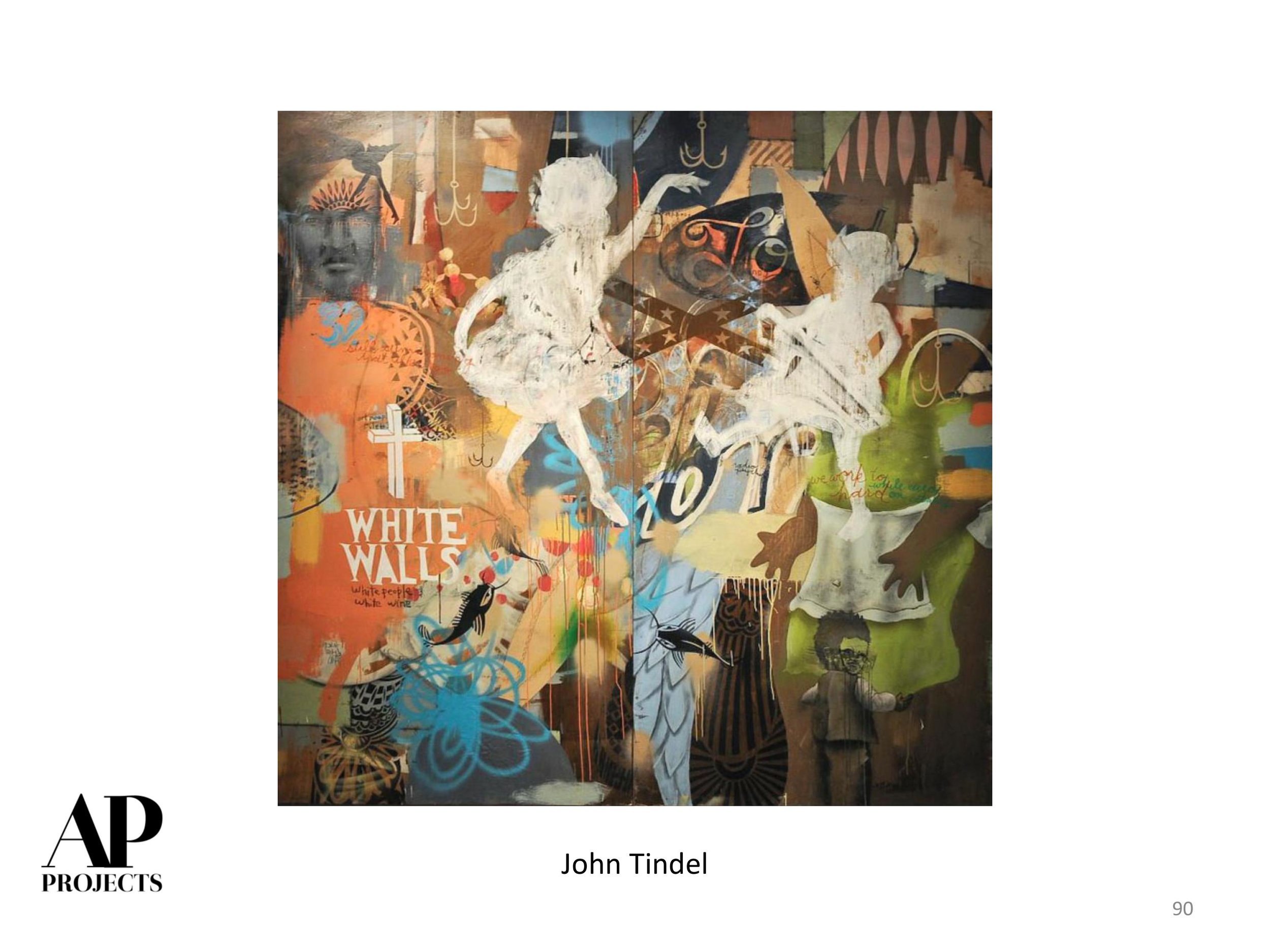
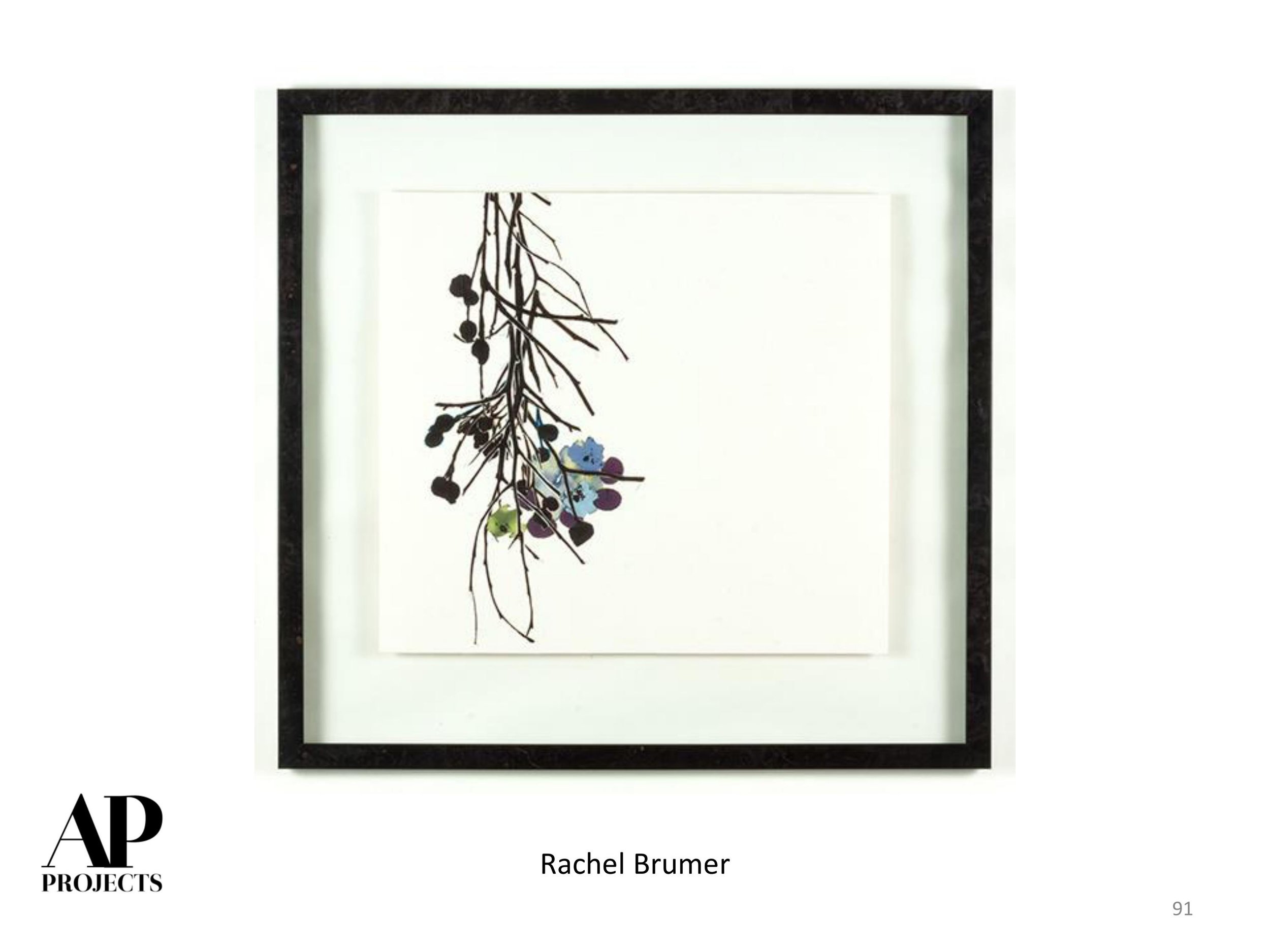
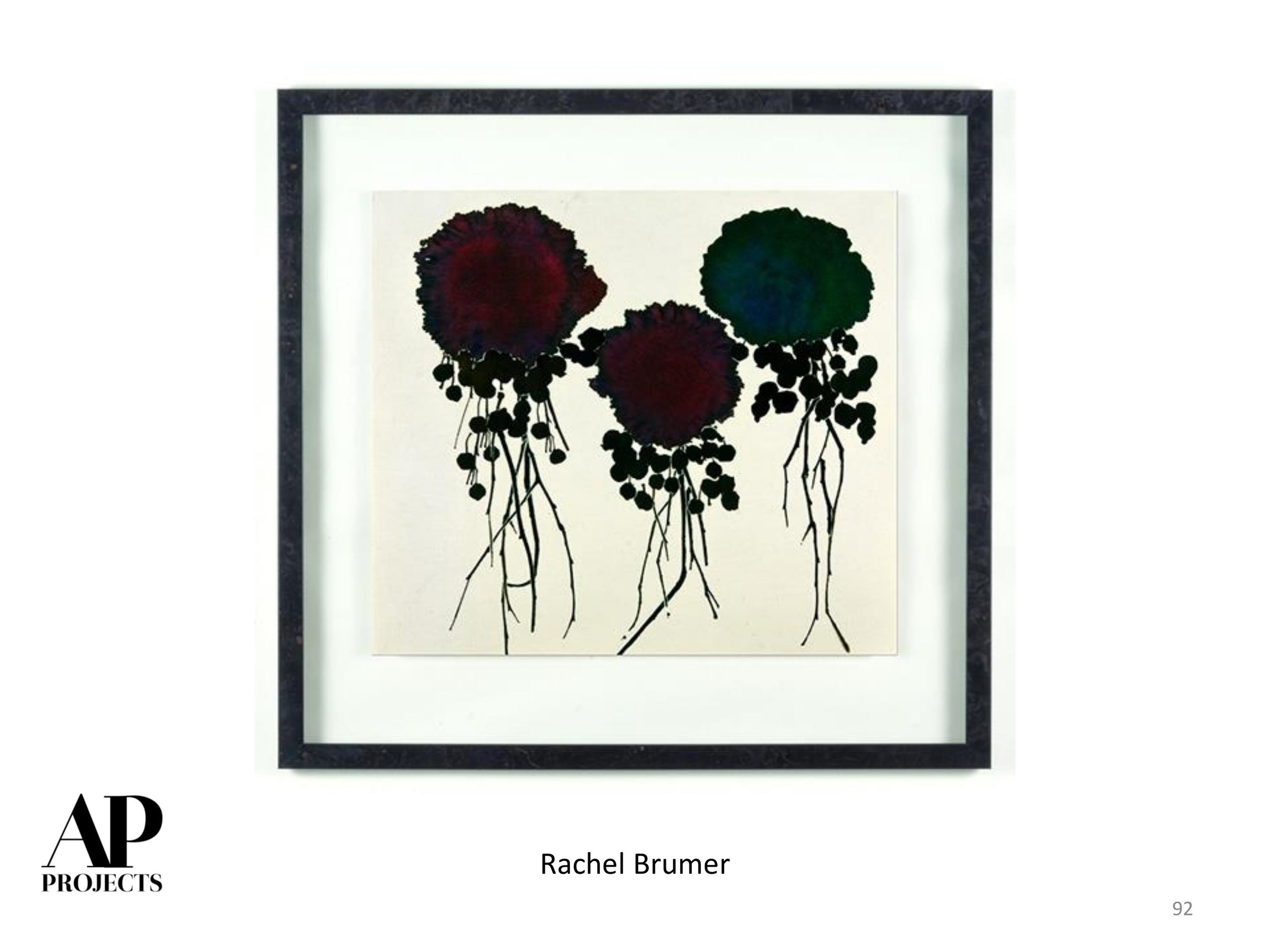
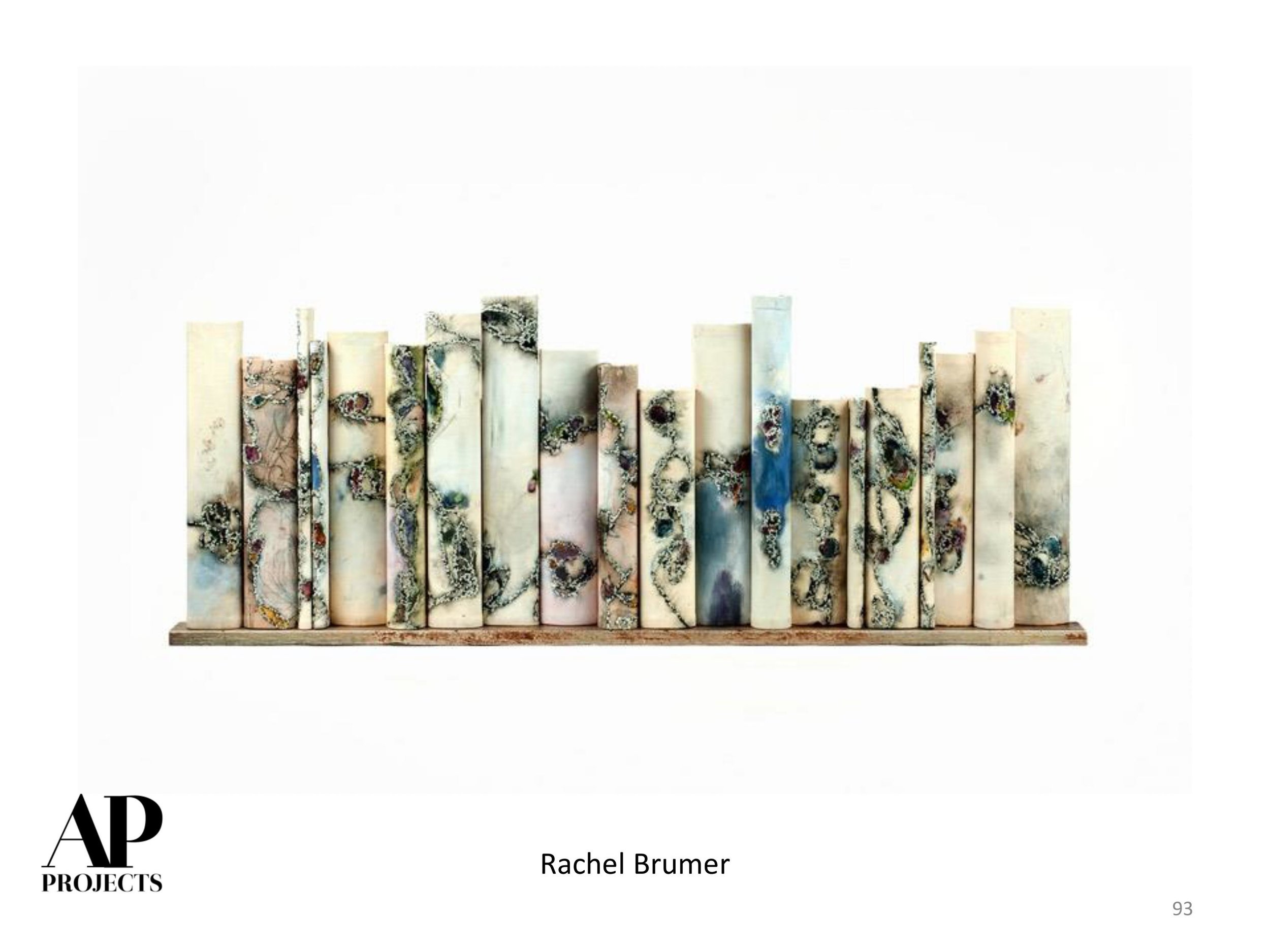
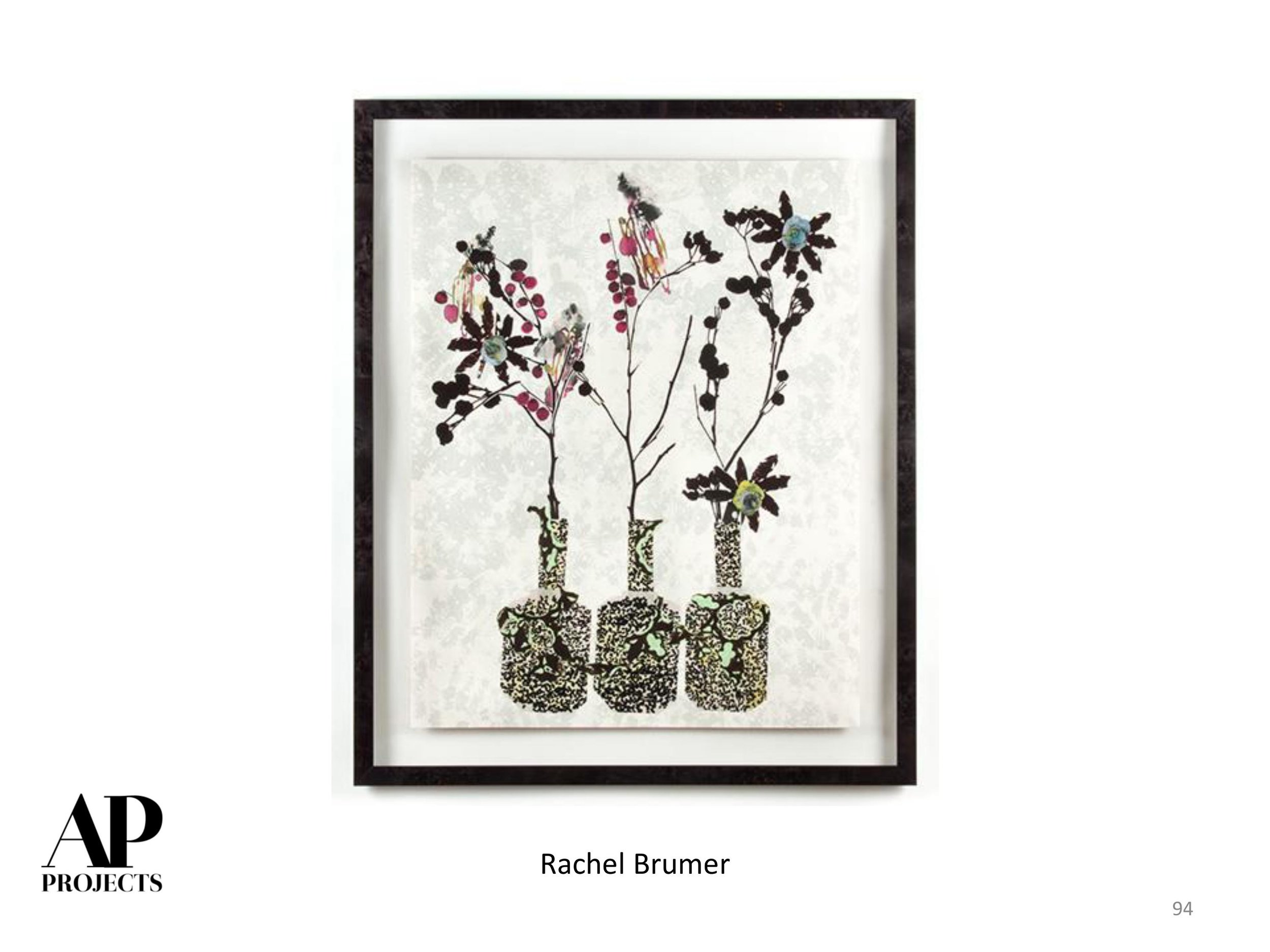
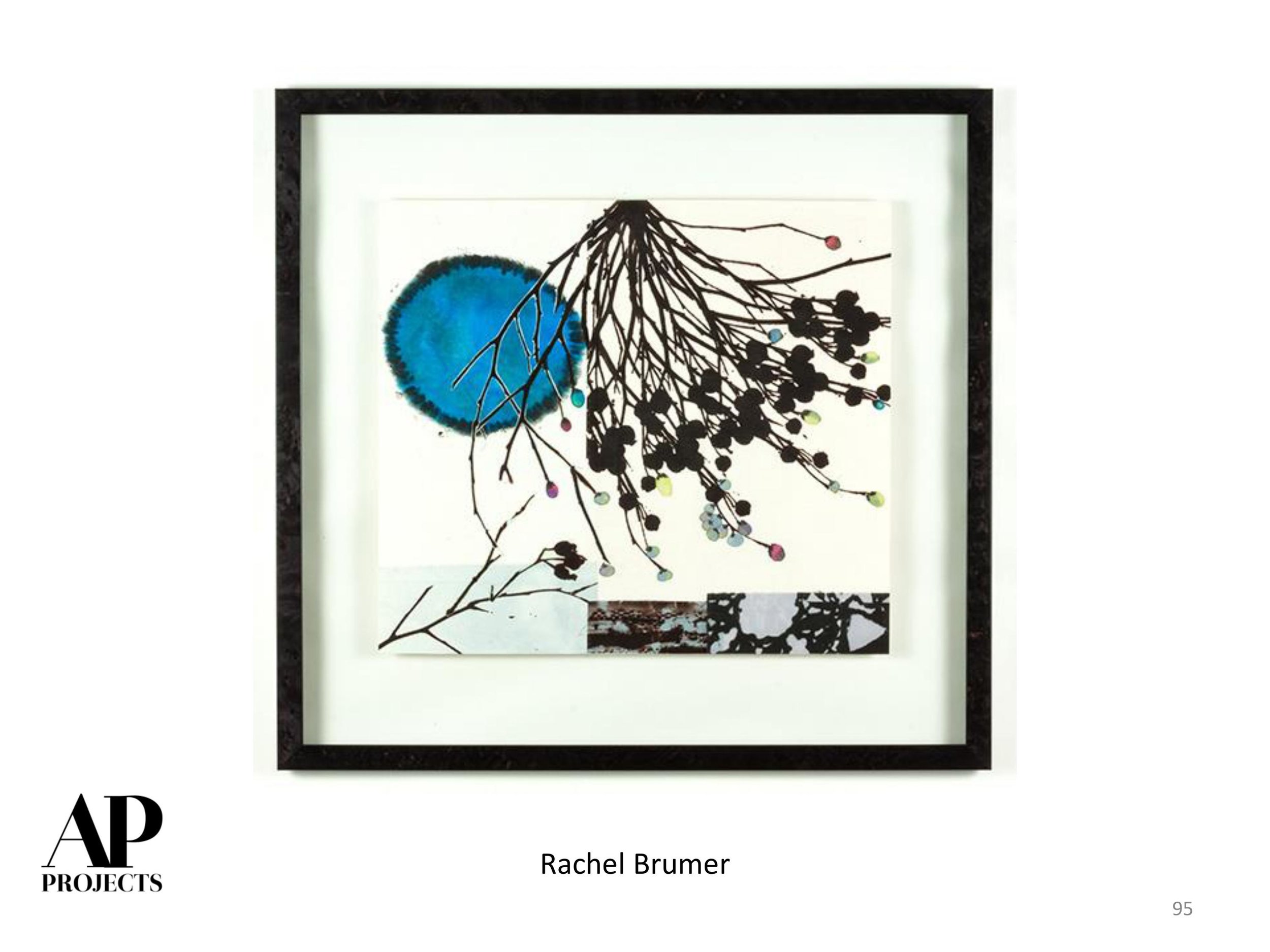
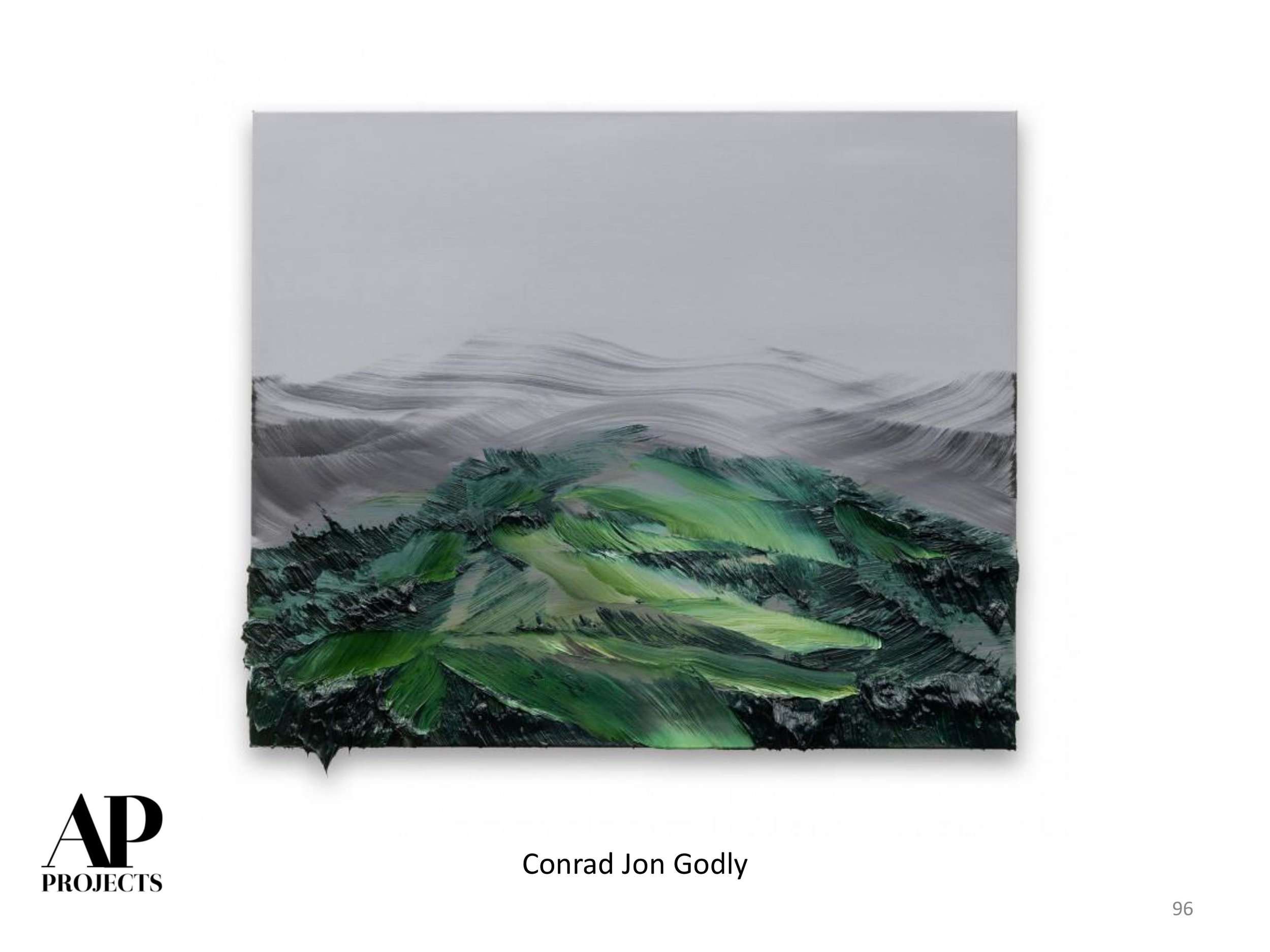
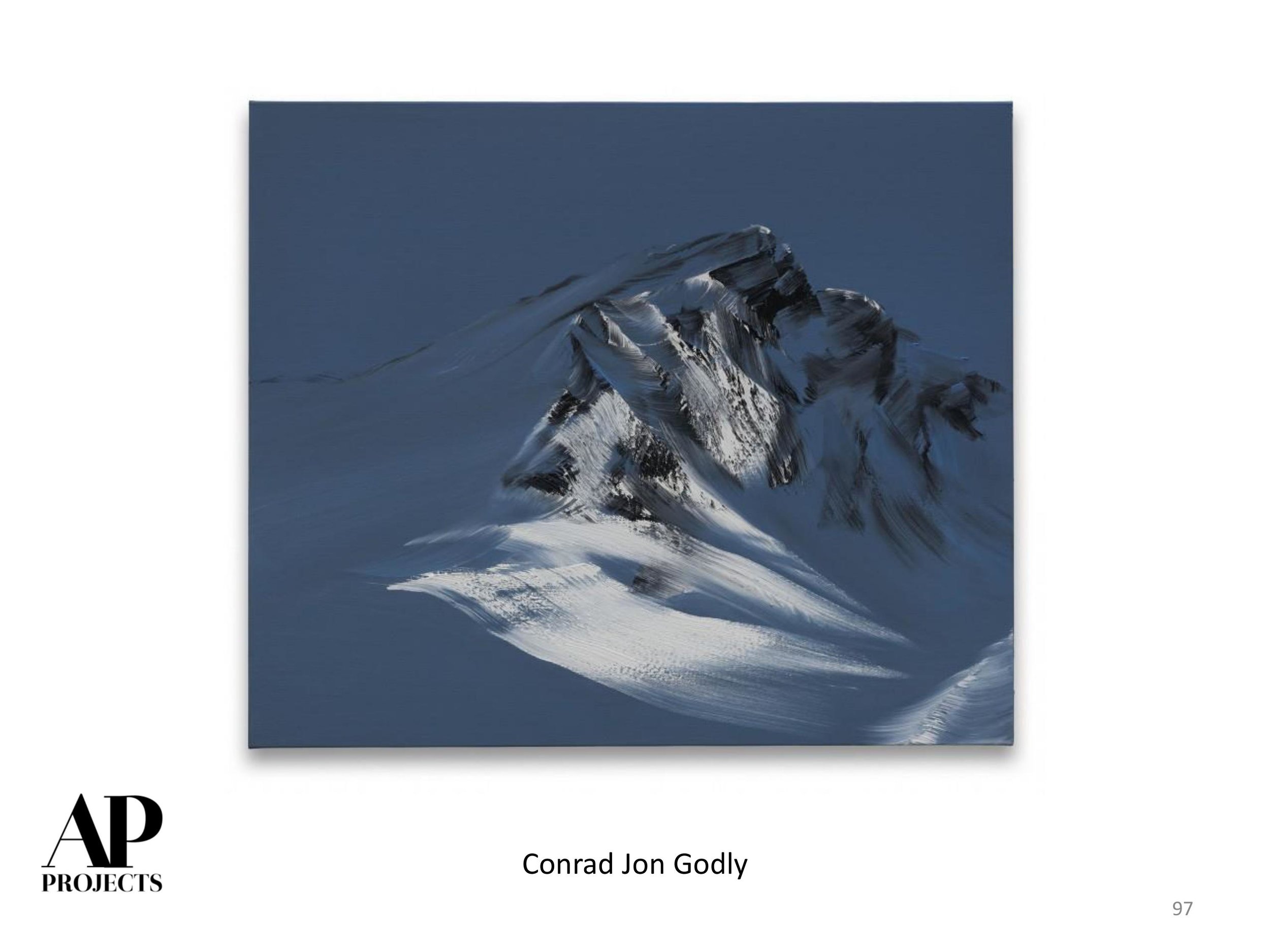
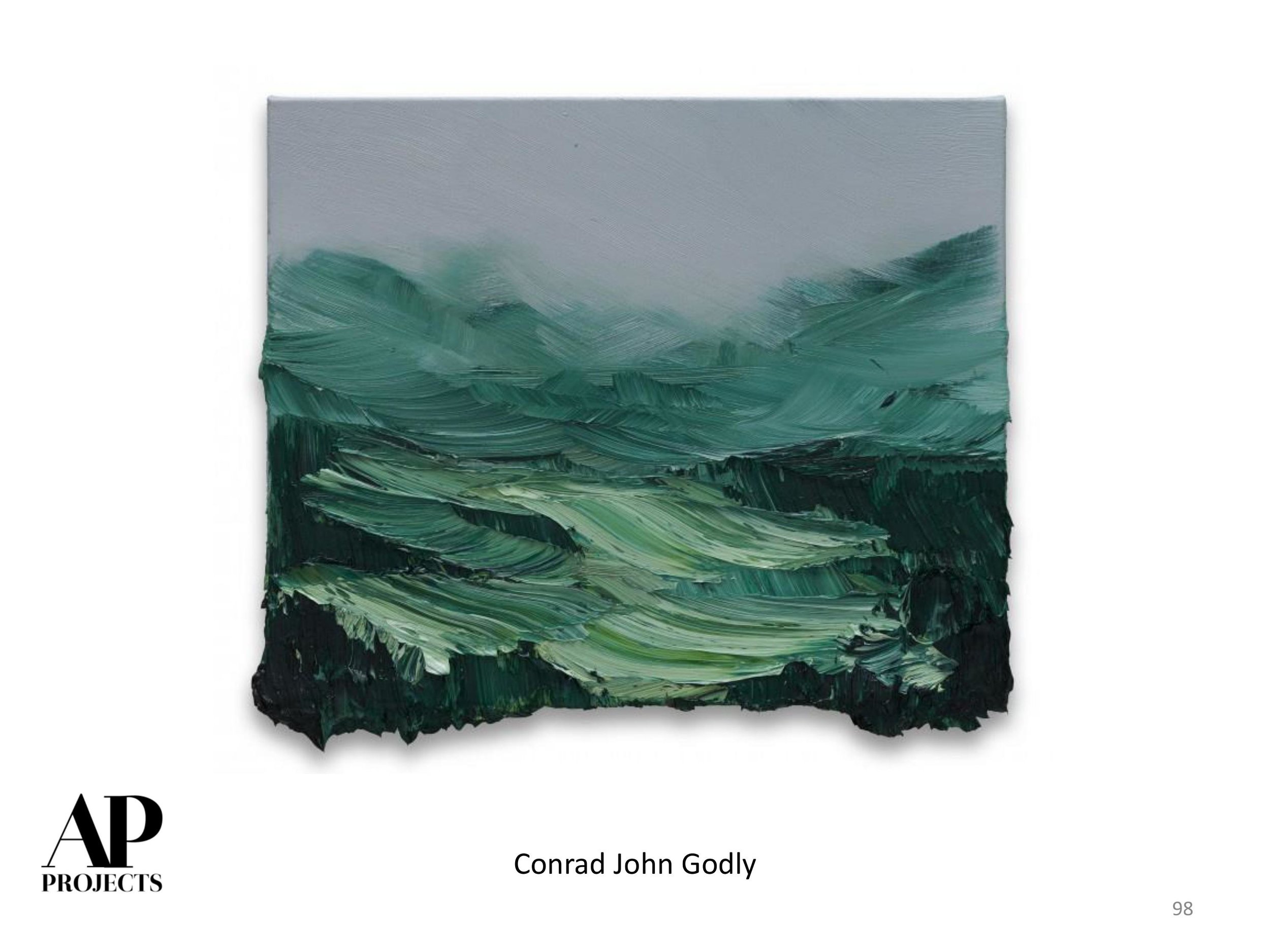
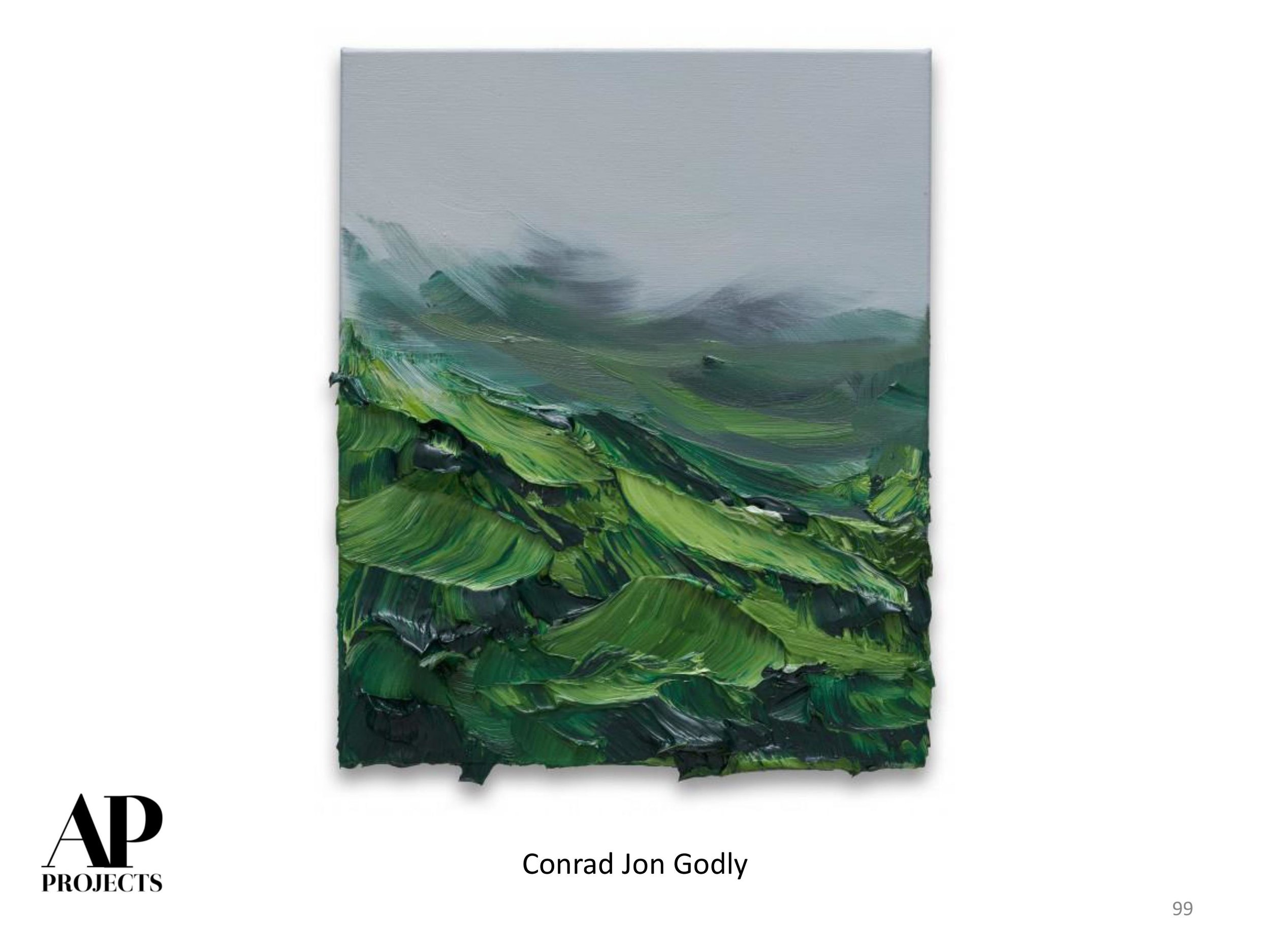
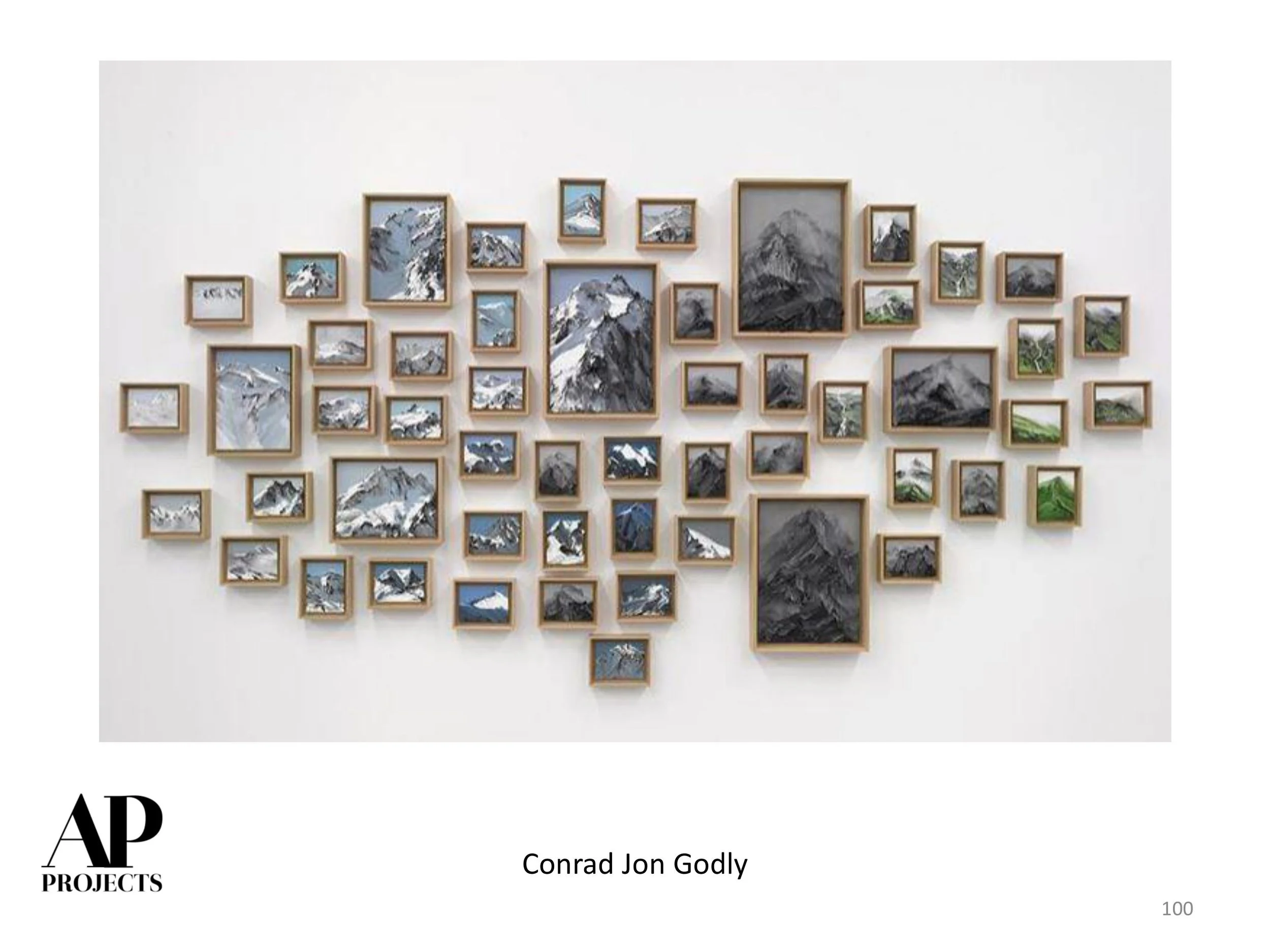
Words with Friends | Brett Smith
Brett Smith is a self-taught abstract artist, represented in Atlanta by Sandler Hudson Gallery. We've been following his work for some time and just love it. We were delighted when he said yes to the casual interview, seen below. Thanks, Brett!
APP: So why Atlanta? As a South African native, how did you settle on this "city in a forest" and what are some things that keep you here?
BS: I got a tennis scholarship to play for Georgia State University. Back then, Atlanta was going to host the '96 Olympics so I thought that would be a great experience. Compared to other college towns, Atlanta seemed to be an exciting city to live in and had a lot going for it, so it really was an easy choice. Apartheid was ending in South Africa and the future was very uncertain, I had this opportunity and I grabbed it.
APP: I know your current series is called "From Scaffold to Thicket" and is largely inspired by all the cranes and construction chaos that is always scattered around our city. Can you talk about the thicket element and how this body is a progression from past bodies of work that are more obviously about nature?
BS: The full name of the current body of work is ‘the portrait of a landscape under construction, from scaffold to thicket we build.’ Recently the themes and ideas behind my work have shifted. I have become more interested in how we interact with nature not just being inspired by trees, flowers, branches etc. This delicate balance we have with each other and our precious planet, all the systems and structures that make up this complex web we interact with on a daily basis (and for the most part ignore) has become my new muse. All the construction going on around us in urban environments amplifies this idea of a constant need to build and grow. Nature also has a constant need (and struggle) to grow and flourish and this tension is the starting point for the current work.
APP: What kinds of "art tools" do you use that might surprise people?
BS: Lol!! Studio secrets! Well, the new paintings are made with an empty ballpoint pen and sometimes the back of a paint brush. I have also used paint stirring sticks from Home Depot and Popsicle sticks, whatever works!
APP: Can you comment on the trial and error aspect of creating these layers of lines and how you begin/when you finish?
BS: The paintings are really this great combo of painting and drawing. Technically, they are made of paint and a cold wax medium but I view them more as drawings. I just start drawing elements and images from photographs that I have taken or collected from social media or the internet. At some point I will pick up the paint brush and paint over some or part of the drawing. This creates a ghost like quality which for me is evocative of the building being destroyed over time and then I draw new images over the top. Recently I have used oil pastel to make additional images once the paint dries. This can be considered an example of trial and error as you are taking a big risk when you decide to draw over something that you already think is successful, but no risk no reward!
APP: We noticed you experimented recently with a bit of 3D. Is sculpture something you think you will dig deeper into?
BS: Yes, sculpture is increasingly on my mind. It seems like a natural progression for me and I have some ideas when this work gets exhibited, so stay tuned!
APP: You've been doing the black and white thing through this series but we love your past use of color also, particularly the orange. Do you have a color you like best?
BS: That is a tough one, color is so seductive. Orange was a stand out from the LIFE series but I’m not willing to say that is my favorite. I think it depends on the shade and intensity of the color; I mean there is red and then there is REDDDD!!!
APP: Do you ever draw curves? Or doodle in circles?
BS: I do, the first work on paper I ever did was circles drawn with watercolor pencil. It was based on bubbles in water; water is life after all. A lot of my work based on flowers also embraces the curve or looped line. I like exploring line in all its forms I just try and find what will be appropriate for what I’m trying to achieve visually and thematically.
APP: We would love to see your florals!
We noticed that you use the hashtag #globalwarming sometimes when you post images of your work. How does the work comment on this very timely topic?
BS: It gets back to this idea of balance. We need to keep building and expanding our cities, communities and population, (but) the environment is struggling to survive. It really is the war of our time; too many wrong moves and the ramifications can be catastrophic. I’m trying not to take sides just observing and trying to start a conversation. I want the paintings to be slightly overwhelming, hints of scaffolding and construction cranes draw the viewer in as these images are familiar to everyone, and then you can explore the pictures and put your own spin on it.
APP: We loved seeing the recent work alongside many other great Sandler Hudson artists in Summer Thunder. Is there a solo show in the works so we can mark our calendars?
BS: There is definitely a solo show in the works, still working on the dates.
APP: Speaking of other artists, who are some of your favorite mark-makers?
BS: Cy Twombly probably has had the greatest influence on me. I feel like he is ever-present. There has been such a move to take the hand of the artist out of the painting process, for better or worse, I find I always come back to painters who get their hands dirty: Joan Mitchell, Brice Marden, Pollock and Shiraga come to mind.
APP: What are some of your favorite places to get inspired around ATL? In the city or in nature?
BS: I love walking the Beltline. I feel like it is such a great addition to the vitality of the City. The Mercedes-Benz stadium was just incredible to watch as it was being built. Anywhere a building is going up or coming down for that matter. Buildings are far more interesting during the construction phase or the destruction phase, they are constantly changing while they are being built, kind of like watching a plant grow. I took many ‘thicket’ photographs of thorn bushes in Africa last time I was there, and I see this influence in the new paintings.
APP: Do you follow "Cranes of Atlanta" on instagram?
BS: No, but I will!
APP: Do that.
_______________________________________________________________________
To learn more about Brett's work, please visit Sandler Hudson Gallery or Brett's website.
First Look | Atlanta Hawk's Owners Club | Chris Maynard
Feast you eyes on this image of the first piece of artwork completed for the newly renovated Atlanta Hawk's Owner's Club at Philips Arena. Created by Olympia, WA artist Chris Maynard, the work is made by carving miniature hawks out of actual feathers with a very small scalpel. With a background in biology and a clear passion for this medium, the work is precise and visually arresting.
It is also three-dimensional; by setting them off the background with tiny pins, the pieces create shadows which is integral to the work. This piece, created for the Owner's Club which will open this month, is about flight and ascension, alluding to the drive of the team's athletes toward the goal.
The Owner's Club is designed by Smith Hanes Studio and will also feature work by Atlanta artists Larry Jens Anderson and David Landis. Stay tuned for more images. This is just the beginning of the transformation of the Philips Arena Art Collection.
To learn more about Chris Maynard and his incredible, beautiful practice, please visit his website:
www.featherfolio.com
Currently Inspired By...
With hurricane season and lots of new projects, there is a powerful energy leading into Fall. Lots of dynamic lines, bold colors and general punch in this batch of images. Enjoy.



















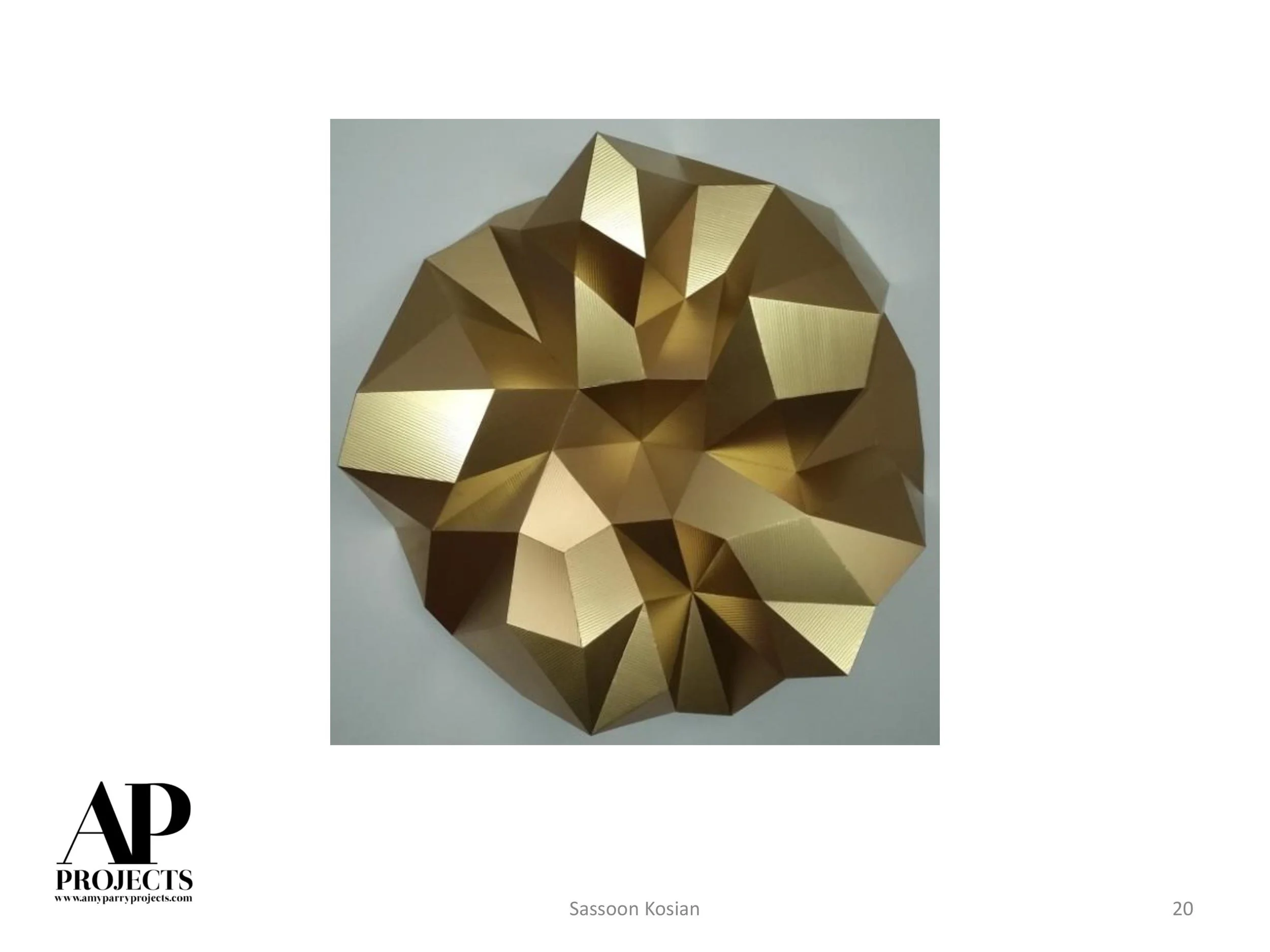













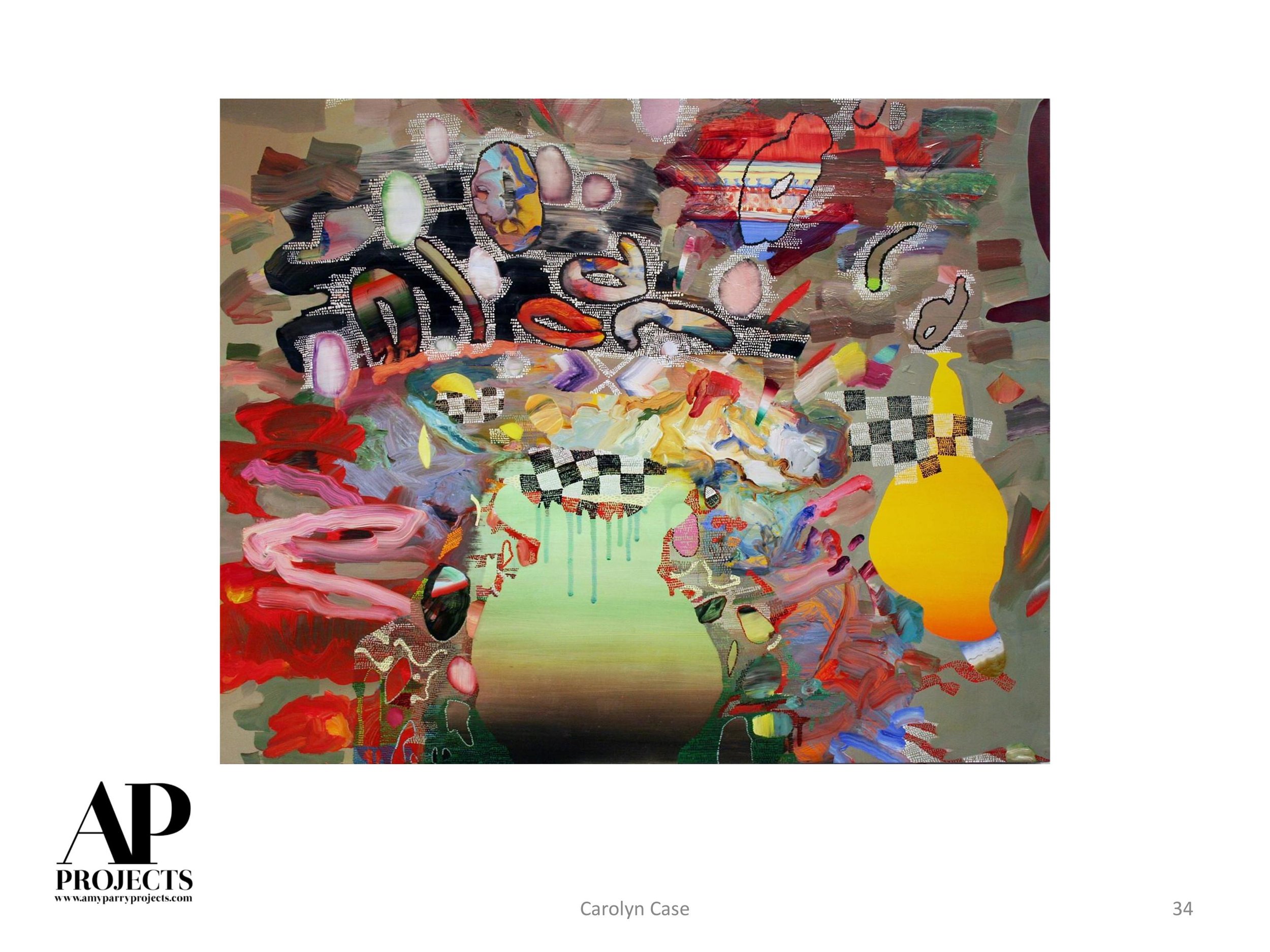

























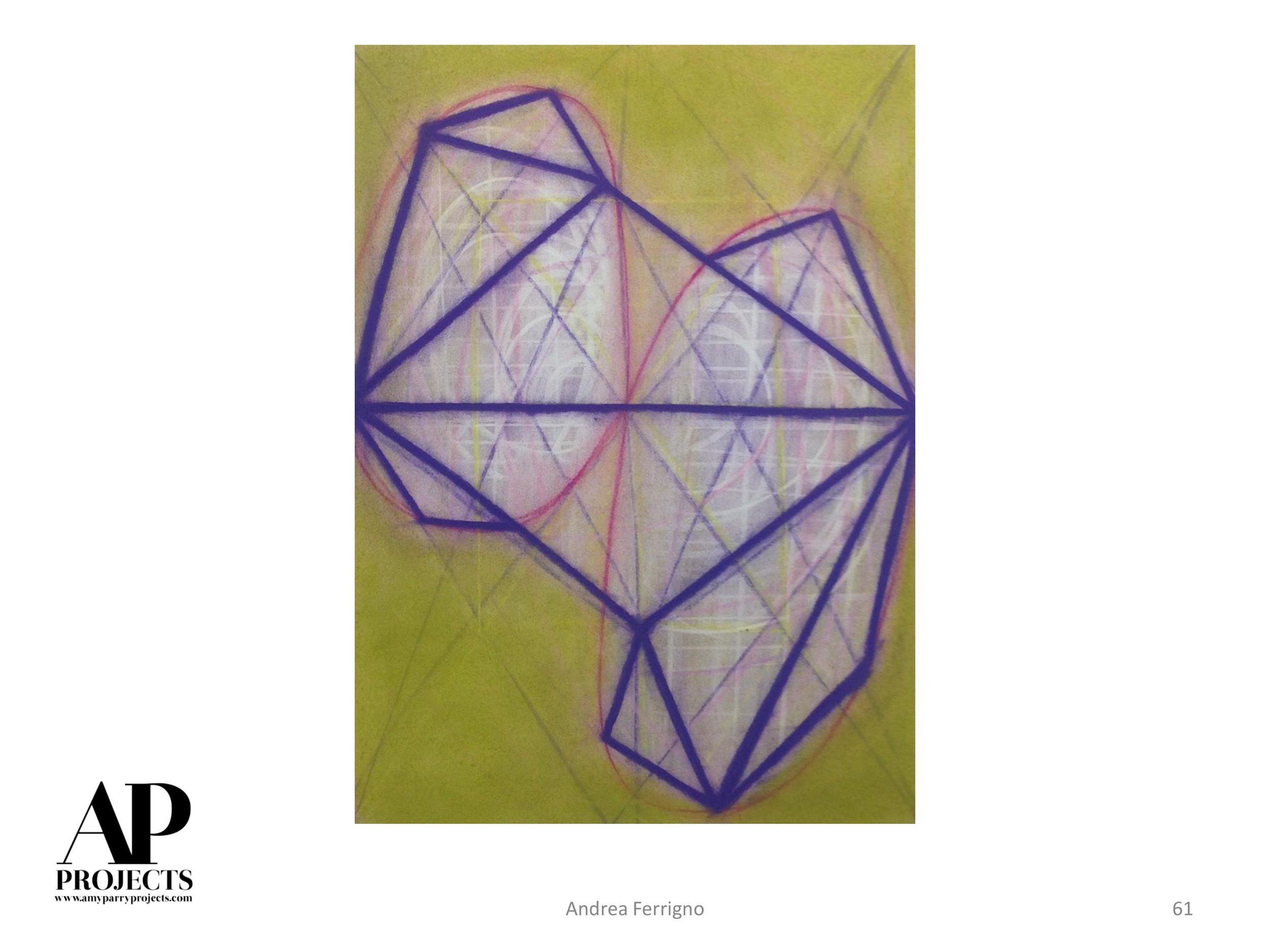


































custom | hand-embellished | murals
Please admire the gorgeous mural that was selected for the oval wall above The Dining Room of Chef Linton Hopkins' new ATL Steakhouse, C. Ellet's. The imagery is in reference to the landscape surrounding the Mississippi River where the restaurant's namesake, Charles Ellets Jr. served as an impressive US Army Corps Engineer/Colonel during the Civil War building canals and bridges, managing water flow and planning future river navigation for the US Military.
The 9 x 84 foot mural is mysterious and ethereal, hand-embellished with metallic paints by Seattle-based artist, Maeve Harris.
Learn more about ATL's newest Steakhouse here in a recent article by Eater Atlanta.
And just wait until you see the additional 70 foot mural in the stunning C. Ellet's Club Room!
C. Ellet's was Designed by Square Feet Studio with Art Consulting by Amy Parry Projects
APP Out of Town - Hotel Eventi + The Beekman Hotel
Another inspirational spring trip to NYC means another post about boutique hotel excellence, this time an overview of Hotel Eventi (A Kimpton Hotel) and The Beekman Hotel (a Thompson Hotel). What these two hotels do well is offer a complete immersion into the feel of the NYC neighborhood in which they are situated. They also boast new and incredibly impressive art packages, put together by some of the best curators out there. To snag a tagline from Hotel Eventi, both of these hotels are “redefining hotel art.” And while art is just one aspect of the visual luxuries you will encounter walking into each of these hotels, the quality of the art is what elevates them to the truly high-end.
HOTEL EVENTI
Hotel Eventi is as hip as it gets - it feels very much like you just stepped into a wealthy collector's city apartment. The work is sort of nonchalantly placed around the main level, yet many of the works are instantly recognizable. Eventi's collection is made up of contemporary work, which is fitting since the hotel is right in the heart of Chelsea, arguably one of the most influential, art rich districts in the world. Reunion Goods & Services is who we have to thank for the impressive design, and the art was selected by curator (visionary) Kyle DeWoody. The hotel effortlessly carries an "artful atmosphere" and despite the high caliber of work, it all feels accessible. Just in and around the lobby you will see work by Barbara Nessim, Alex Katz, and Augustus Thompson. Highlights were the incredible hand-altered mirror by Tony Matelli, the commissioned light fixture/sculpture by Kwangho Lee, a gorgeous Lorna Simpson and a powerful photographic abstract by Mariah Robertson. The Ernesto Leal piece behind the reception desk is also very swoon-worthy. All in all the Reunion Team along with DeWoody have created a thought-provoking, comfortable space in a superior art location in the city. The art and city views you will find in the guestrooms are nothing to sneeze at either.
THE BEEKMAN HOTEL
Down in Lower Manhattan, another absolute gem is The Beekman Hotel. Built in 1880, this Queen Anne style building was the first public library in Manhattan; the Mercantile Library Exchange. Recently transformed into an outstanding boutique hotel, great care was taken to preserve some of the original features including a beautiful 9 story atrium. The elevators, staircases, and ironwork transport you back in time. Although the art package is comprised of brand new works, they blend seamlessly with the hotel's classic features and old NY atmosphere. Katherine Gass, Founder of James Company (Contemporary Art Projects) and curator of The Beekman Art Collection says "hotels are community places and art offers an important expression of the community - one that has an innovative, creative and economic return." Each piece was commissioned with the literary history of the building in mind. Works by Jane Hammond, Cathy Cone, Catherine Howe, and Nathalia Edenmont are inspired by an Edgar Allan Poe poem entitled "A Dream Within A Dream" and are installed throughout the elegant lobby and bar areas. Besides the amazing over-painted historical portraits by Cone, another favorite would be two tiny Patrick Jacobs dioramas which are inset in the passageway between the reception and concierge desks. Seen through tiny glass lenses, the imagery is of a field of dandelions and weeds - giving a glimpse of a time before high-rises took over the city. To stop and peer into these lenses is unexpected distraction within an already breath-taking experience.
These two hotels have made a conscious decision to pour time, attention and money into the art they have hanging on their walls. It is inspiring to see so many commissions of local and international artists, and such a thoughtful blend of styles and non-traditional media when that is obviously not the easiest way to go. The Beekman offers a printed booklet for interested guests to read about the collection (and it's printed like an old-timey script) and will host ongoing events and collaborations with art and cultural partners. The employees at Hotel Eventi were able to explain exactly where Ernesto Leal is from and were eager to do so despite the accumulating line of guests wanting to check in or out. Caring so much about the art shows how much these hotels care about the experience of their patrons because to snag another line: "lasting memories are defined by unforgettable moments." No matter how much you travel, you wouldn't mix either of these hotels up with another. You would wake up knowing exactly where in the world you were.
Boutique. Sophisticated. Perfection.
Currently Inspired By...
"go sailing
away and away sailing into a keen
city which nobody's ever visited, where
always
it's
Spring and everyone's
in love and flowers pick themselves”
- e.e. cummings





































































































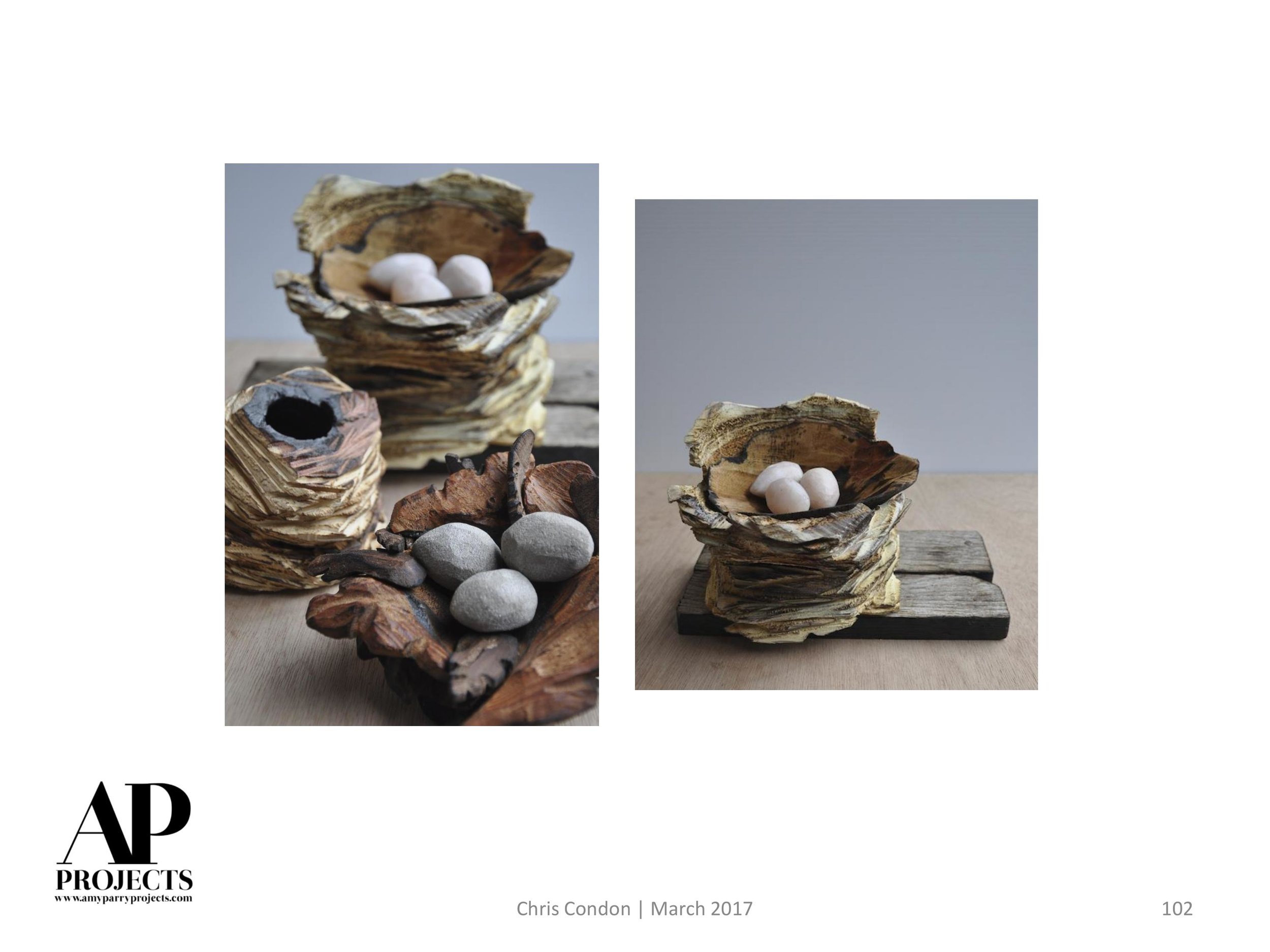
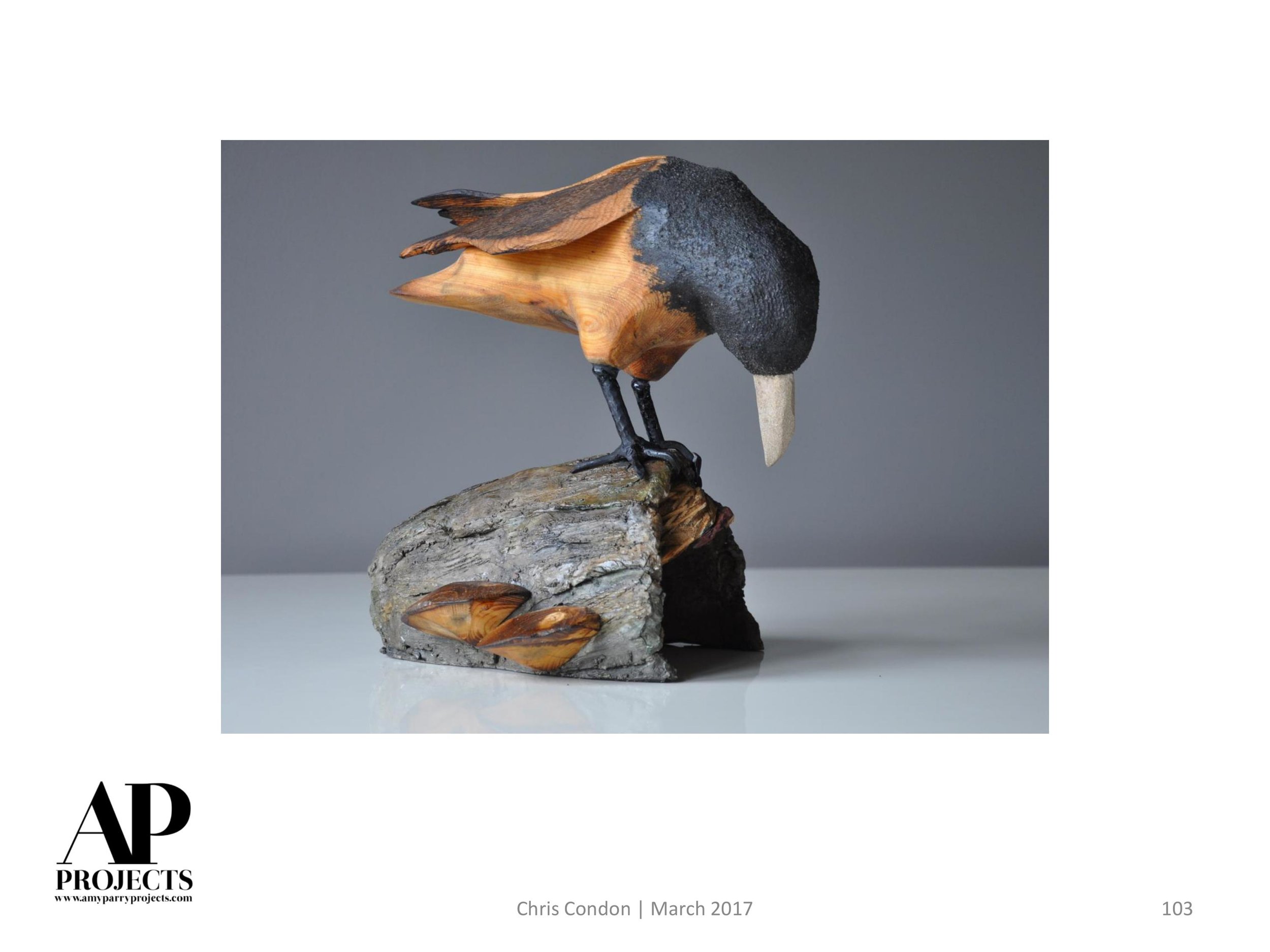
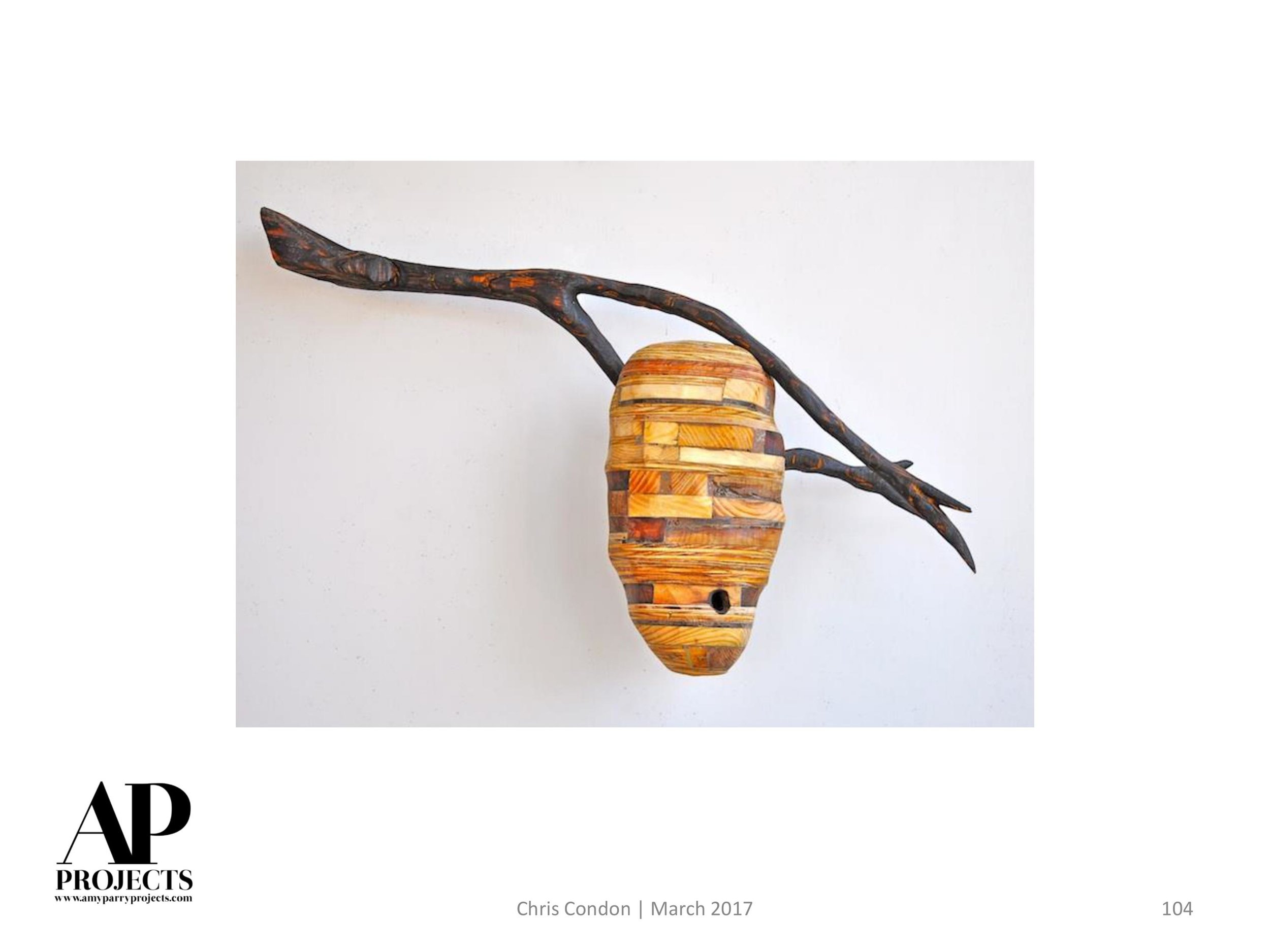
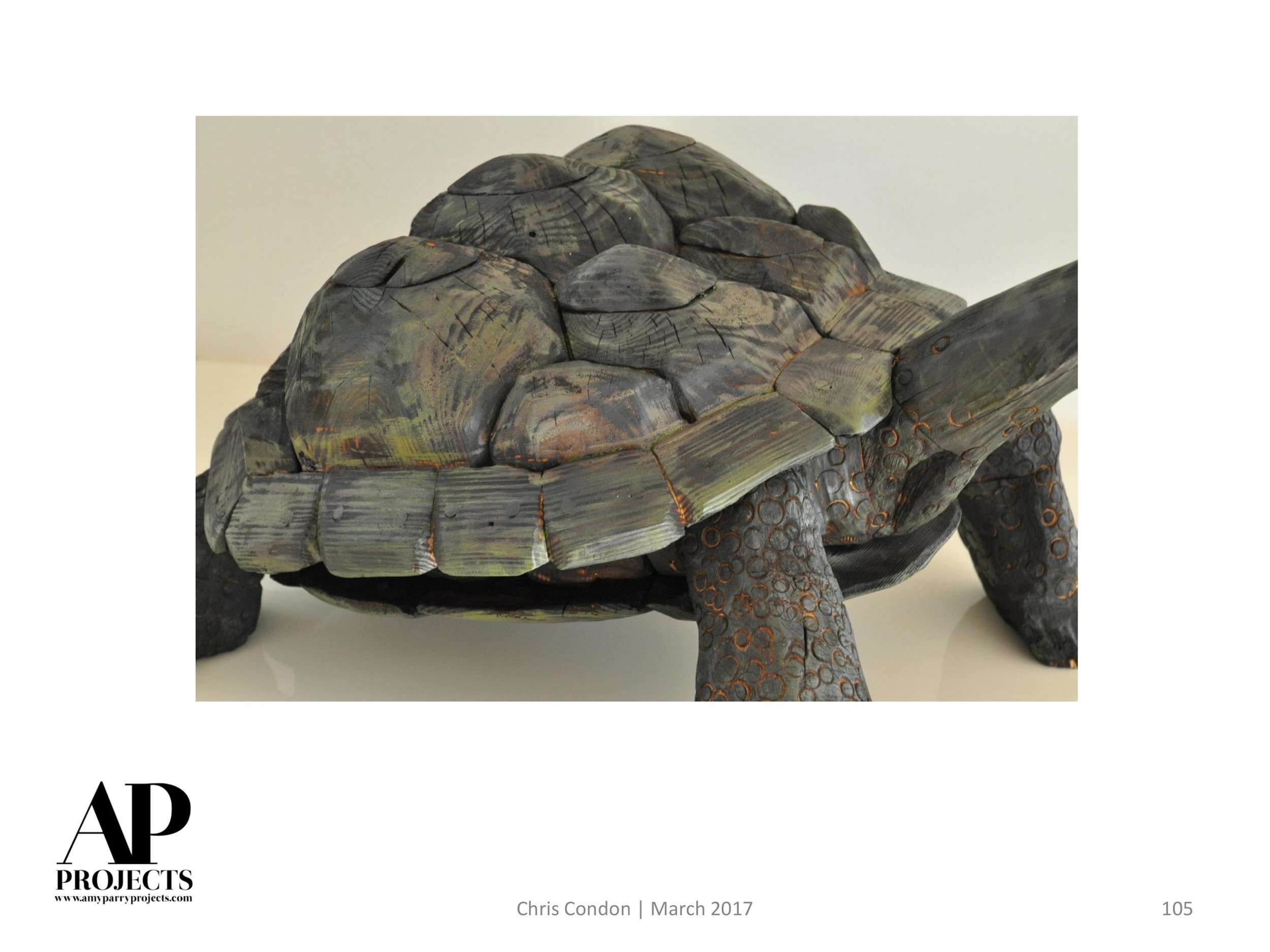
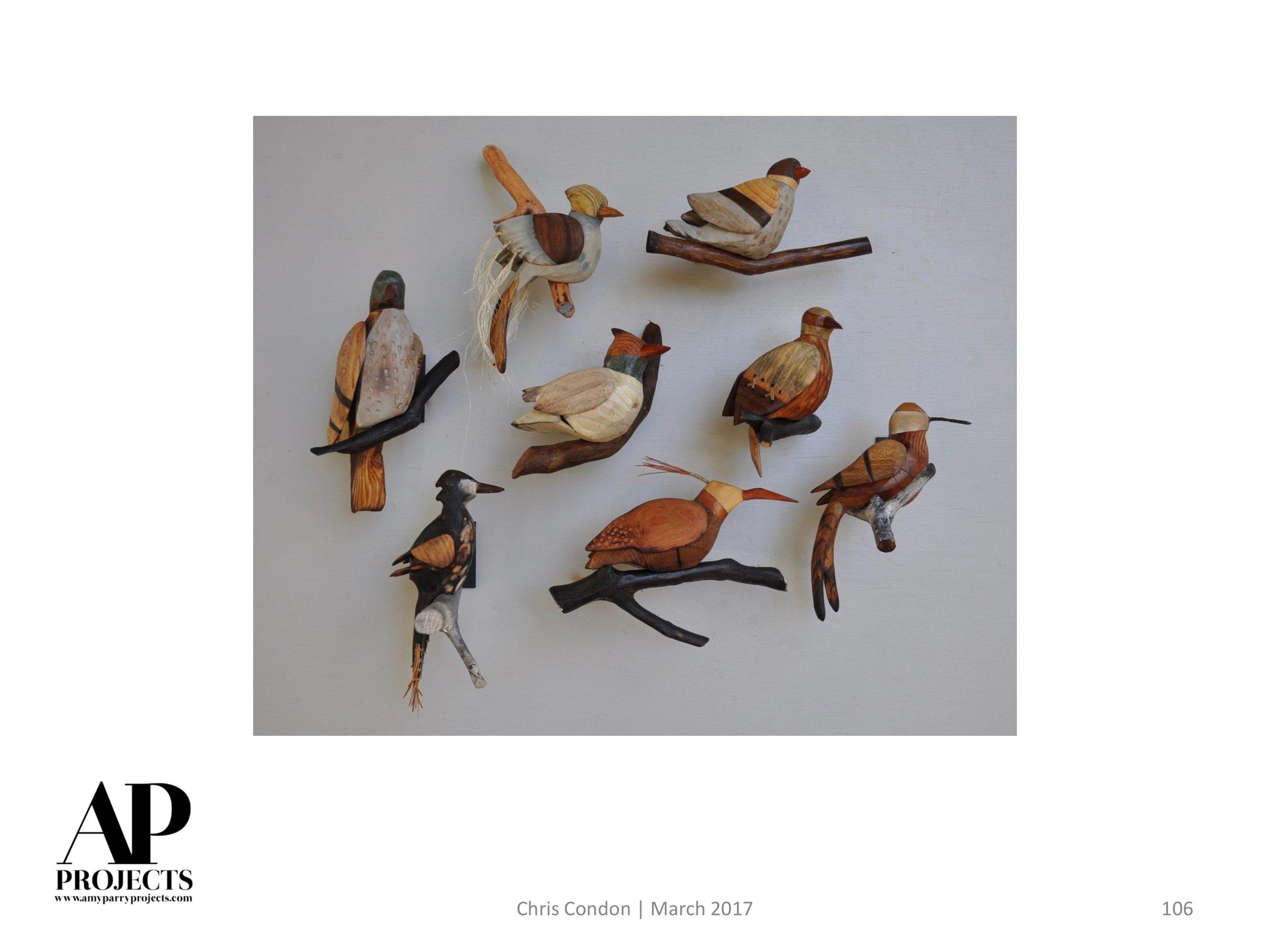
APP Words with Friends - Galen Cheney
Galen Cheney is a Vermont-based artist that APP has felt a strong gravitation to lately. Cheney's work is so expressive and complex, yet seems to fit within a multitude of environments. We look forward to placing her work. In the meantime, a conversation...
APP: Galen, we just love your work and have to give a nod to the abstract expressionists that came before you. We are huge fans of Clyfford Still, Betty Parsons, Helen Frankenthaler and Cy Twombly. Want to tell us about some of your favs?
GC: Yes, the Abstract Expressionists are my painting heroes, generally. Their art was their life and vice-versa. My favorites among them are Joan Mitchell and DeKooning. They had a willingness — perhaps even a compulsion — to risk everything in a painting in order to create something meaningful, something new. I admire and aspire to that degree of artistic bravery. Like you, I am also a big Twombly fan, as well as Guston and Diebenkorn. And there are so many good painters working today: Mark Bradford is at the top of my list; I relate to the physicality of his work, his manipulation of non-traditional materials in the service of sublime beauty. A few other contemporary favorites are Cecily Brown, Susan Rothenberg, Leonardo Drew, Julie Mehretu, Bill Jensen, and John Walker. There are really too many to name.
APP: Agree completely. How do you see the changes in your life reflected in your work, particularly in where you have lived? I know you were born in LA and spent time in both MD and MA before settling in Vermont. In terms of street art, and referencing layered urban mark-making, where does this come from?
GC: I have spent a lot of time in Italy, and my first visits there when I was 14 and 15 had an enormous impact on me. Yes, the art that I saw was part of it, particularly ancient frescoes in Pompeii and frescoes in Florence by Giotto and Masaccio, but just as affecting was the ancient history that suffused everything. Witnessing noisy, contemporary life, including the day’s graffiti, within that ancient context affected me deeply.
I am drawn to the enduring human need for visual self-expression. Graffiti, ancient and contemporary, is a rich example of that. These days I spend a lot of time in New York, and even its walls covered in layers of torn-off posters are a turn-on for me. I often employ a similar kind of process in my own work — laying paint on, scraping it off; gluing paper or fabric on, pulling it off. It’s not a planned technique in order to achieve a particular effect, rather it is just a process of working. All those changes of direction in the making of a painting amount to rich and varied surfaces that are a record of the process.
APP: And in 2015 you were a fellow at the Da Wang Culture Highland in China. How lasting of an effect did the residency have on you? I know you took just a brush, ink and a marker, so it seems you were already open to the calligraphic and to using papers more common there. Can you give an example of something gleaned in Shenzhen that inspired a significant influence within your practice?
GC: My time in China continues to strongly inform my work. When I was there I began really focusing on collage as a method for making work. I love scavenging, and I did that, gathering cast-off papers, hand-written notes, paper trash, basically. I combined those with special Chinese papers and passages of ink brush paintings that I was working on. I was energized by the process that I began there and I am continuing to work in that way today, though with painted textiles more often than paper. I love paper, but I am sensitive to the needs of framing paper pieces and wanted to explore more durable materials.
APP: Do you sew outside of using that technique as a manipulation in your work? Can you comment on any feminist concerns you have as an artist? What your work says or ignores?
GC: No, I do not sew! I didn’t grow up in a sewing household, though I recently inherited a friend’s old sewing machine and I am determined to learn the basics. Hand-stitching is such a slow process, and though I like the look of it, the speed of it is at odds with my preferred way of working. And then there’s the feminine association that seems to inevitably arise with stitching. That said, more and more artists — both women and men — are working with thread in various ways and it feels like it is losing that strict association with the feminine or feminist. I am a feminist, though my work is not overtly about that. I just try to make strong paintings.
APP: And you succeed. When did you make your series of "War Paintings?" Are you anticipating more work in this vein given the current turmoil in our world/our own country?
GC: The War Paintings were a response to the bombing of Beirut in 2006. Sadly, since then there have been and continue to be other wars that might have inspired that work. My work is abstract, though I think it has everything to do with the world we are living in. It will never be a narrative of current events. While it embodies the complexities of contemporary life, my work, if successful will rise above the noise. This is the promise of art, to enrich us, engage us, to help us make sense of being human.
APP: You've really shown your work everywhere. Was there a particular place or group of people that you felt just "got" your work?
GC: Mostly it has been other painters that have most appreciated my work. Though now, after many years of tenacious and uncompromising painting, things are beginning to shift and my work is gaining broader recognition and appeal. I am always pushing myself to become a better painter with every painting I make. For me, that struggle, that process of discovery is the whole point. And just maybe the stars are beginning to align.
APP: What is a typical winter day for you?
GC: Coffee first, followed by hauling wood for the wood stove and filling the bird-feeder. If there is time, I’ll do a little reading (right now I am reading the Underground Railroad by Colson Whitehead), painting, hiking in the back woods with my dog, Viggo, answering emails, looking online for artist opportunities. There are always chores to do, but I get into my studio (which is in my house) just about every day. I often paint at night, which comes early during winter in Vermont.
To learn more about Galen, please visit her website.
Past, Present + Future / We Love Boutique Hotels
One of the great points of pride for Amy Parry Projects is that we have worked in boutique hospitality since our inception. We understand the guest experience and the desires of our clients. We love that the consumer drives the developments in our business, and that hotel trends we admire and exemplify in our projects flourished in 2016 and will continue to do so in the coming year...
OLD BUILDINGS RENOVATED INTO NEW HOTELS
There is no greater way to offer a unique visual experience for a hotel guest than by welcoming them into a space with built-in history and character. Although chain hotels are some of the ones choosing old properties for their new concepts, each renovated hotel is able to convey an independent feel. Each hotel is set apart by the unique architectural elements which developers choose (or are forced) to keep during renovation. This trend “straddles history and hospitality,” allowing guests to stay in old offices, warehouses, hospitals, etc. The art and furnishings provide the throwback and often pay tribute to the buildings’ rich past. What we love most about this trend is that the older buildings are typically situated in urban epicenters. We are thrilled by the resurgence of downtown and their abundance of interest-generating landmarks. When you stay on a bustling Main Street or in an established, beautiful downtown neighborhood, you are immersed in the city’s culture. Your choice of hotel helps tremendously in that by providing you proximity and carrying the authenticity of a place throughout.
INTENTIONAL ART EXPERIENCES
Going along with intentionally putting hotels in context-filled old buildings, hotels continue to strive to offer spaces with a “lived-in” feeling. Larger hotel companies competing with the Airbnb experience are turning to the immediate resources to achieve this local flavor. Even West Elm, a furniture company, is entering the hospitality business, set to open a handful of boutique concepts in 2018. These companies are giving people more than just a place to sleep. Nowadays, when a guest stays at a great hotel, they can expect to be served local wine and coffee, hear local bands in the bar on weekend nights, take yoga in a studio also frequented by city residents, and play games with other guests in the lobbies. And at the top of our list, their guestoom might feature artwork by the city’s best artists and the first floor may boast a legit, museum-quality collection. As art consultants, it is so much more fun to pick art to complement a hotel’s character, rather than it’s couches (although we can do that too).
Amy Parry Projects is honored to provide art for boutique hotels.
The entire hospitality experience should be curated to make each stay memorable, comfortable and fun for the guest. Here’s to a great 2017 - we look forward to amplifying each project with awesome, intentional art (like the commissioned Jesus Perea seen below).
IMAGE 1: Jesus Perea, customized print for upcoming hotel (inserted local imagery)
IMAGE 2: AP on Site: "Cloud" being built in the ceiling of a historic boutique hotel designed to cover pipes required to stay through renovation.
Currently Inspired By...
We are officially in December! Being the last month of the year, just like on a Friday, we cannot help but get excited about all there is to come. Please flip through these beautiful selections and enjoy the "most wonderful" time of the year!



































































































Currently Inspired By...
What we mean when we talk about all the "great art" we've seen lately.








































































































APP Out of Town - The Jefferson DC + PUBLIC Chicago
A comparison of two hotel experiences...
I have a background in art history, and in curating shows for non-profits and pop-up exhibitions. As a hospitality art consultant, selecting art for hotels is similar to creating a show. While curating for a museum or gallery, you are largely relaying a message, movement or concept that is punctuated by being within white walls. Art consulting for hotels is about creating an emotional, immersive time and place situation for the visitor. Many impressions are made because of the quantity of guests and the lengthier “shelf-life” of the design.
As a child, I remember going to see the Barnes Collection in Philadelphia. I was completely blown away. It was the first time I saw the luxurious experience of living with art. The beautiful home was filled with art, hung salon style, and co-existing with the elements of home: furniture, rugs and books. Traveling after that in Europe exposed me to more of the same. Places like Versailles are like Disney World to me. I don’t want to live there – that’s not MY luxurious life. It’s not realistic, and completely overwhelming for the senses. But I love being there, experiencing the time-period these places capture and the feeling of luxury they convey.
Great hotel stays should envelop the guest with a cohesive look and feel. Every hotel has a mission statement and the selected art is a large part of conveying that message. My work is in the luxury hotel tier and this is where I stay when I travel. While they really are apples and oranges, I want to offer a comparison of two hotels I stayed in this year: The Jefferson in Washington DC and Public Chicago.
THE JEFFERSON HOTEL, Washington DC (photos courtesy of the hotel)
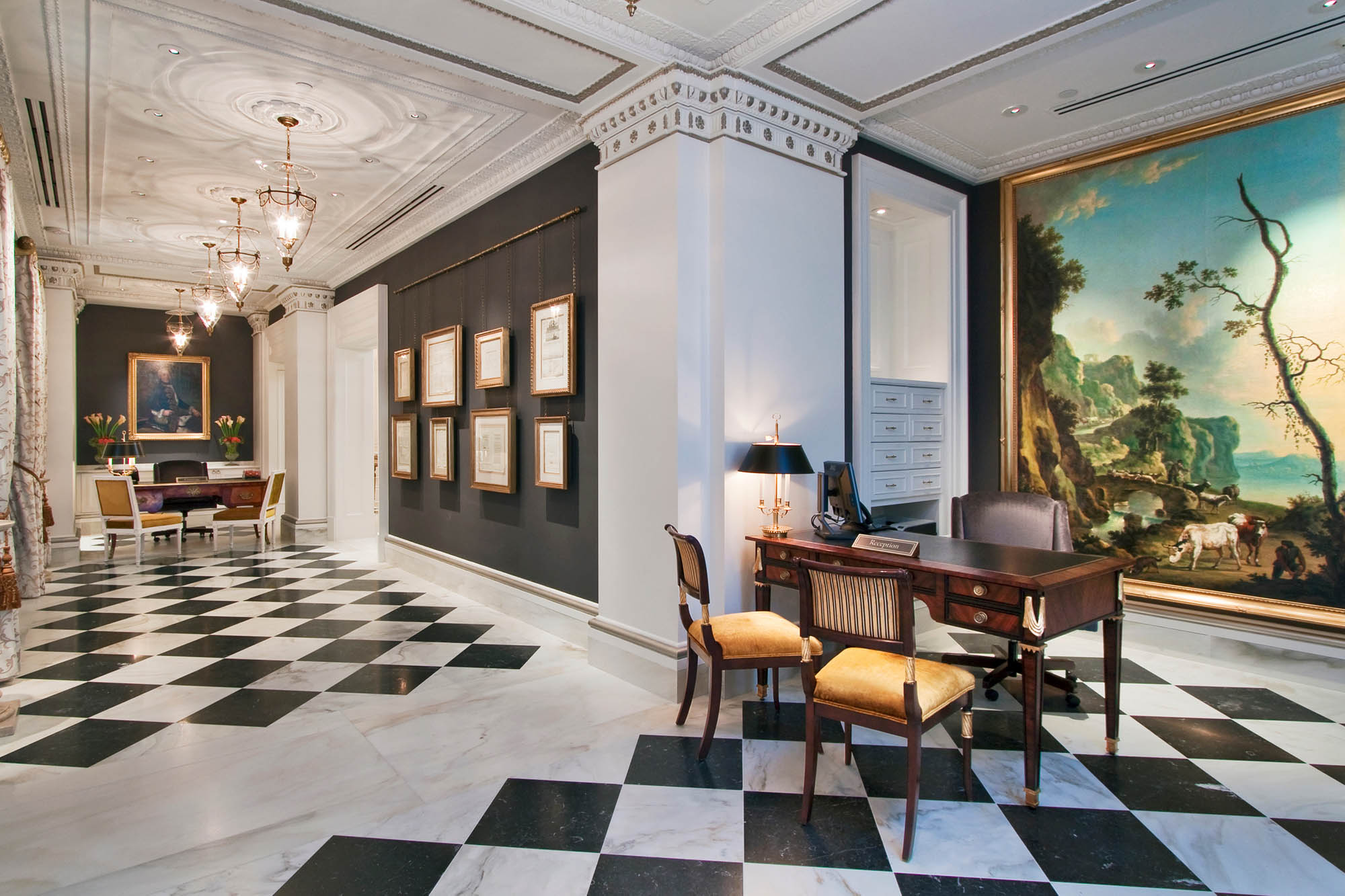
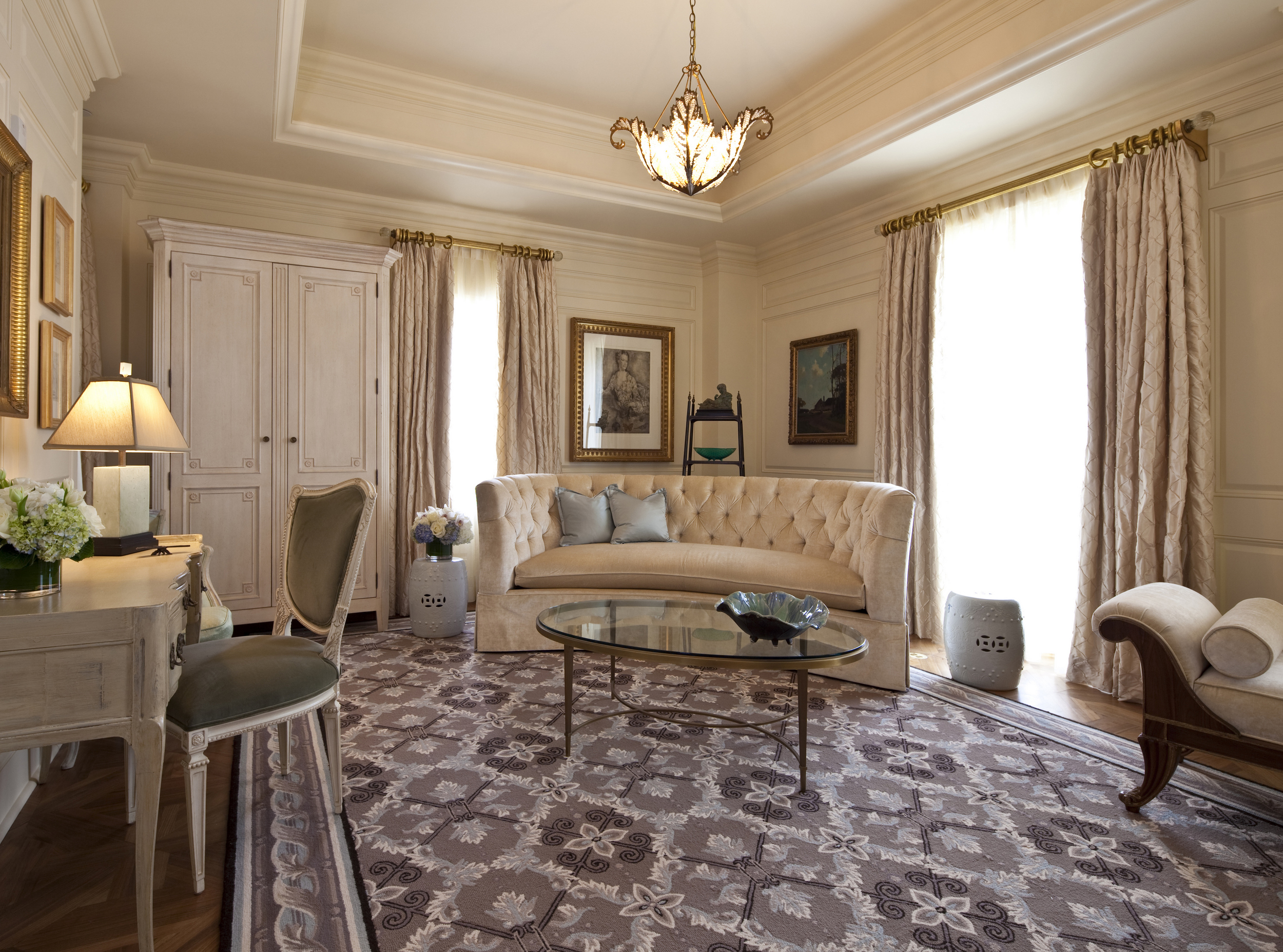
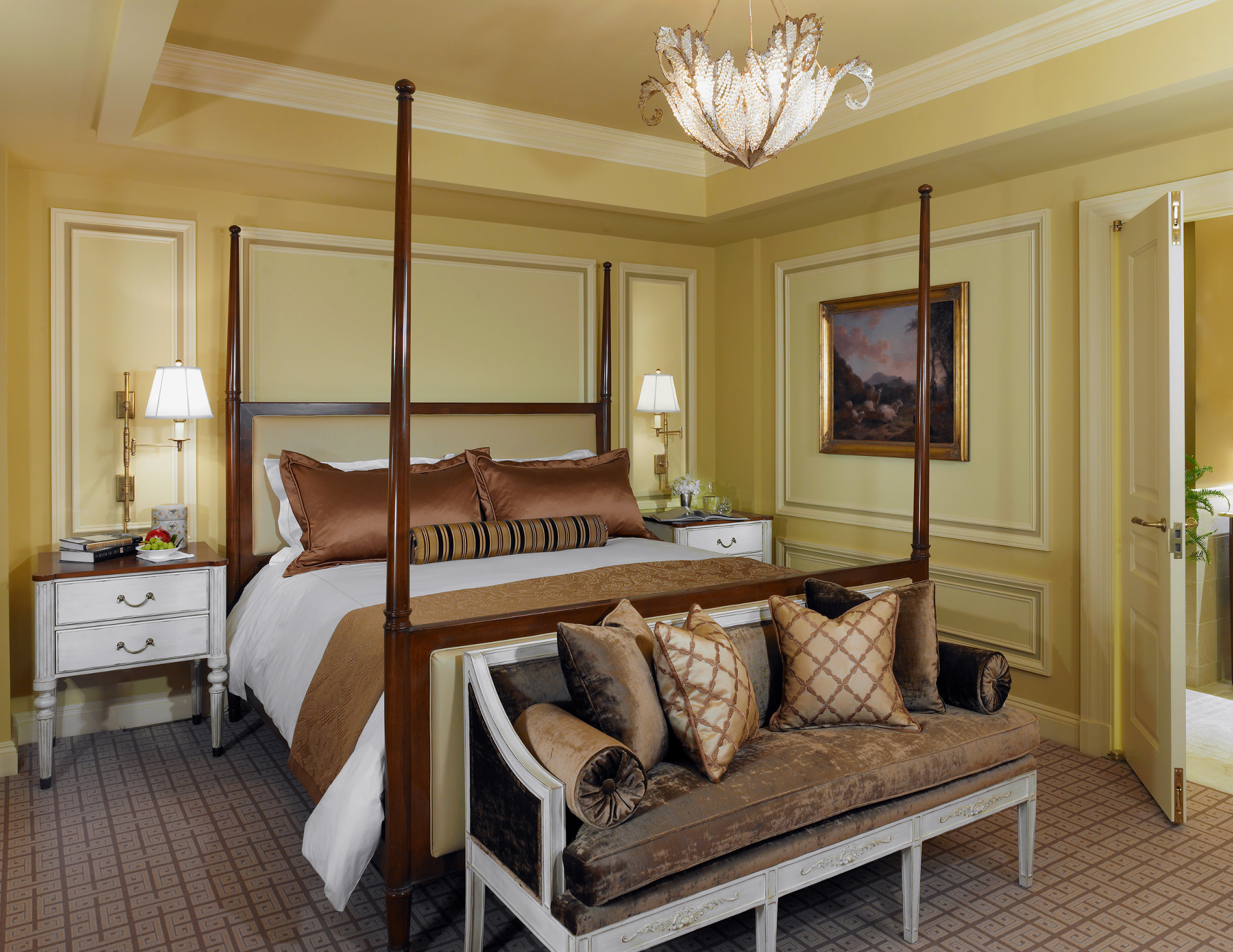


I visited the Jefferson in February because I was working on a historical hotel project in the city. While I was already in the mindset working on a package that honors the aesthetic choices of a past era, I was deeply impressed with the authenticity of the entire hotel. All the furnishings and art were Jeffersonian; the photographs and portraits in the public spaces and the maps used in the downstairs bar offered a complete picture and feel. The frames were gilded but not themey at all. The hotel aura was classic and classy down to the last detail. And that’s what this job is about – the DETAILS. The fresh snacks I noticed along with the turn-down service, were apples. I was transported back in time and my stay was comfortable and comforting, exactly what I needed after two busy and cold days. This hotel exemplifies what we try to offer with our boutique approach. We try to develop the character of the space, enhancing the design with unique, perfectly paired pieces of art.
PUBLIC Chicago Hotel (Photos courtesy of the hotel)
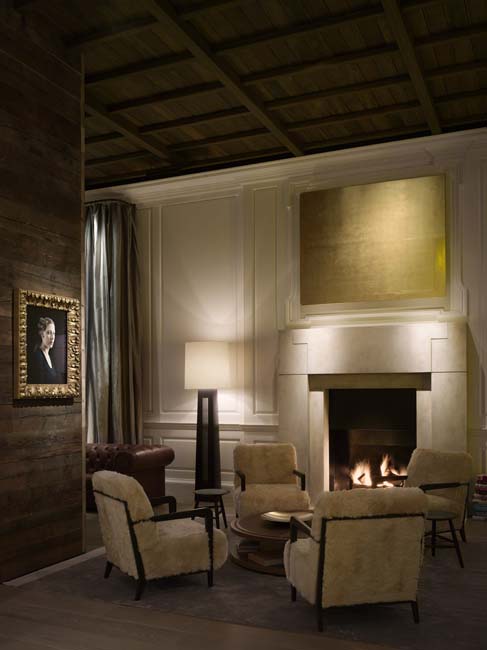

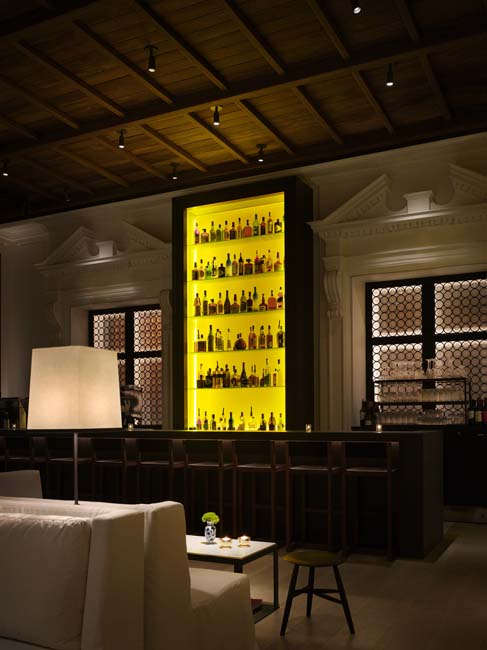
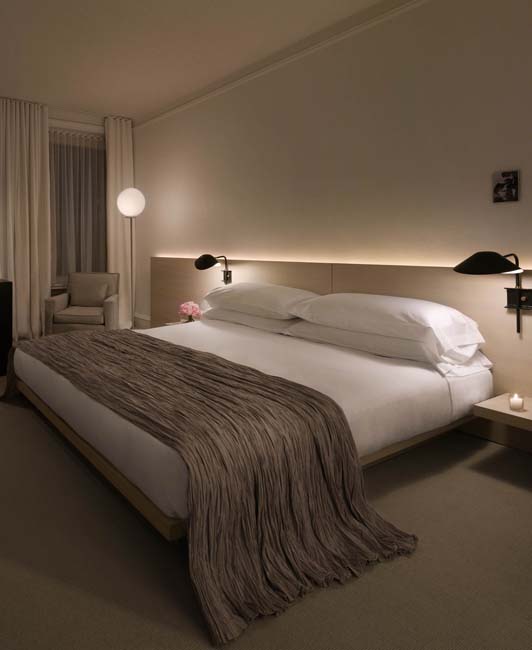
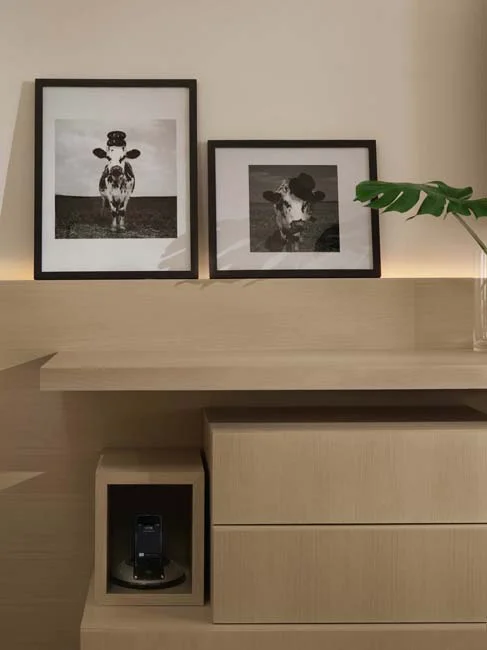
On the other hand, my July stay at PUBLIC in Chicago did not have the same cohesion or comfort. Where the Jefferson had a specific tenor that it offered seamlessly, Public had a shtick, and the delivery was pretty jarring. Firstly, the lighting throughout the entire hotel was very dim. The dramatic mood did not provide a feeling of ease, and the layout of the lobby was not intuitive, giving more confusion than warmth at reception. Similarly, in my guestroom, the back lit headboard was an interesting “feature” but I really didn’t like having to work to create my own ambiance. The light was the hotel’s design element but I was in charge of it adjusting it.
The extremely neutral color palette, lack of art in the corridors and very minimal and oddly chosen art in the guestroom did not mesh with the elegant, traditional art that could be found in the public spaces downstairs. The overall impression the Public gave me was that there were multiple designers on the job. And that brings up another important point: When I am staying in a (nice) hotel, I should not be thinking about the designers’ decisions, even if I am in the industry. The Public hotel was not successful at encompassing me or delivering their mission. I spent my two nights and had a wonderful time in the city, but honestly in regards to many elements in the hotel, I just didn’t get it.
Again, these are two totally different hotels. But in my opinion, every hotel should offer what the Jefferson did so well – a luxury, relaxing stay in an environment where all the details work so well together you don’t notice the process.
- Amy Parry
APP Out of Town - NYC's Ludlow Hotel
180 degrees of NYC cool
On this most recent NYC visit, we made a stop in the Lower East Side to see this boutique hotel gem which was completed in summer of 2014. Hotelier Sean MacPherson (also known for the Bowery and Maritime Hotels among others) turned an empty, concrete building into an effortlessly cool and comfortable hotel offering 184 rooms in 10 different types. While the spaces of the Ludlow look great, what the entire hotel offers most importantly, is an amazing, whole-picture feel - like you’re staying in NYC as a local. You can really slip into the feel of the neighborhood and MacPherson’s impression of it from the gritty, glory days of the 1980s. In fact, MacPherson has gone on record explaining his wish that the lobby serve over time as a living room for the neighborhood. The mix of new and vintage furniture in mahogany and cognac leathers, printed tweed, purple velvet, animal hides and fur seem inherited down many times from a favorite relative, and no detail (hand-stitched curtains, worn and whimsical tchotchkes, Indian rugs, tiny iridescent tiles) seems the least bit out of place, contrived or curated. It all just works.
What to notice...
1) Check out the custom reception desk and admire the old school drawers behind it.
2) Enjoy the legit, word-burning limestone fireplace, flanked by burnt out brass sconces and Marshall speaker cabinets hanging down from chains. Look around for a Ron Gorchov painting and freak out a little.
3) Try to think of a place in your house you can work in one of the vintage de Sede Snake Non Stop Sofas and how you would ever be able to afford one.
4) Imagine the past life of the recycled factory windows separating the Lobby from the Dirty French restaurant and all the stories they reflect.
5) Order a $16 Lilikoi cocktail at the zinc coated bar in the corner and enjoy it sitting under the hotel’s greenhouse structure that is apparently pleasant year-round.
6) Covet the black and white brushstroke pants of the cocktail waitress.
7) If you stay the night, you’ll sleep on a four poster bed from Portugal, surrounded by inserted and white-washed ceiling beams and even more amazing brass fixtures (including Hollywood style vanity lights in the bathrooms).
8) Marvel at the museum-quality guestroom art, curated by the NYC magnate, Vito Schnabel.
9) Witness the room literally expand after dark as the city view becomes the centerpiece of the small, simple space.
10) Enjoy the authentic, surprisingly low-key street, capped off by the iconic Katz’s Deli on your way to the F or the 6 and the rest of the great city where unique experiences are the norm.
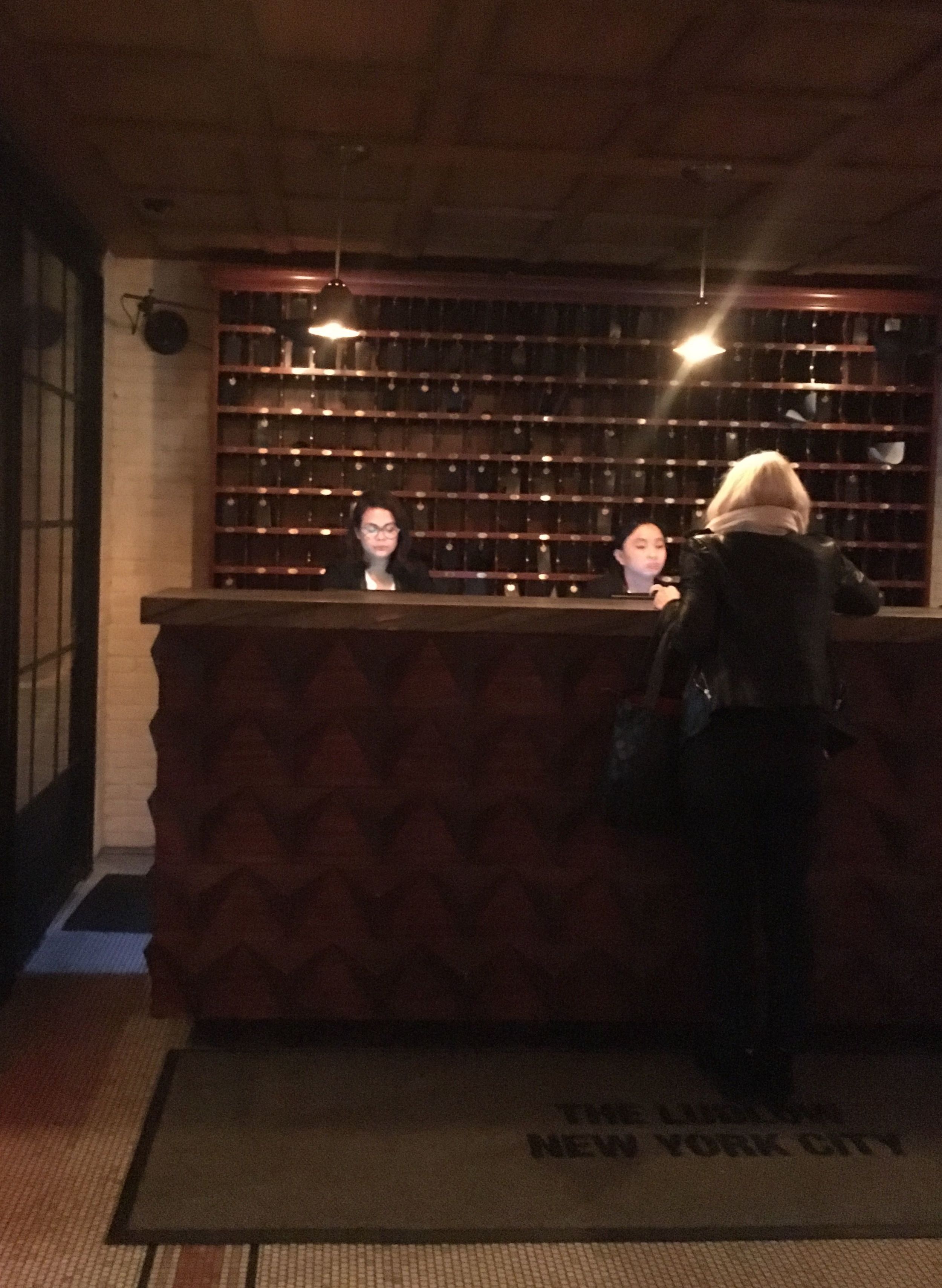
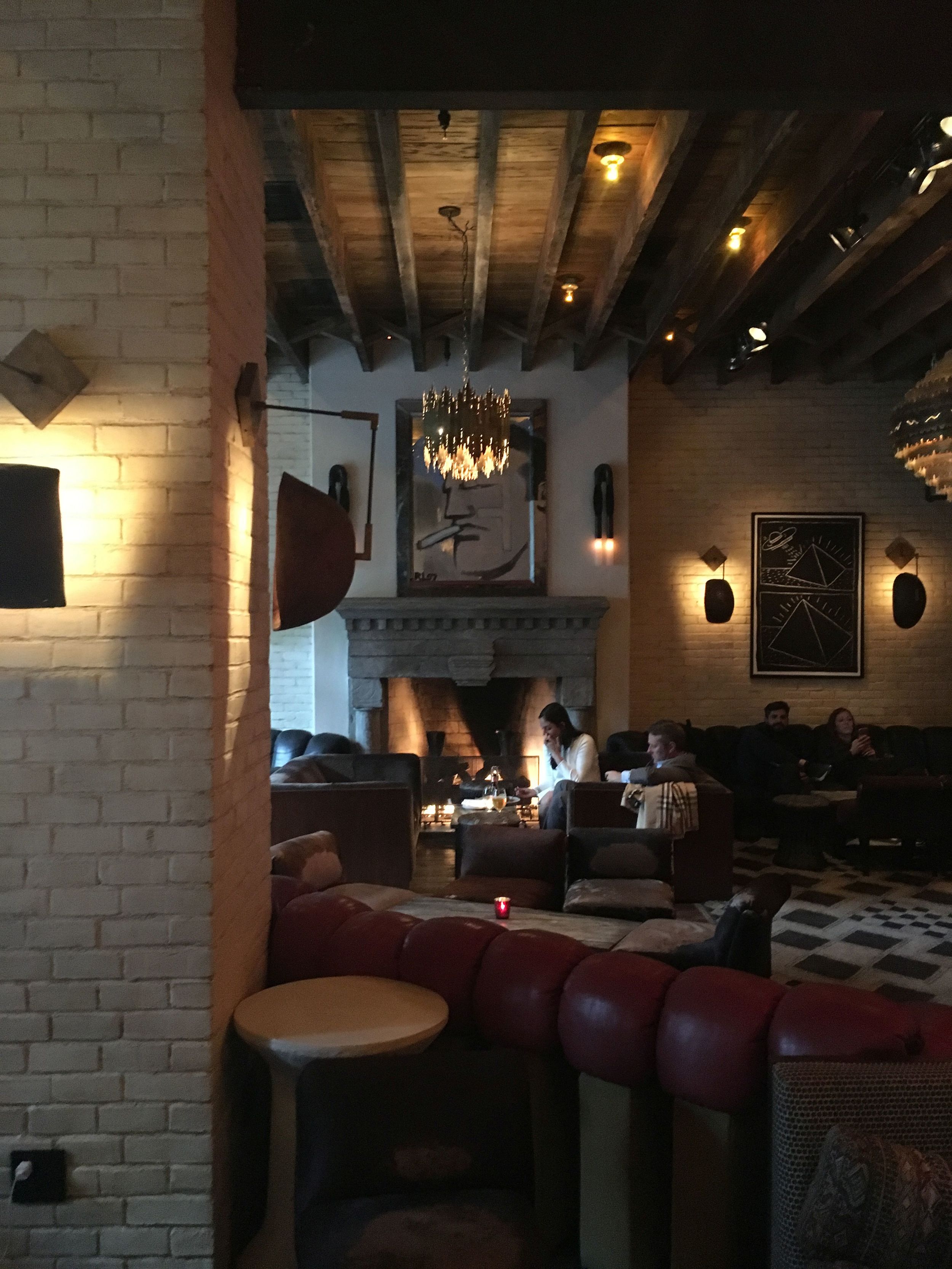
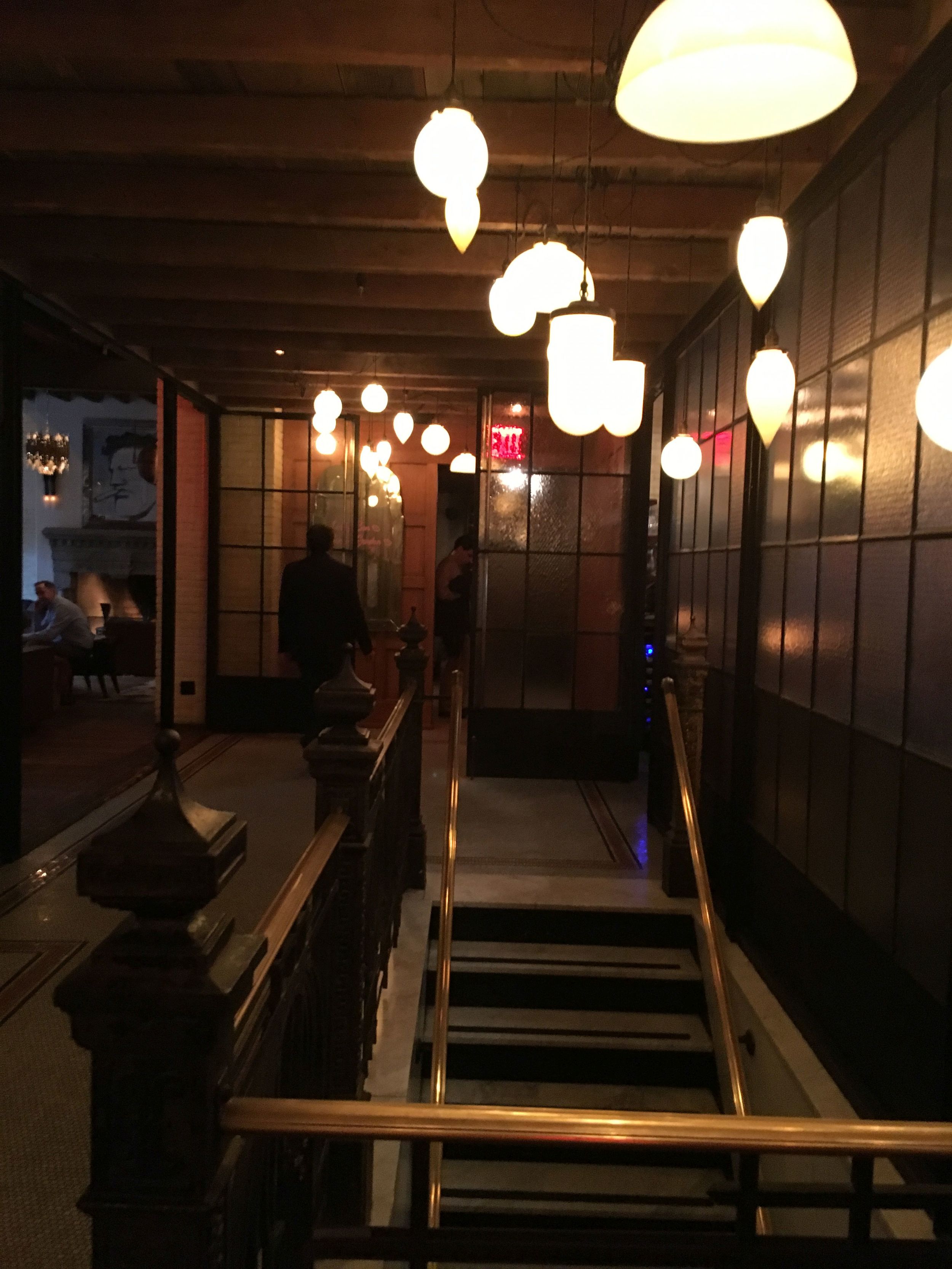

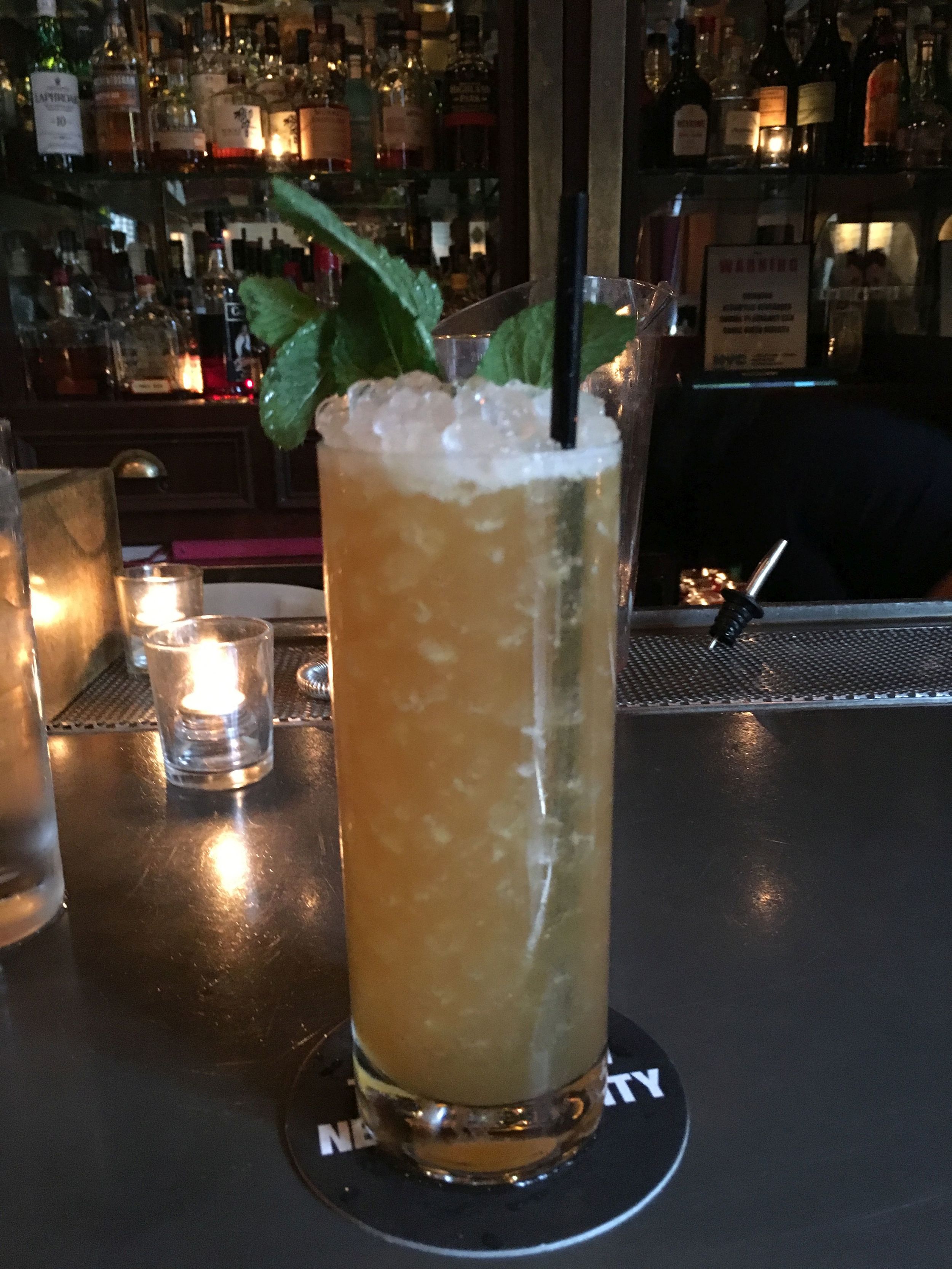
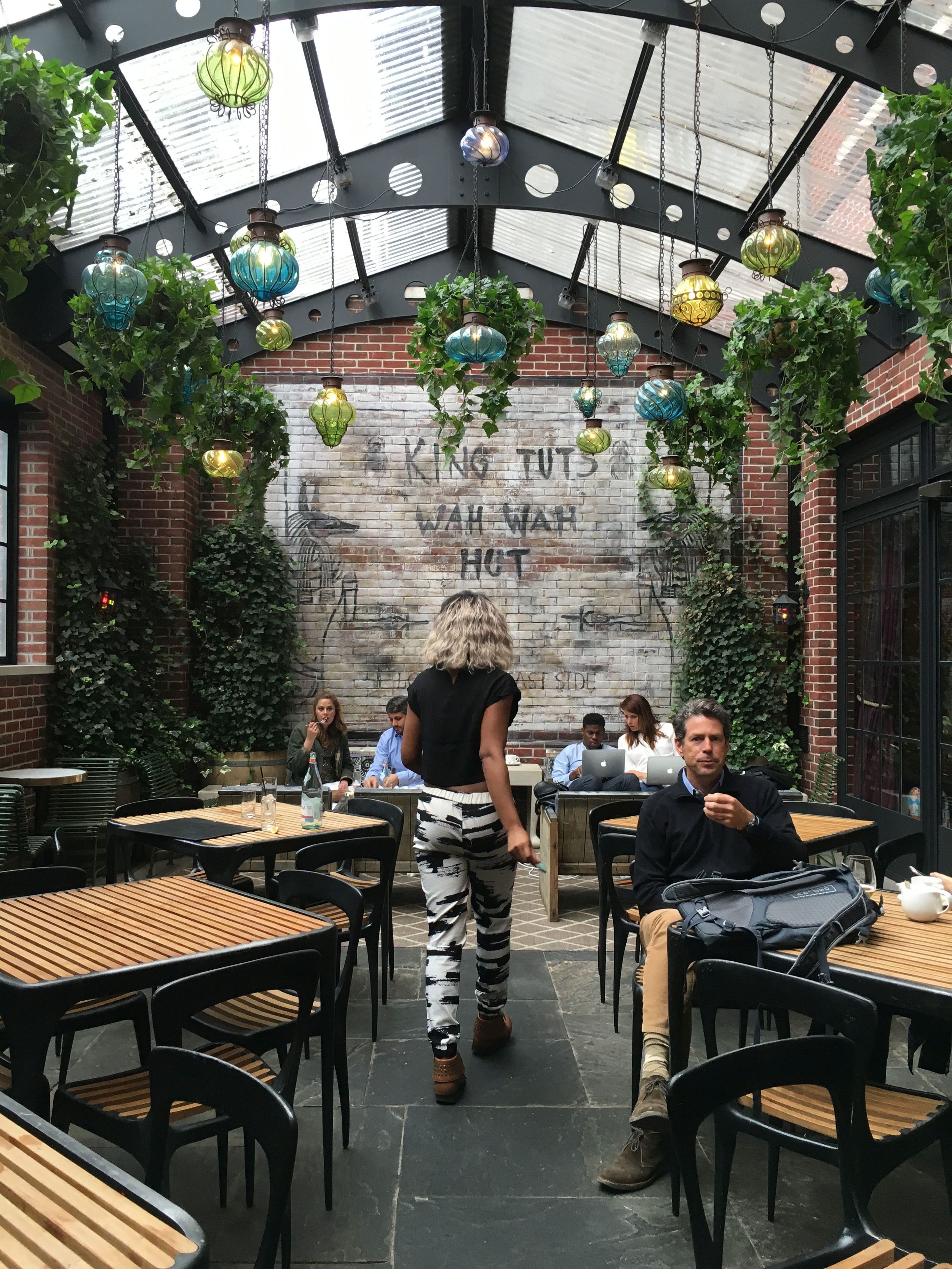
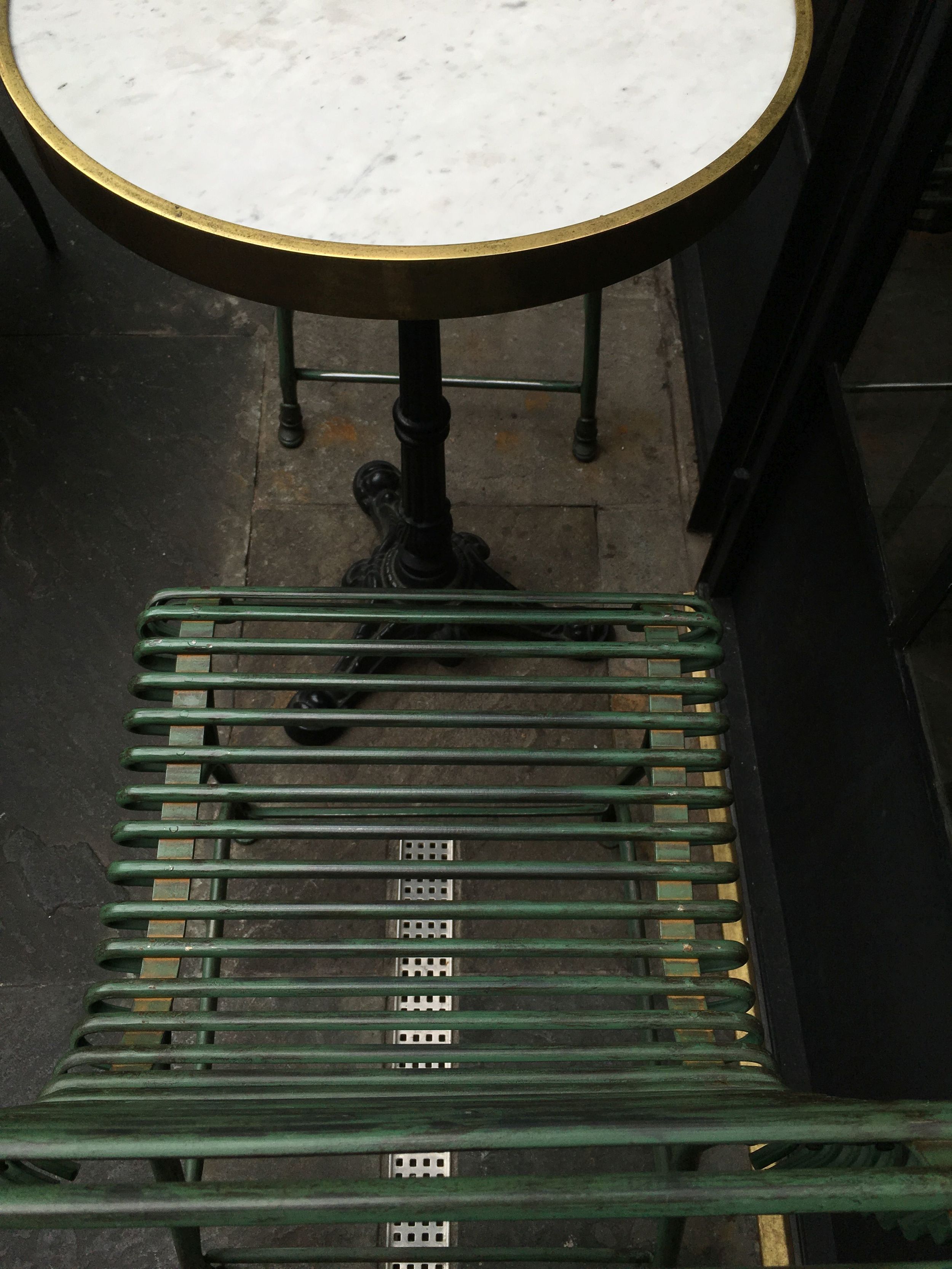
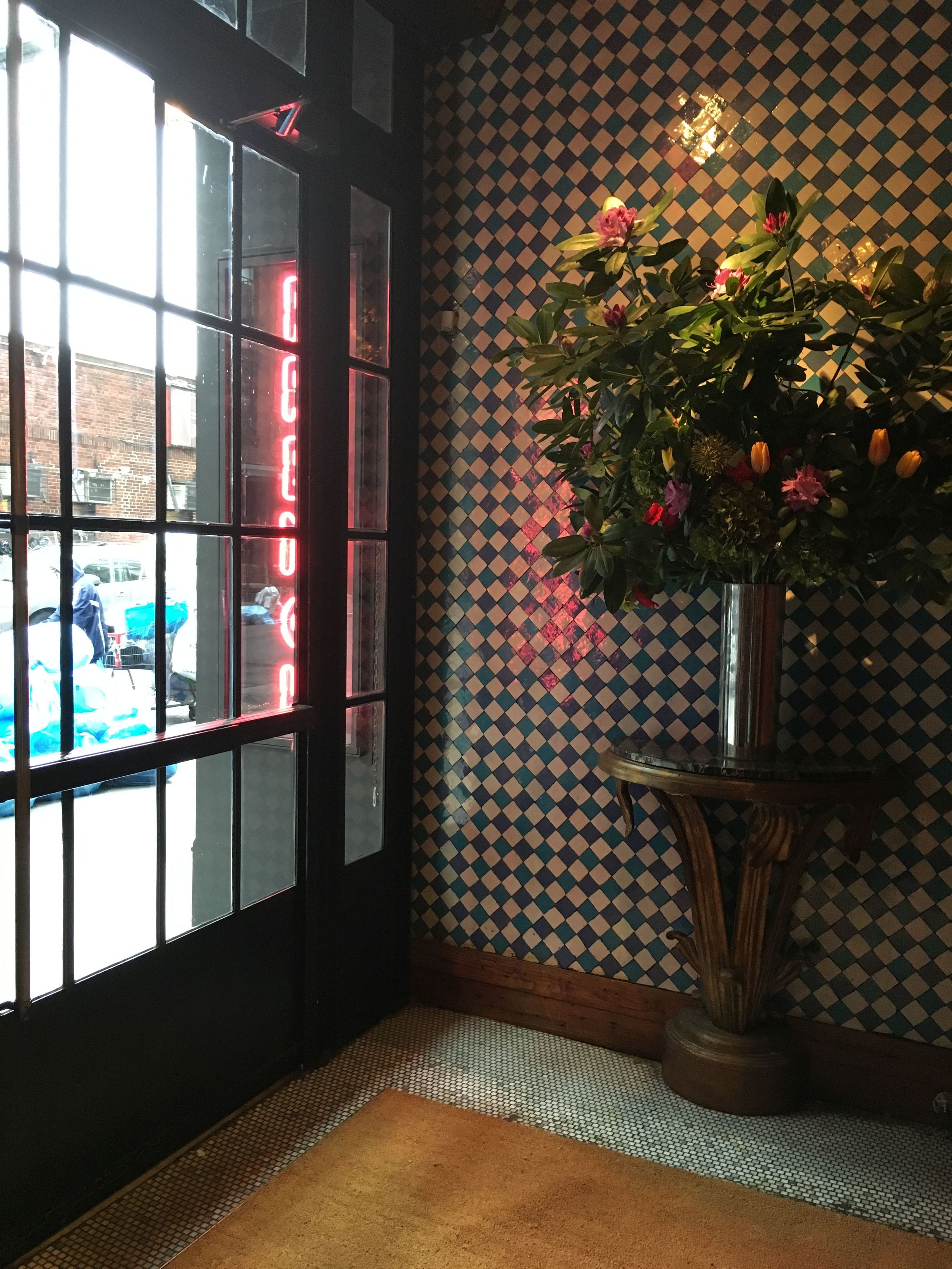
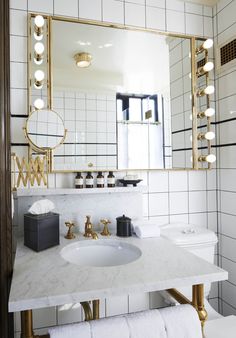
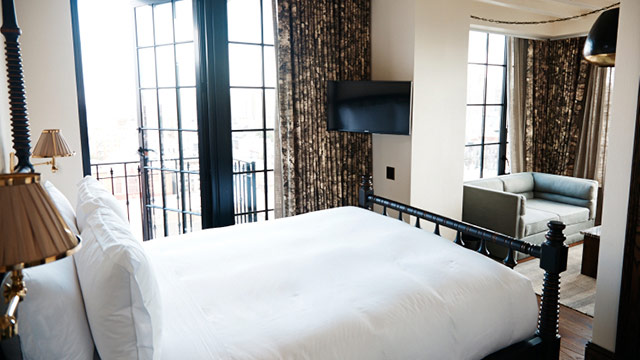
Pier 2620 Hotel Re-Branding Featured by Hospitality Design Magazine
APP // SAN FRANCISCO
The recent re-branding of Pier 2620 Hotel was featured by Hospitality Design Magazine this week. Amy Parry Projects was selected by the Designers at Anderson/Miller, Ltd. to carry their Fisherman's Wharf concept through in the art for 233 guestrooms. Start to finish, we thrive on creating these one-of-a-kind art packages.
Please check out our photos of the evolution of these custom, hand-painted (and weathered) signs after you read the article about the project.
A Conversation with Thomas Bucci
We are excited to share with you a little dialogue we just had with architectural watercolorist Thomas Bucci. APP is working with Thomas to produce several pieces for a luxury hotel project in Washington DC, where he lives and paints in the plein air method. His paintings offer a beautiful reflection of this unique and important American city.
We thank Thomas for his work and his words and encourage you to learn more at www.thomasbucci.com.
____________________________________________________________________________________
APP: Where were you born and what is your earliest memory of making art?
TB: I was born in a small industrial town in western NJ. The architecture of the old factories and mills still swirls around in my consciousness and affects the way I see buildings, cities and towns.
I started by drawing cartoon characters and people I saw on TV when I was around 9 or 10. I sketched all the players in the Watergate hearings as they were televised live in the early 70s. I was encouraged when people recognized my renditions and complimented me. In some ways you could say Richard Nixon got me started as an artist.
APP: As a trained architect, what are some of your favorite building finishings? Which are your favorite to paint?
TB: I don't love the idea of painting specific buildings per se. I am attracted by the architecture of cities and urban landscapes. The way the buildings collage together to make the fabric of a city or town appeals to me and I try to tell that story in my paintings.
APP: What brand of paper and paints do you enjoy the most?
TB: This is a constantly evolving thing. Paper is probably the single most important element. Poor quality paper will almost certainly limit the chances of success with a painting. I have recently switched my allegiance from Arches watercolor paper, a venerable French company that has been making paper since the 15th century, to a British made paper, Saunders Waterford, an extremely well made paper.
My favorite paints are from the Daniel Smith Company in Washington state. I also like Kremer Pigments from Germany and Winsor Newton from London.
My favorite brushes are made by Escoda from Spain. I go to great lengths to get their brushes, which have limited availability in the U.S. Especially the prized Kolinsky sable brushes, which are in the process of being banned for import into the U.S. by the Fish and Wildlife service.
APP: Painting with watercolor allows you to paint anywhere the environment strikes your mood. What are some of your other favorite aspects of the medium and do you fluctuate between tighter and looser techniques?
TB: Watercolor suits certain personality traits. If you want absolute control over your work, watercolor is not for you. It's possible to have total control with watercolor, but that involves very slow and painstaking care. I choose watercolor for its quick gestural quality and spontaneity. You have to be willing to take risks to fully enjoy the potential of watercolor.
My painting approach varies according to my mood and weather conditions. I think I have more control as the years have gone by, as a result of experience and knowledge. For me progress is my about getting the paint to do what I envision. All success in painting has to be the result of envisioning the result first and then making that happen. All else is just luck. So I will still do both tighter and looser paintings, as long as I can produce what I imagine.
APP: Photographers swear by the "golden hour" and timing their process to align with the best natural light. Is this as important in plein air painting? How quickly do you have to work? Do you keep your colors true to life?
TB: One big difference between photography and painting is this; a photographer takes a picture and a painter makes a picture. So because of this I am not bound by light conditions or colors. I like to work on location but what is in front of me is only a suggestion and can become whatever I want it to be. I often move elements around and eliminate or add things to make a composition. I change the weather or time of day to suit me. In one recent painting I moved the Washington Monument about 500 feet to the right to accommodate my composition. So being a painter is almost like having superpowers!
APP: How do you interact with people who pass by while you are working?
TB: Great question! I meet countless numbers of people as I work. I'm often in very public places. I also have downtime while I wait for parts of a painting to dry and this is an opportunity to chat. People often photograph me for blogs, etc. I was even included in a film that was happening where I was set up. The cinematographer asked if they could film me. Mostly I meet curious onlookers, other artists, lots of children. I like to think maybe I might inspire one of those youngsters to someday become a painter! I've heard friends complain that interruptions annoy them when working outdoors. But my experience has been overwhelmingly positive. Of course there are episodes that are less pleasant but these are rare.
APP: In which collection are you proudest to be included?
TB: I sell my work mostly at art fairs and at a popular weekly public market in Washington DC. In the 20 years that I have been selling there, I have made over 20,000 sales. Most those are prints, but my work has gotten into lots of people's hands, and this makes me proud. Many people who buy my work do not consider themselves art collectors. I like to think of myself as an artist for everyman. You don't need a degree in art appreciation or a lengthy explanation to appreciate what I'm doing. Having said that, my paintings have found their way into some private art collections and several foreign embassies here in DC as well as U.S. embassies abroad.
APP: If you wrote a love note to Washington DC, what would it say?
TB: Interesting question. I have chosen to live here in DC after living in NYC for a few years and also a stint living in London. In many ways, DC offers what I liked most about London and NYC with few of the drawbacks. I am attracted by DC being a human-scaled city, with an international and highly educated populace. It is a green city with lots of parks and low building heights. You can see the sky! I like sky in my paintings!
Currently Inspired By....
Entering the summer, we find works that master subtlety and suggestion. We present them to you here with a few colorful, whimsical surprises throughout. Think hazy June humidity and the cleansing jolt of an afternoon downpour. Enjoy!
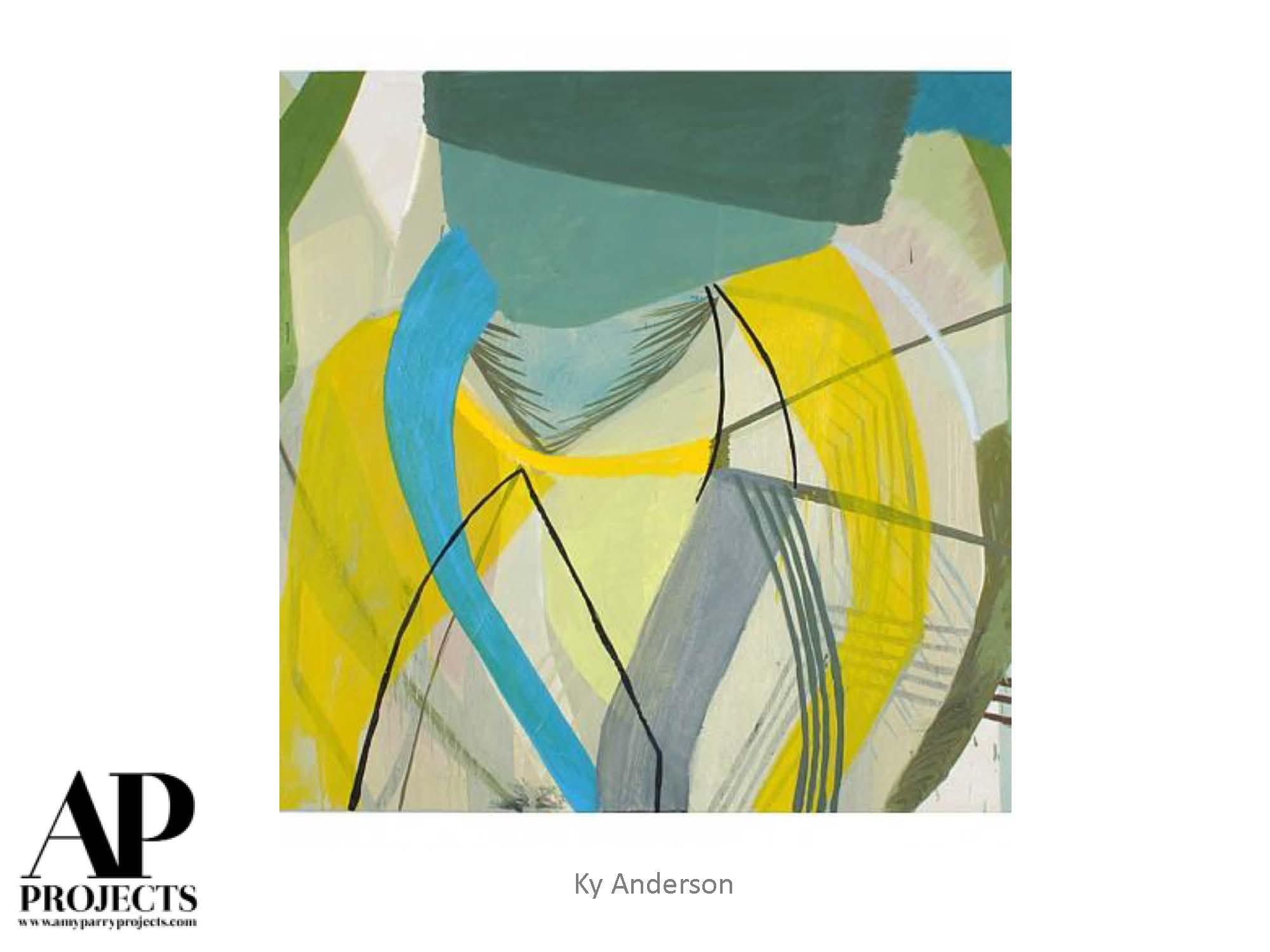
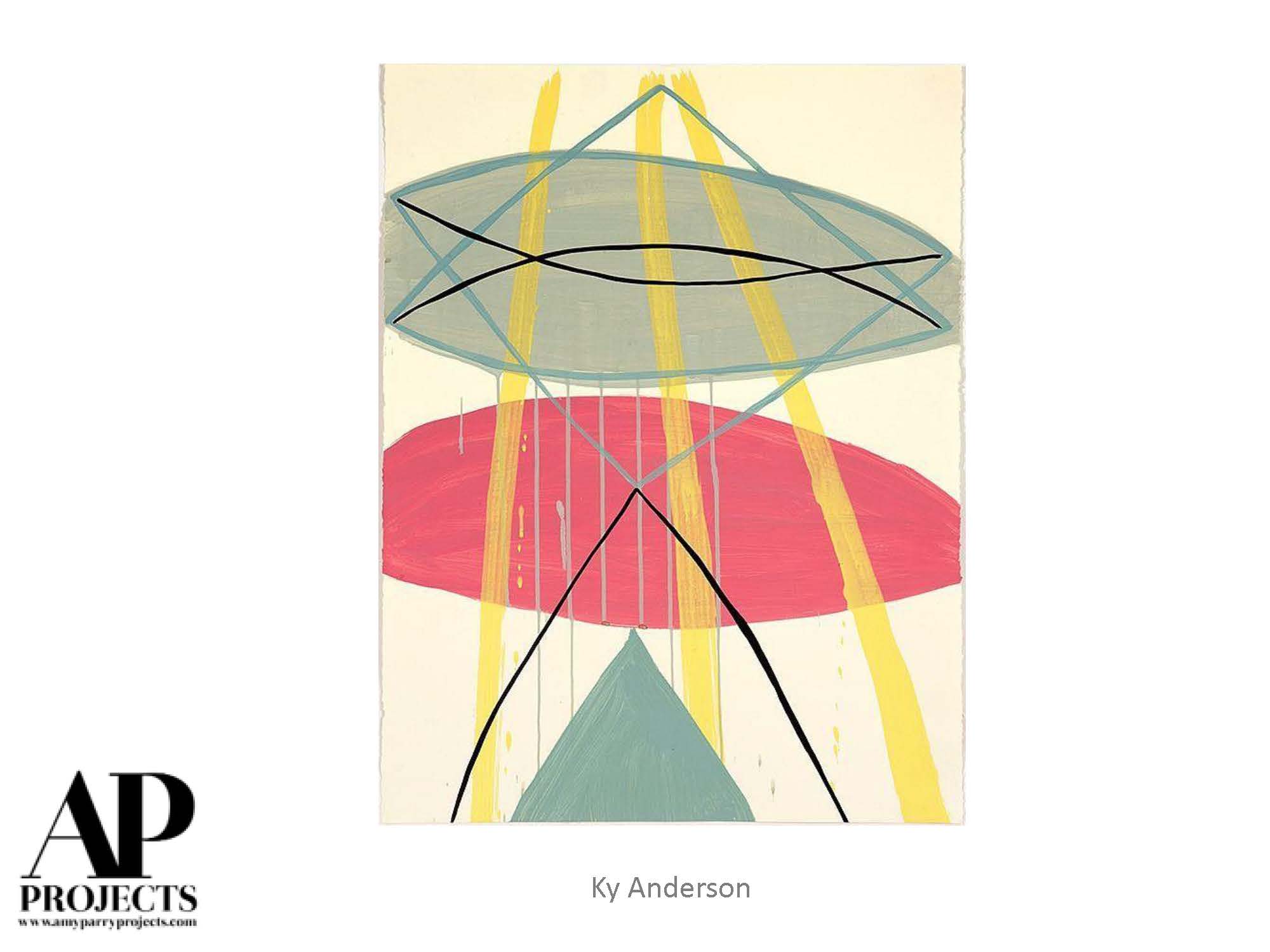
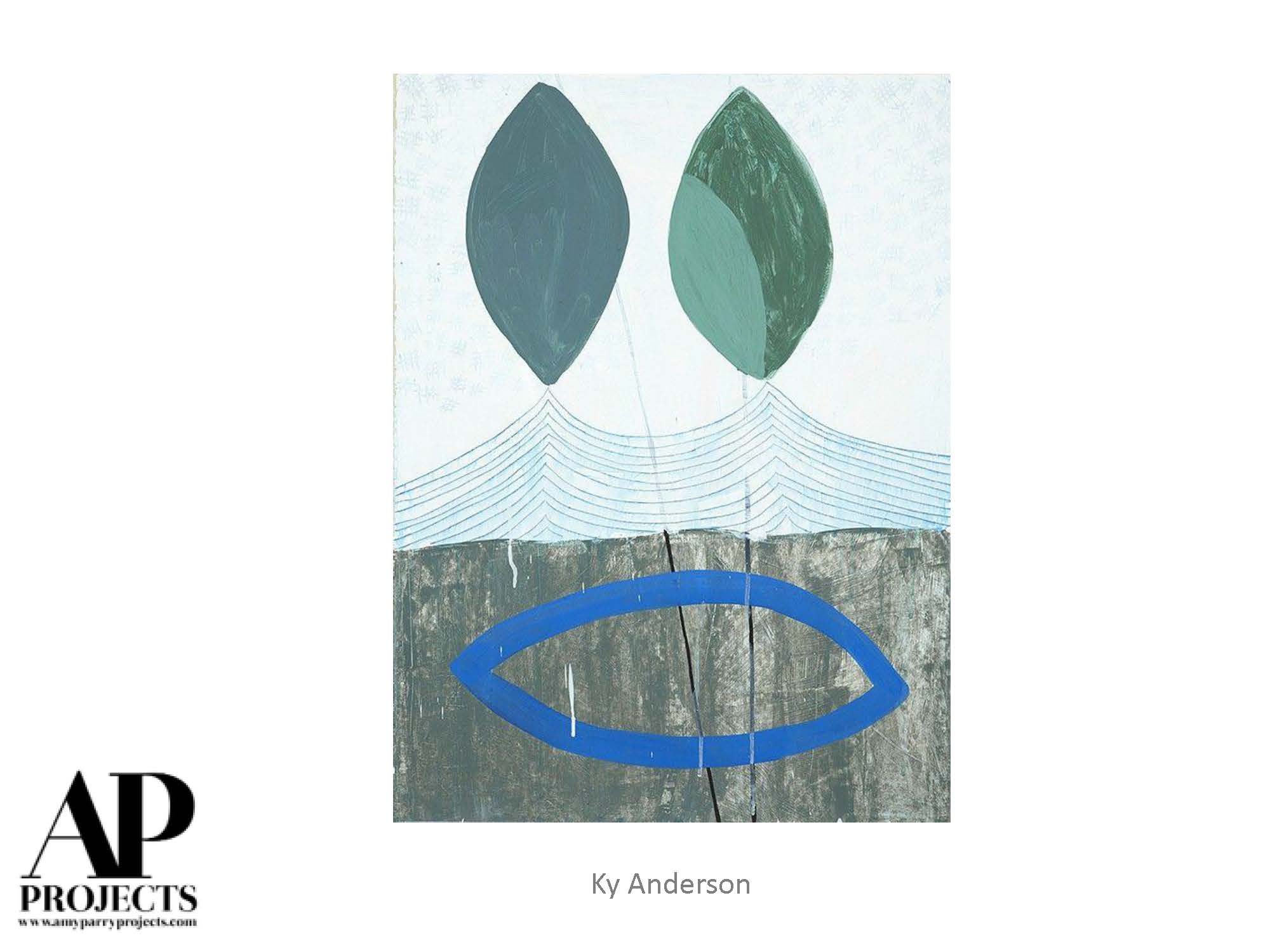
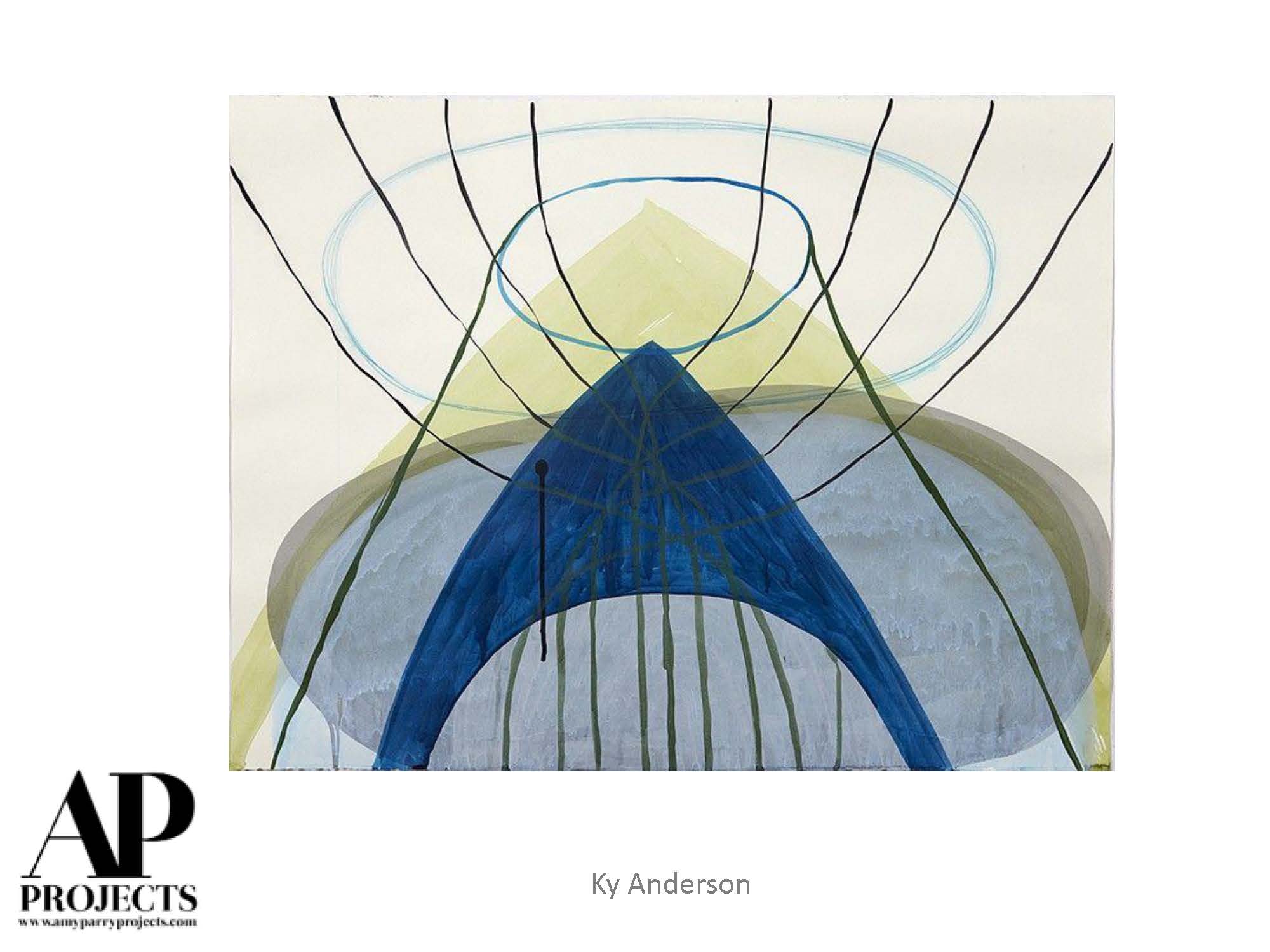
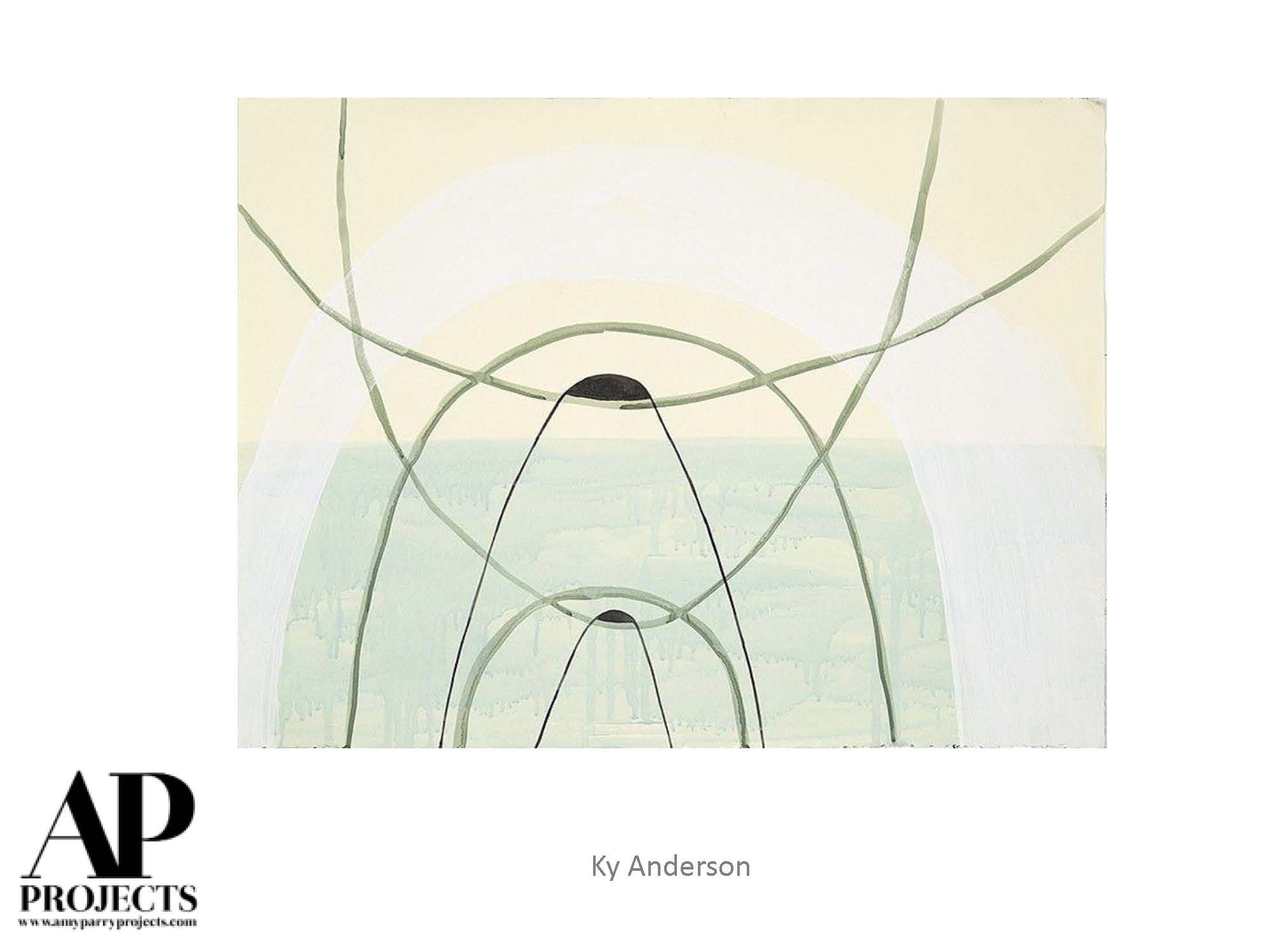
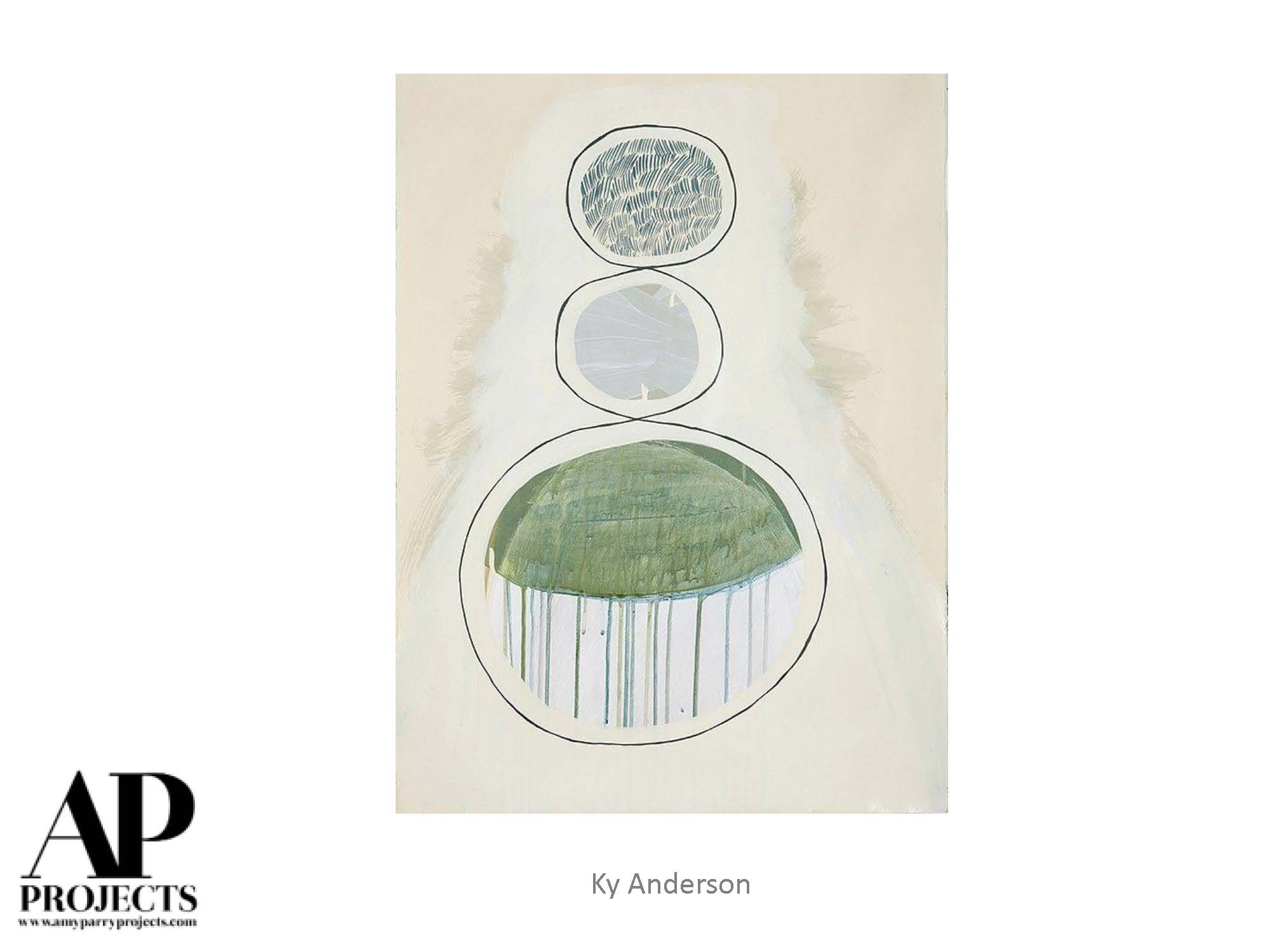
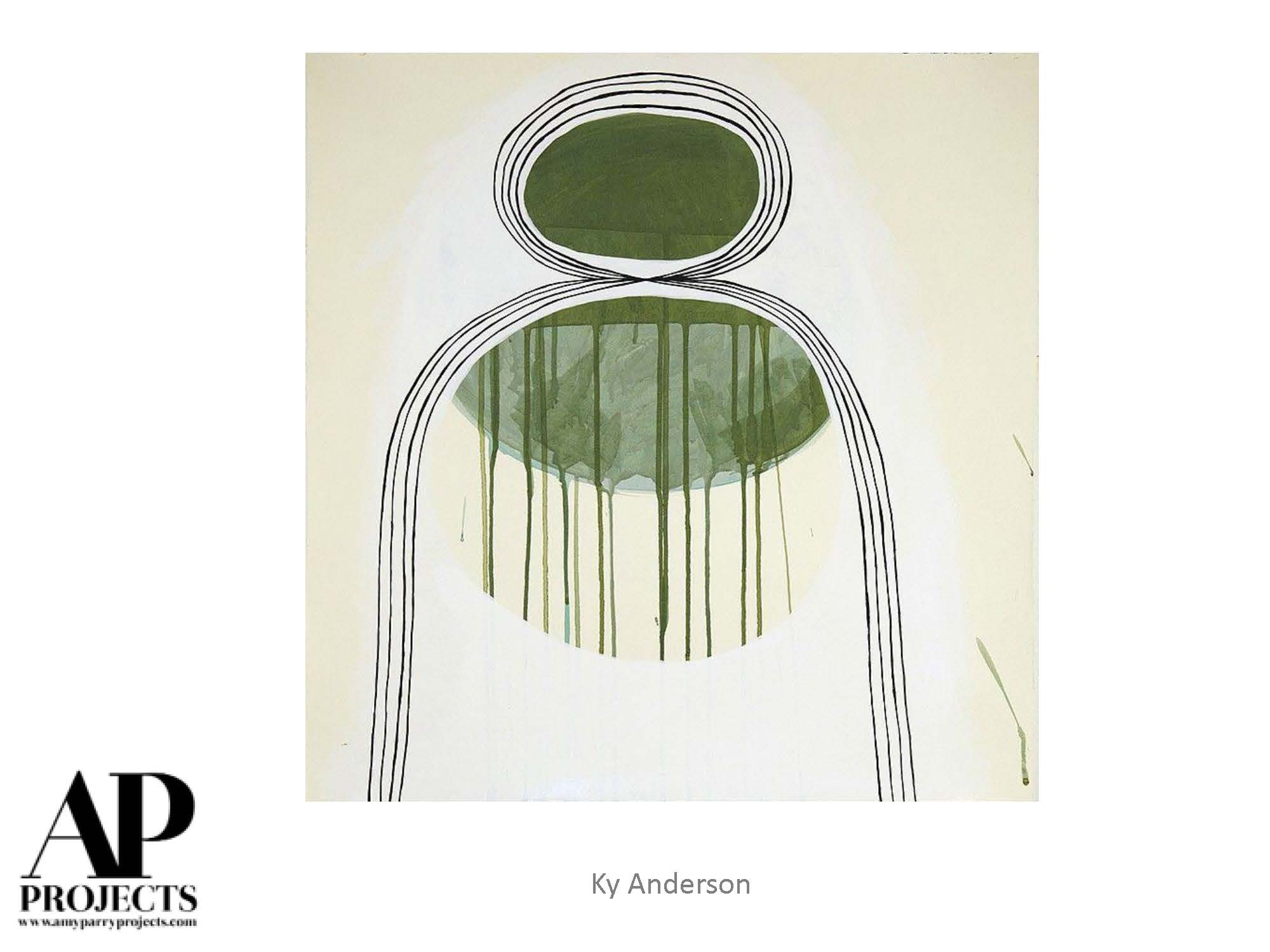
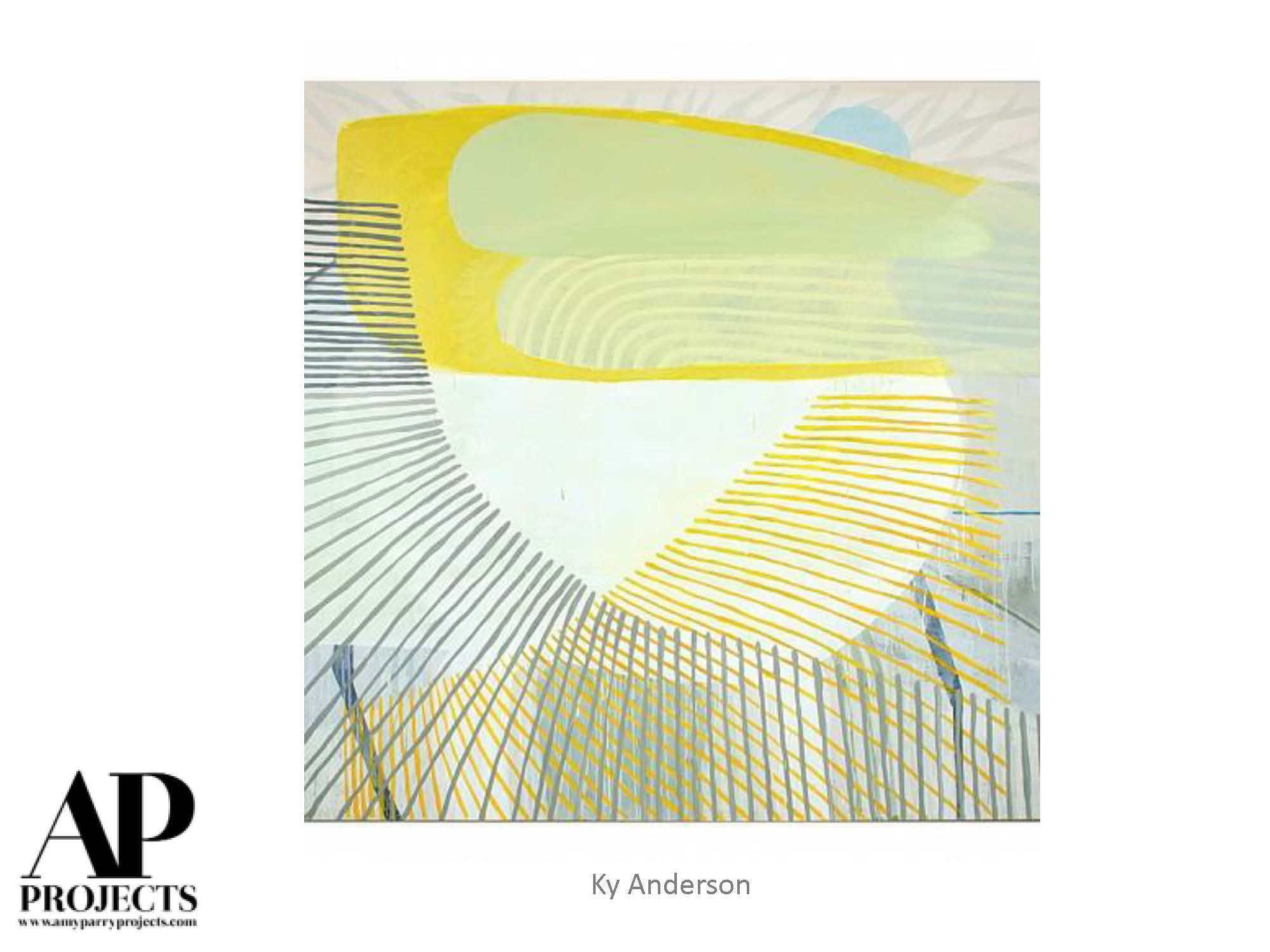
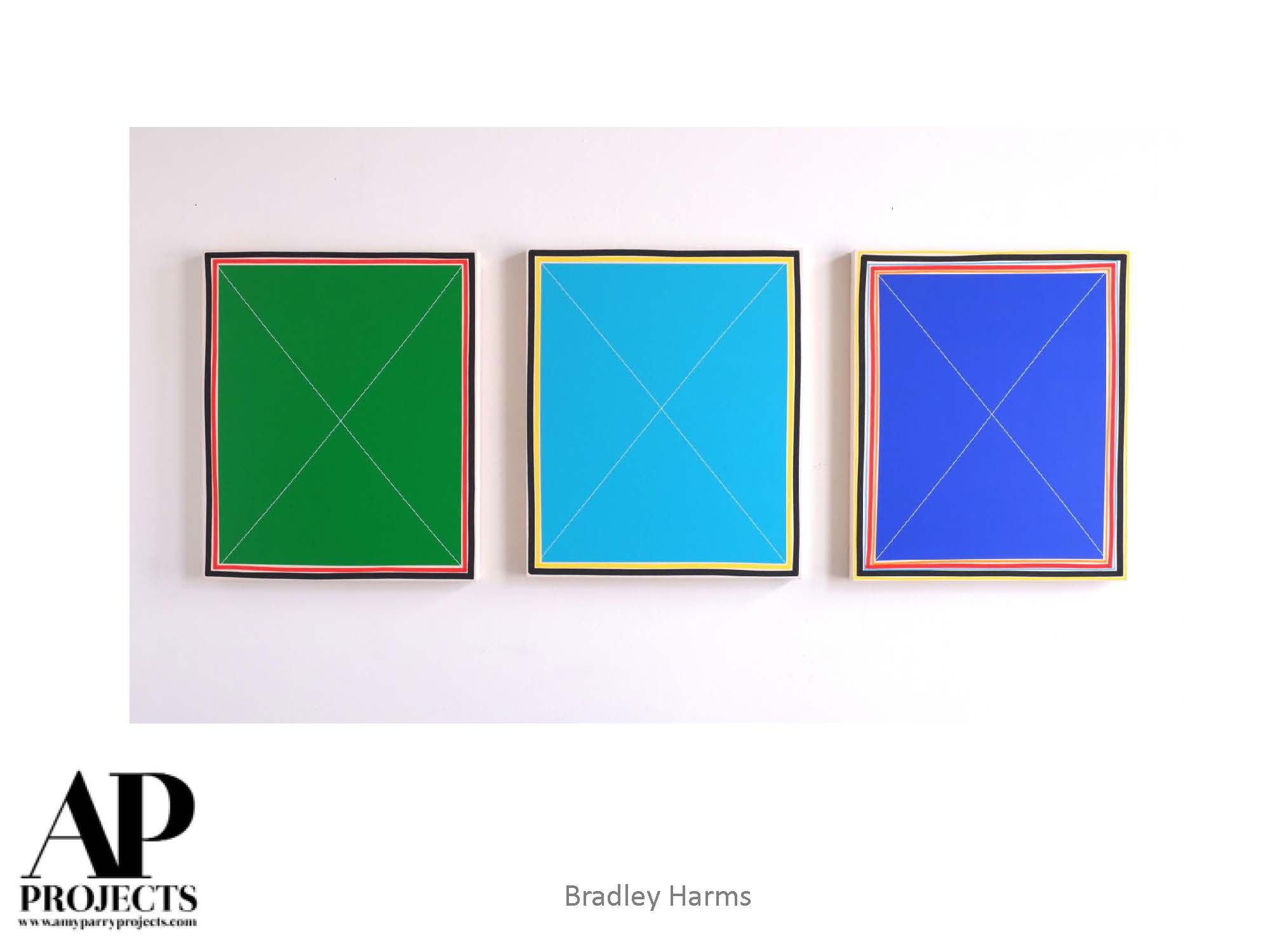
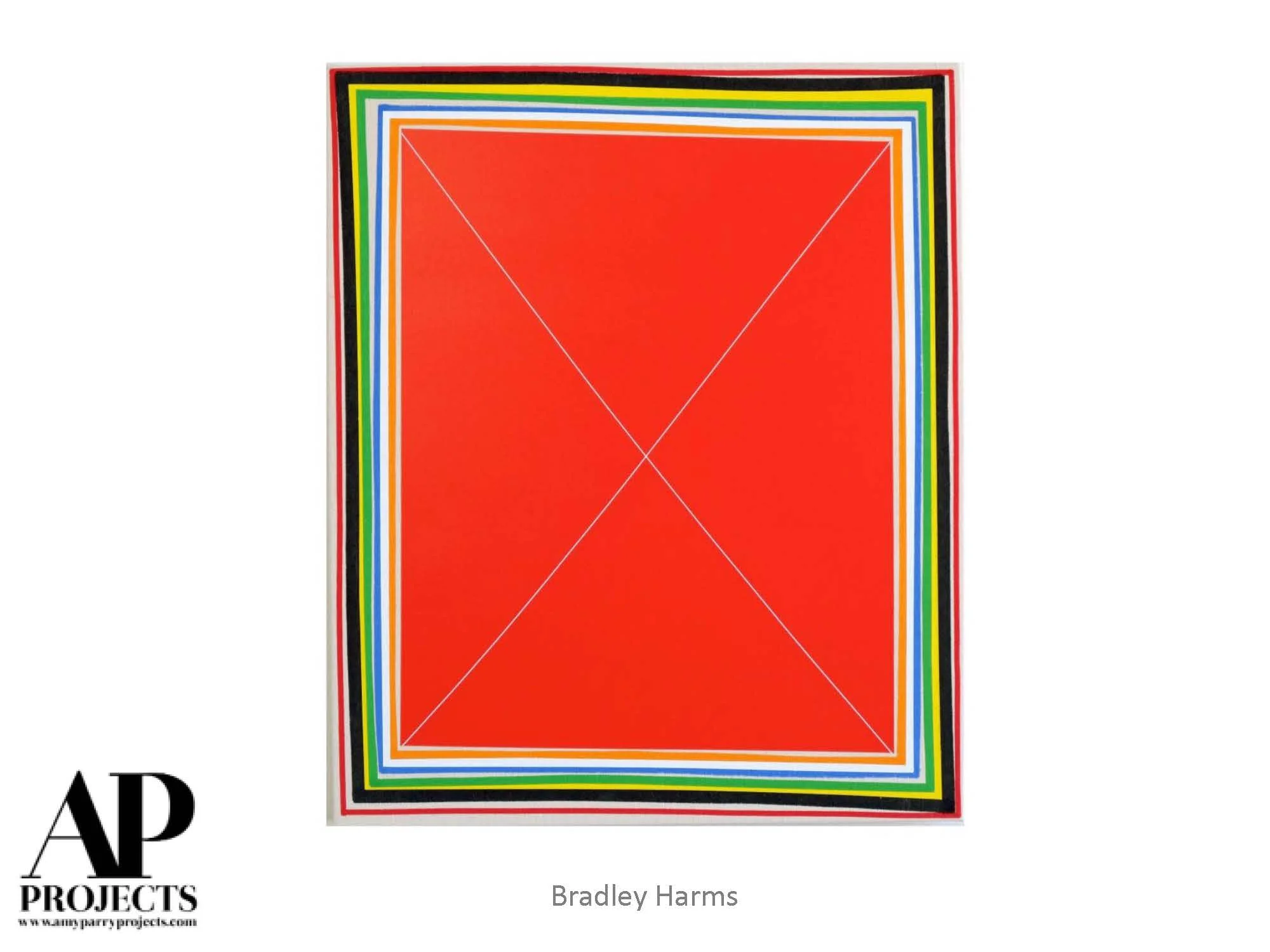
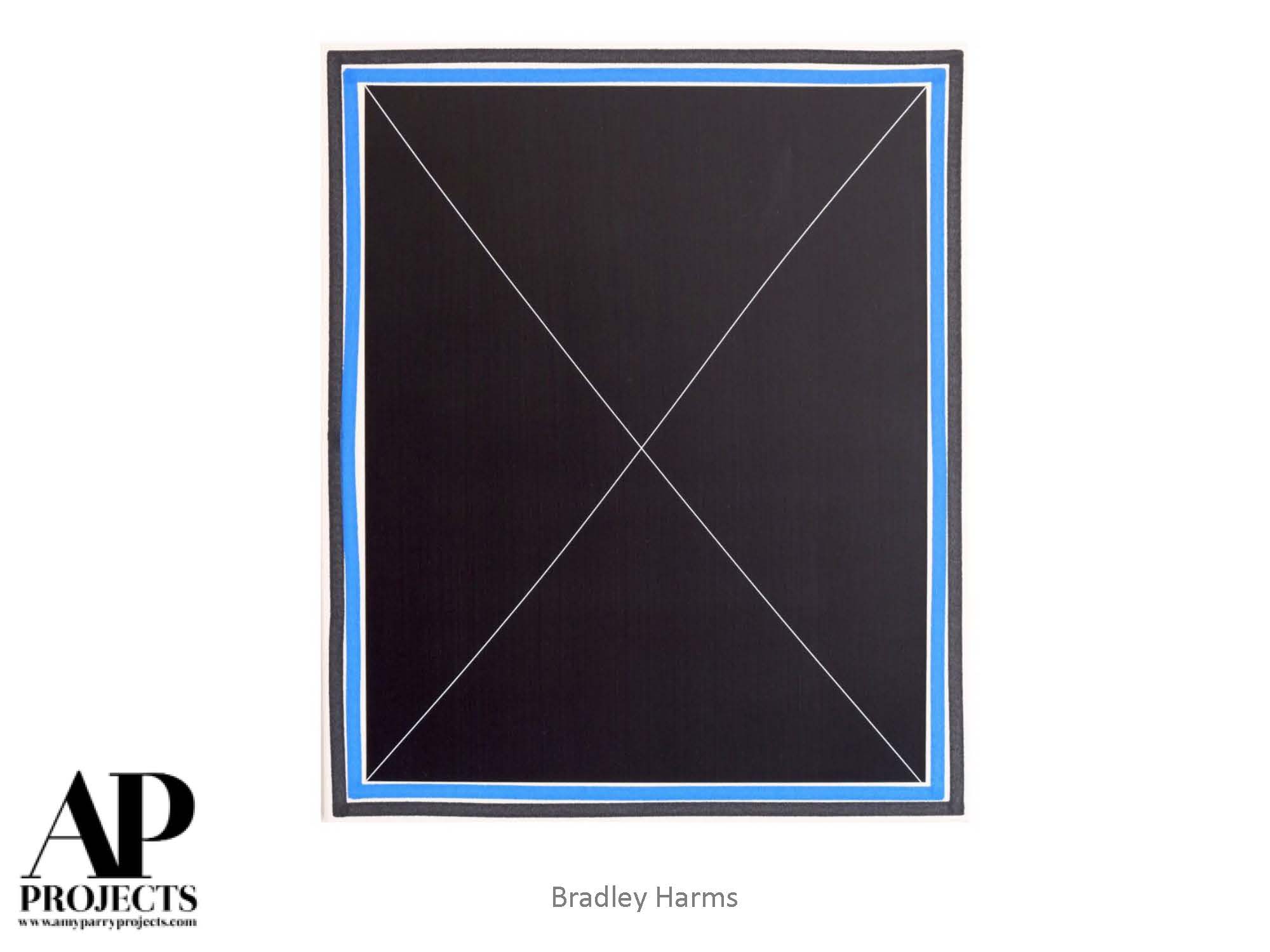
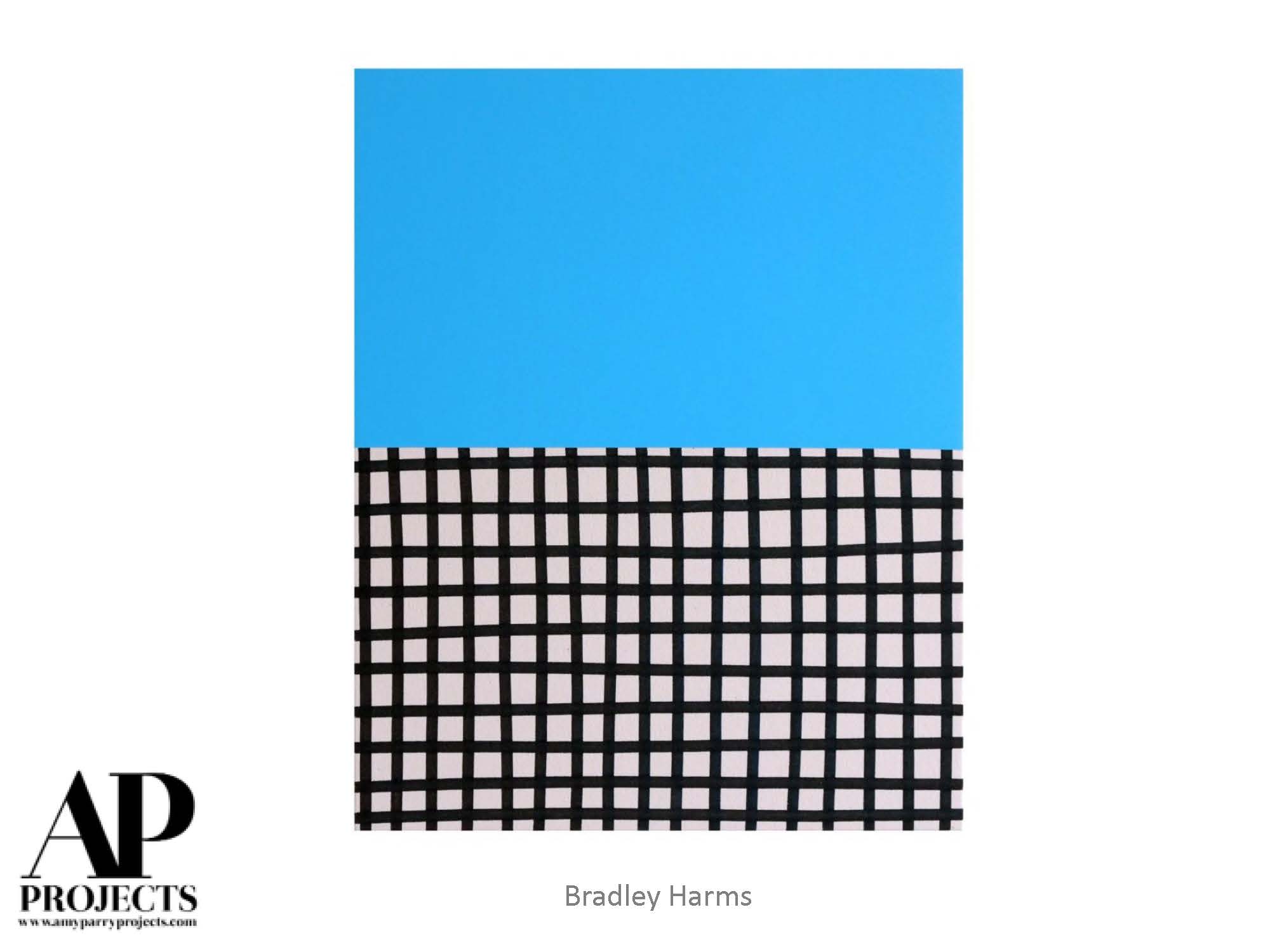
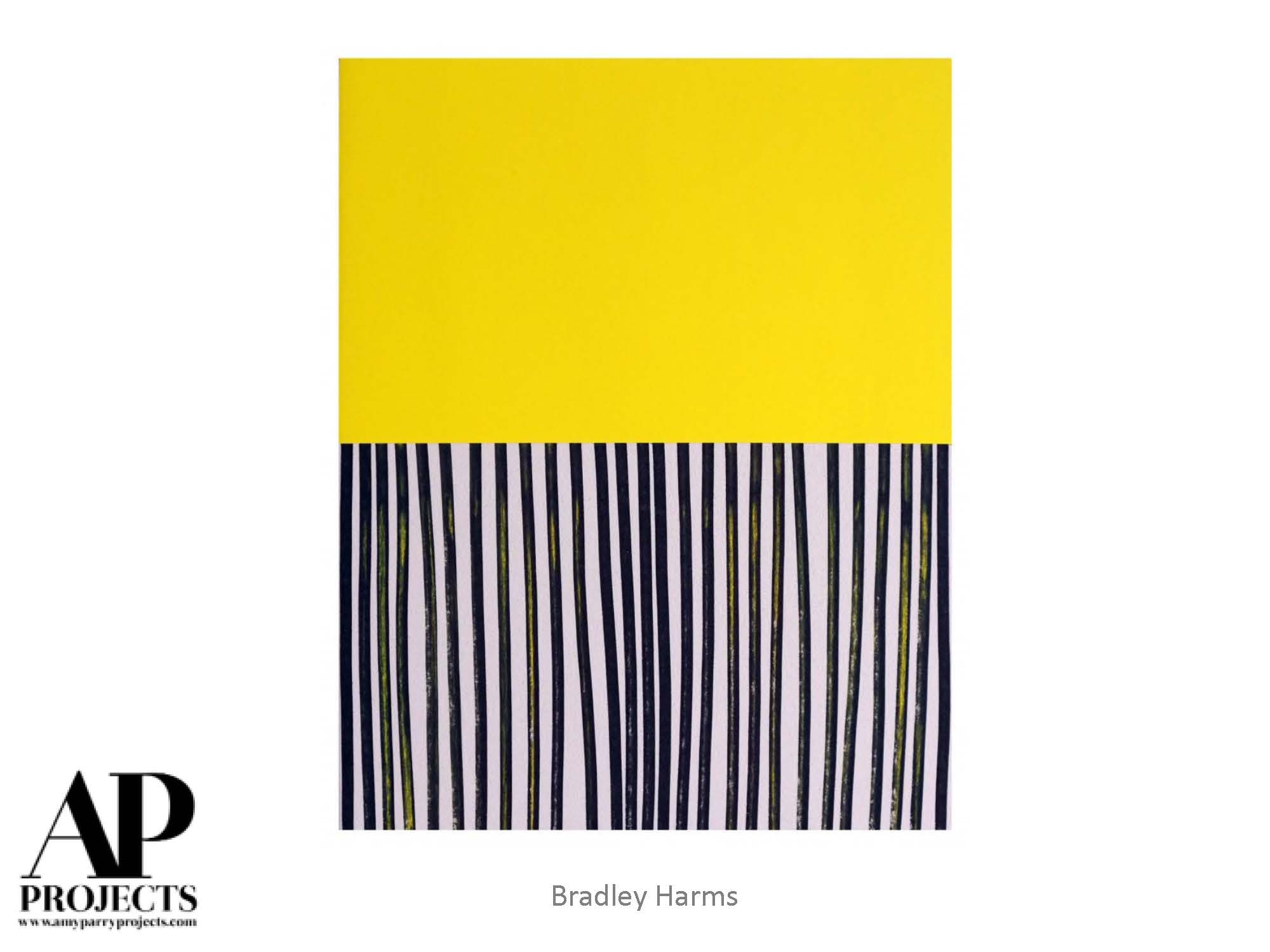
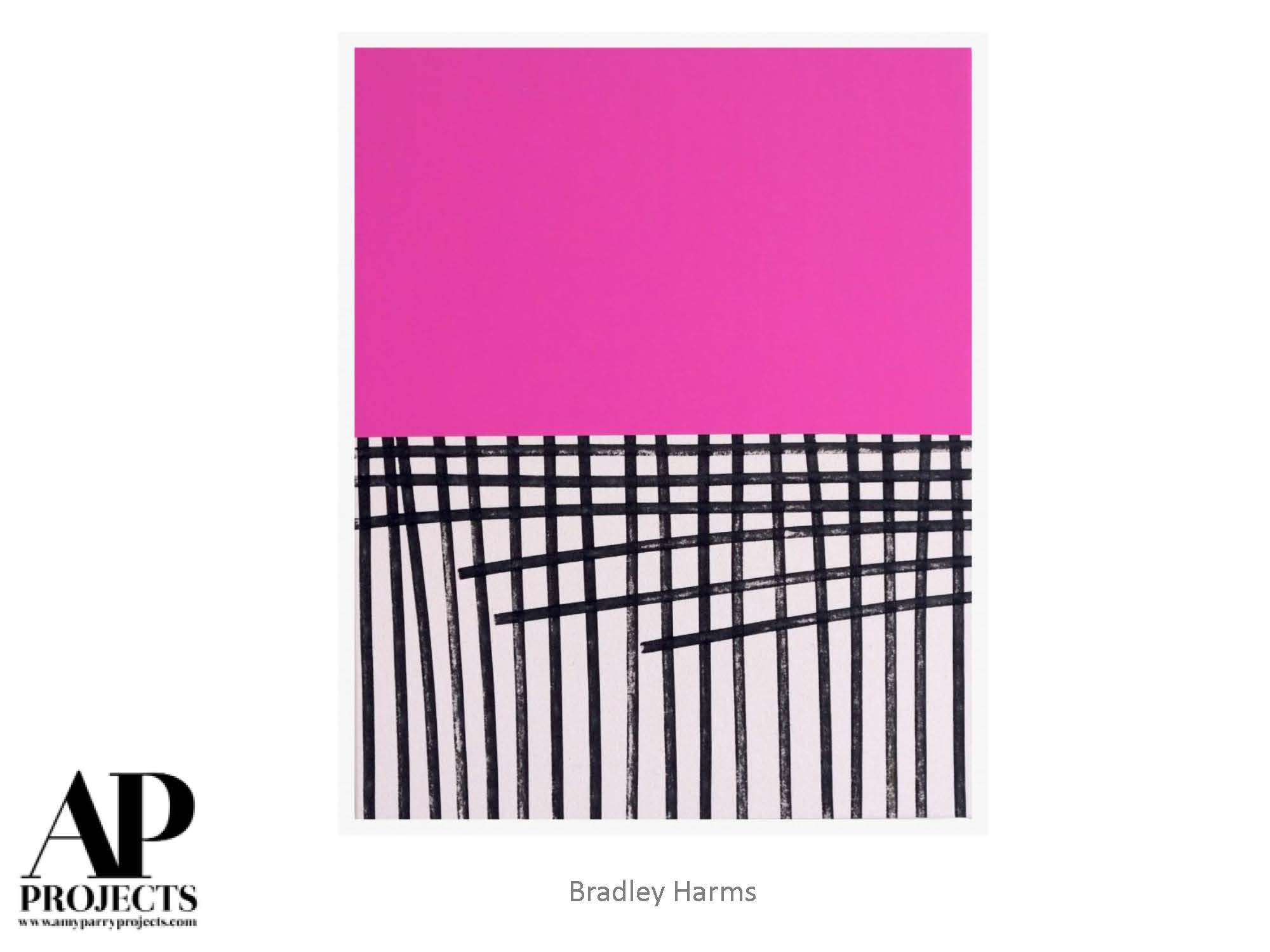
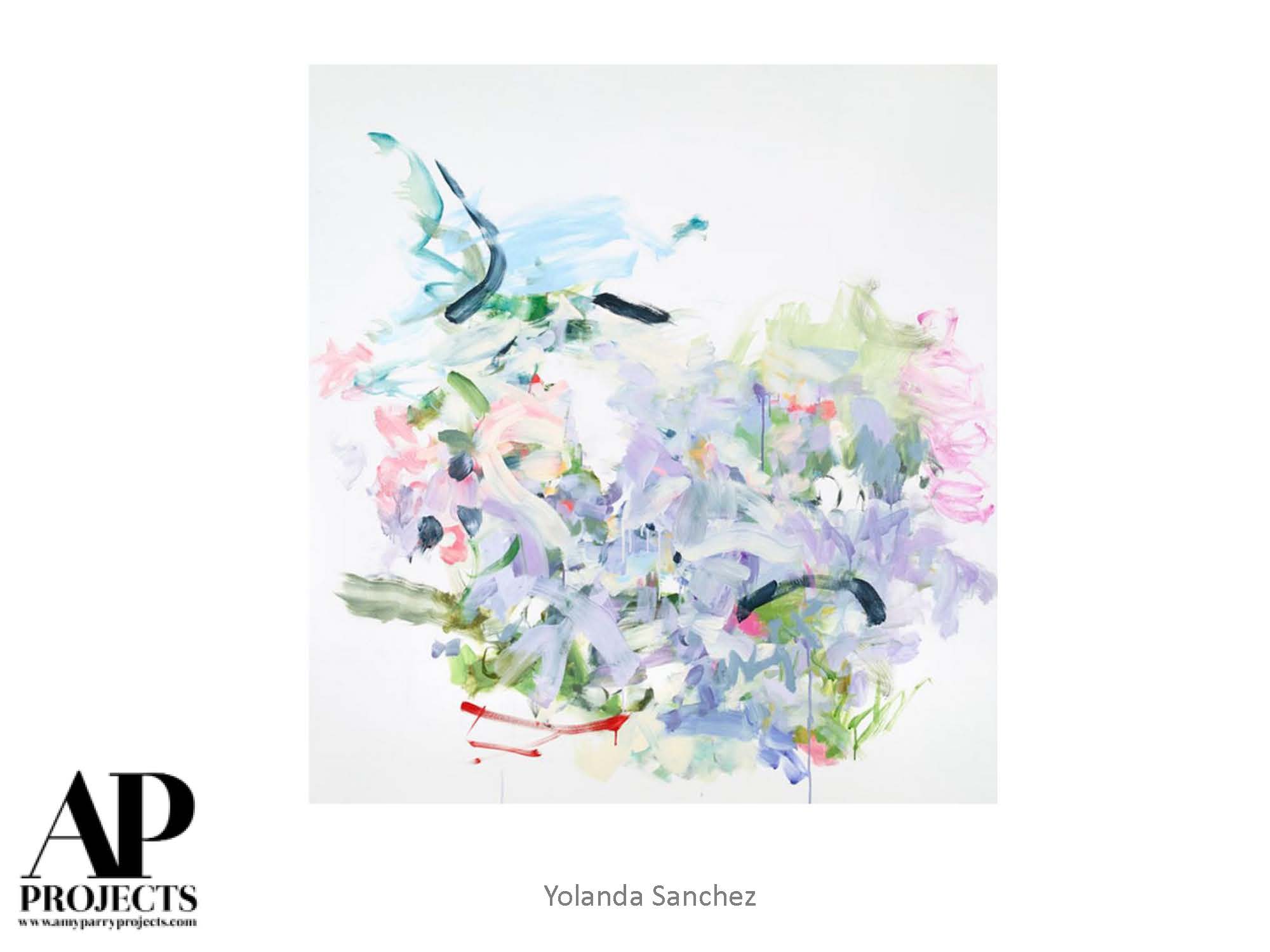
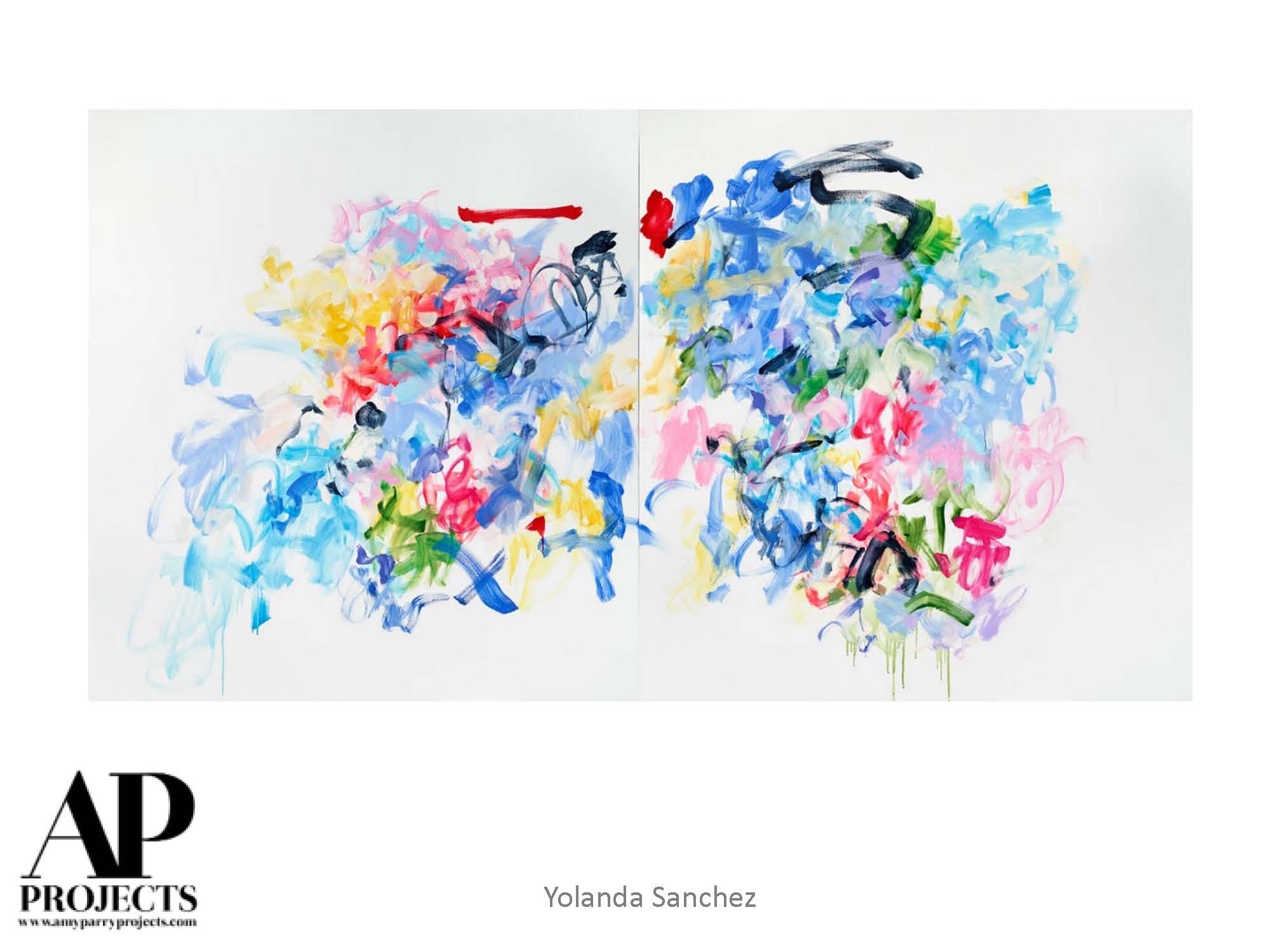
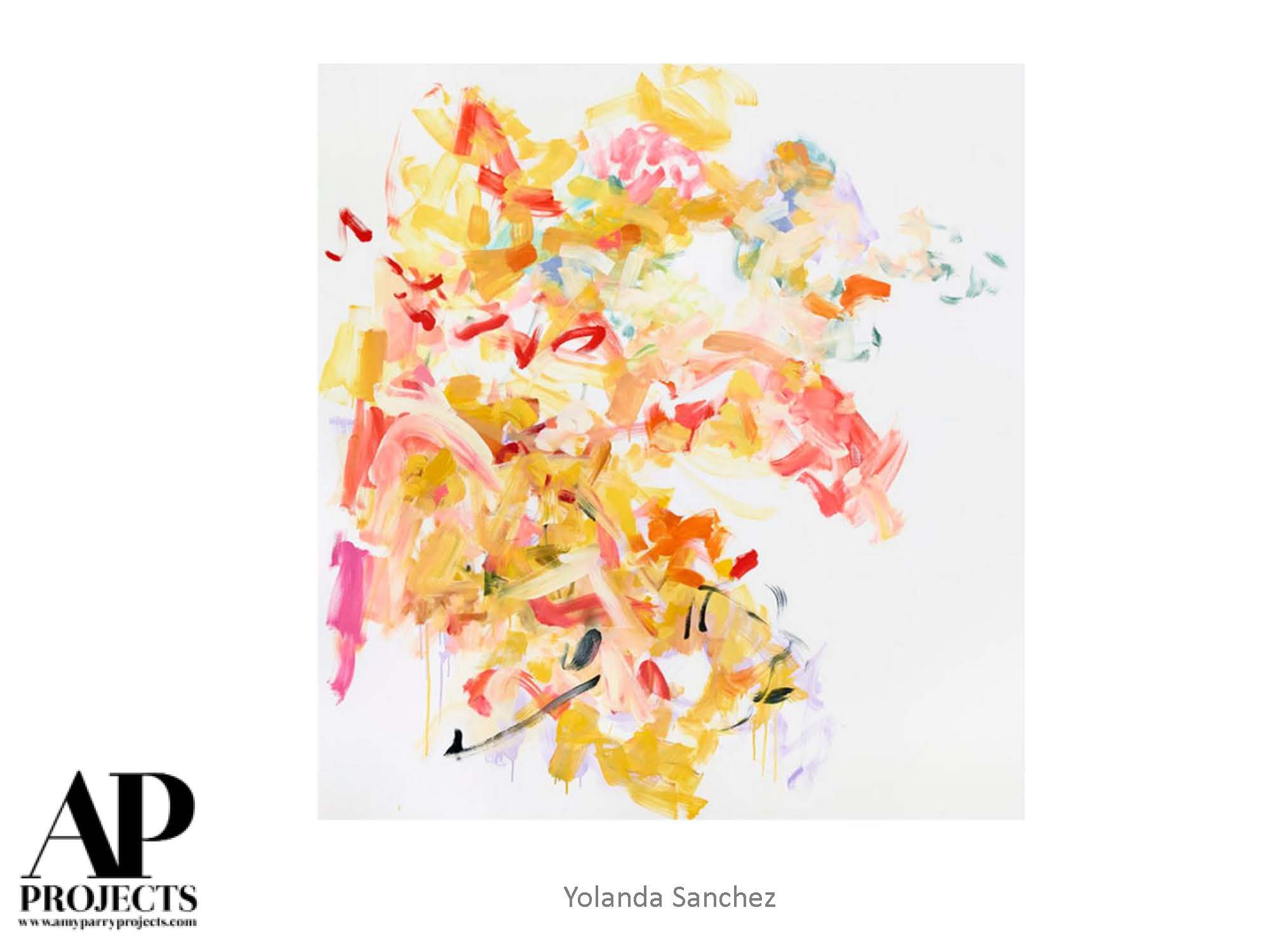
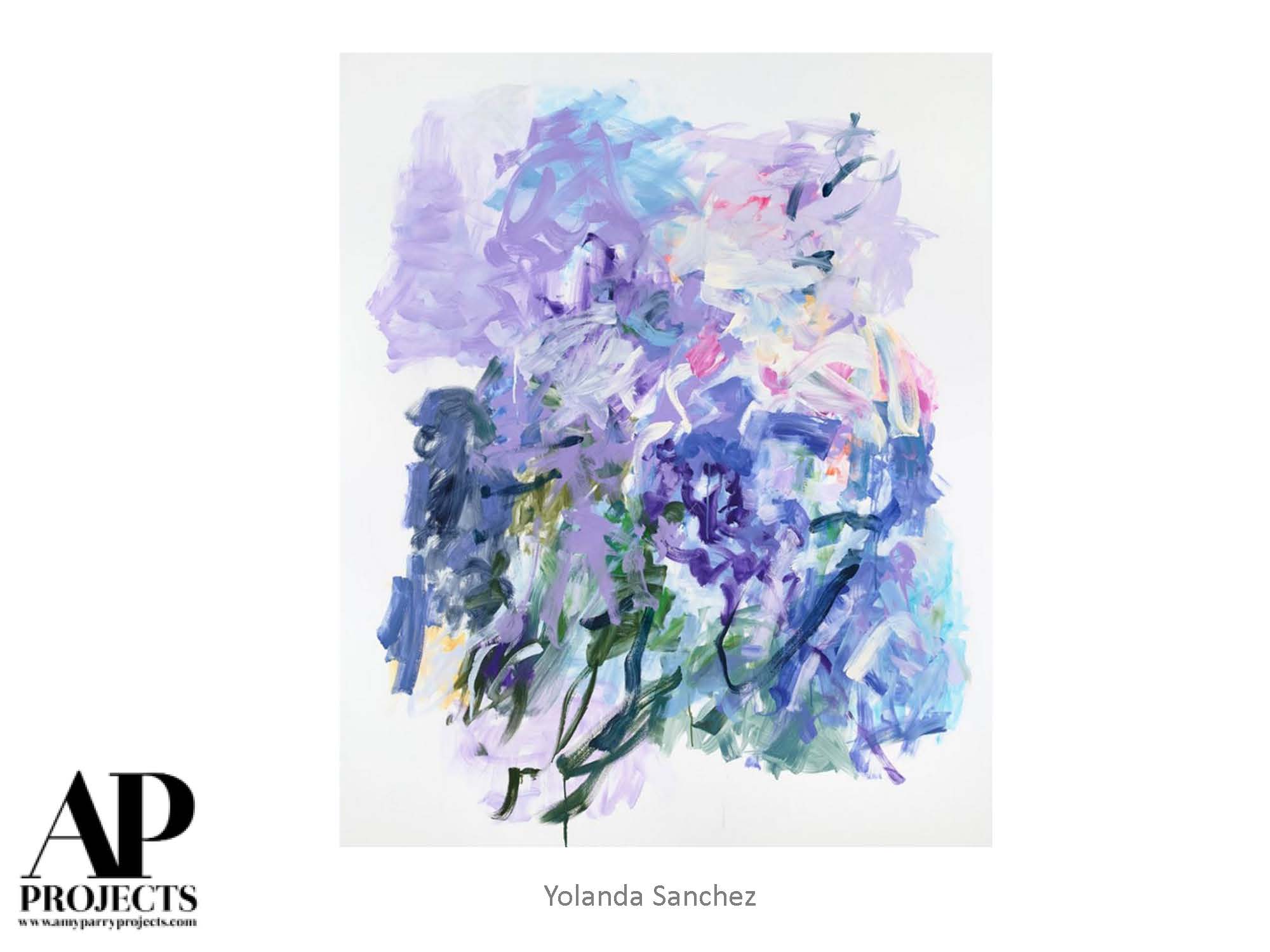
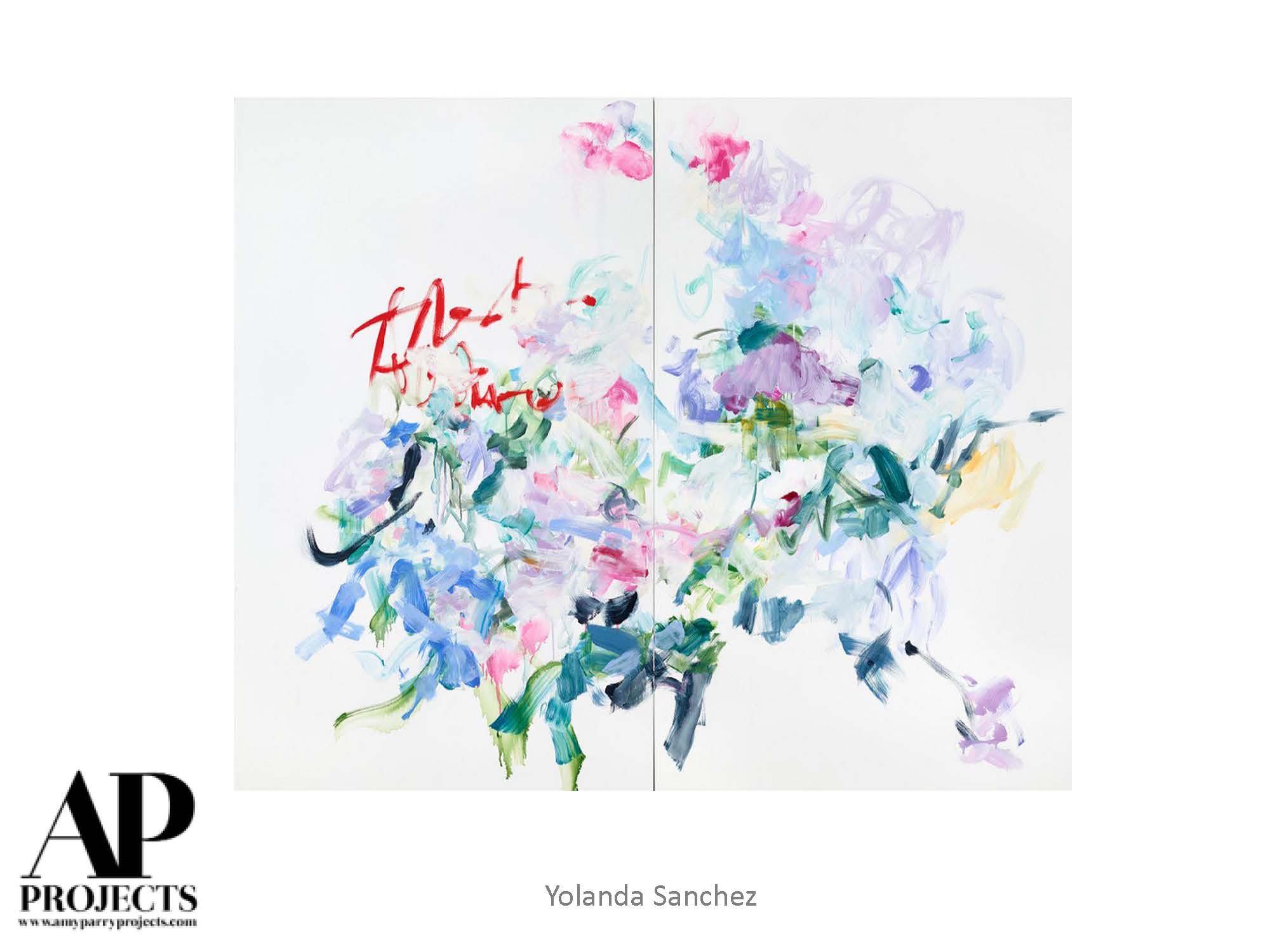
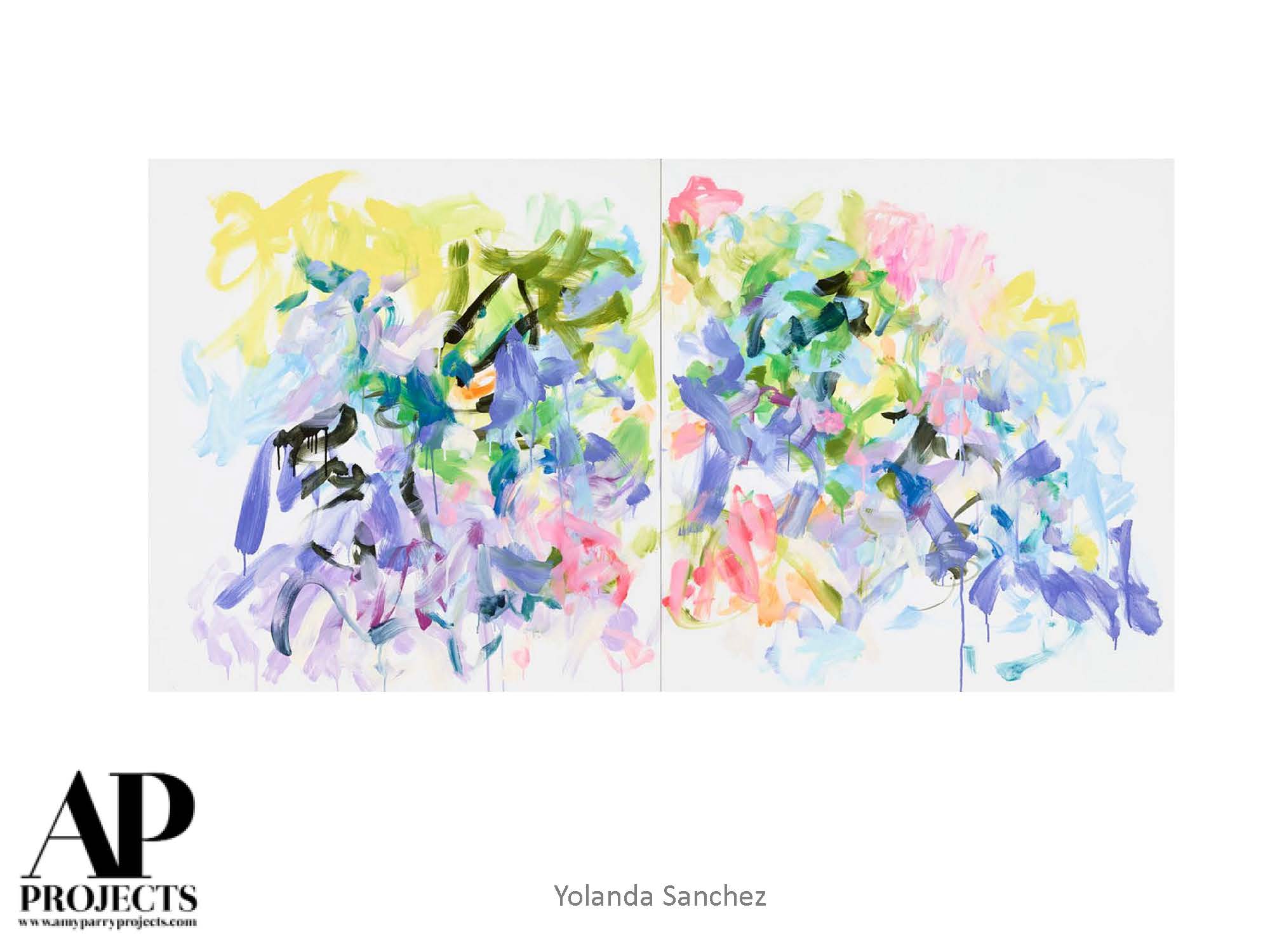
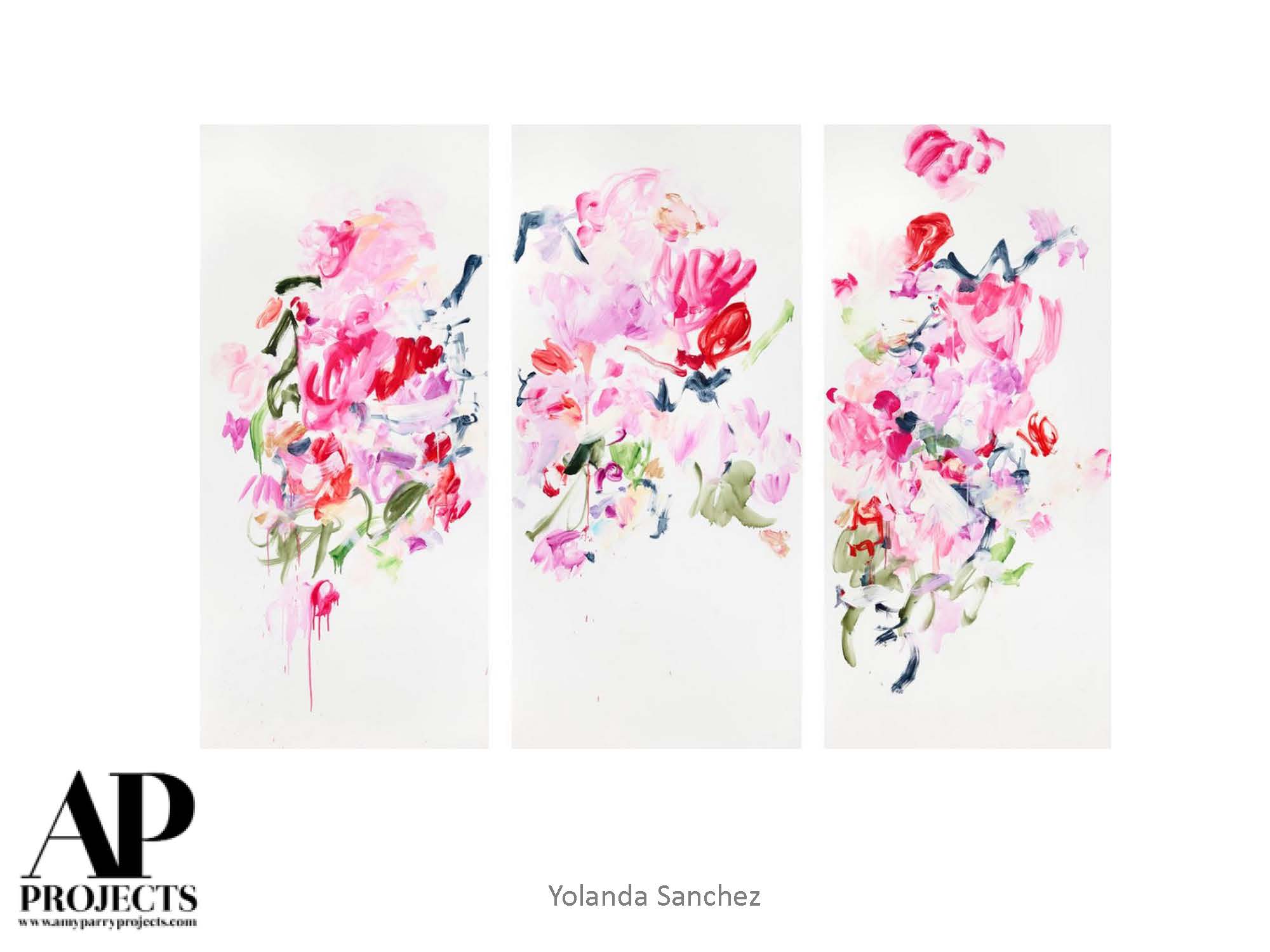
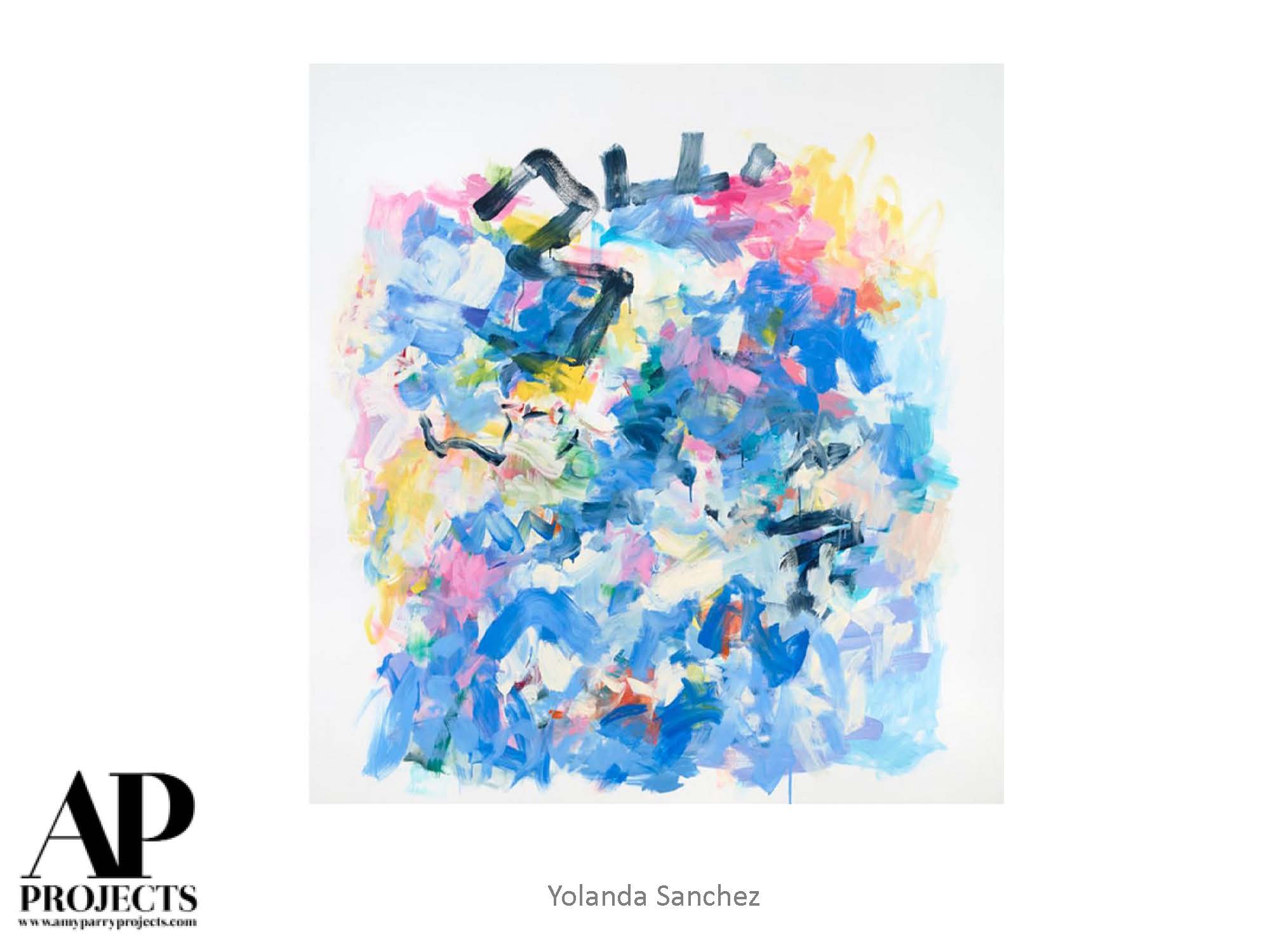
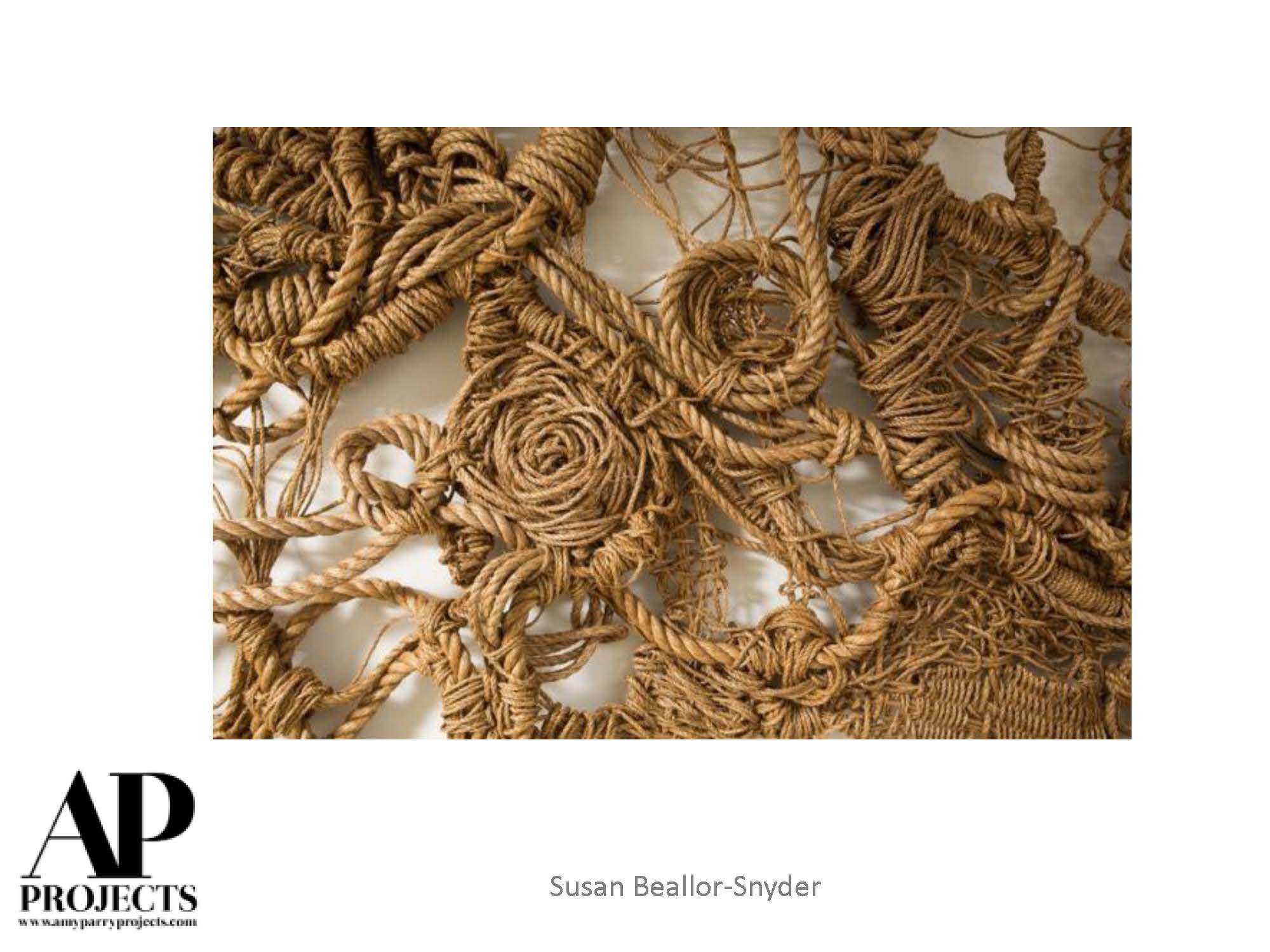
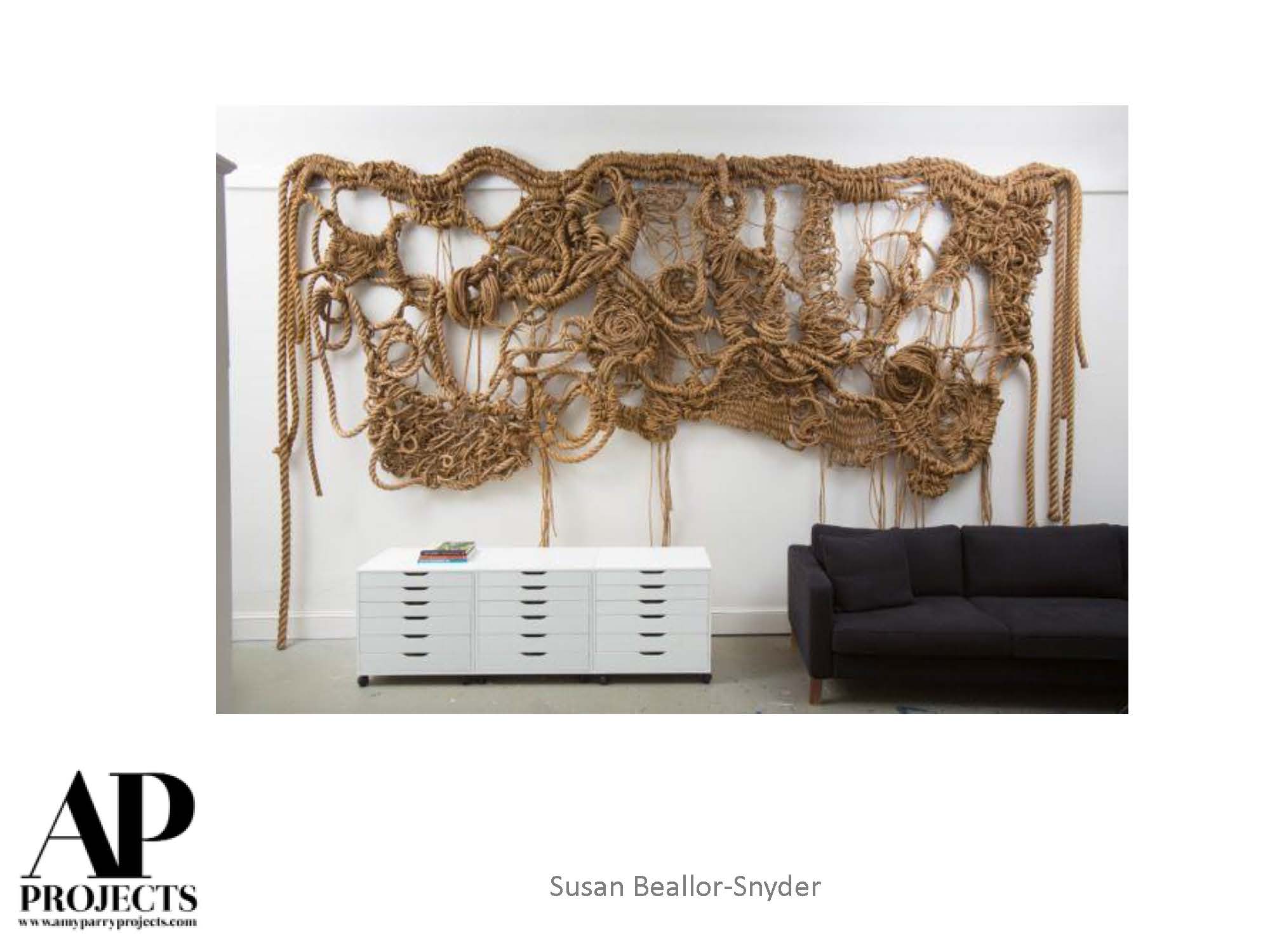
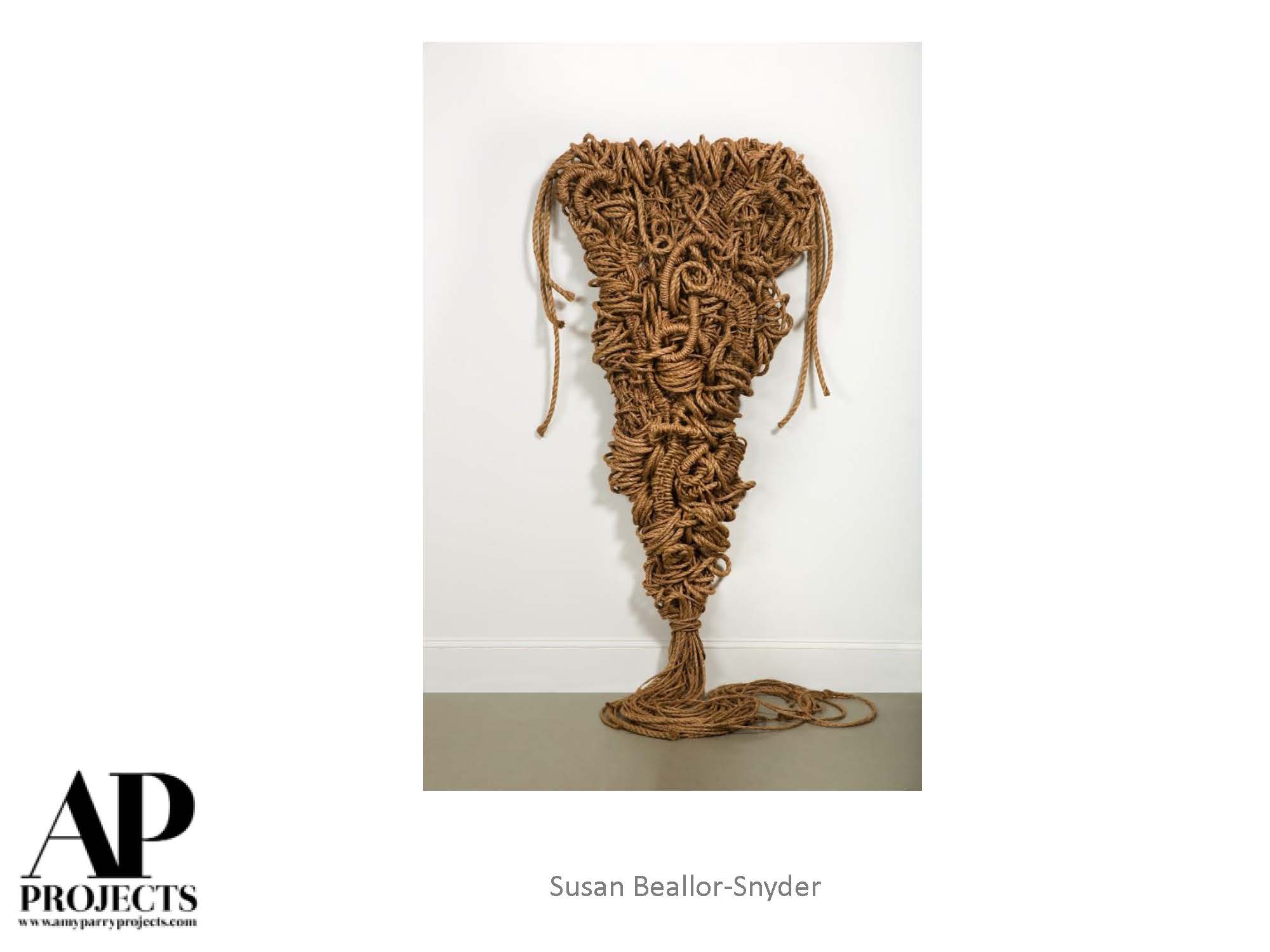
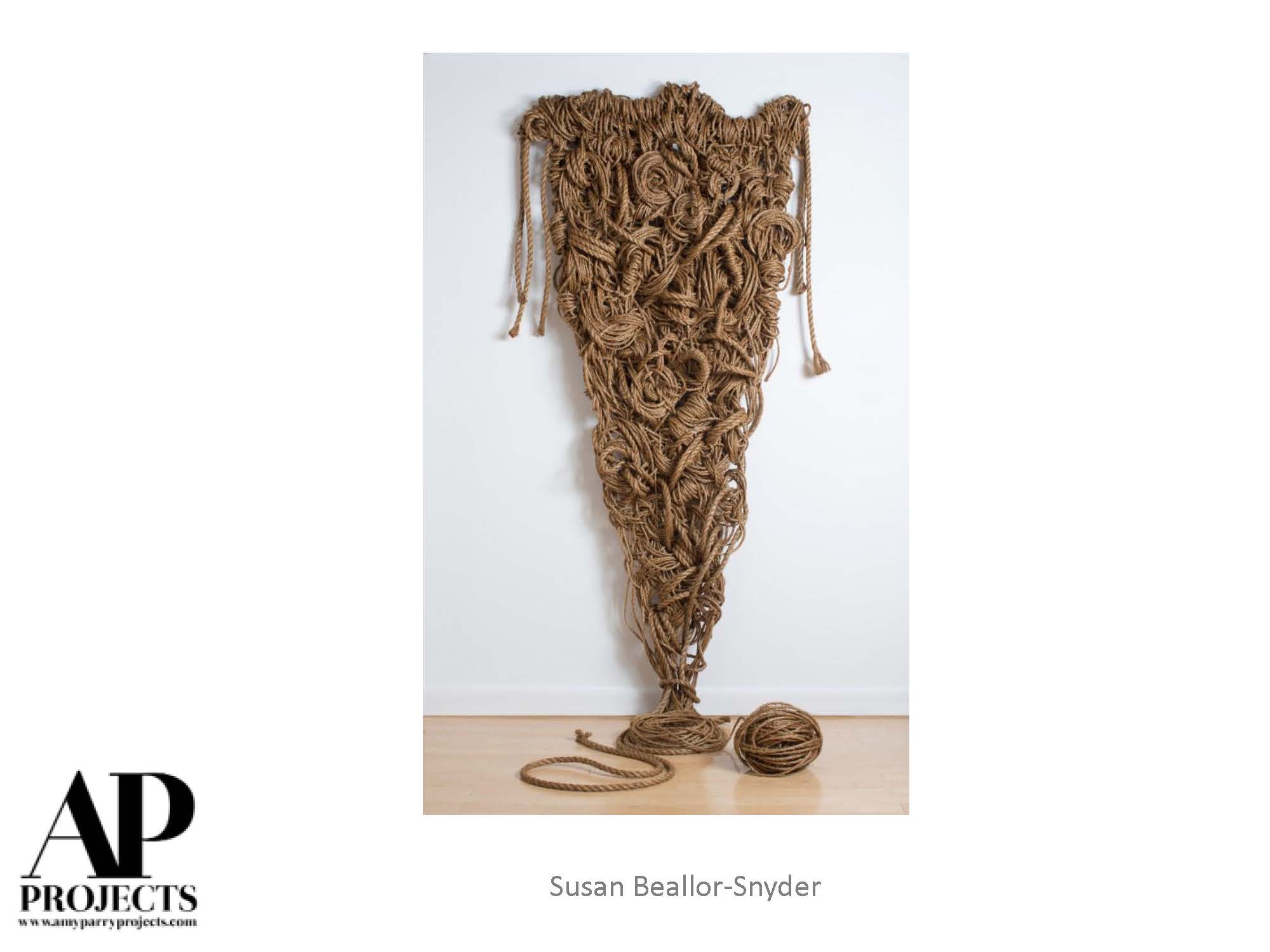
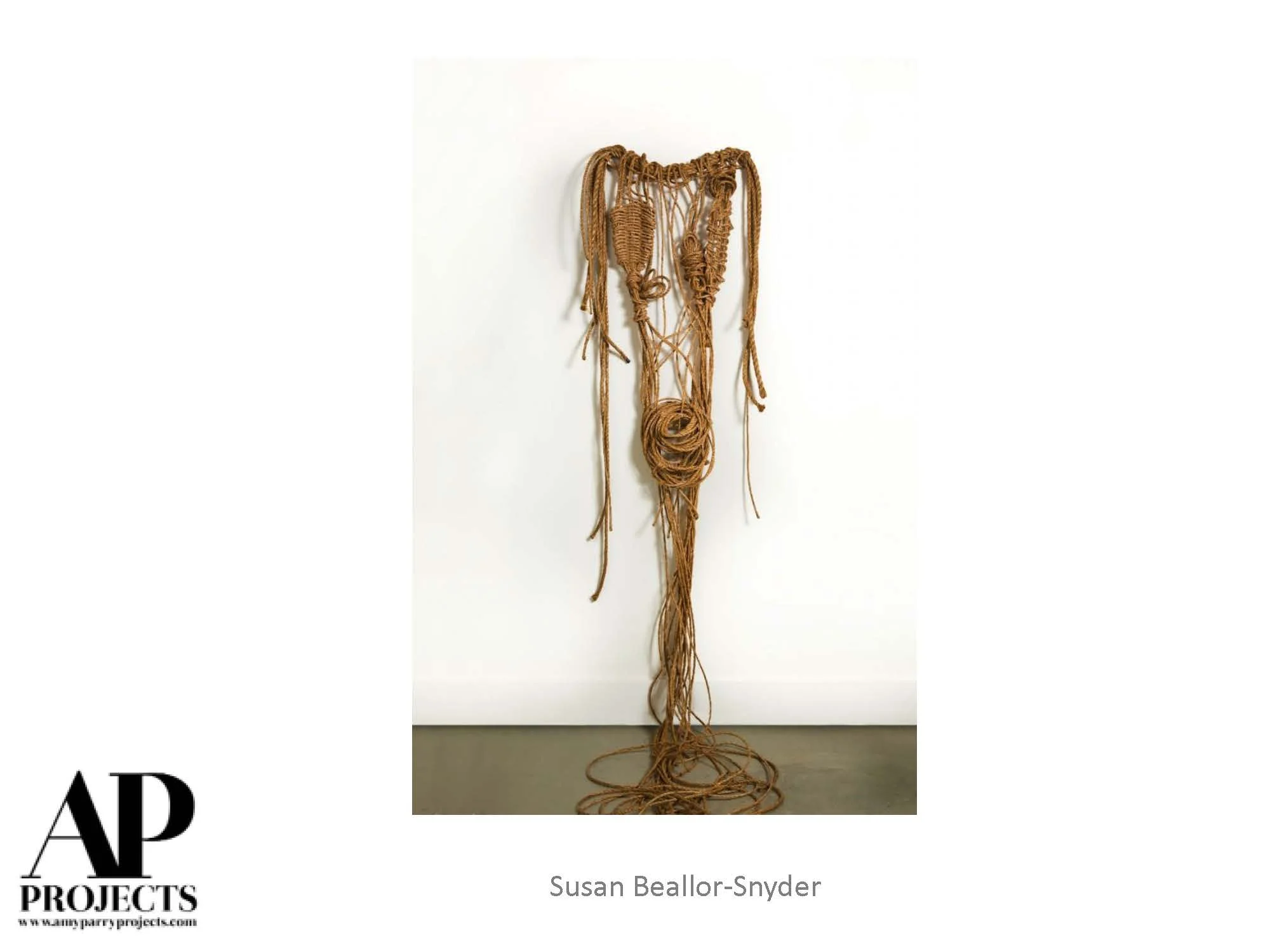
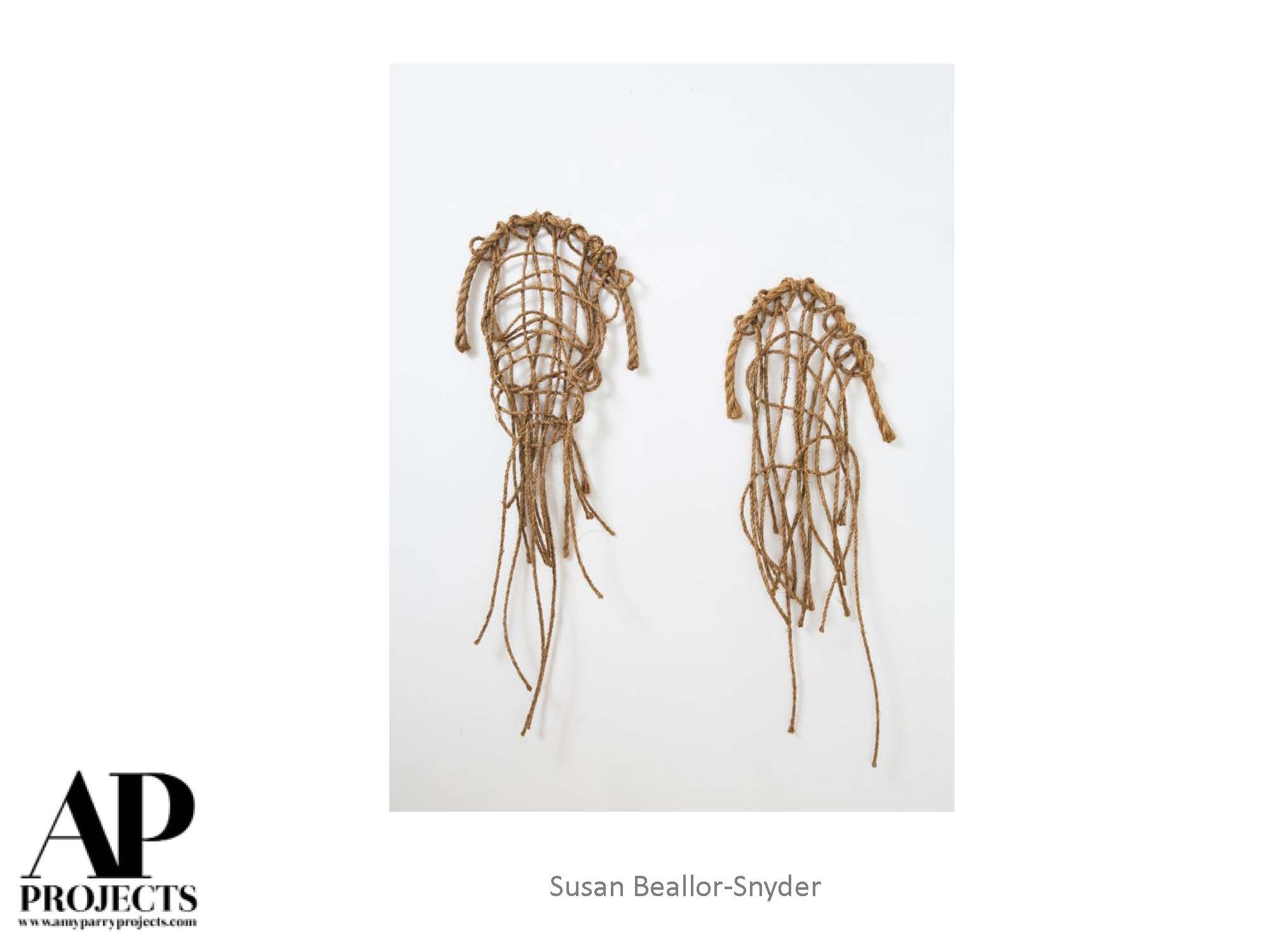
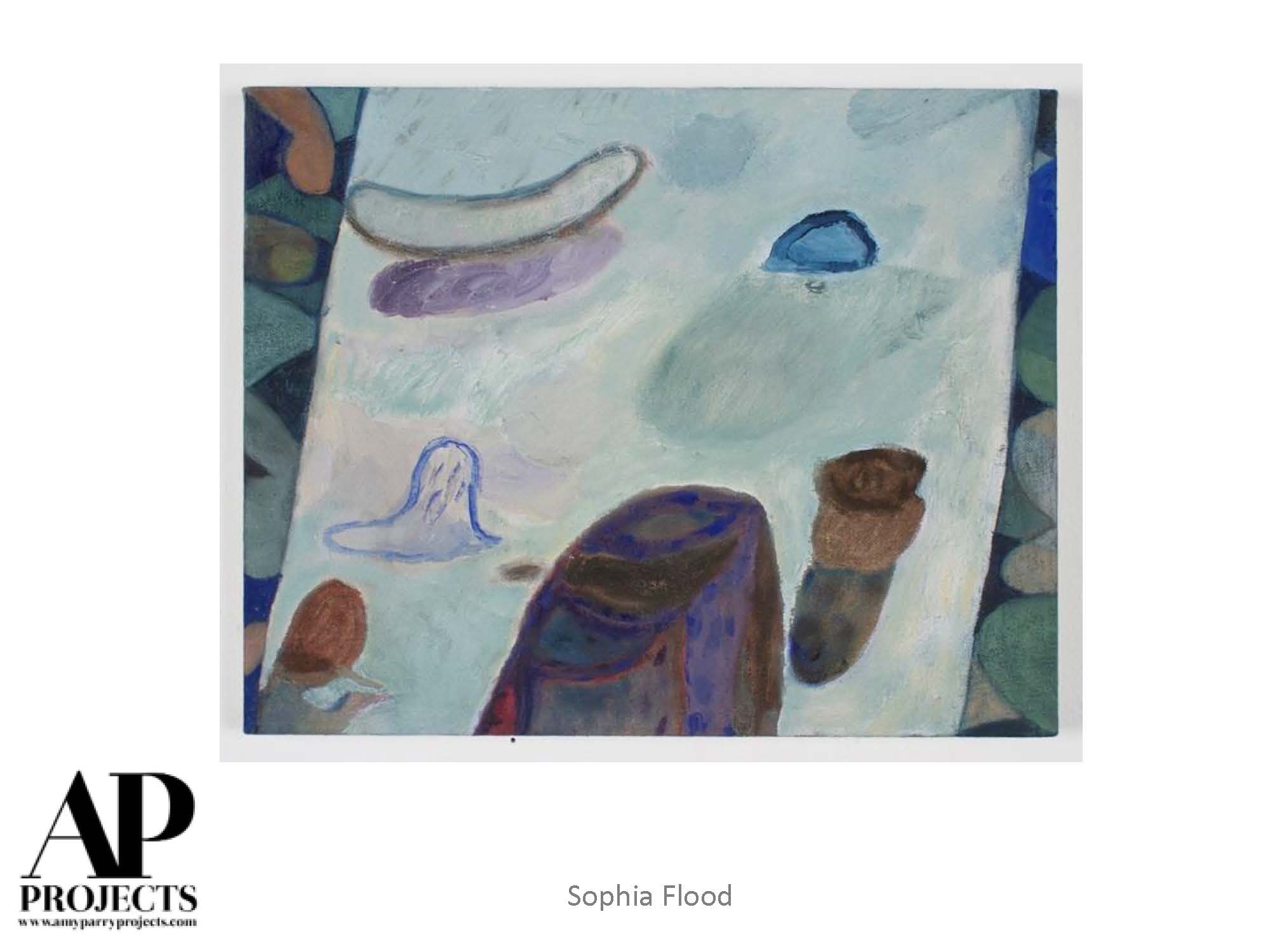
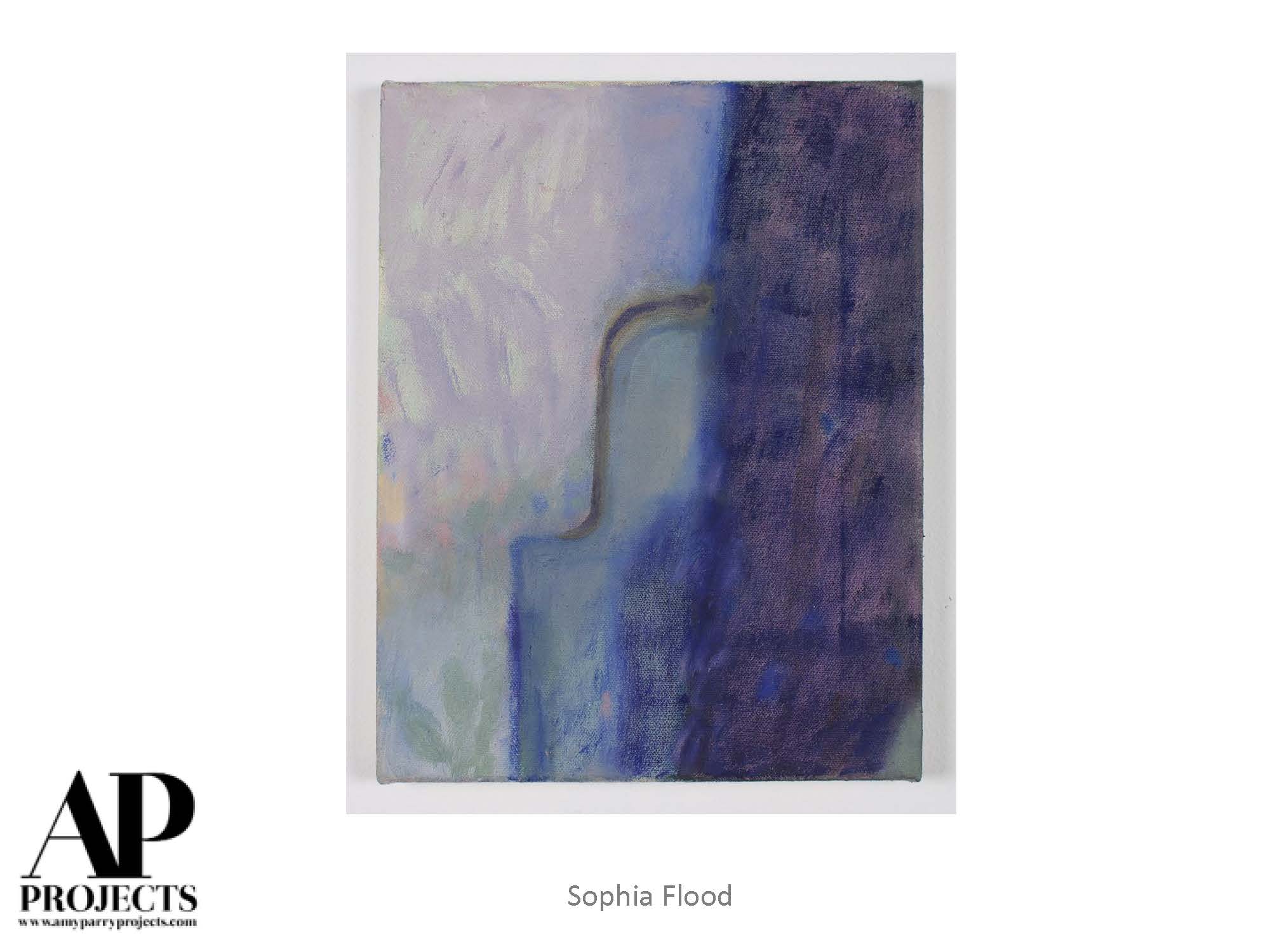
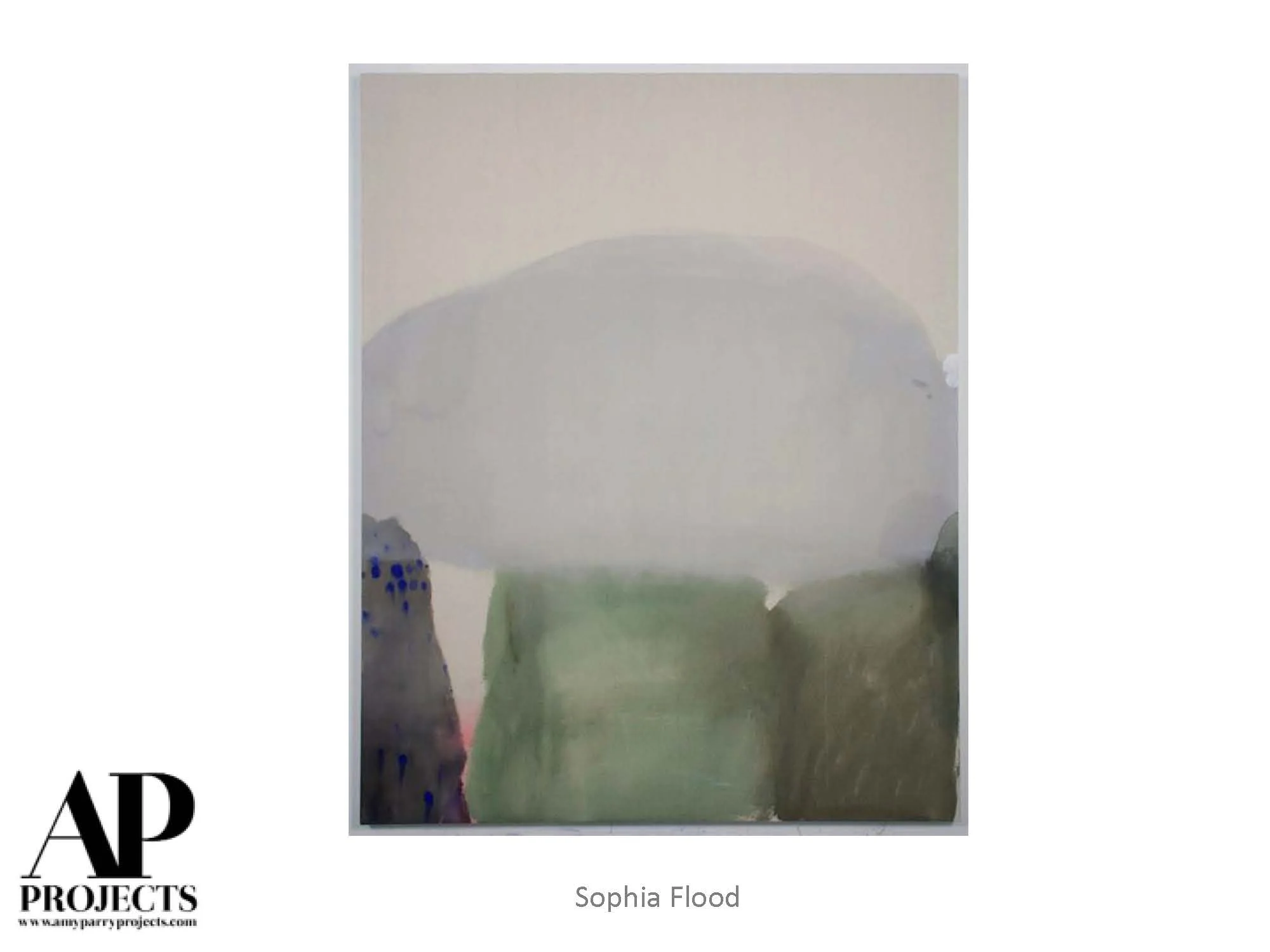
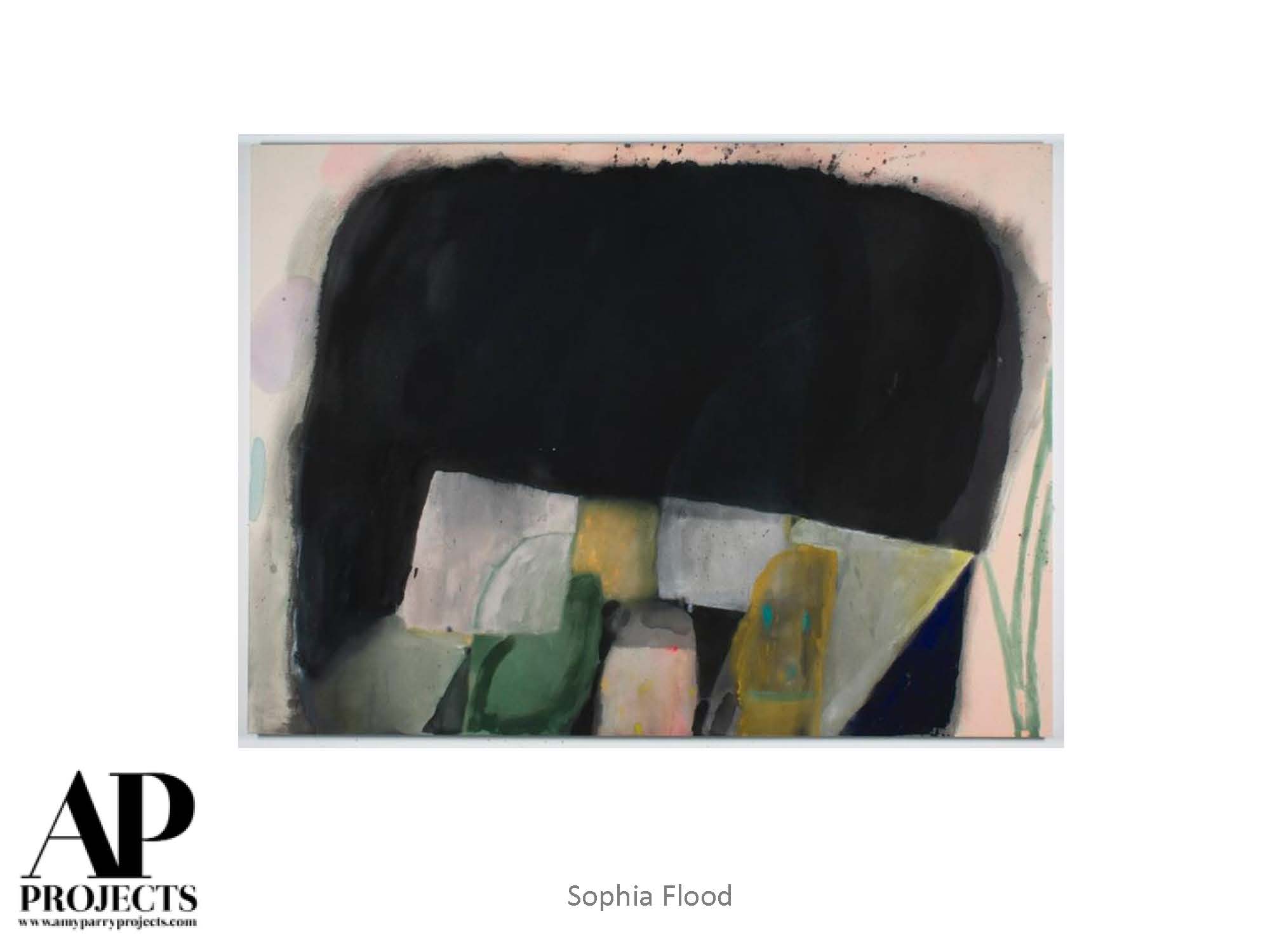
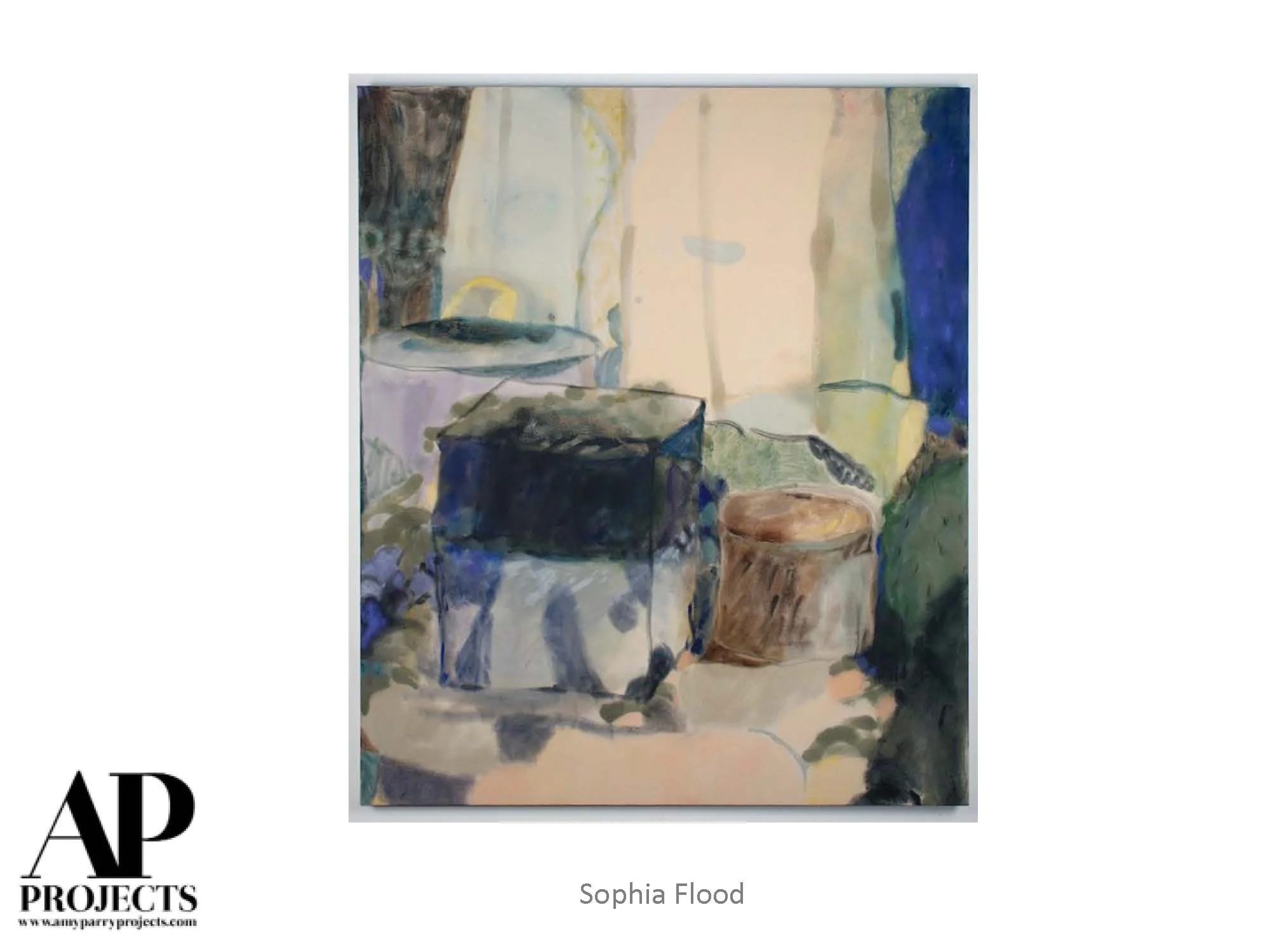

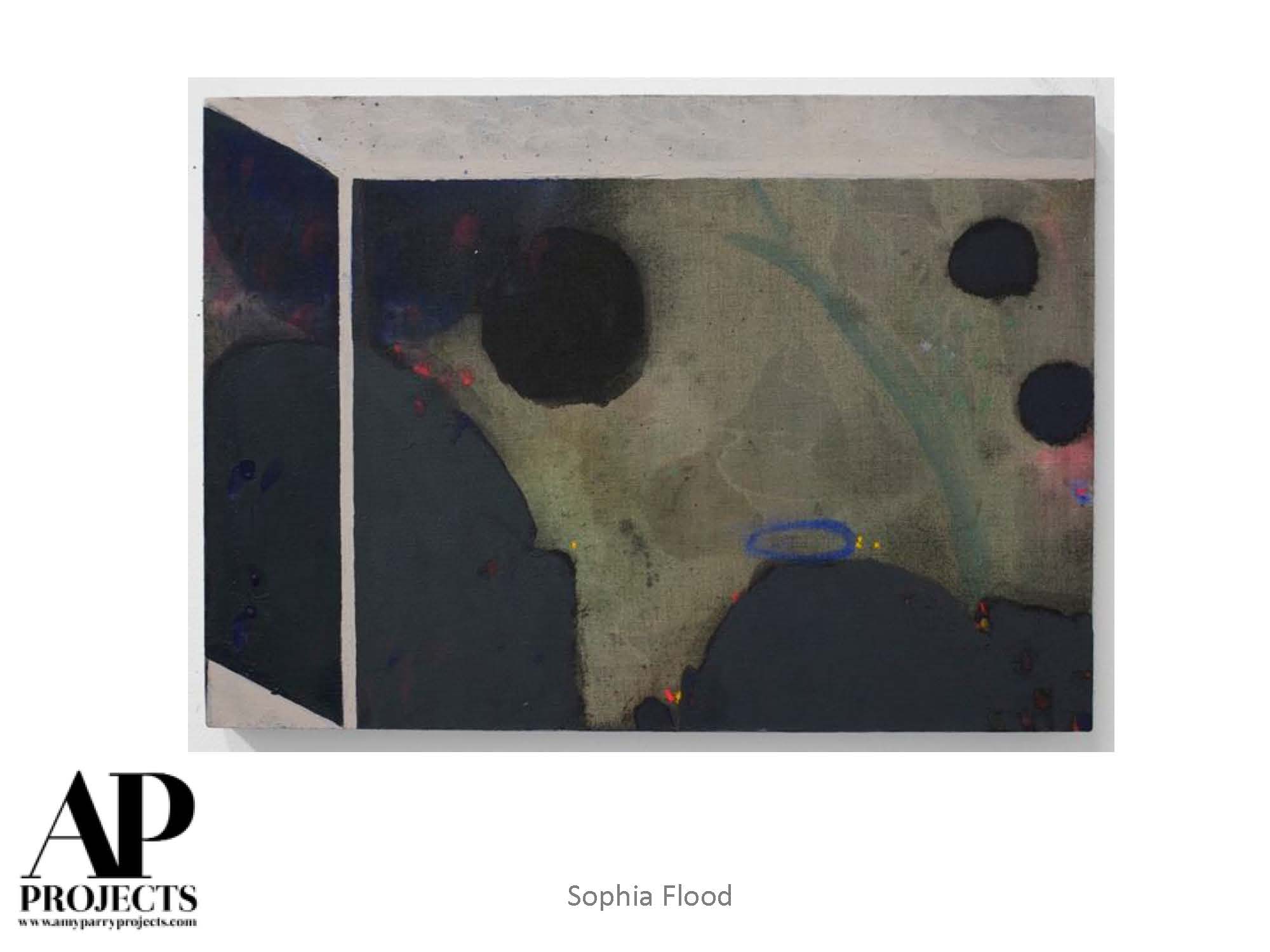
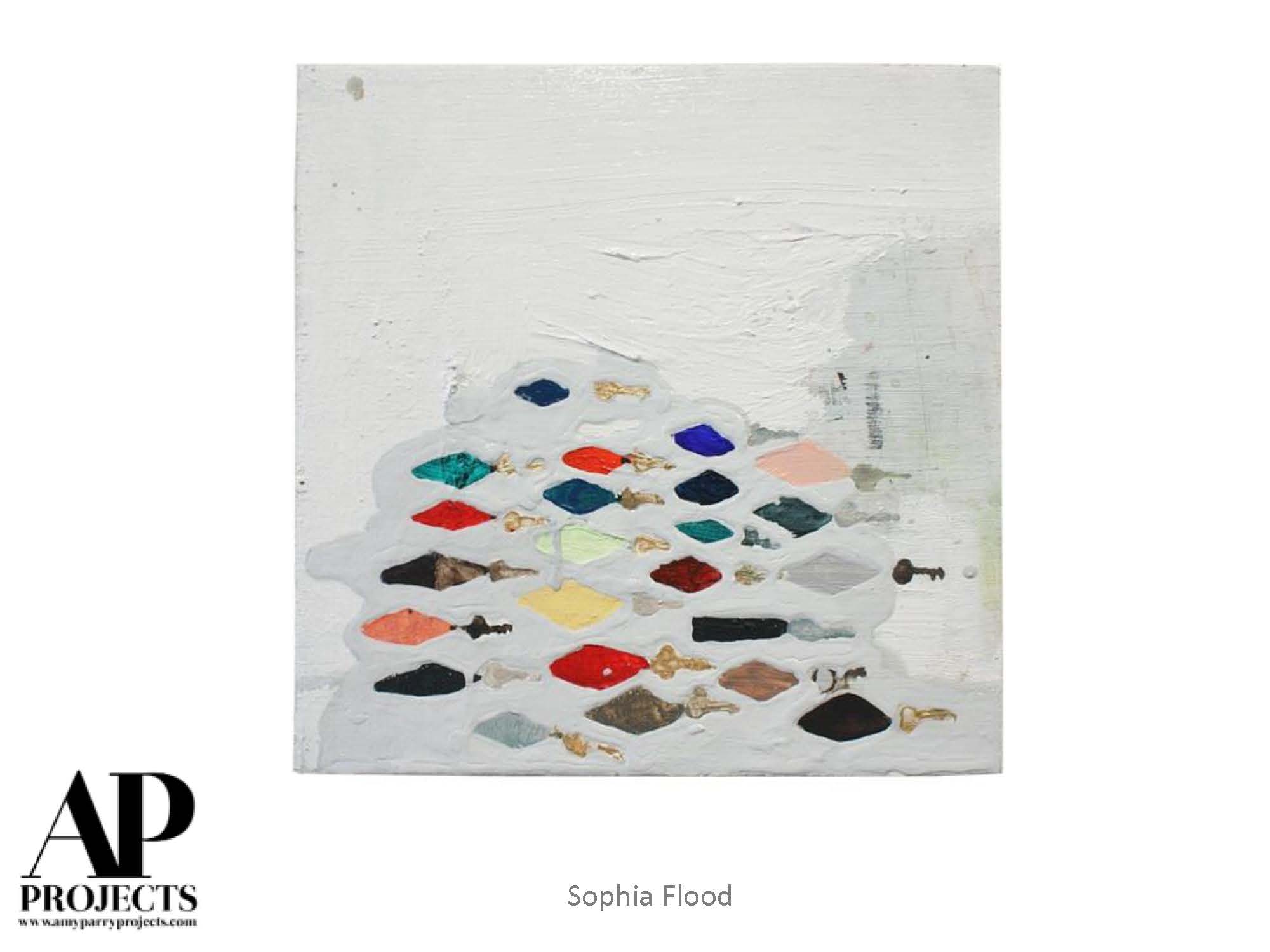
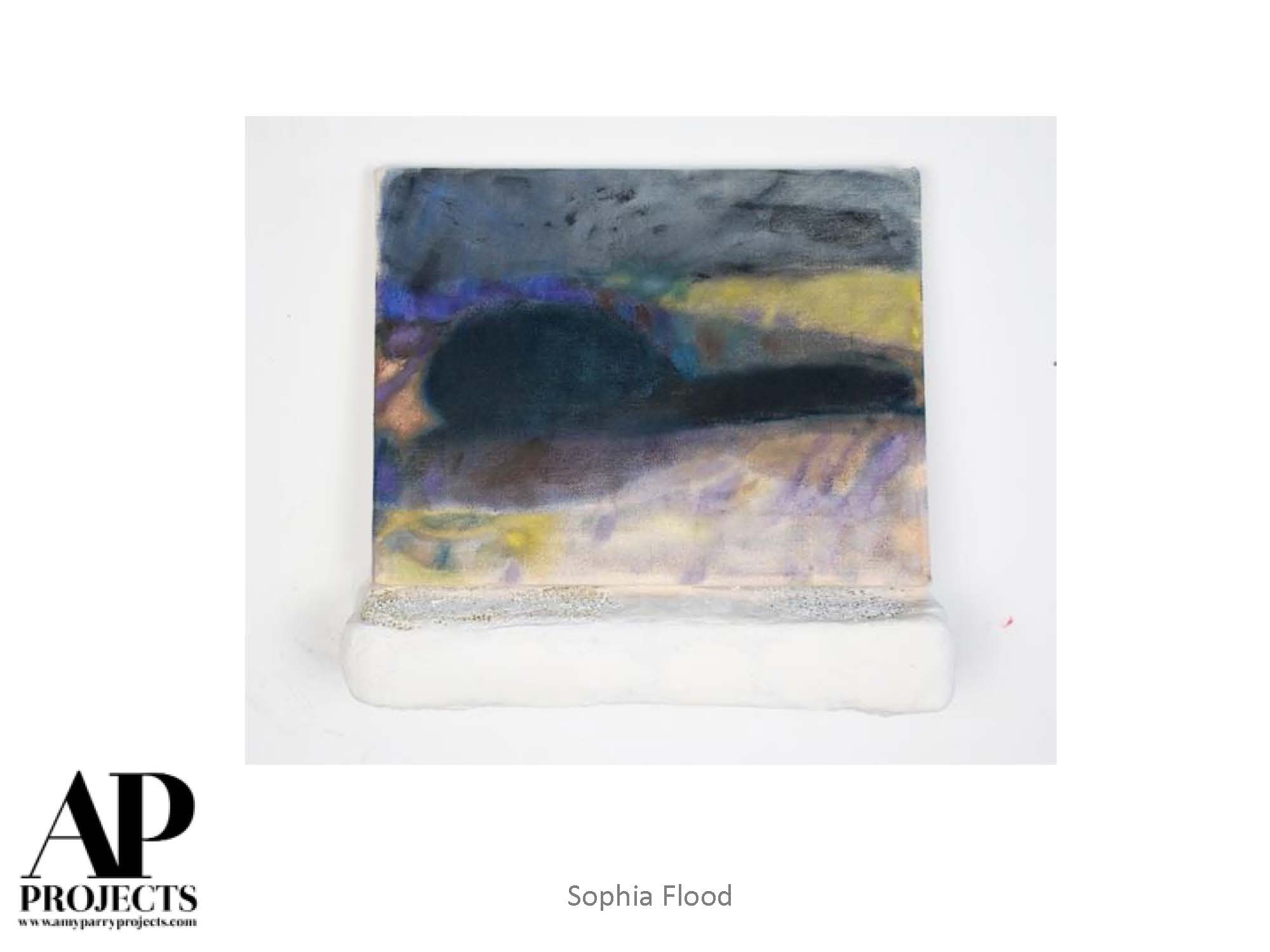
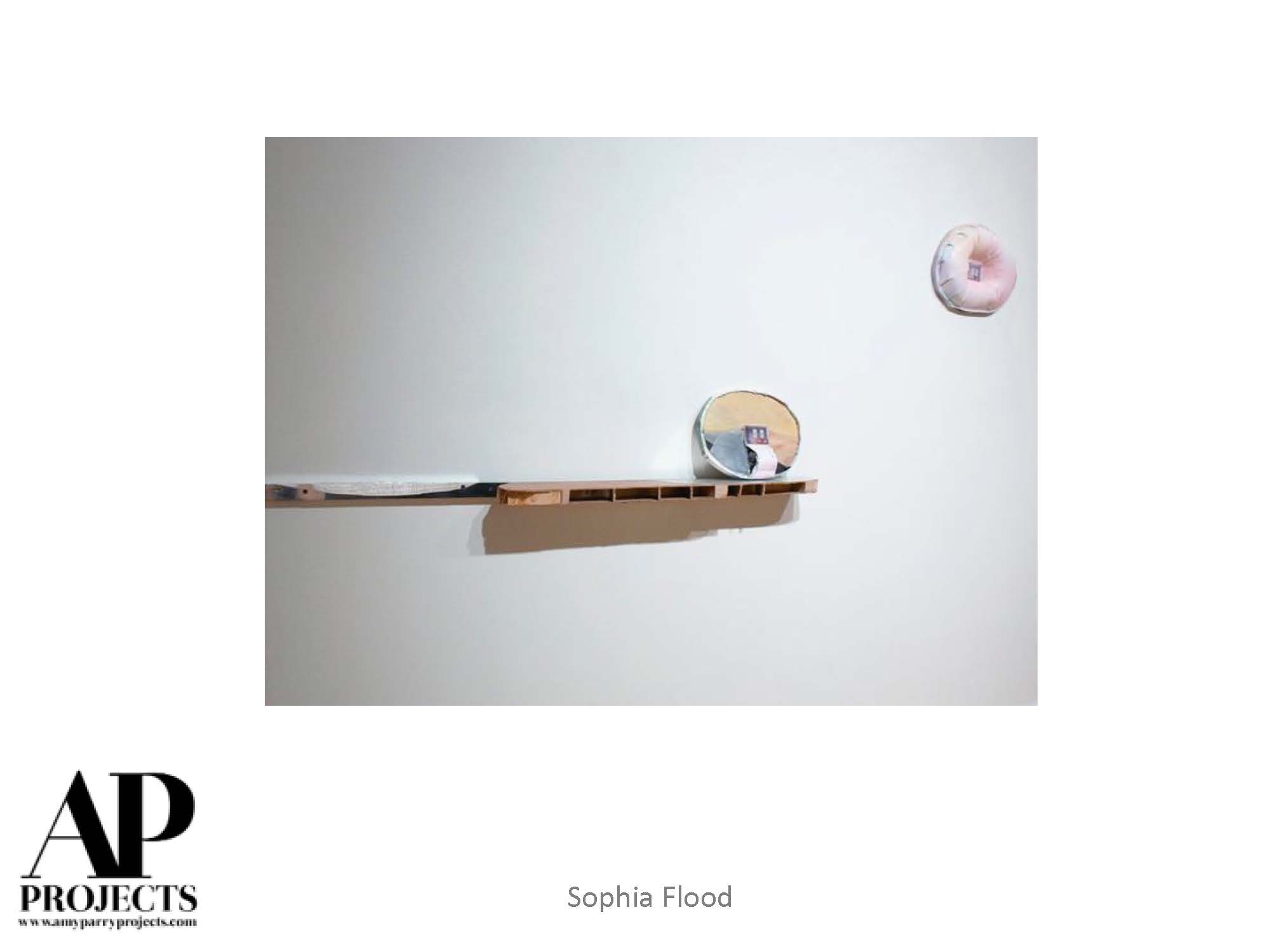
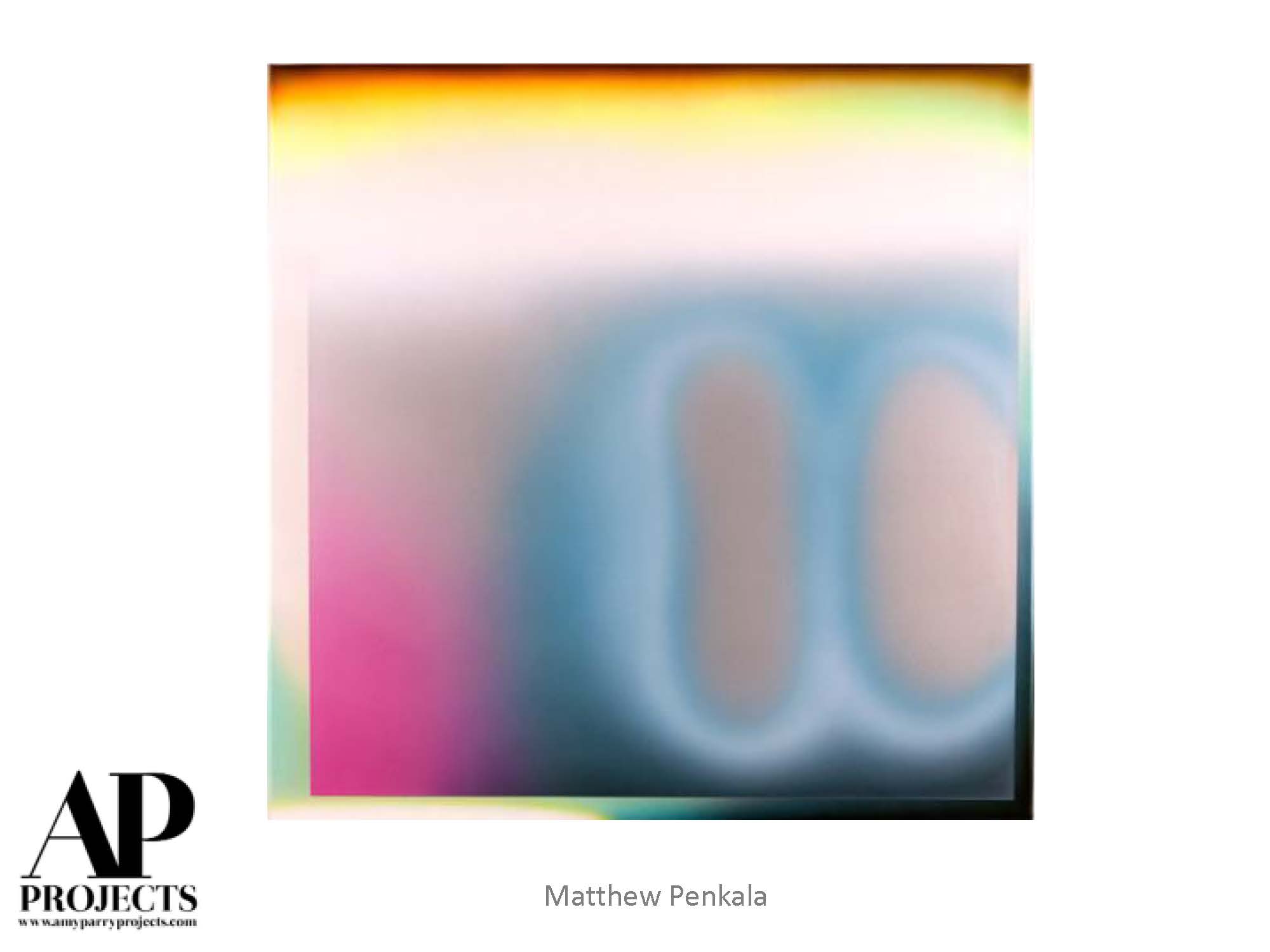

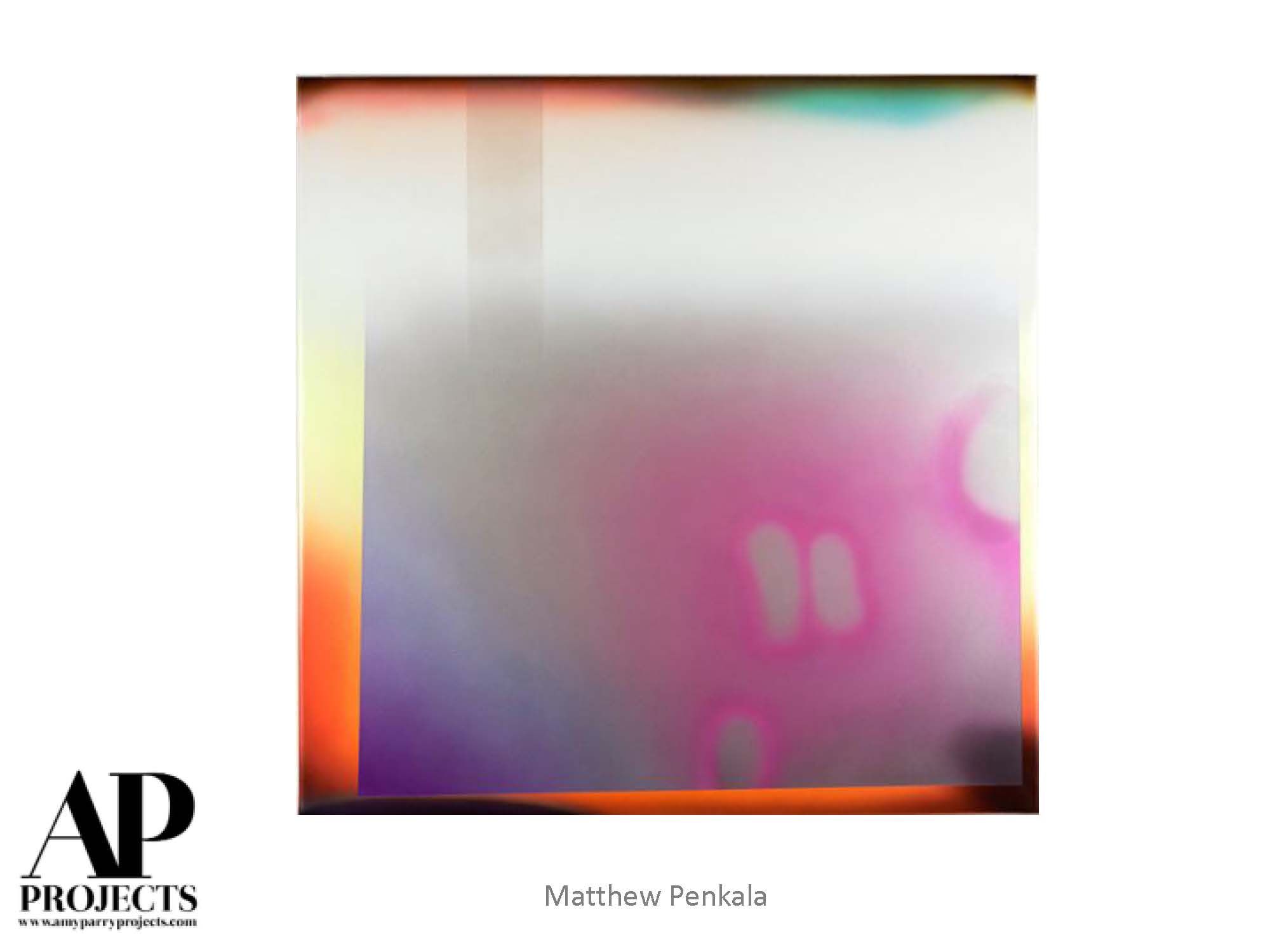
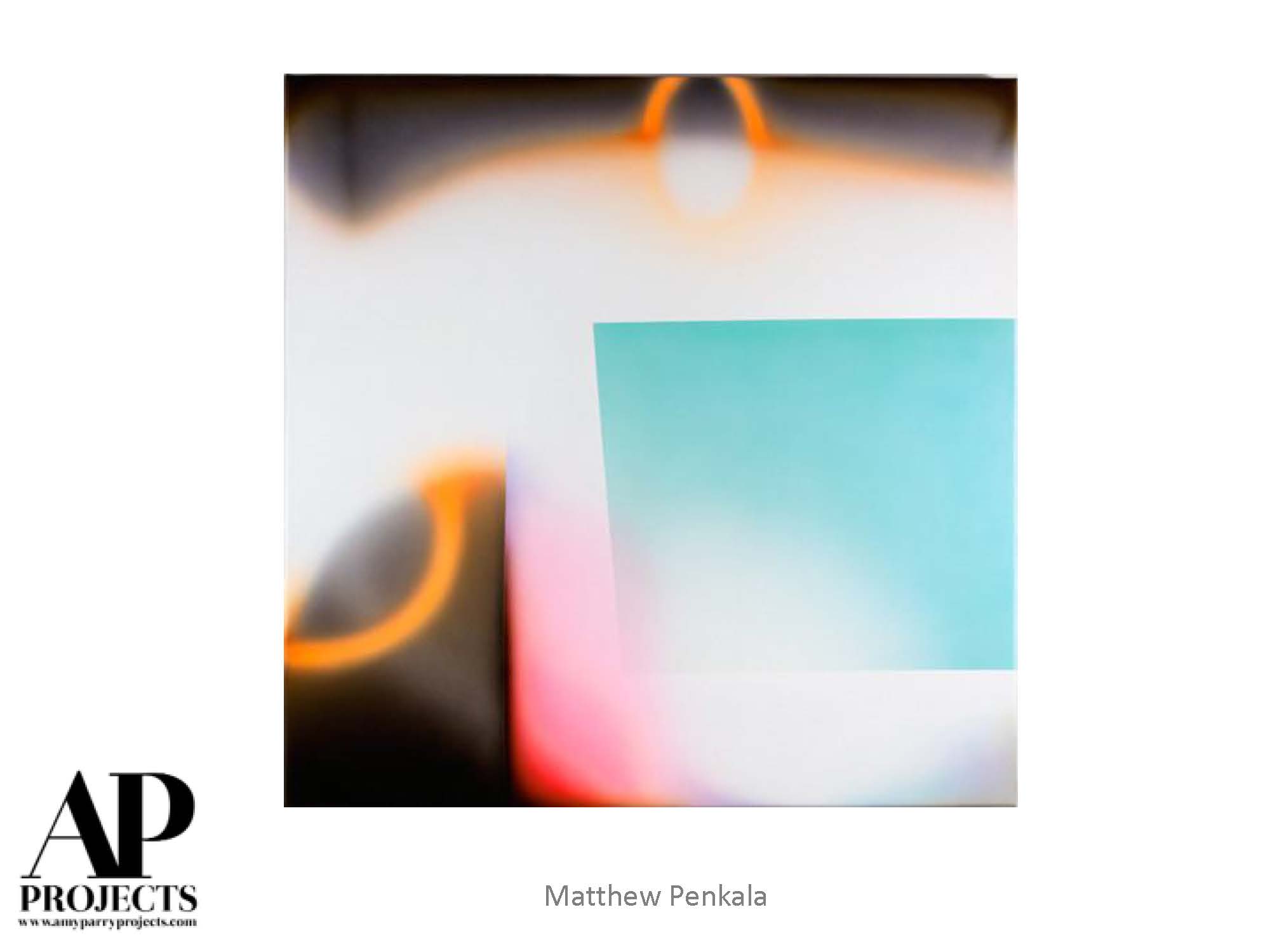
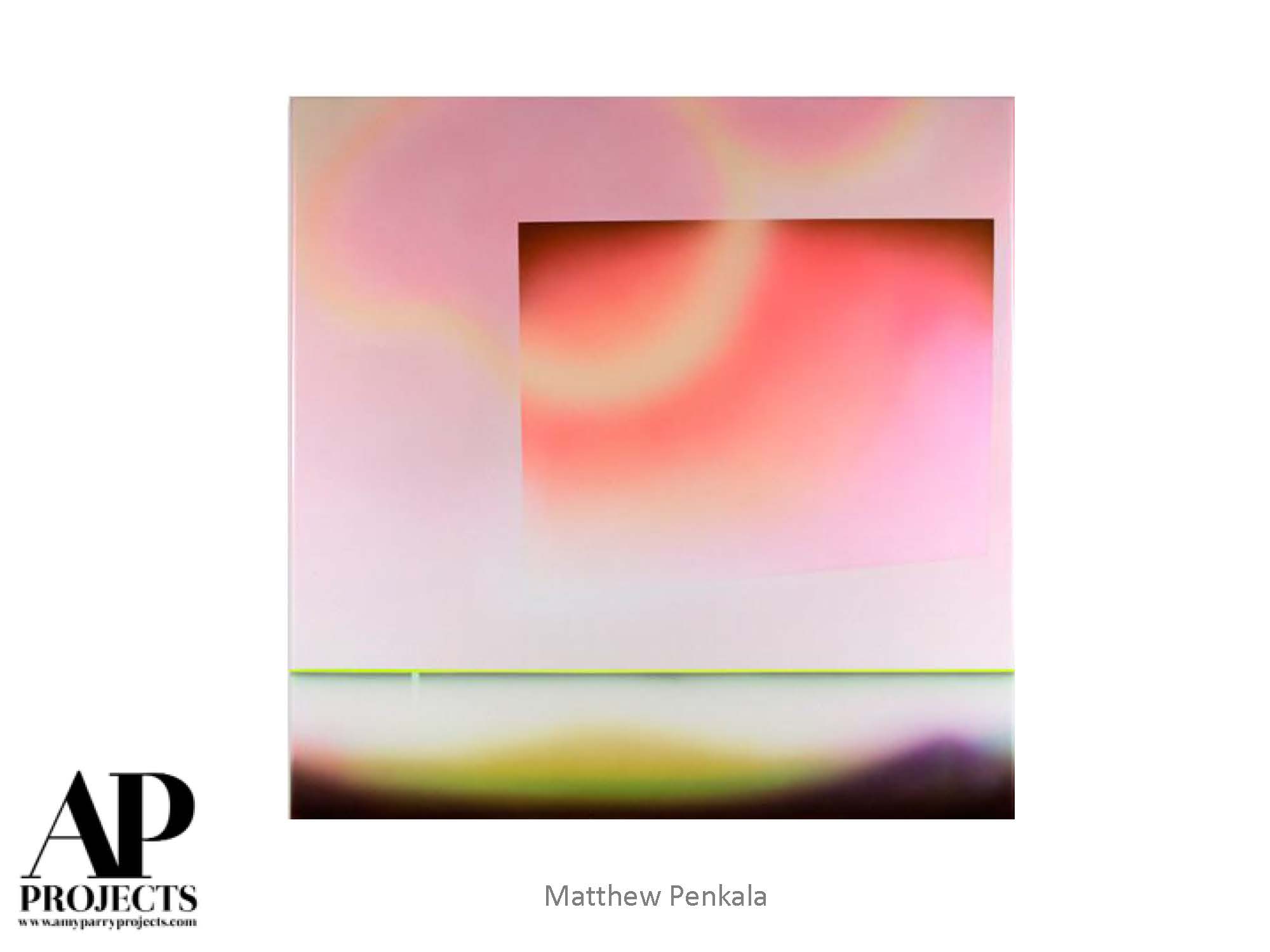
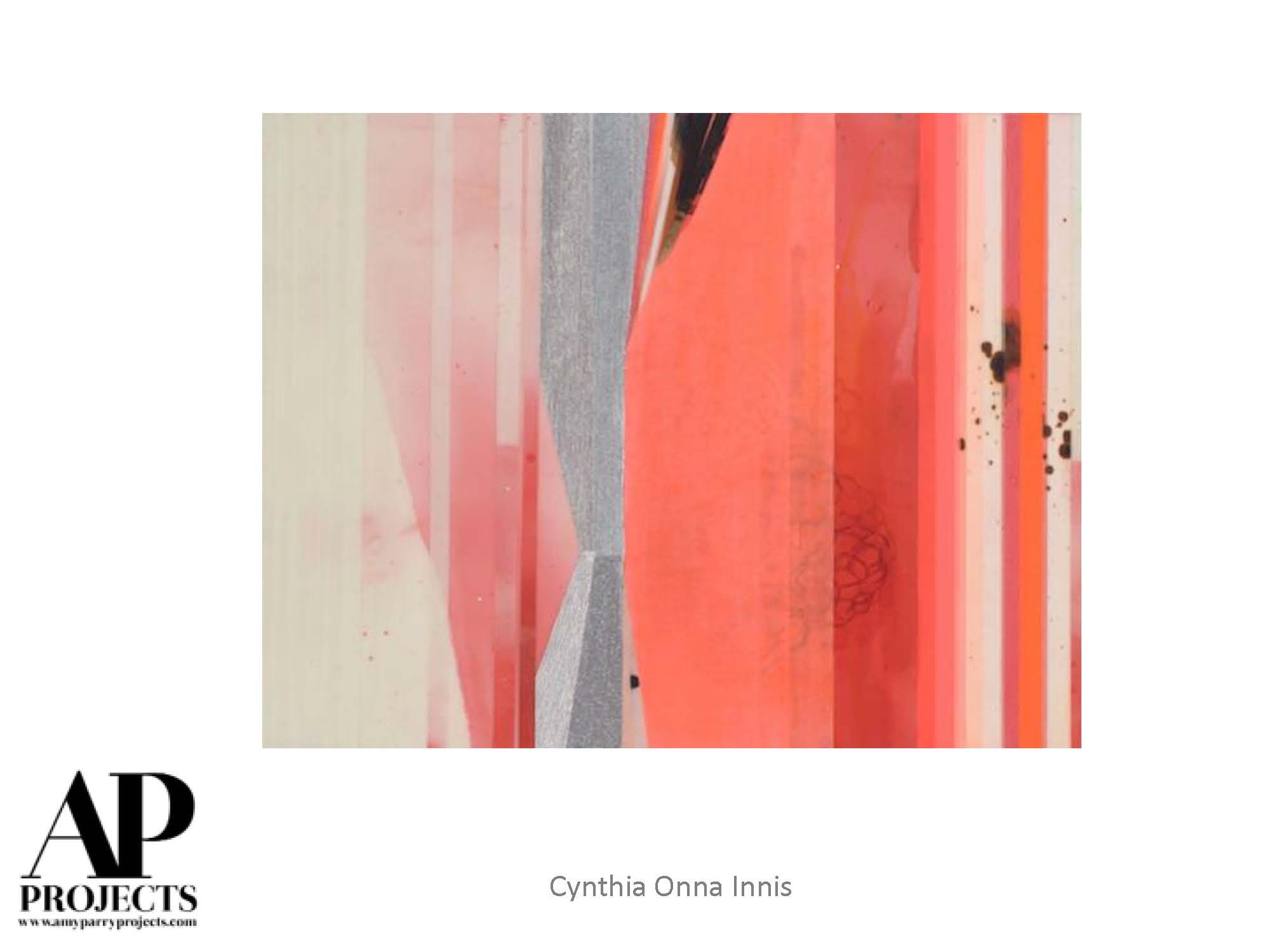
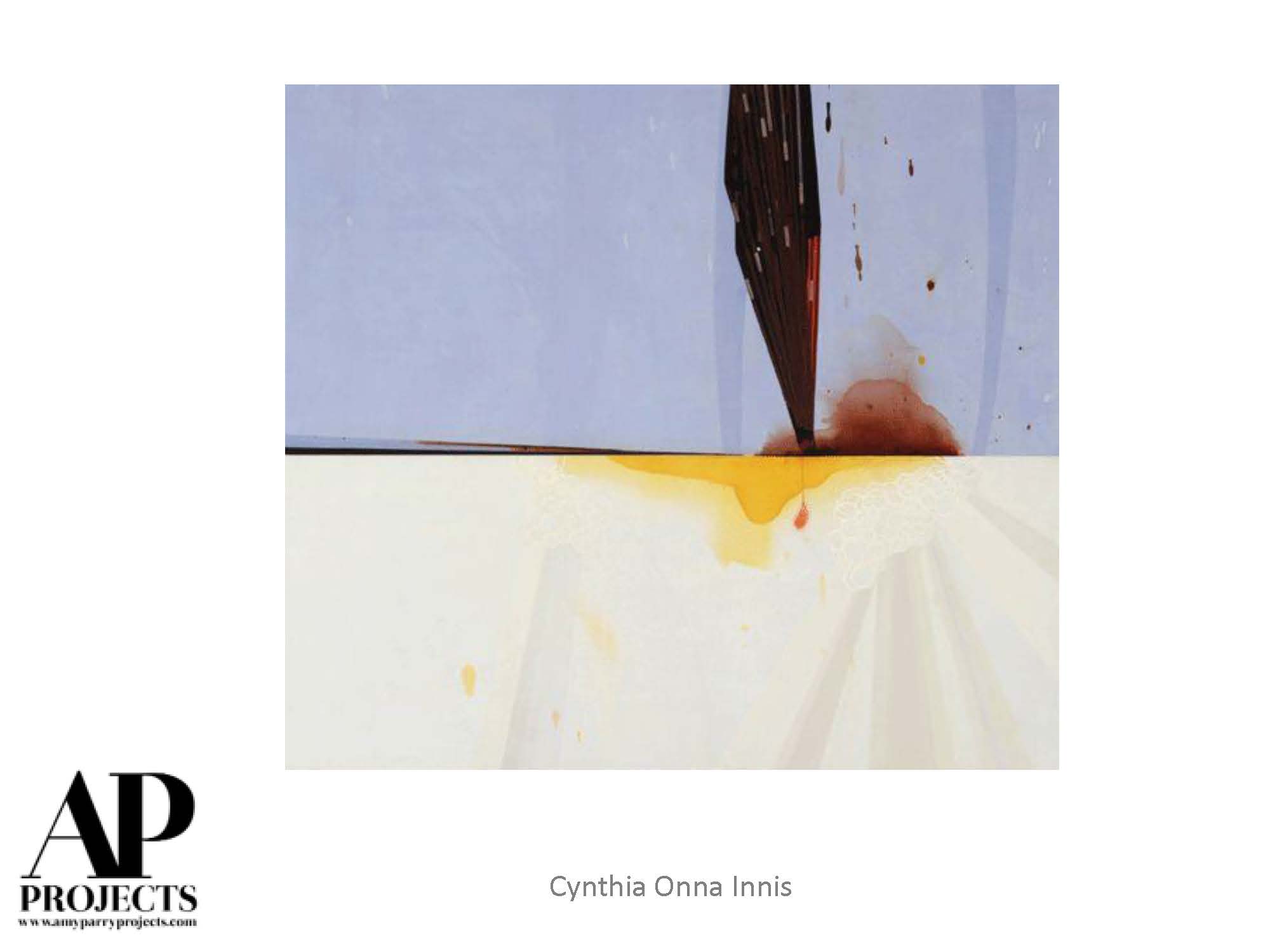
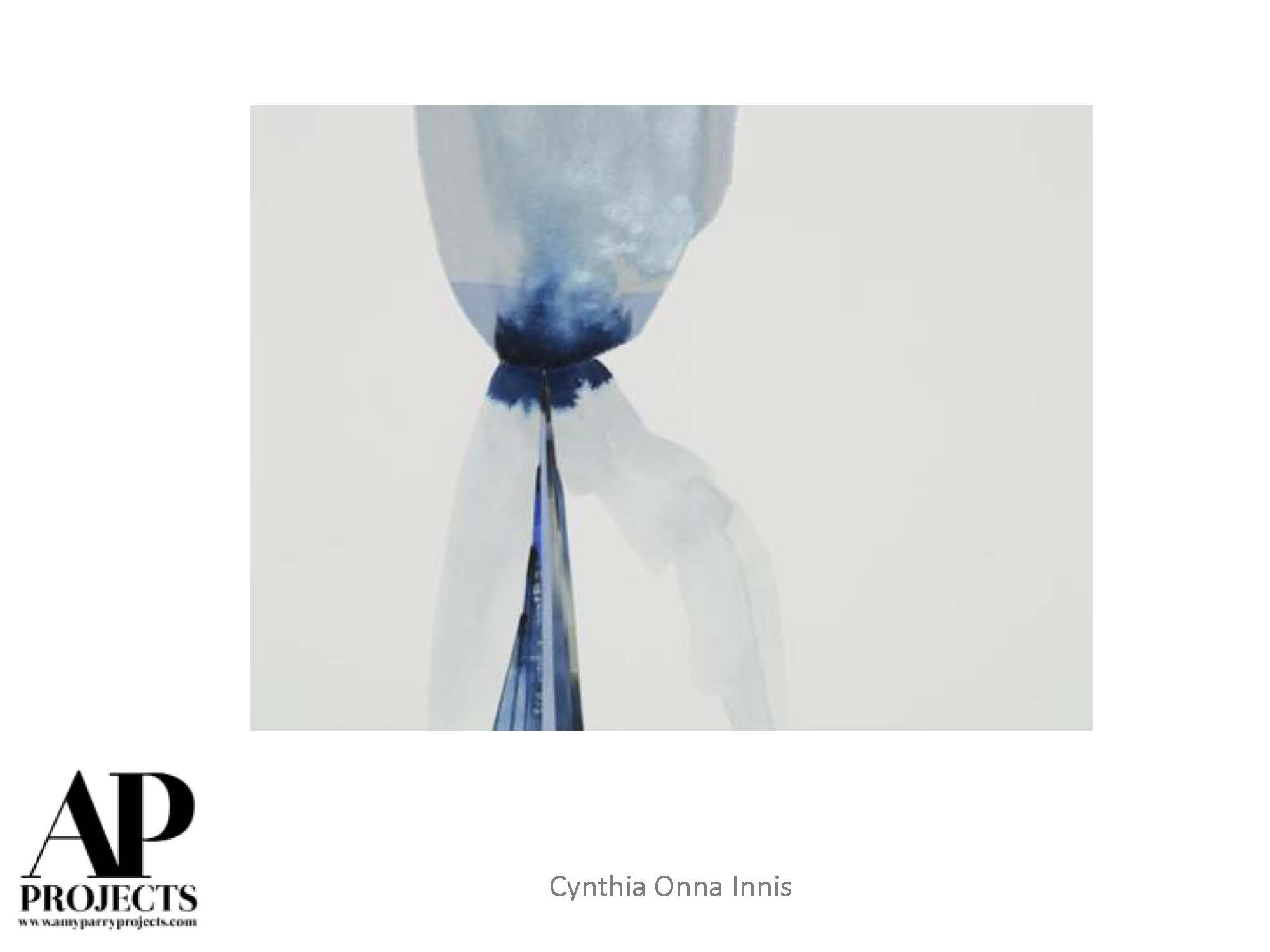
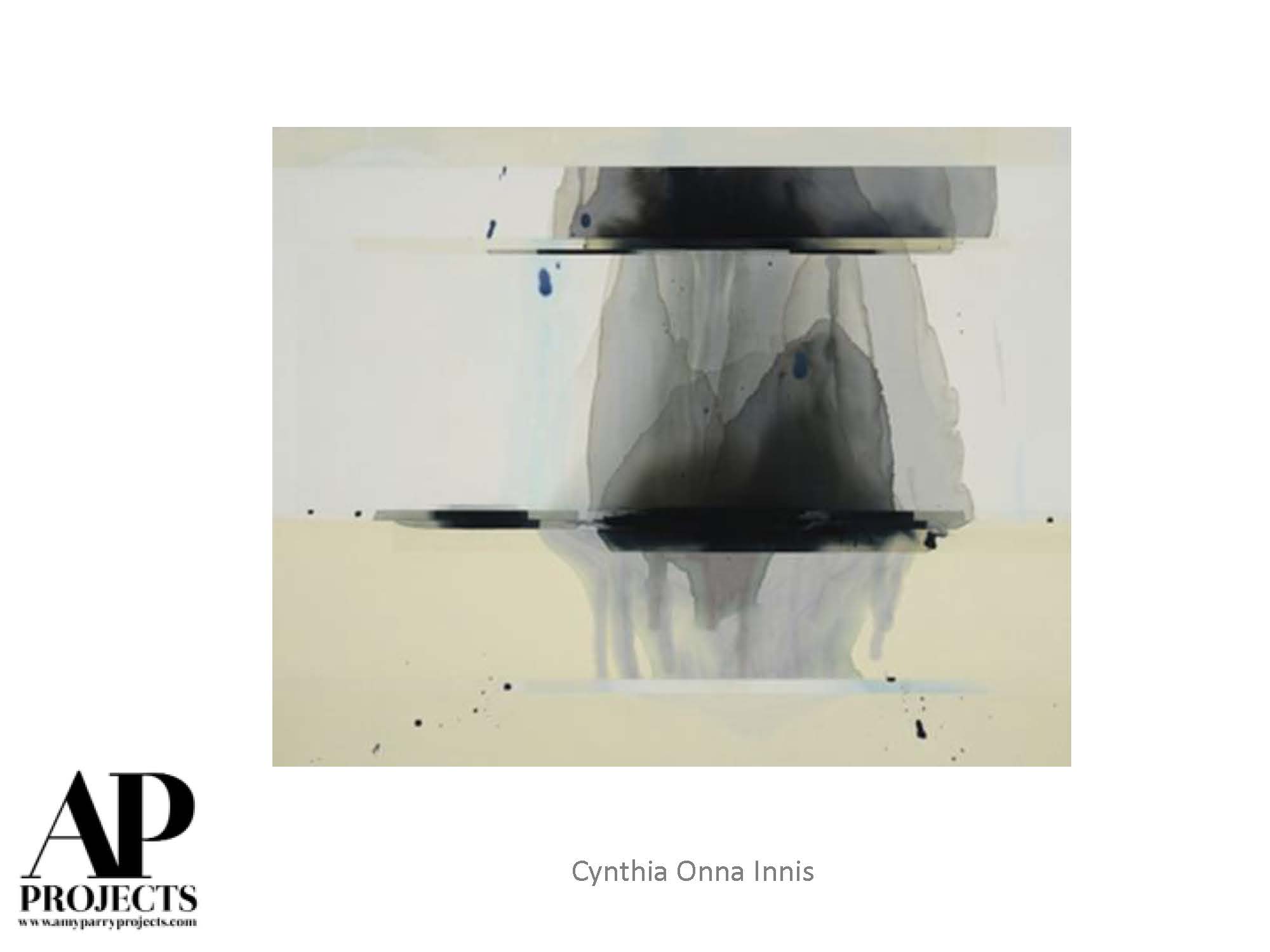

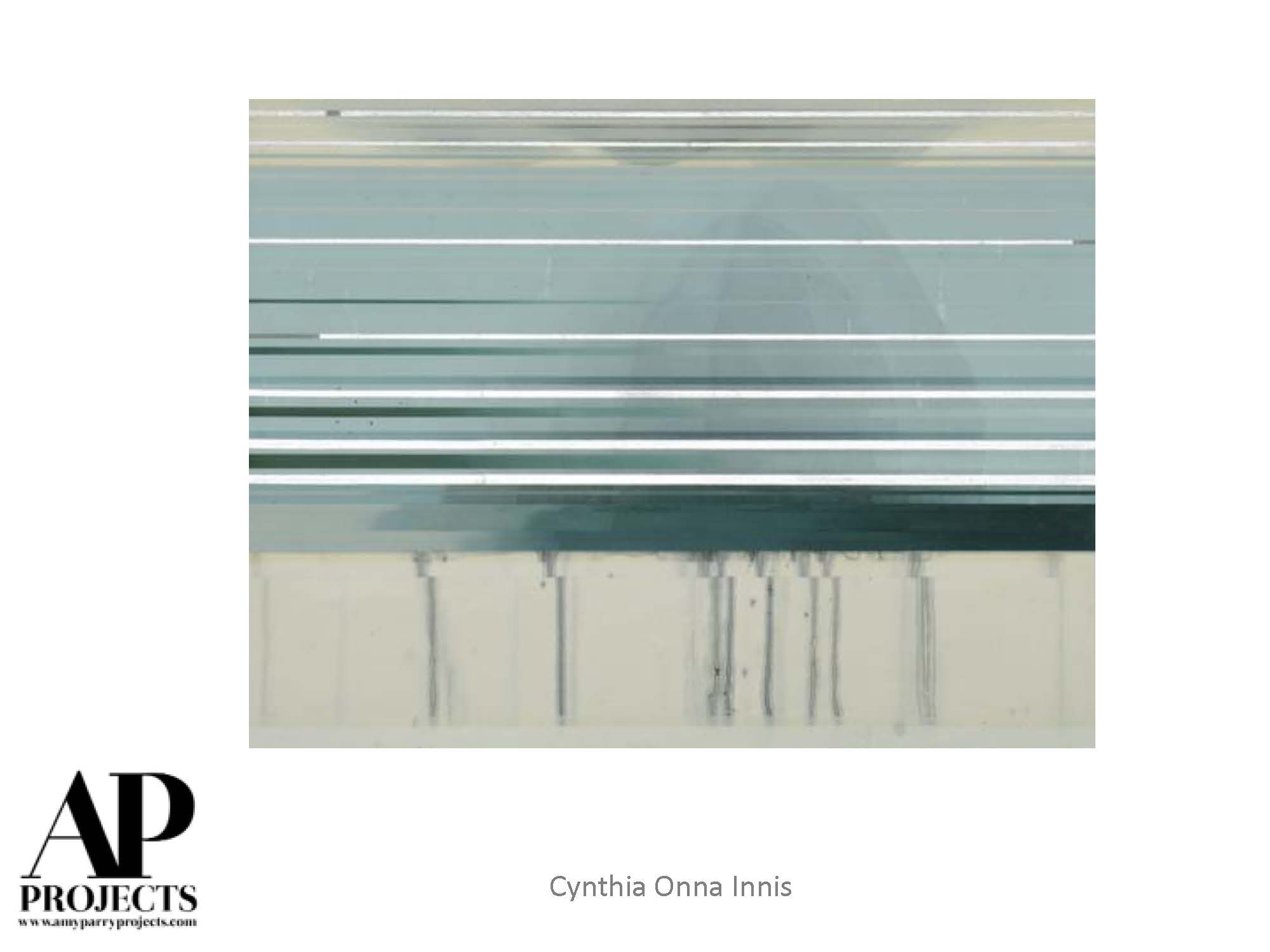
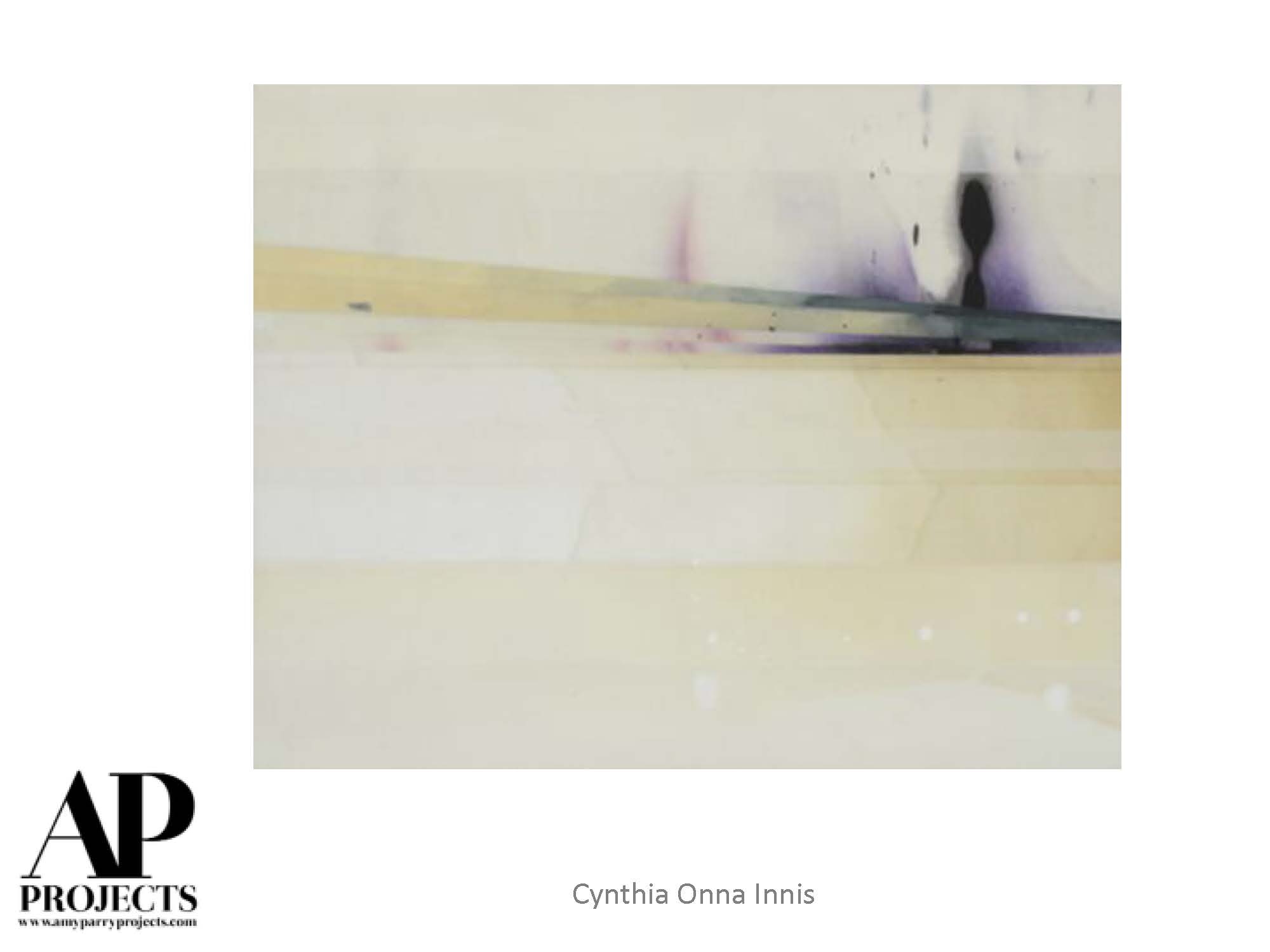
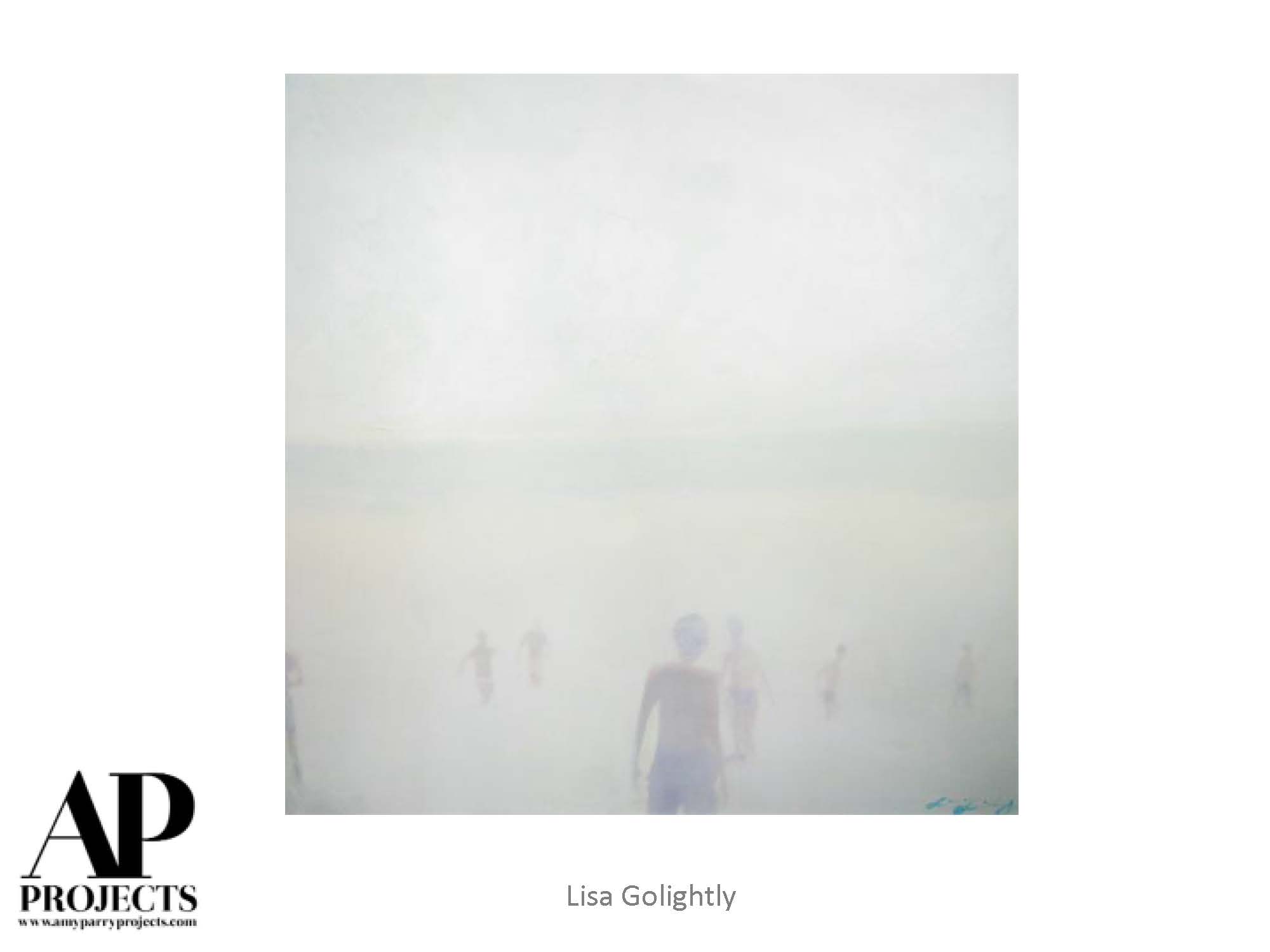
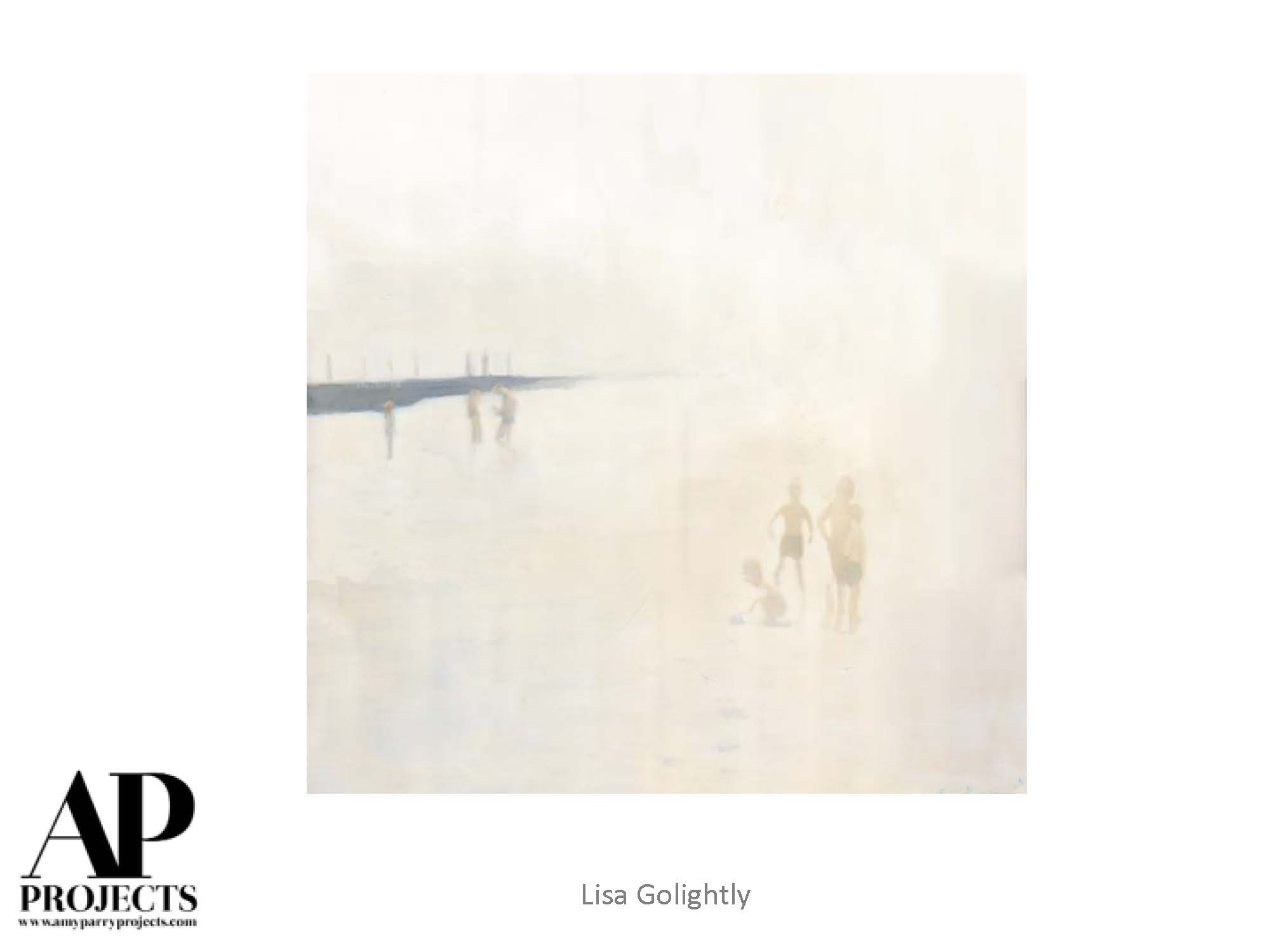
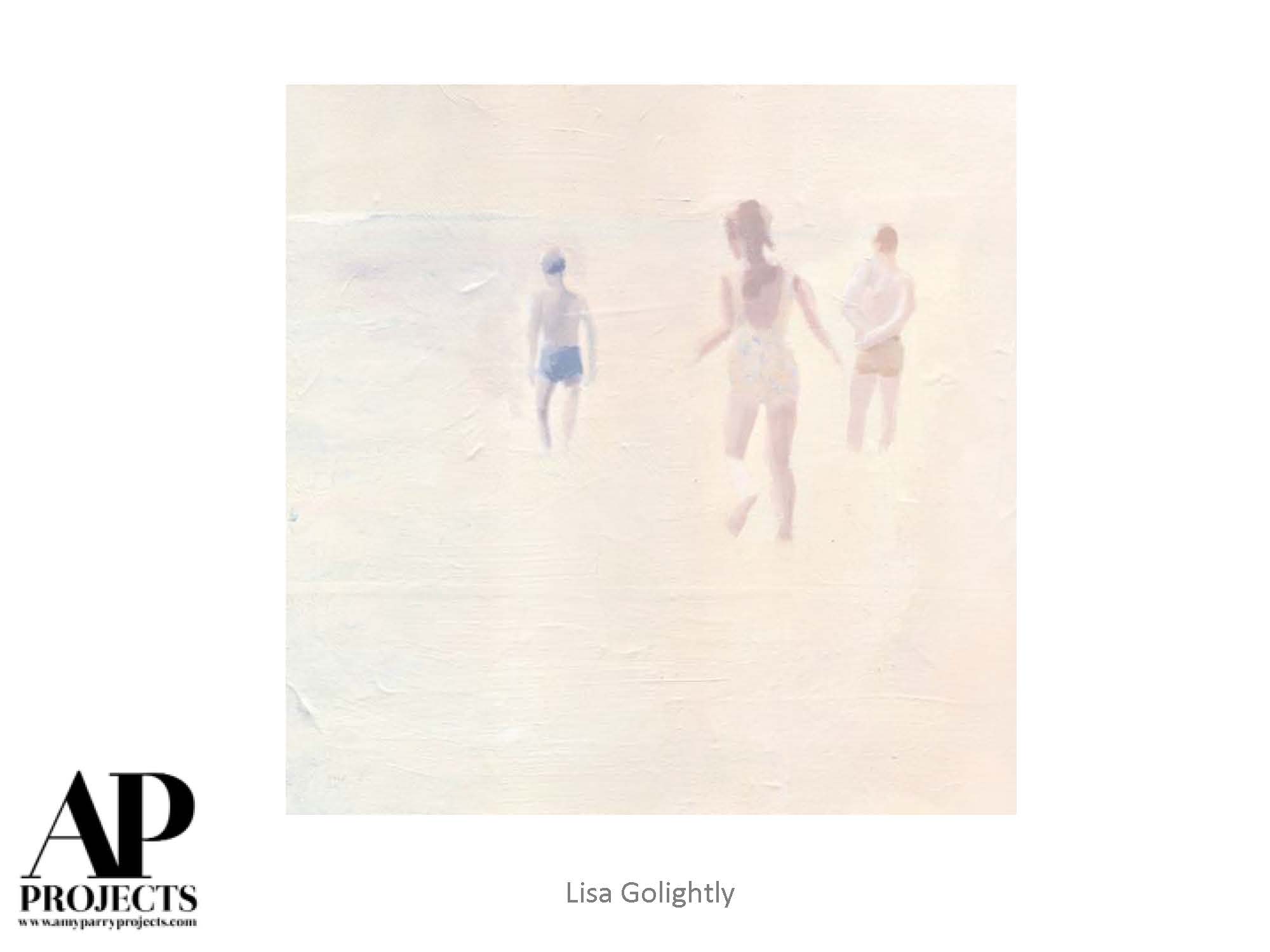
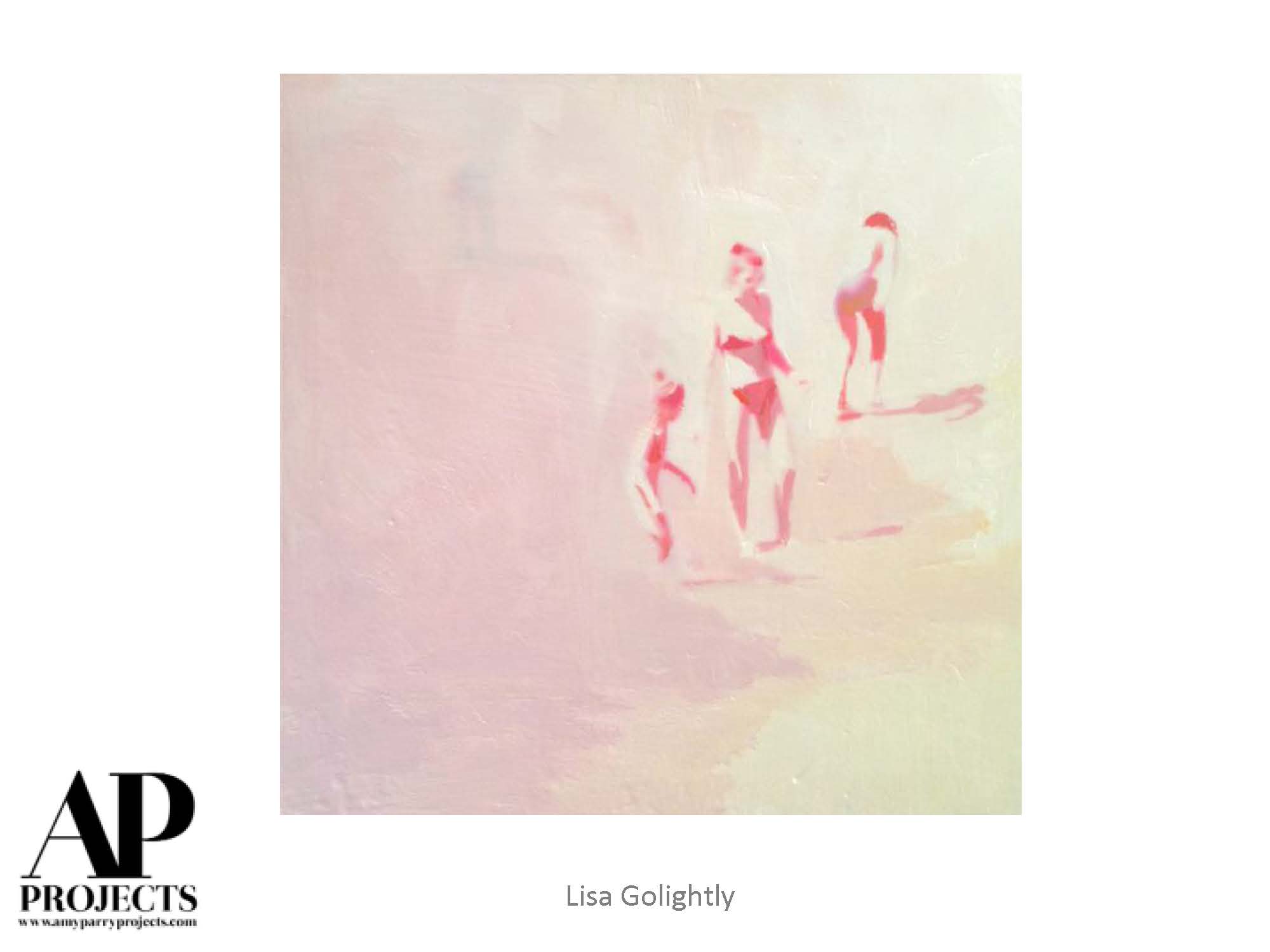
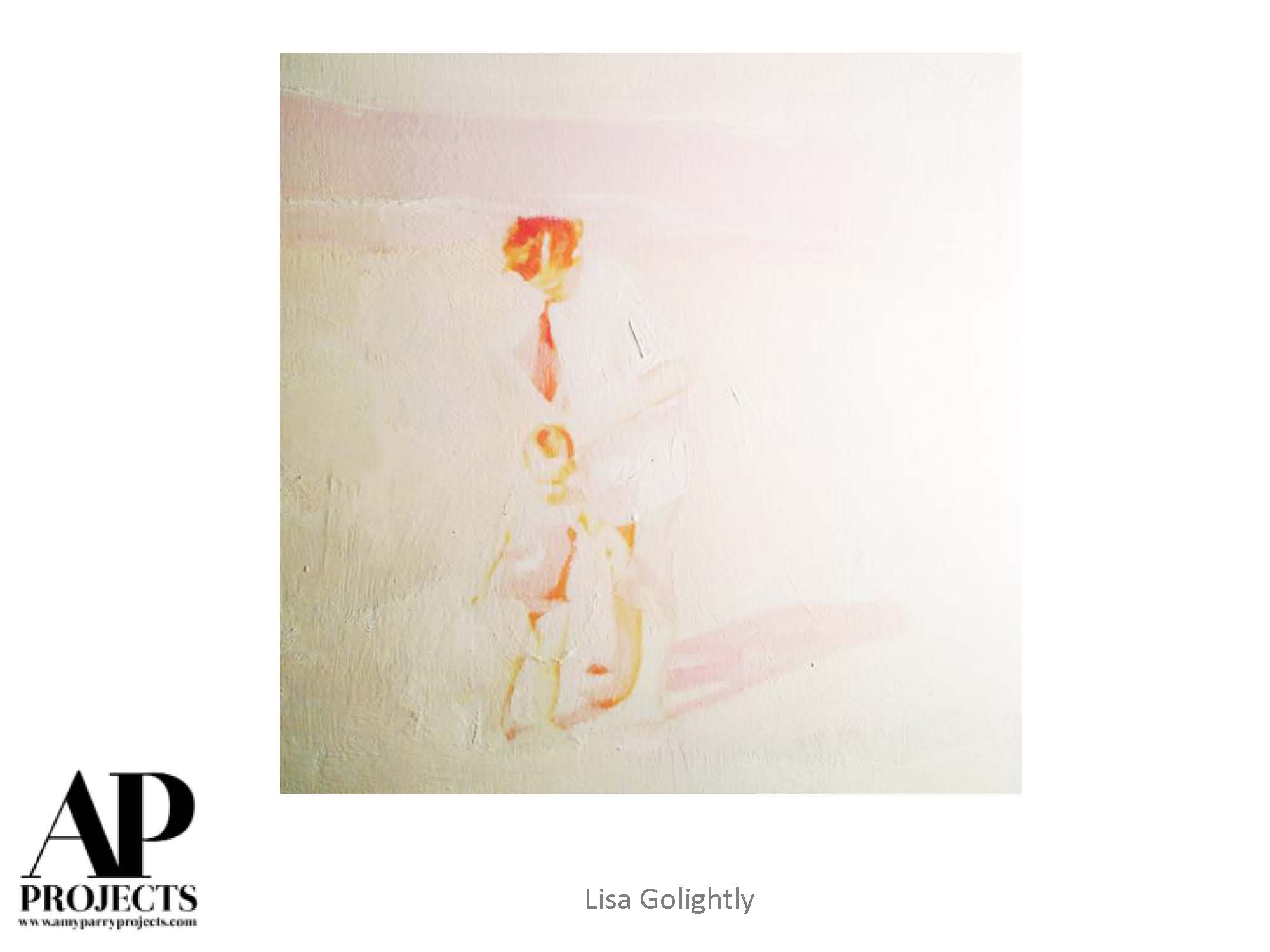
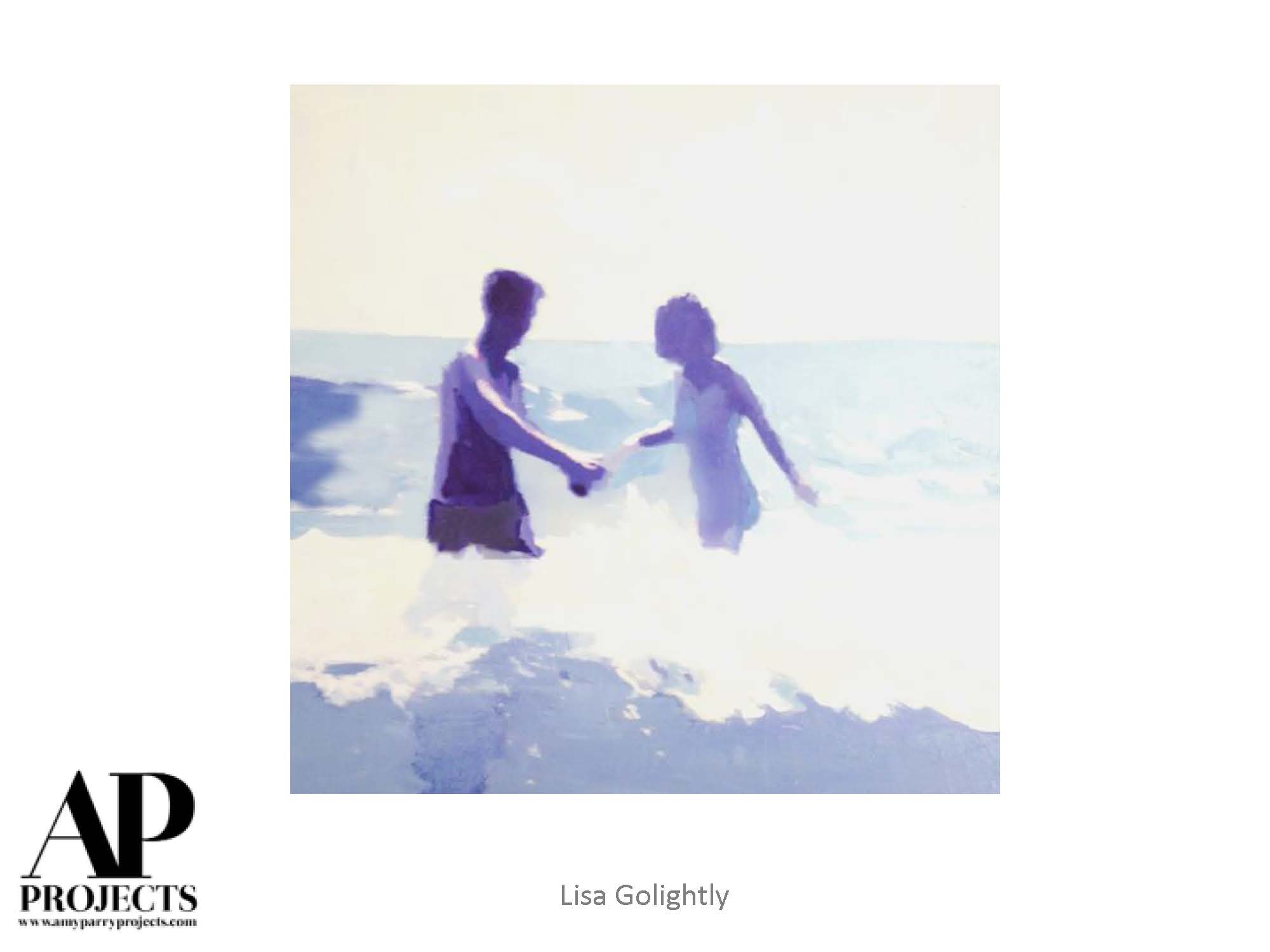
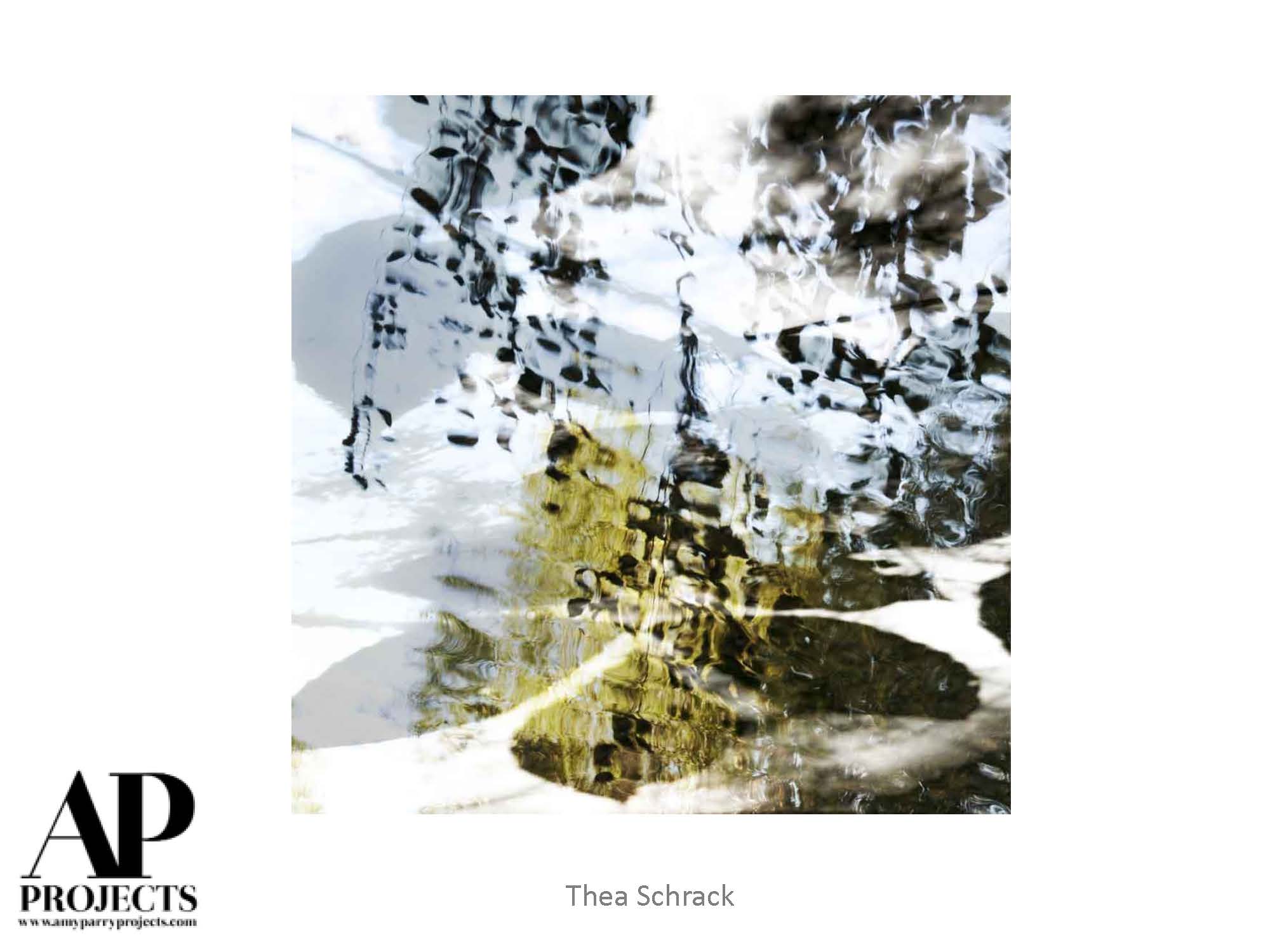
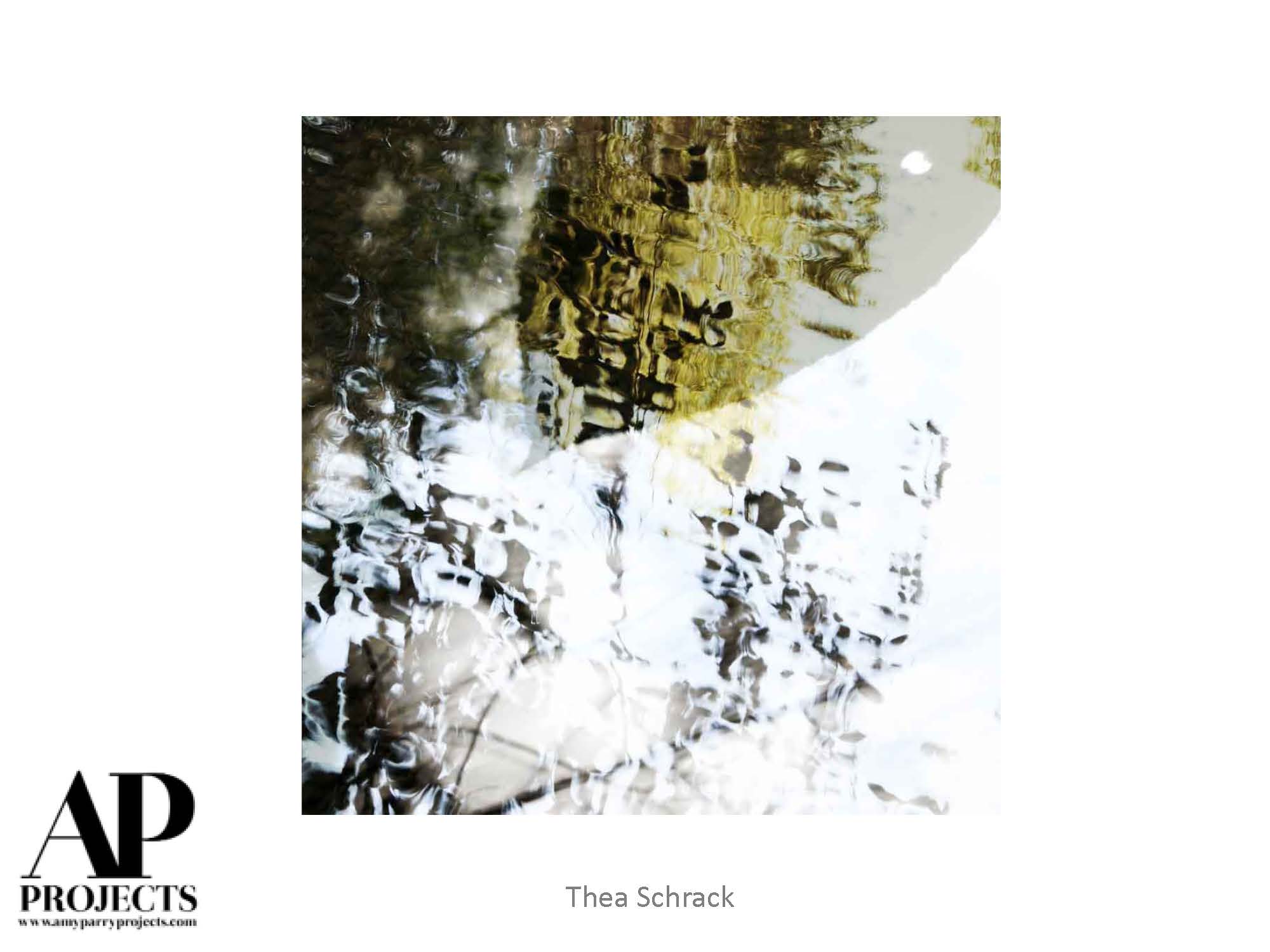
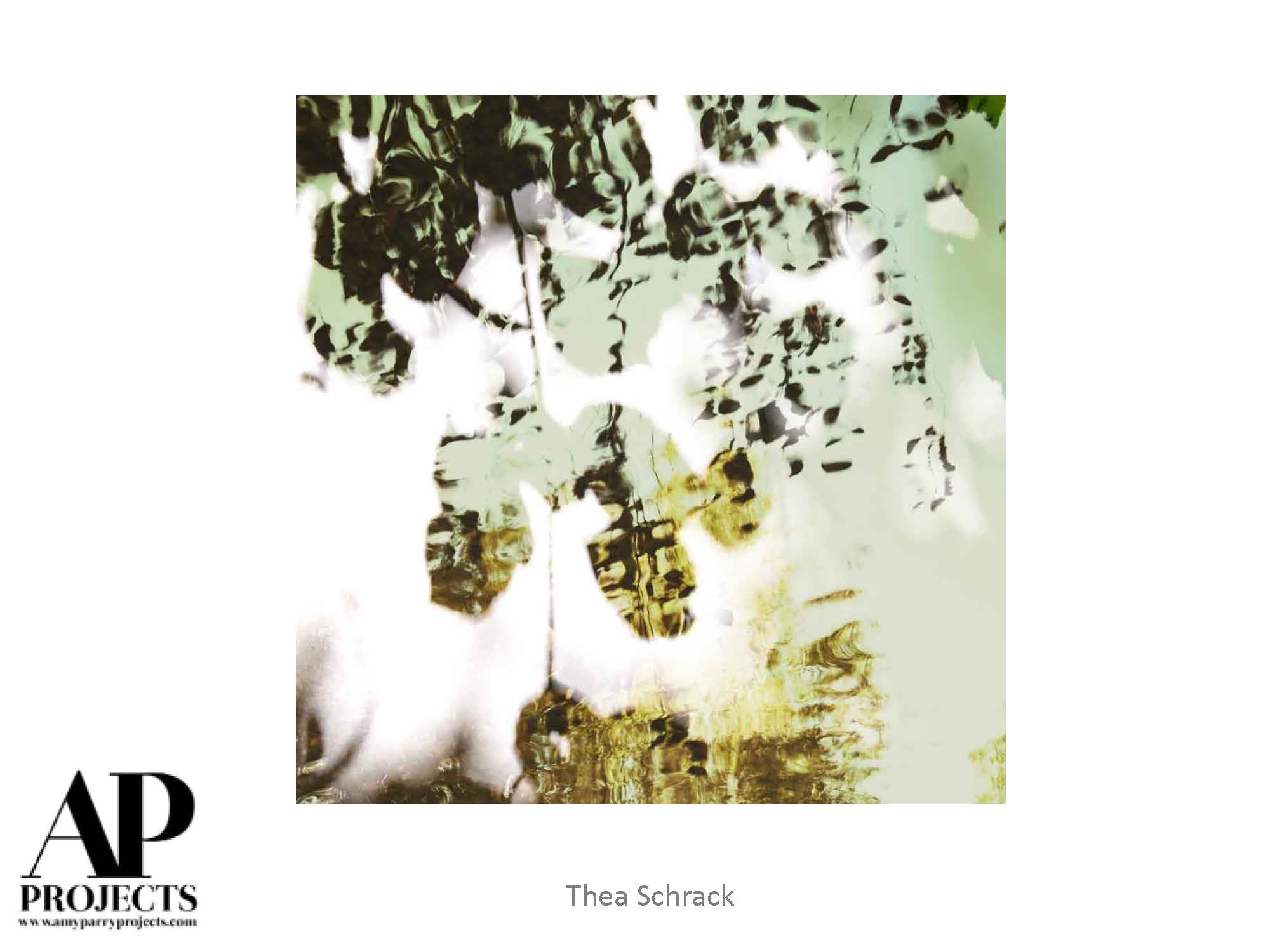
I’m an art consultant but really I’m a translator
